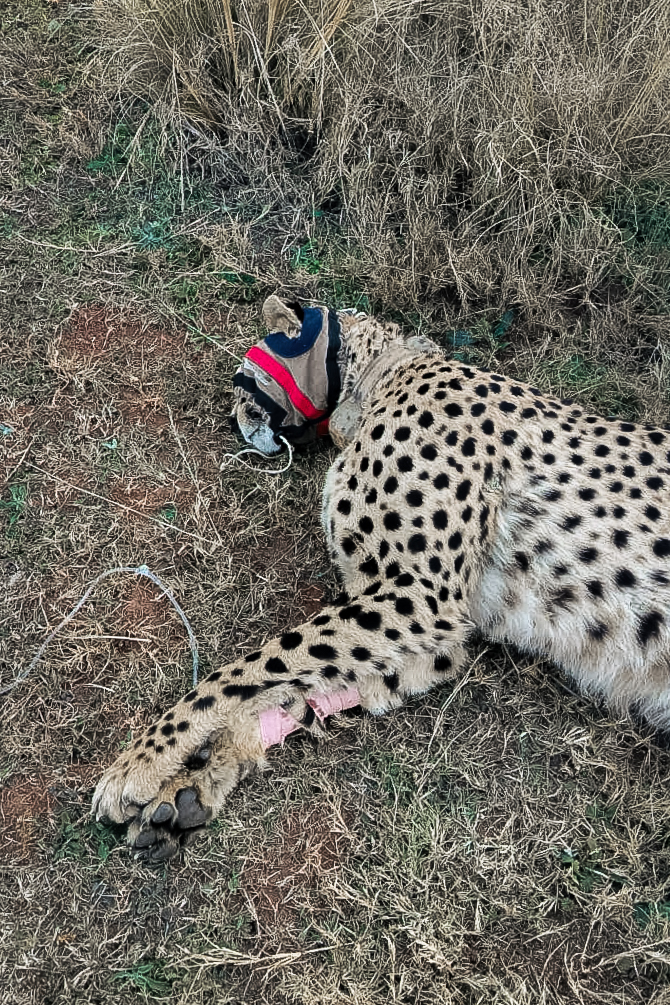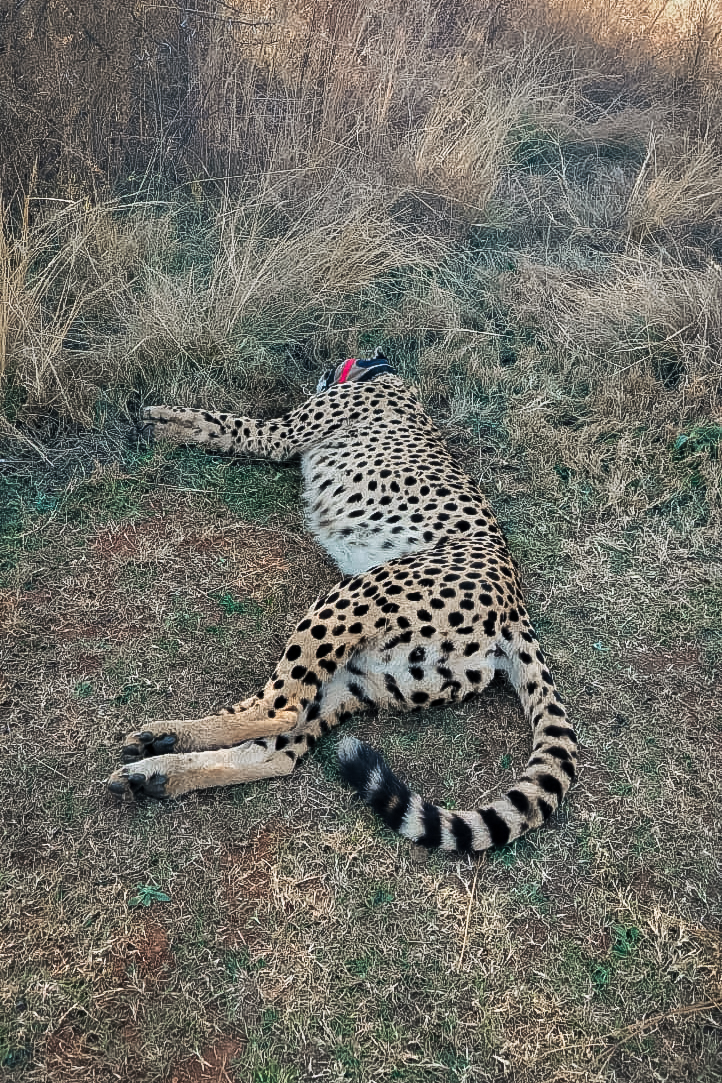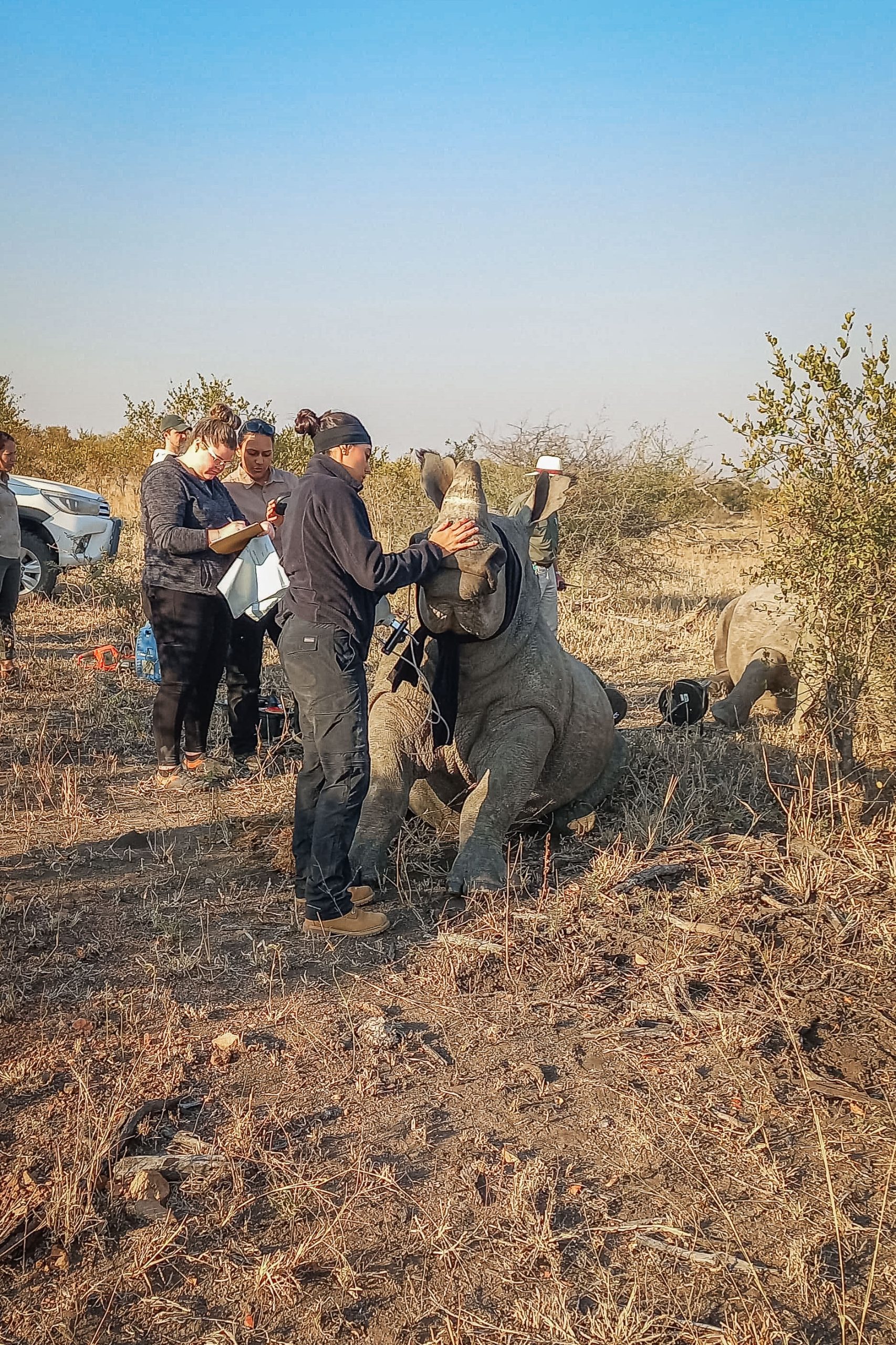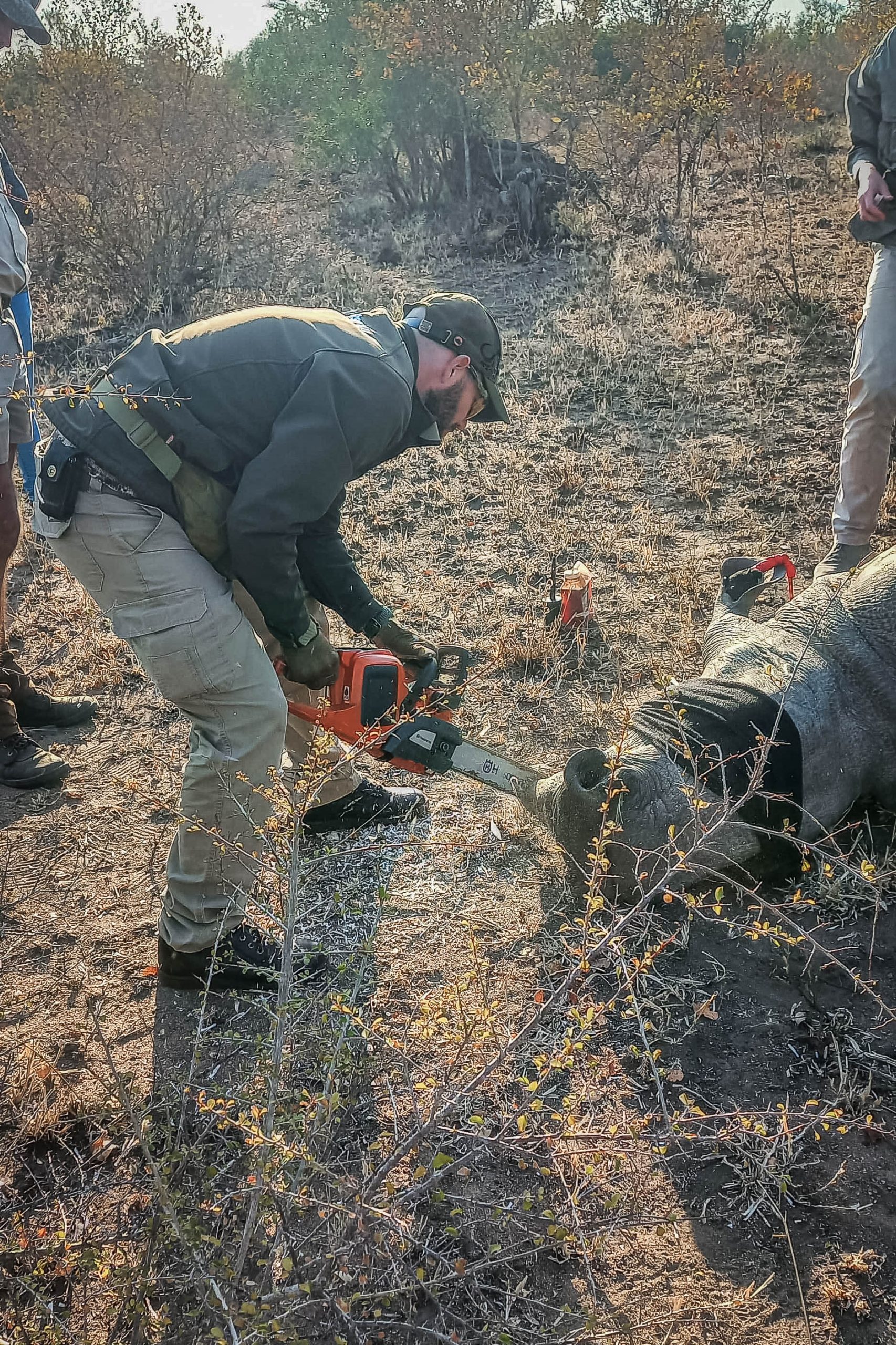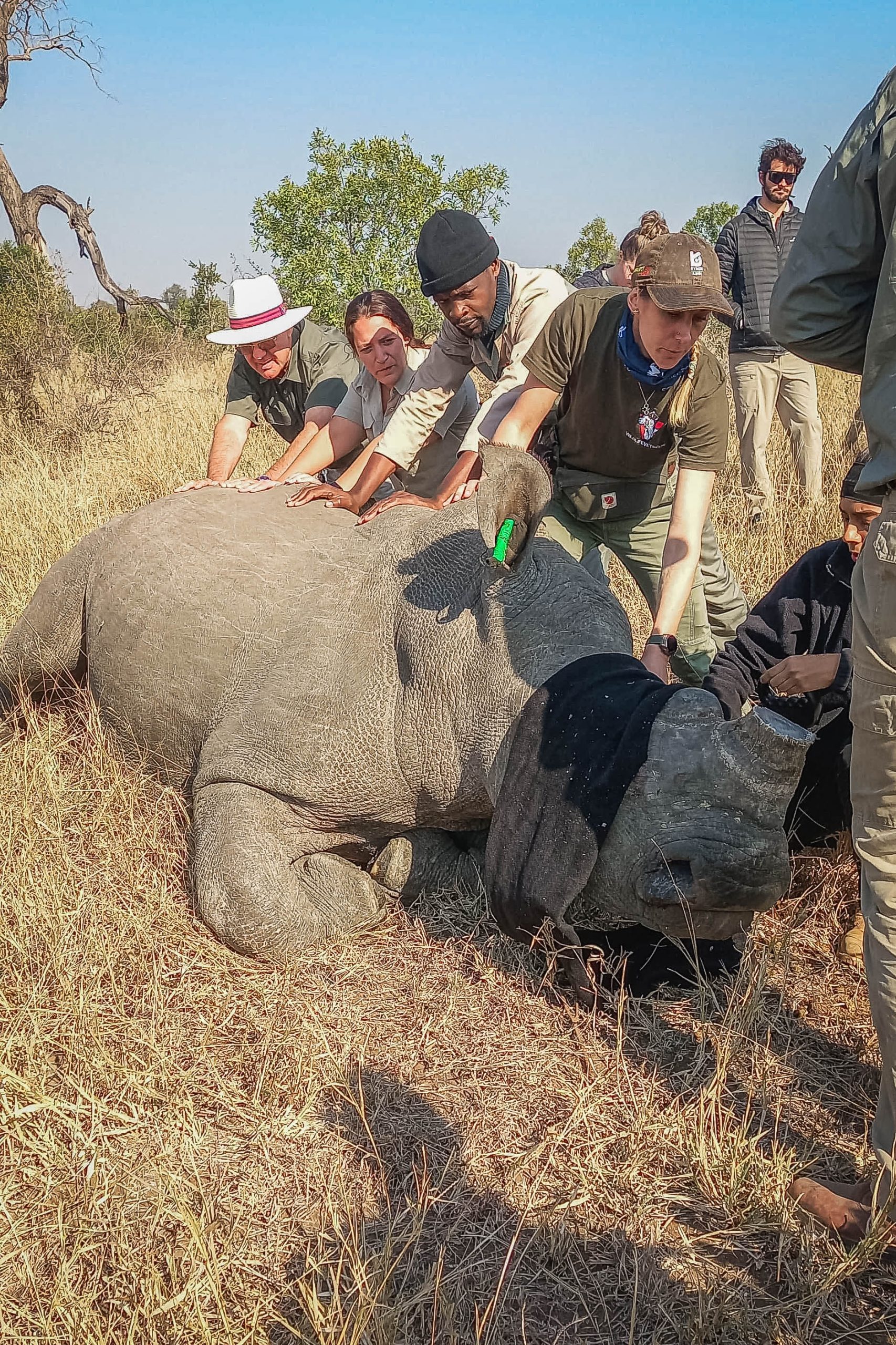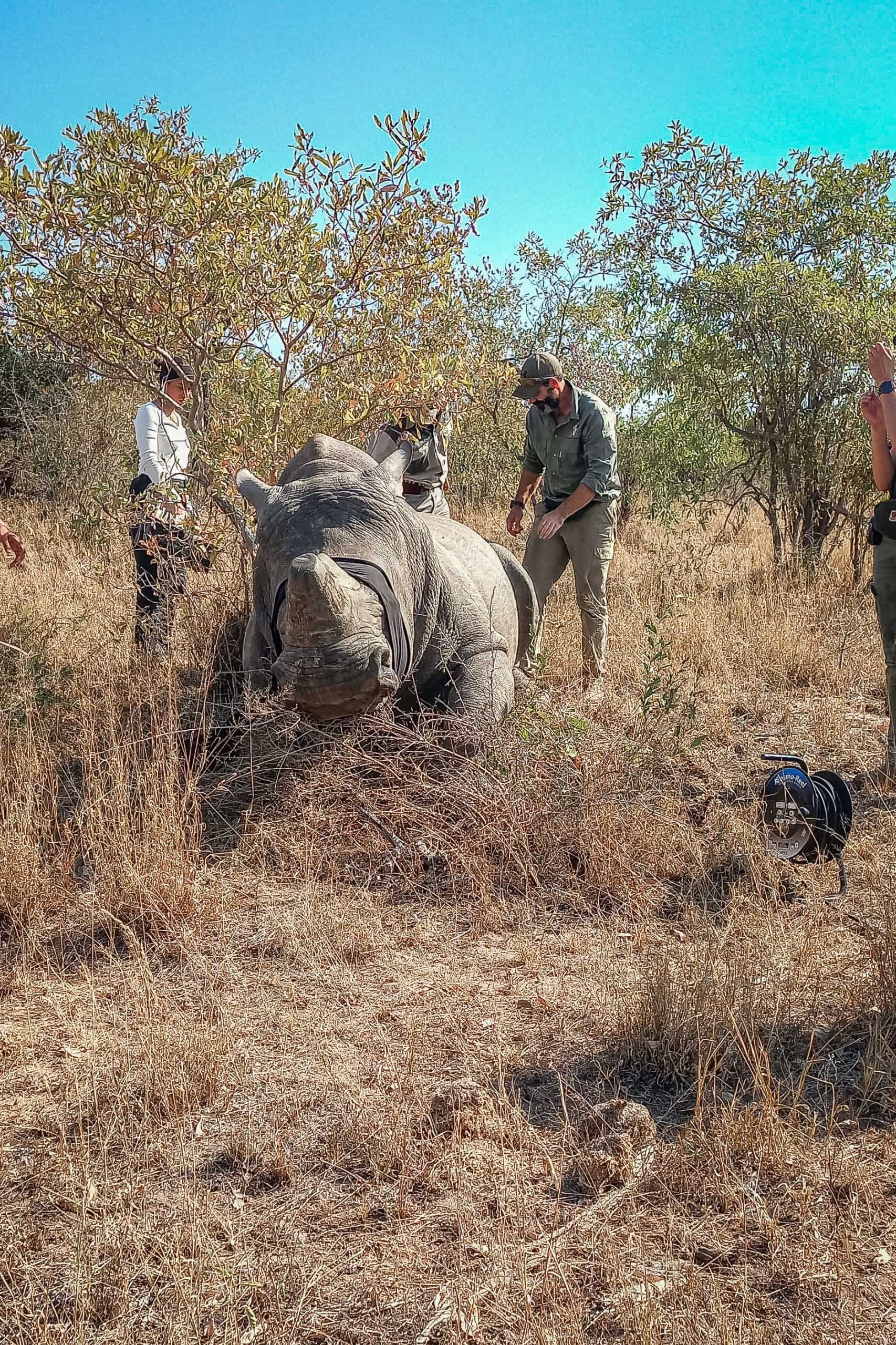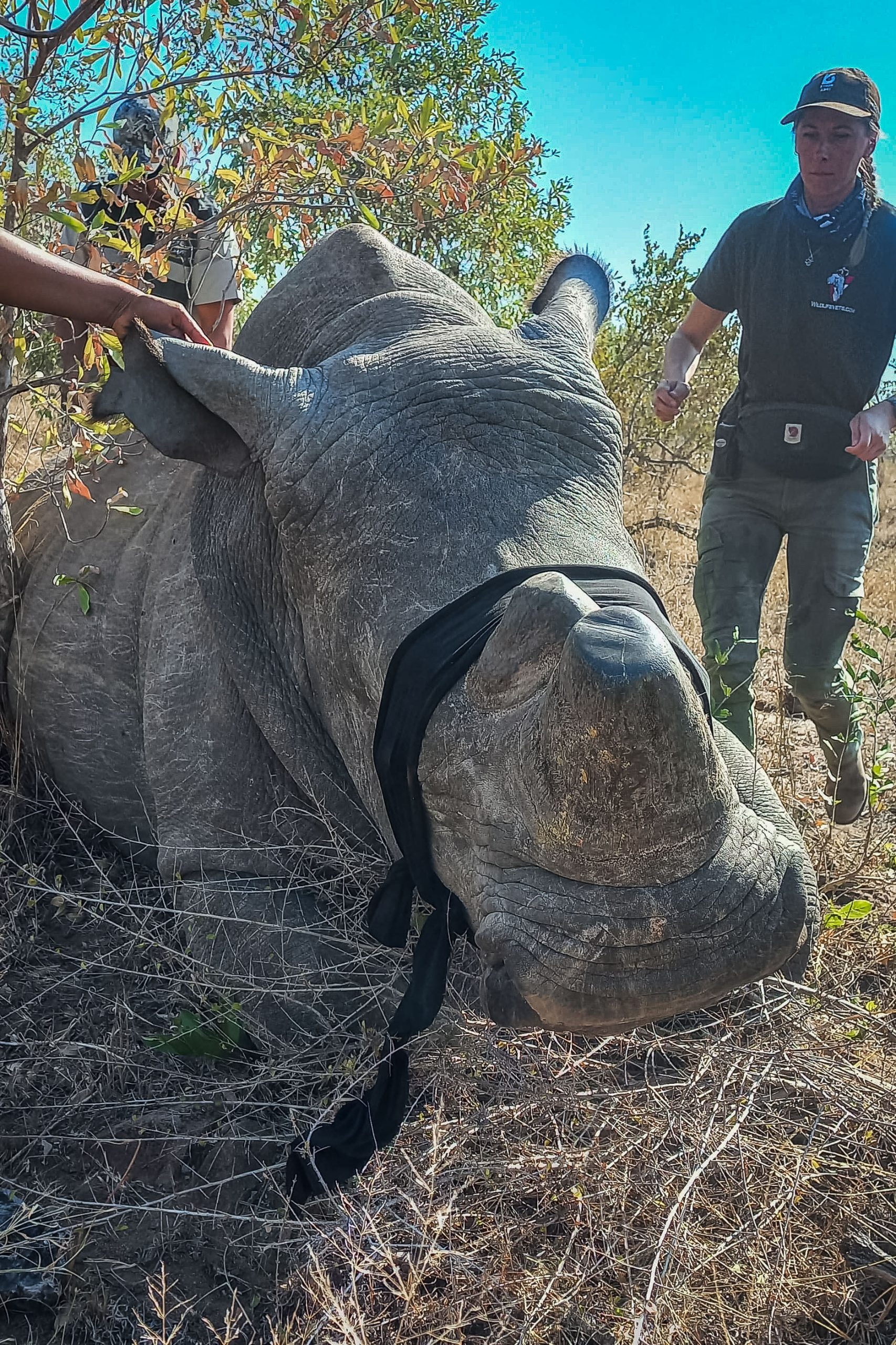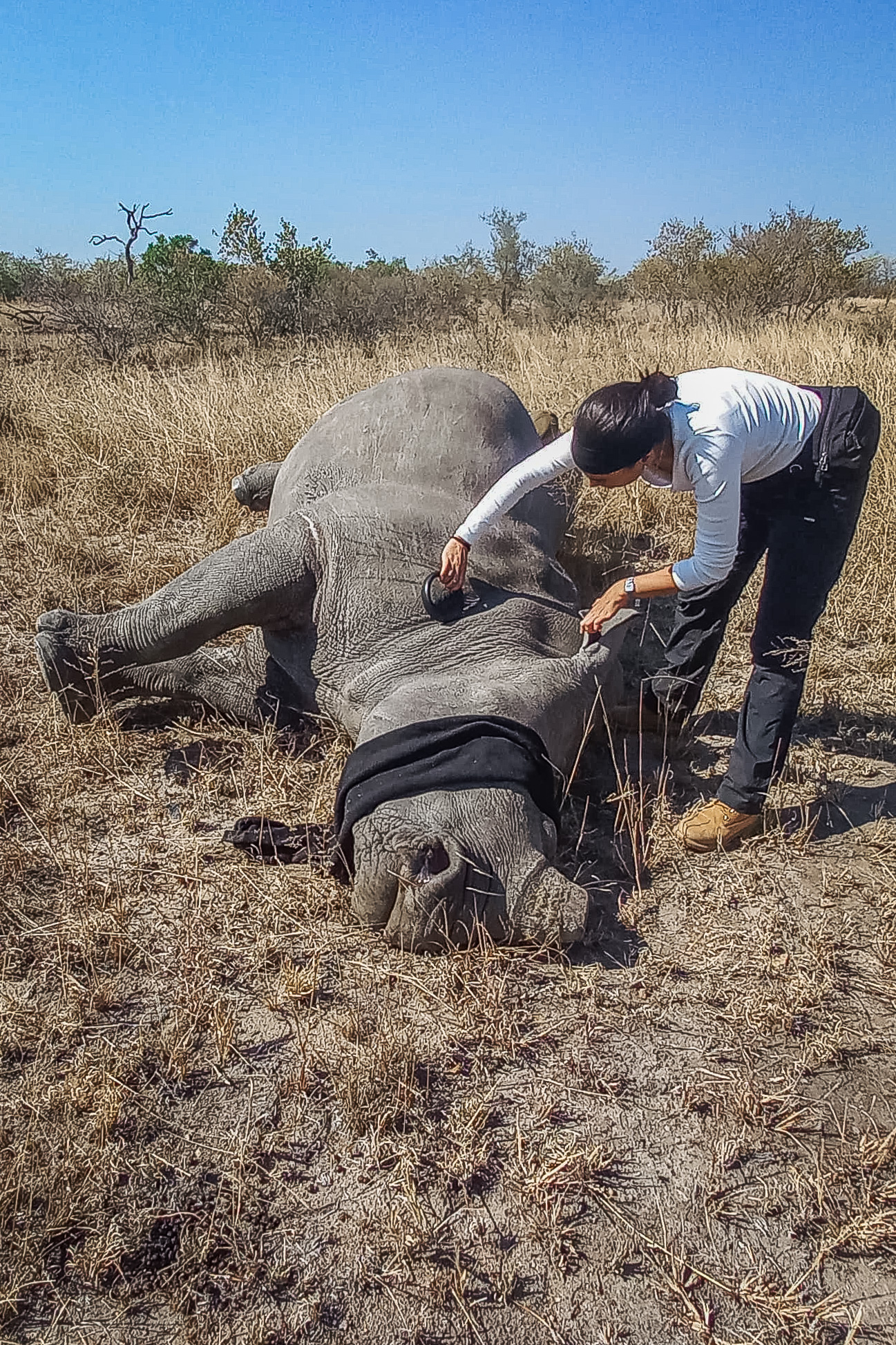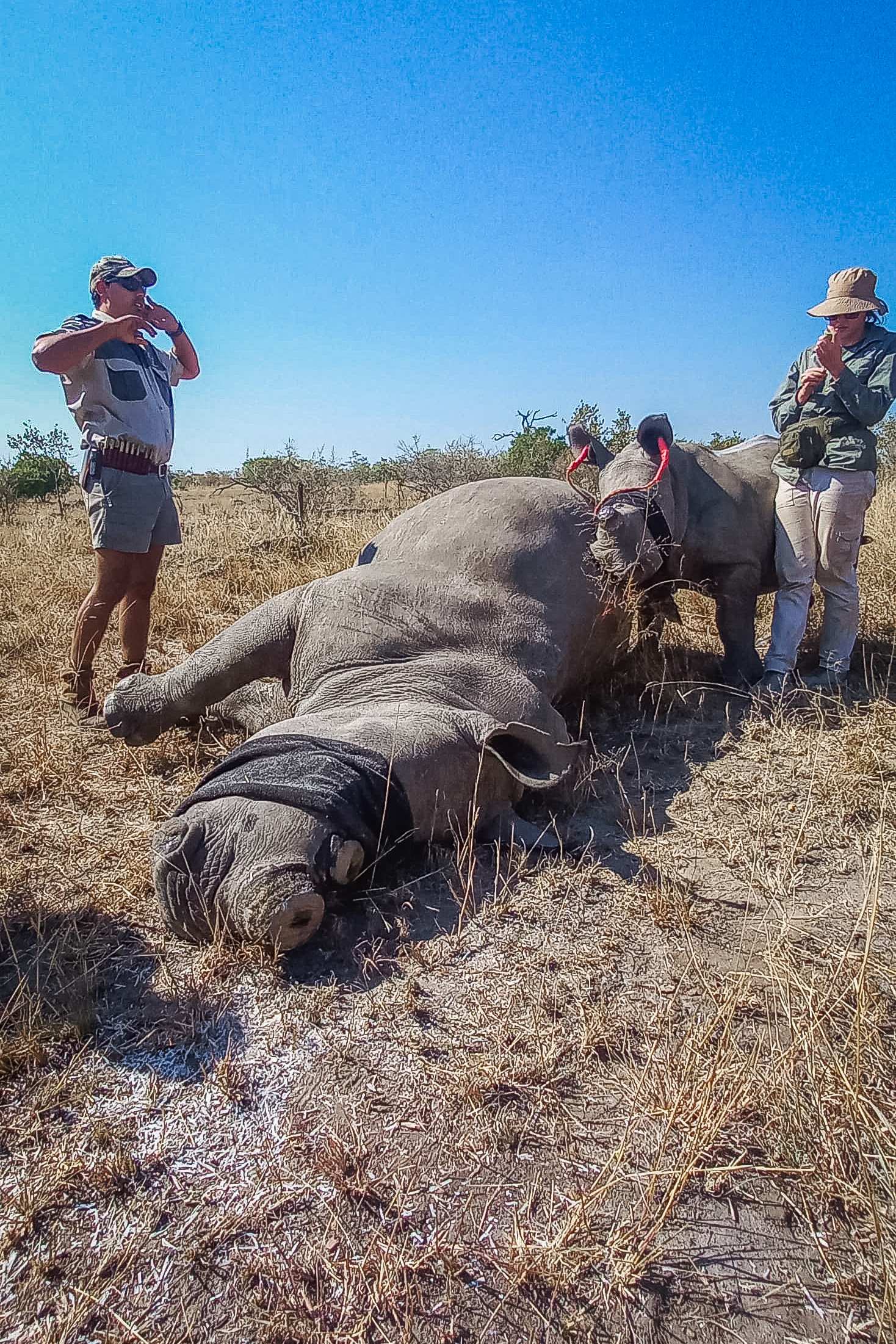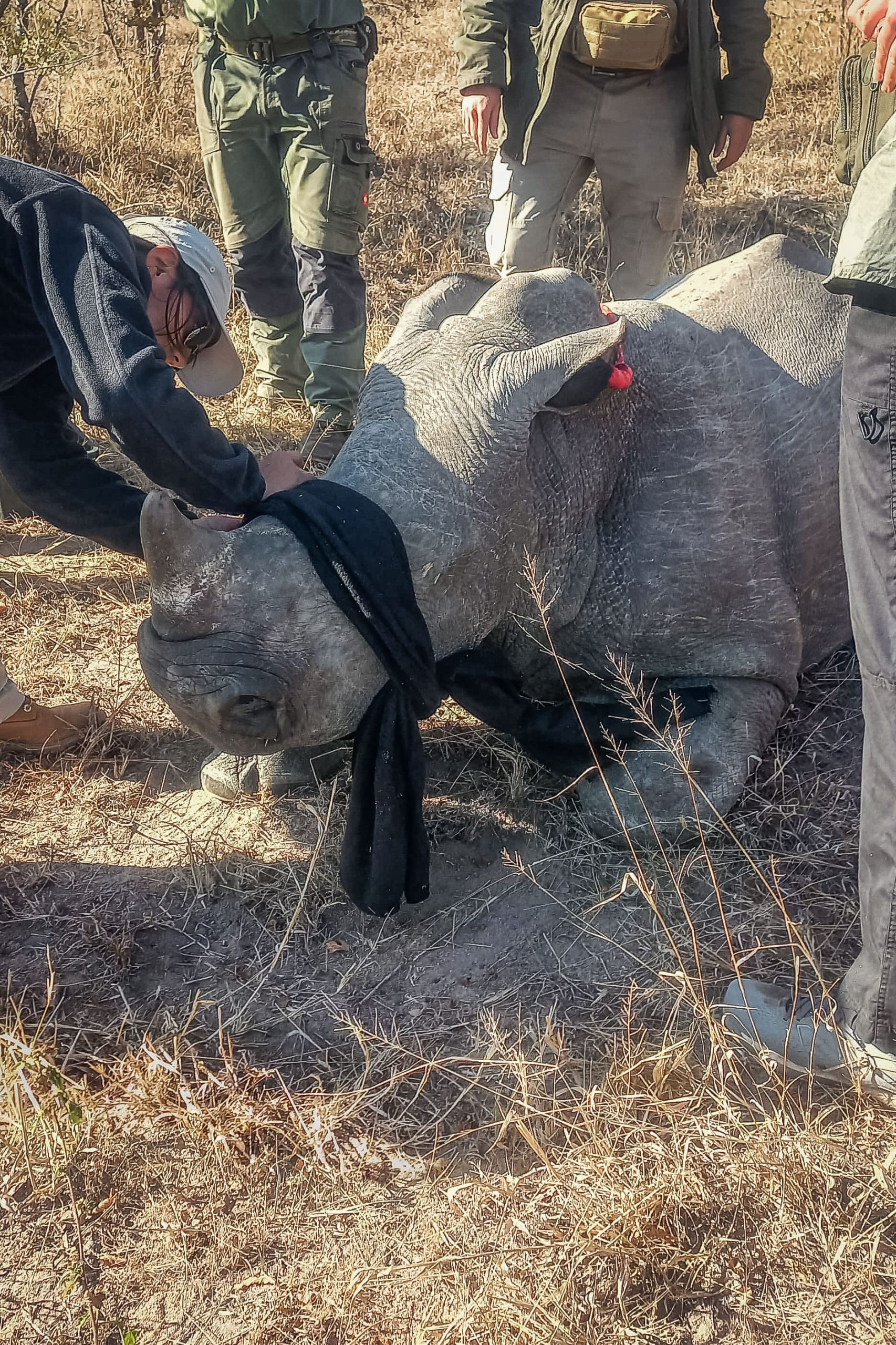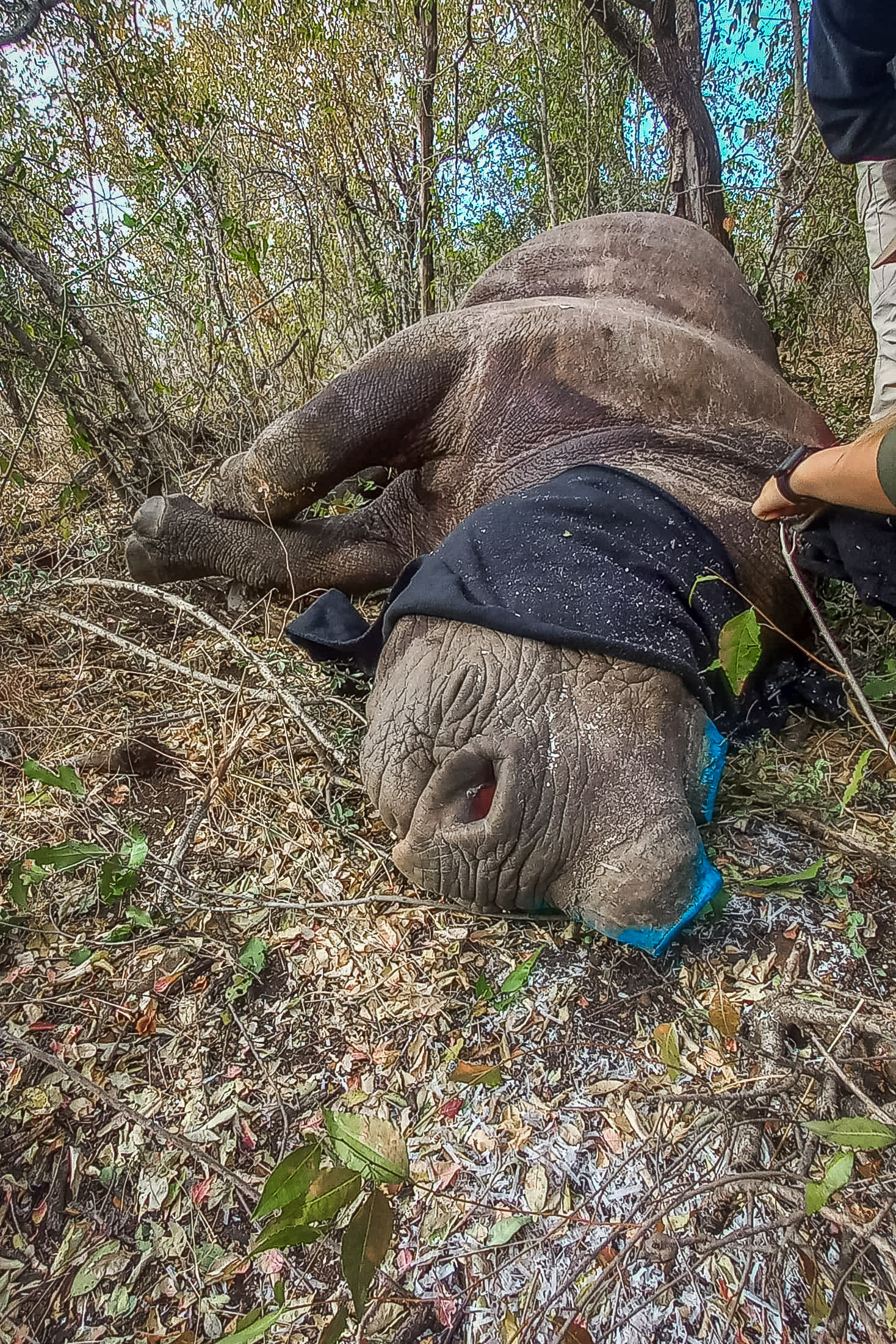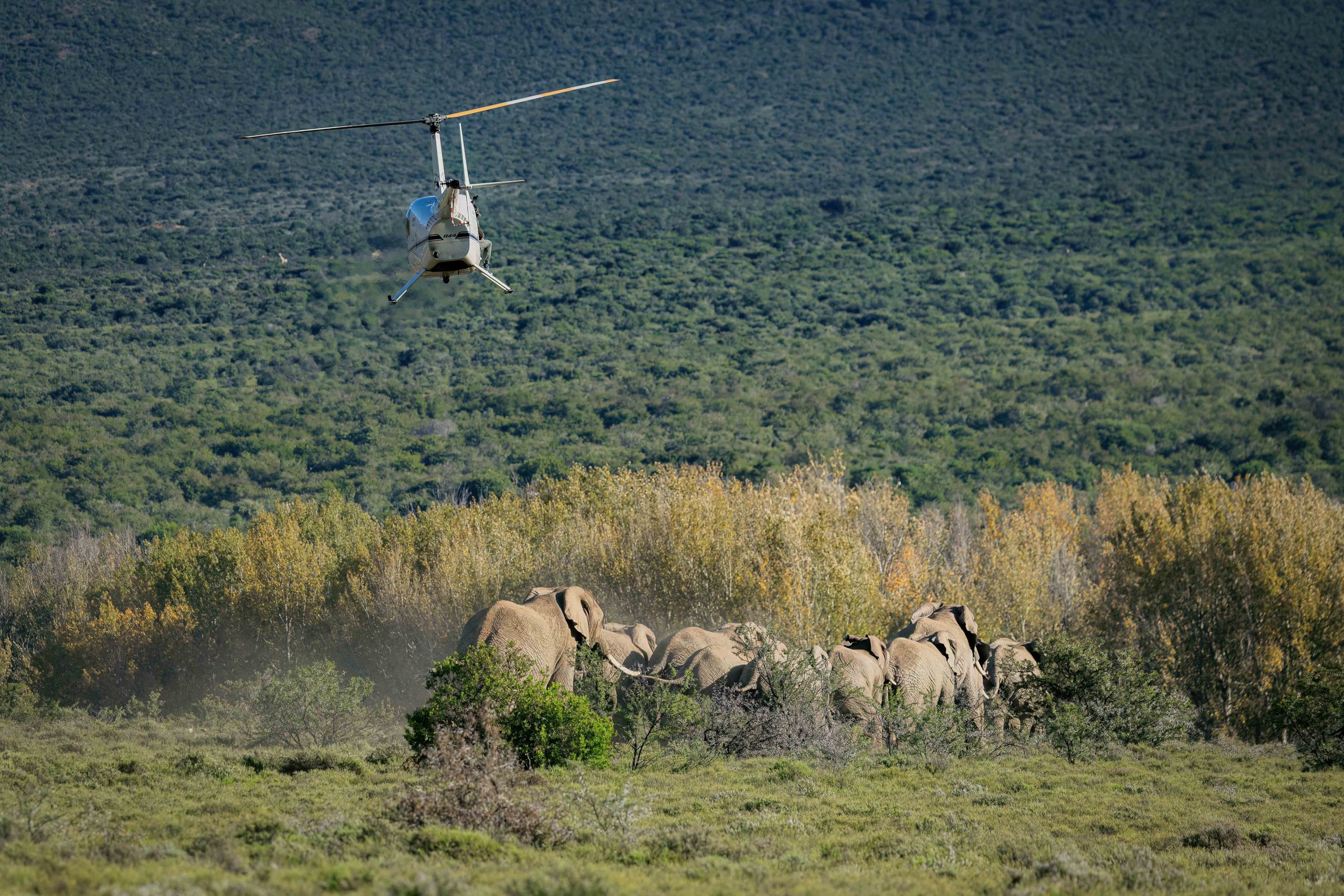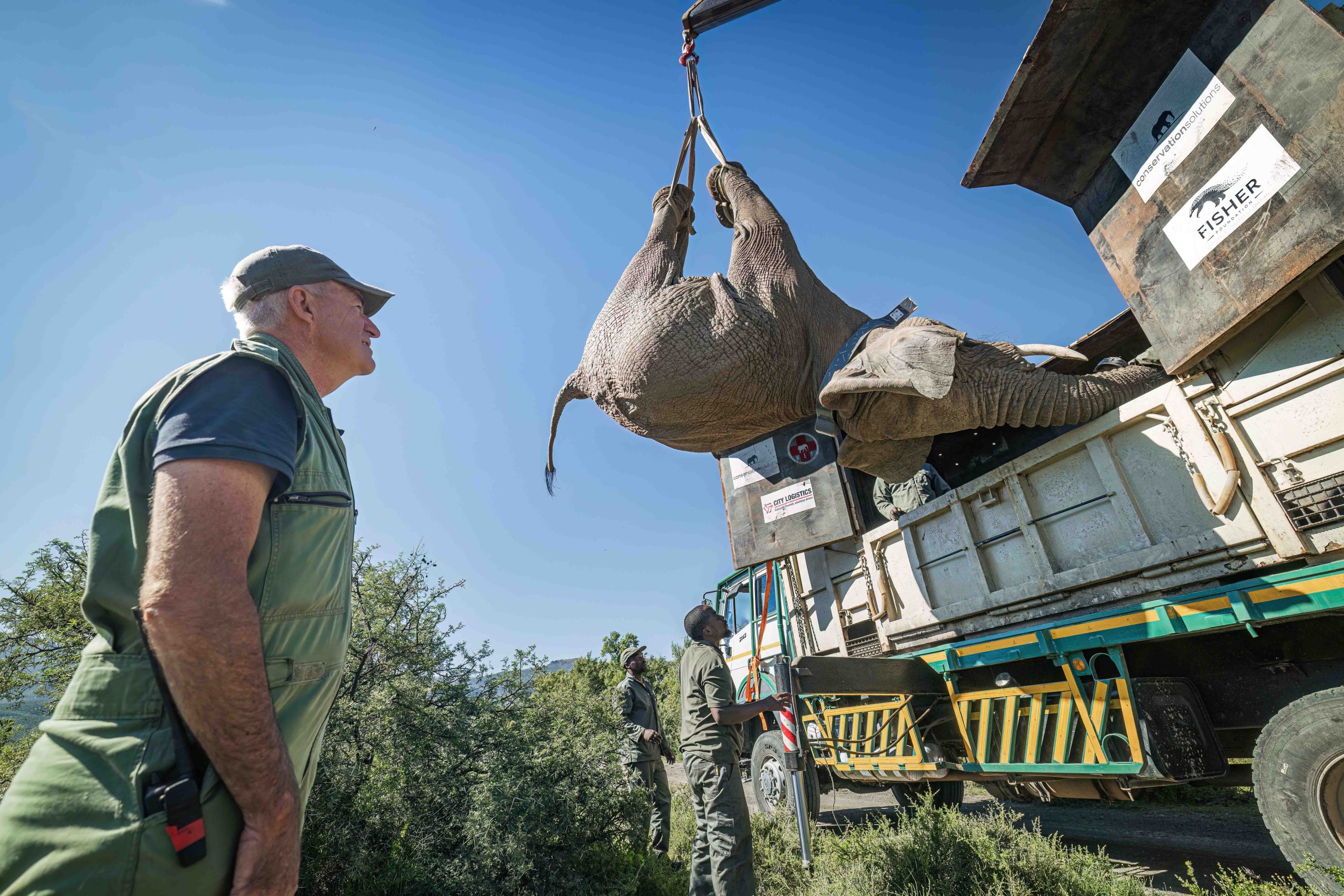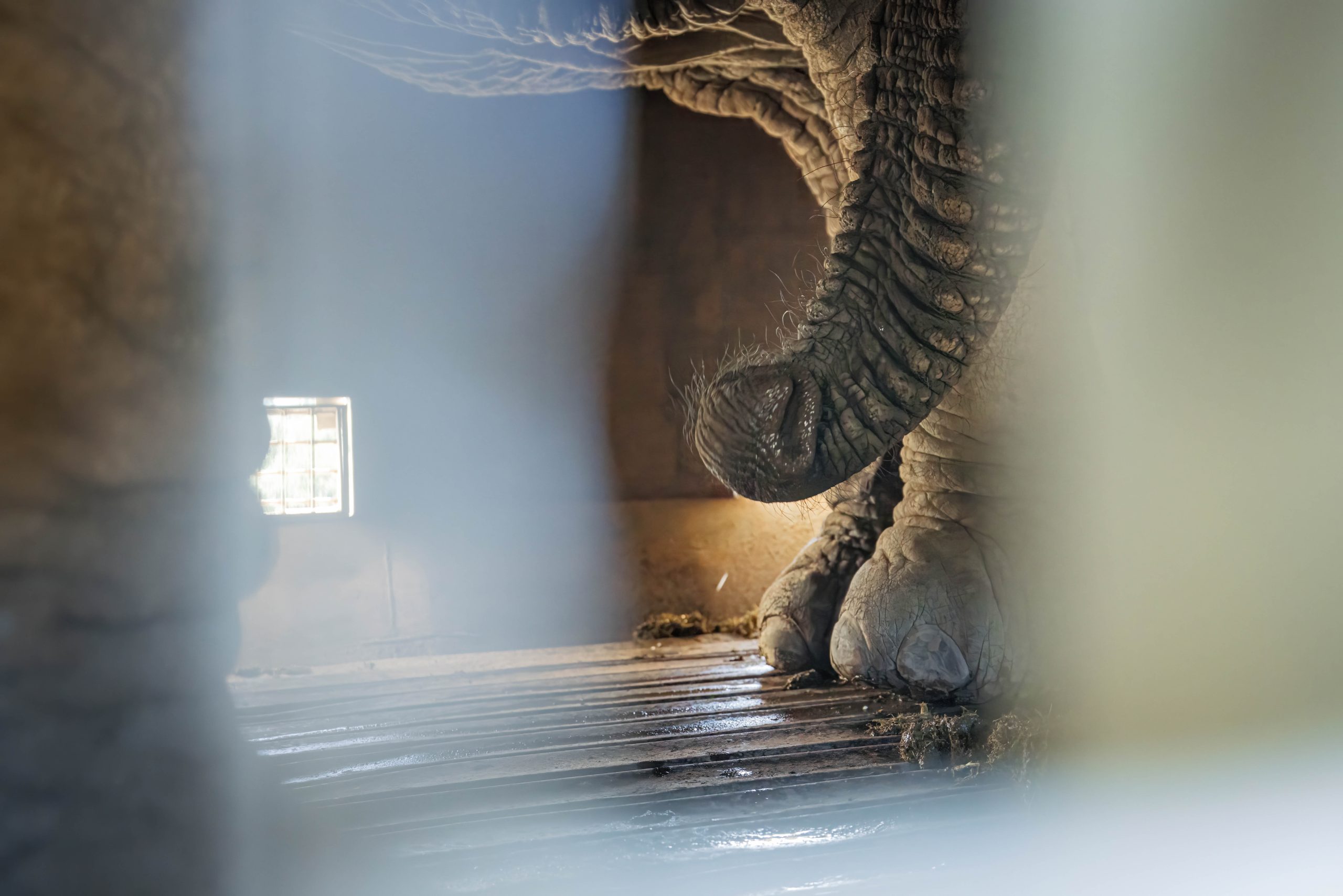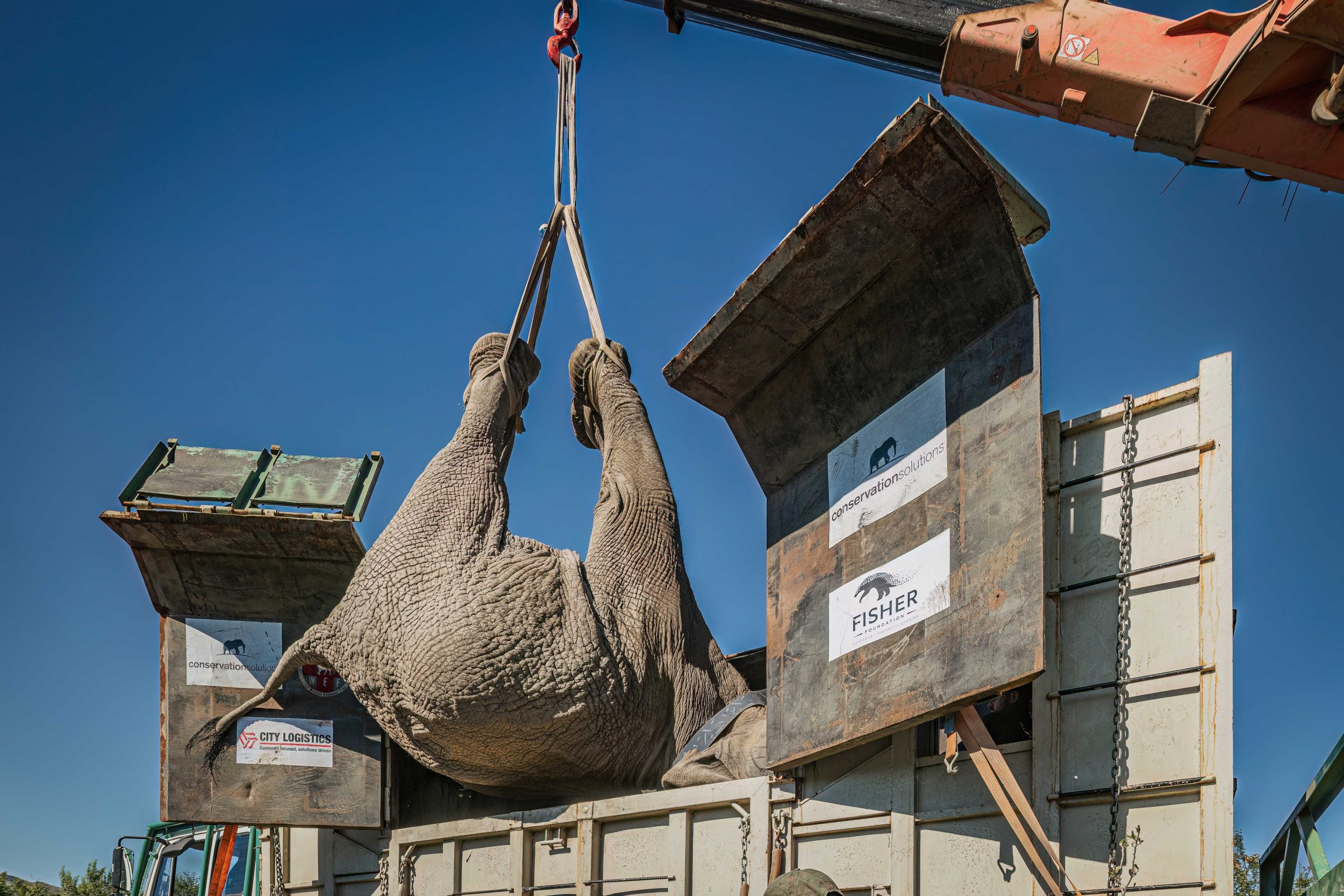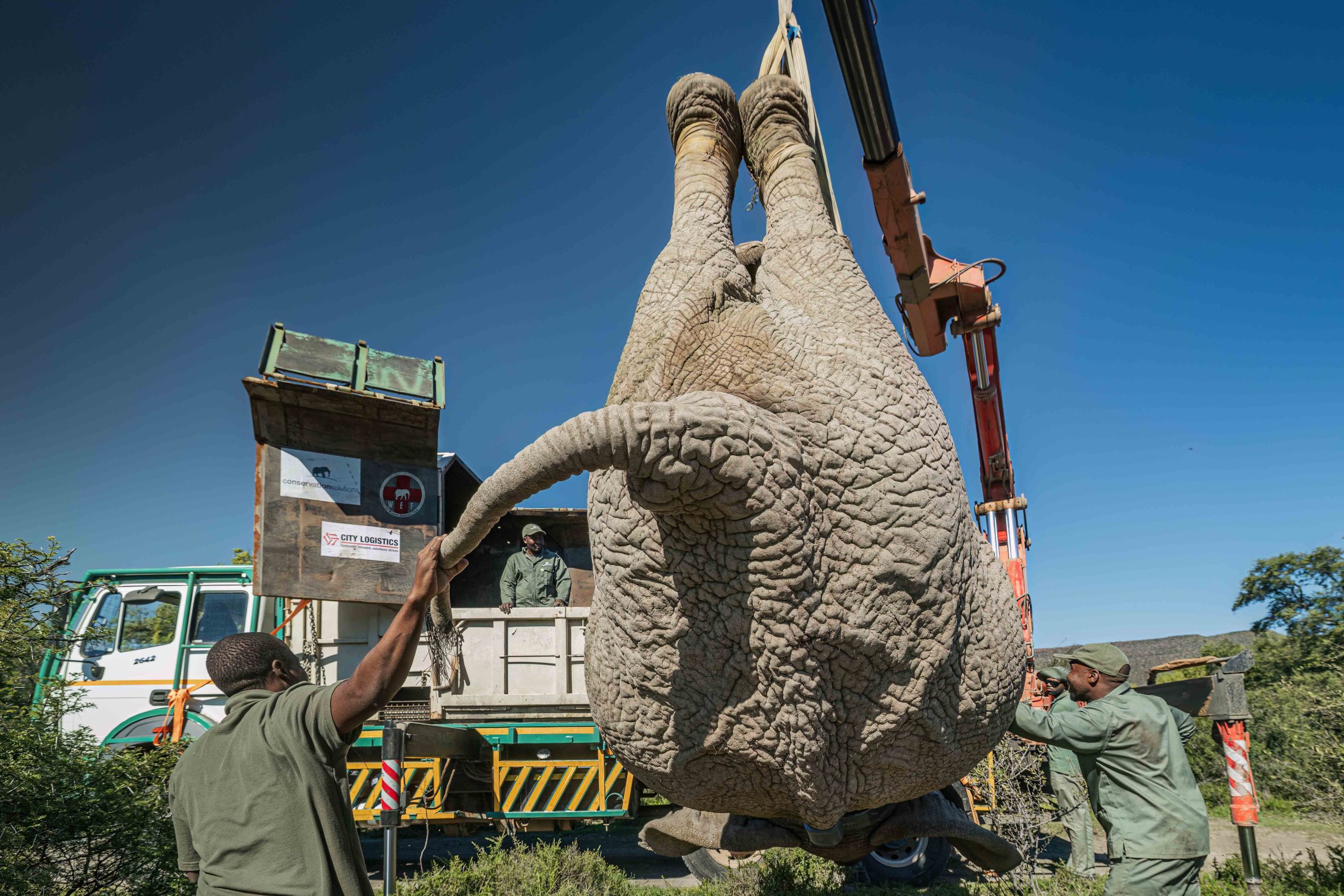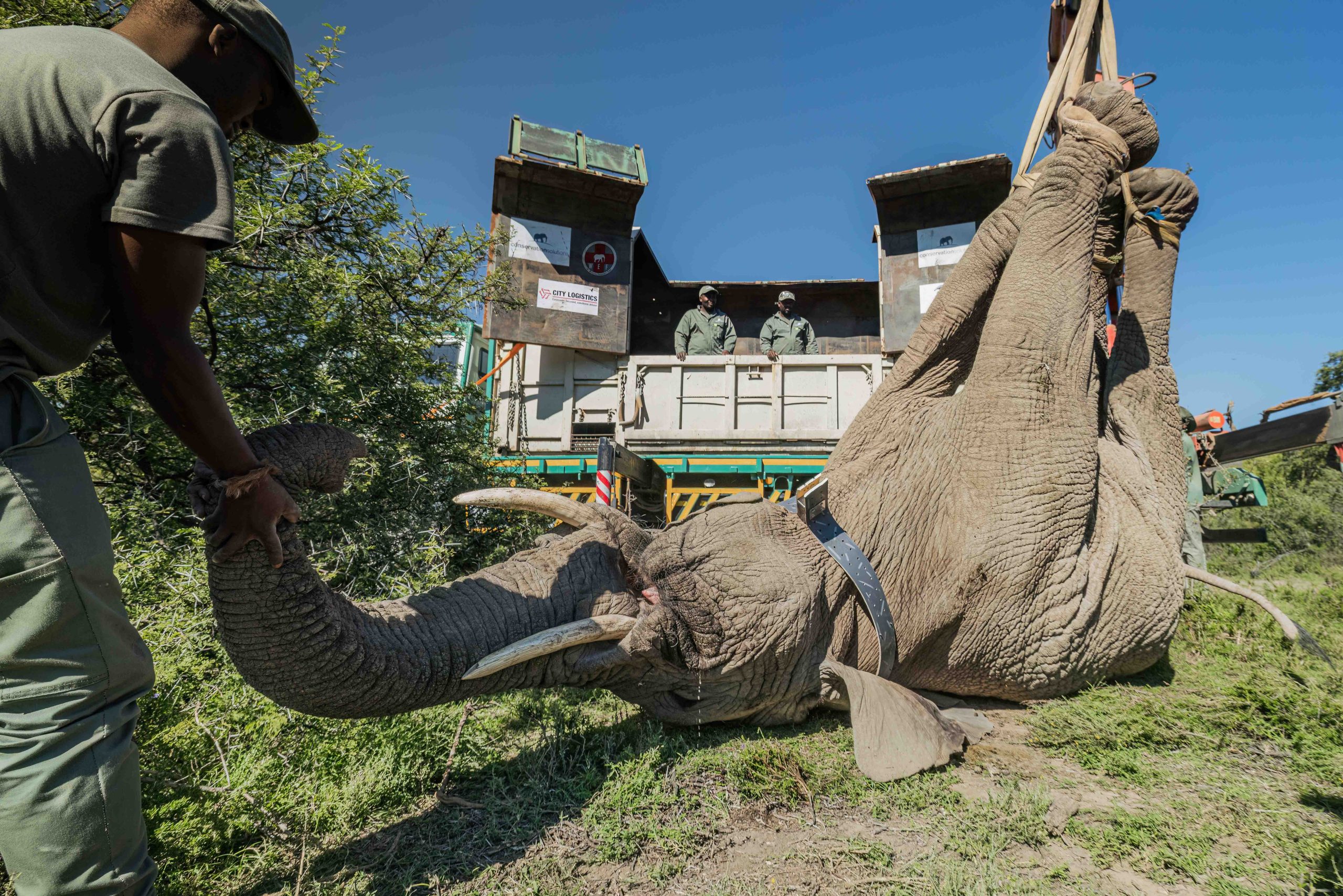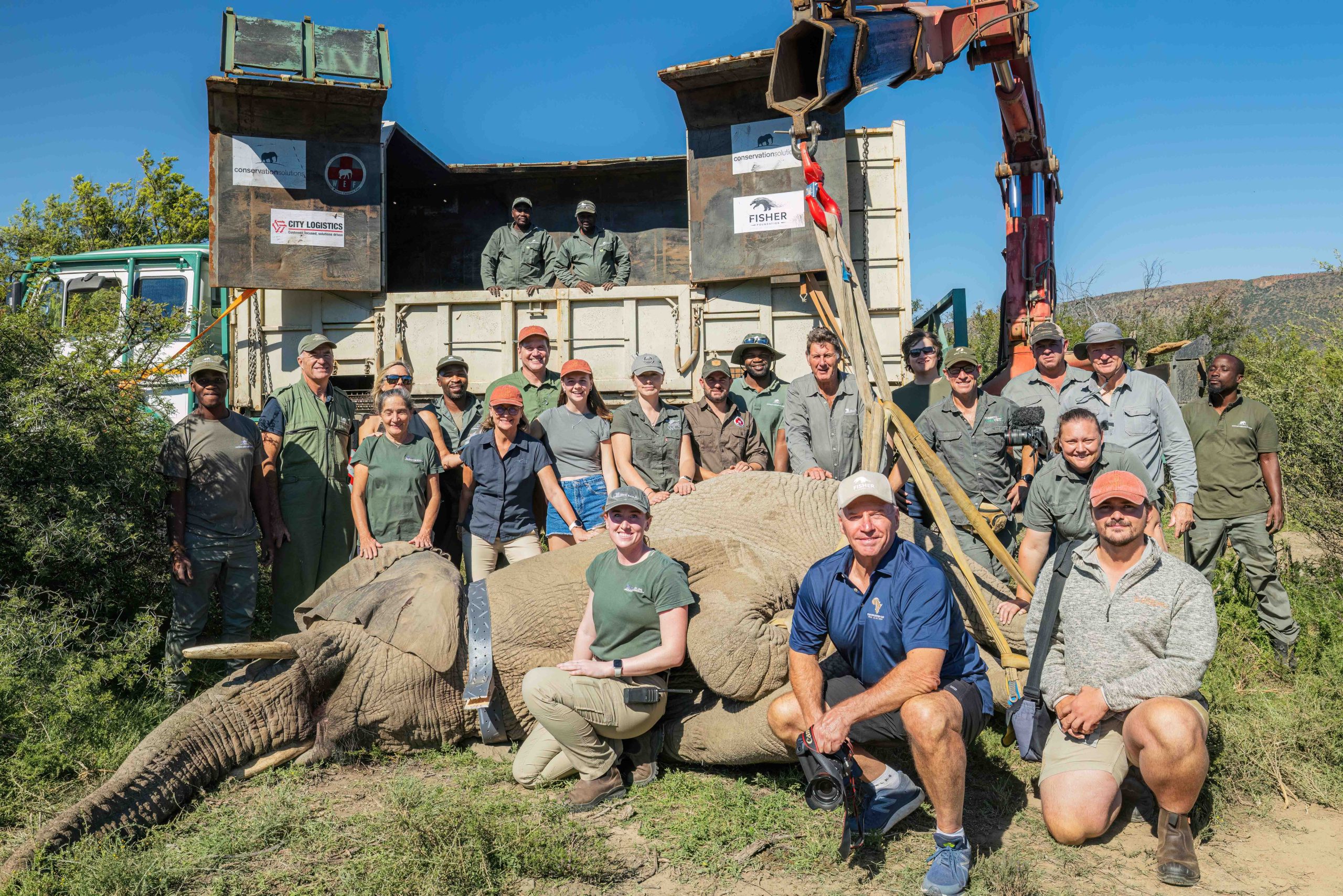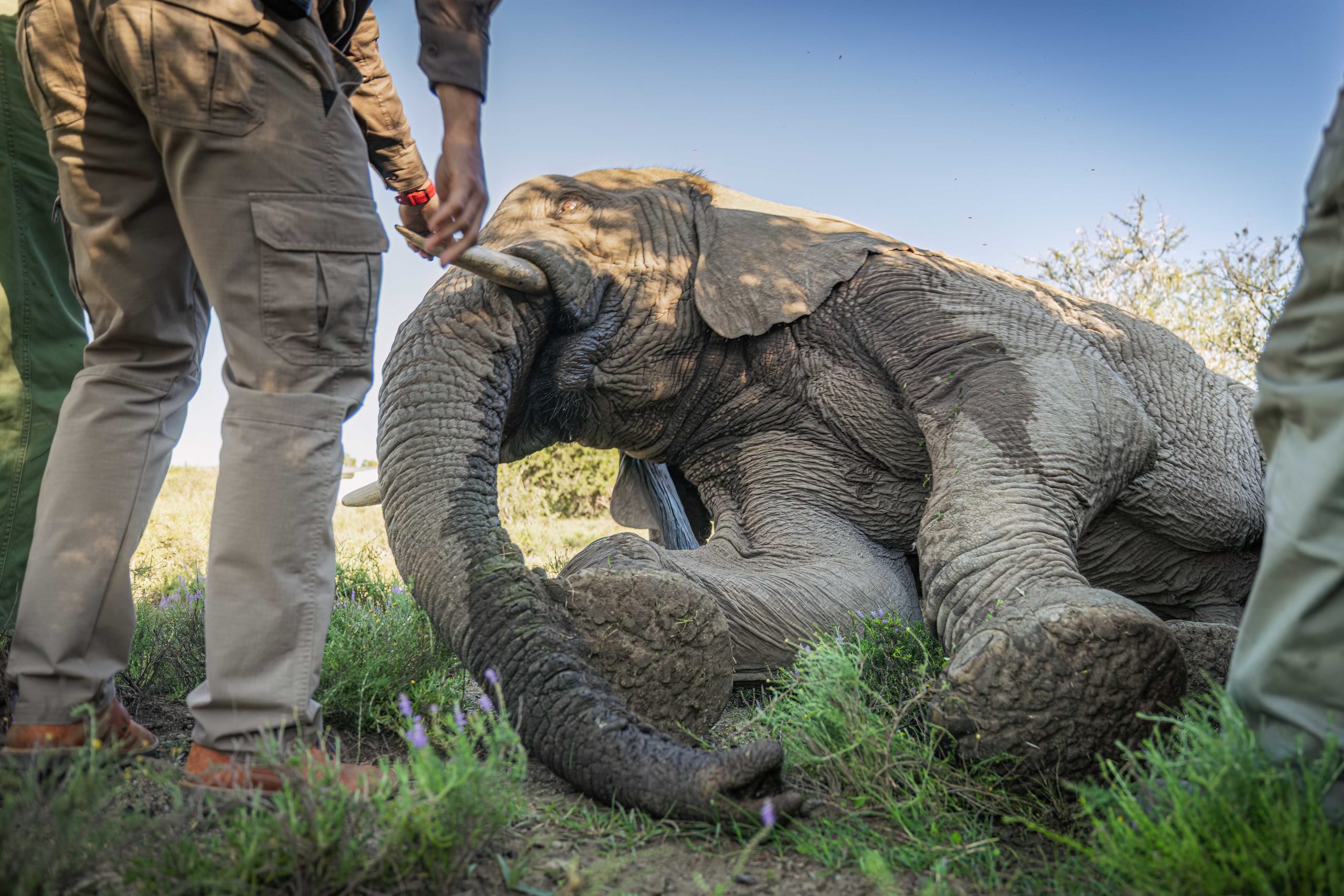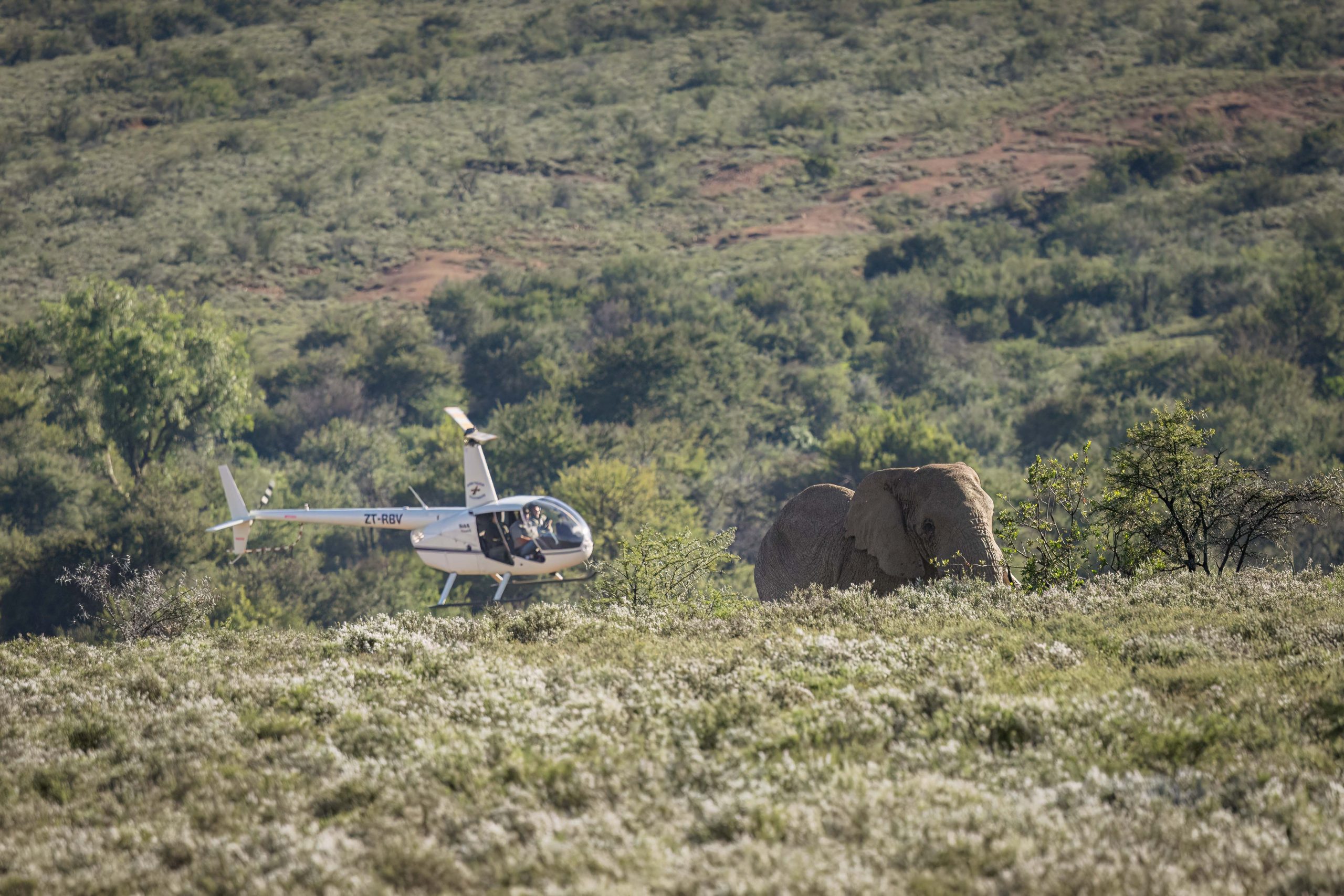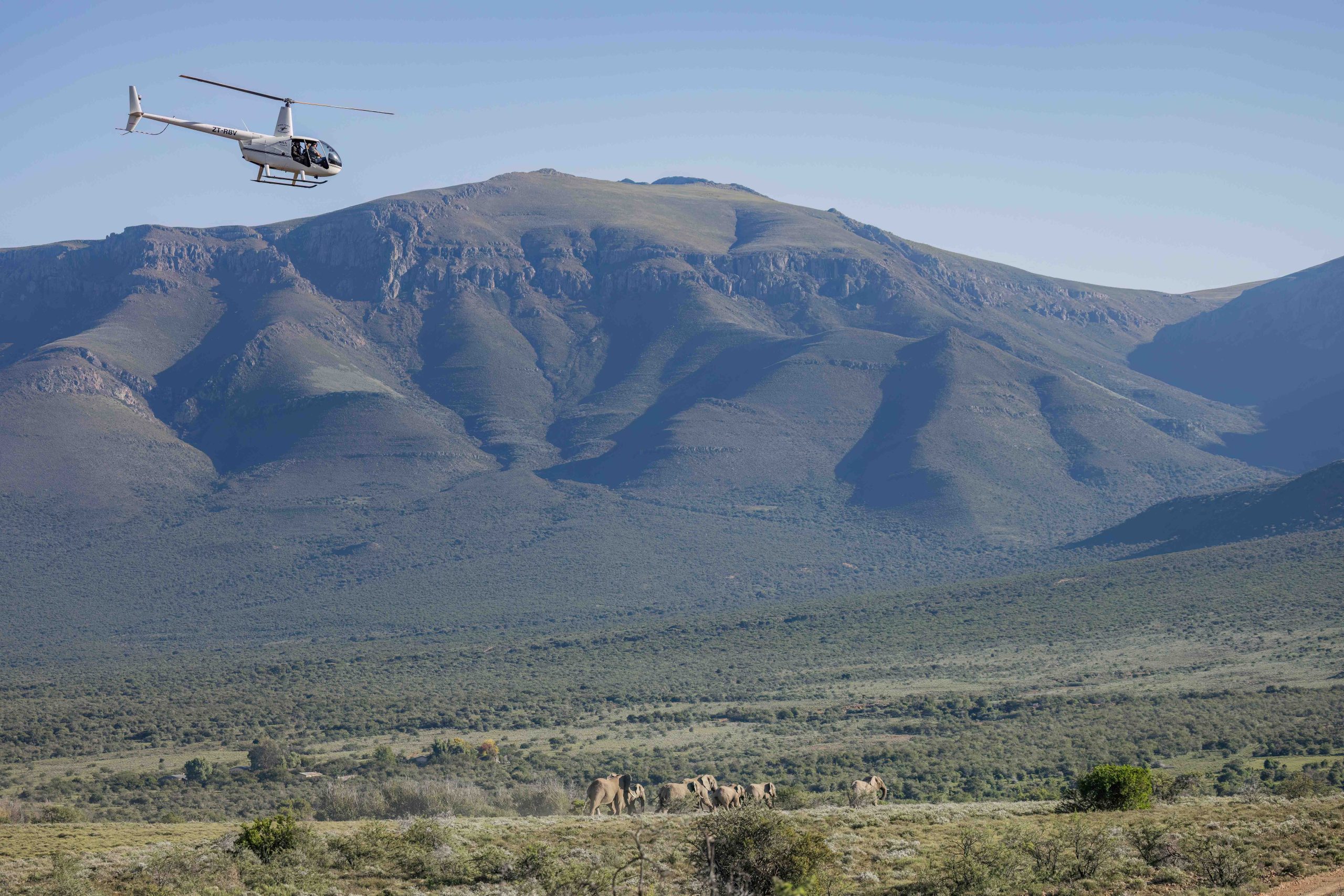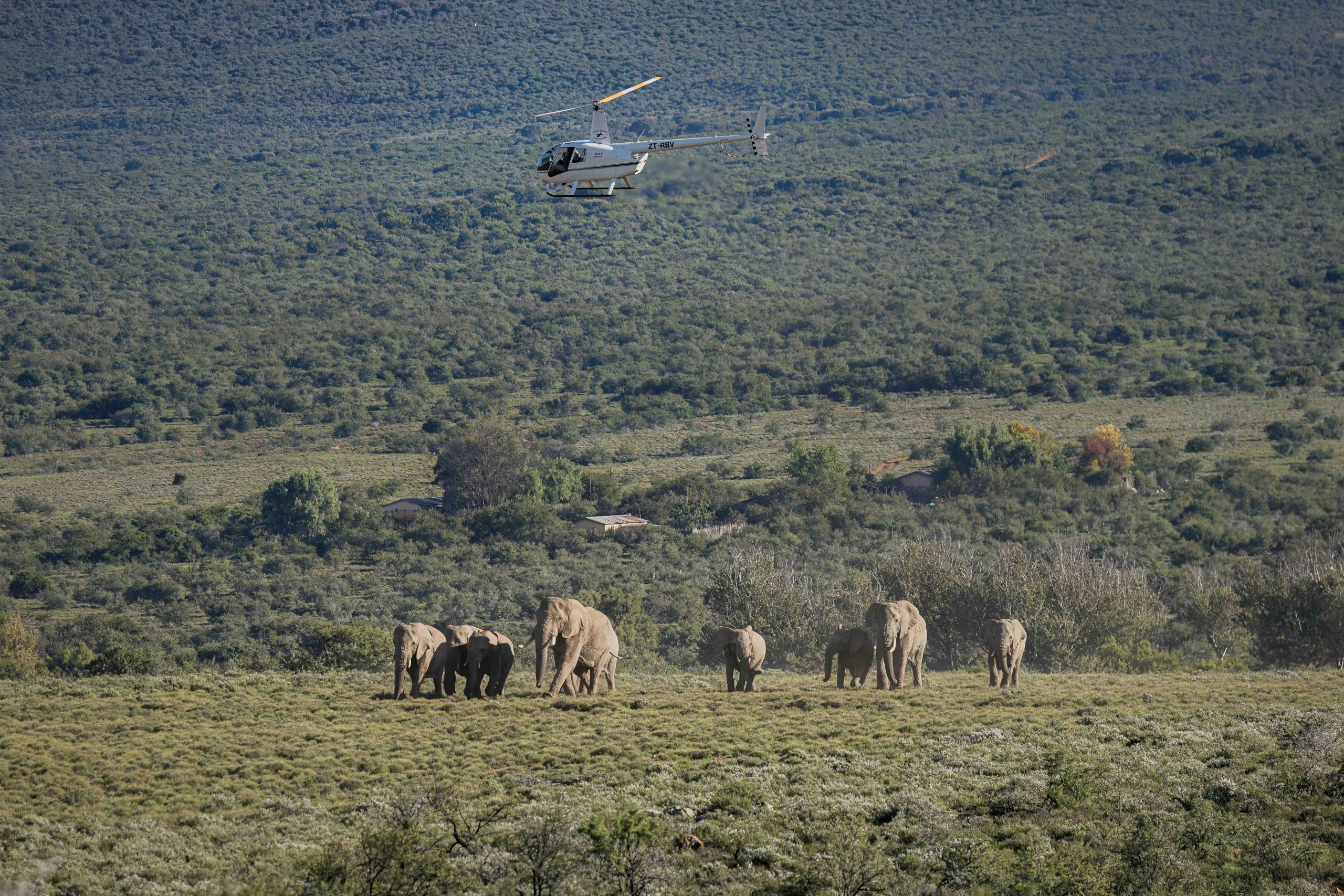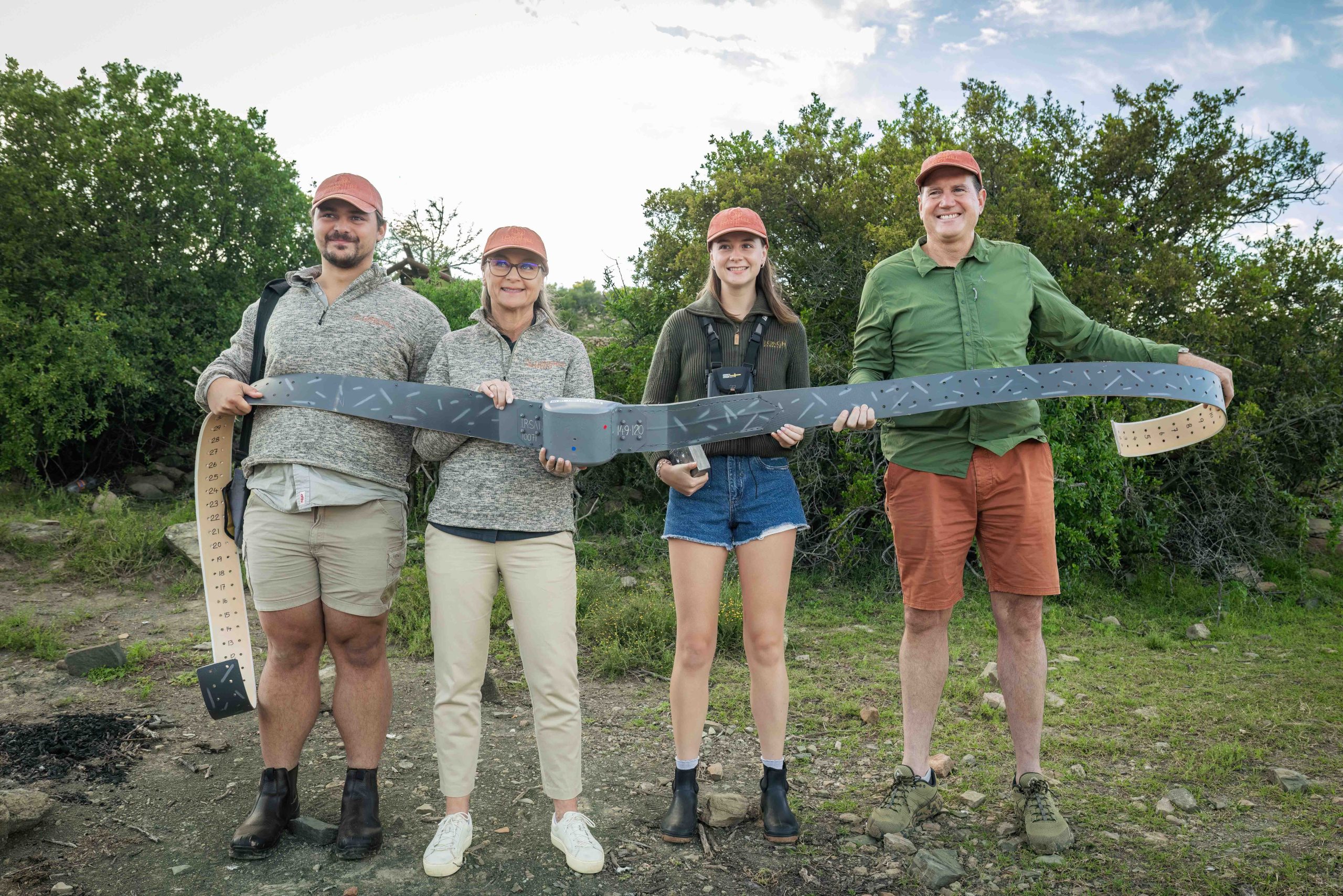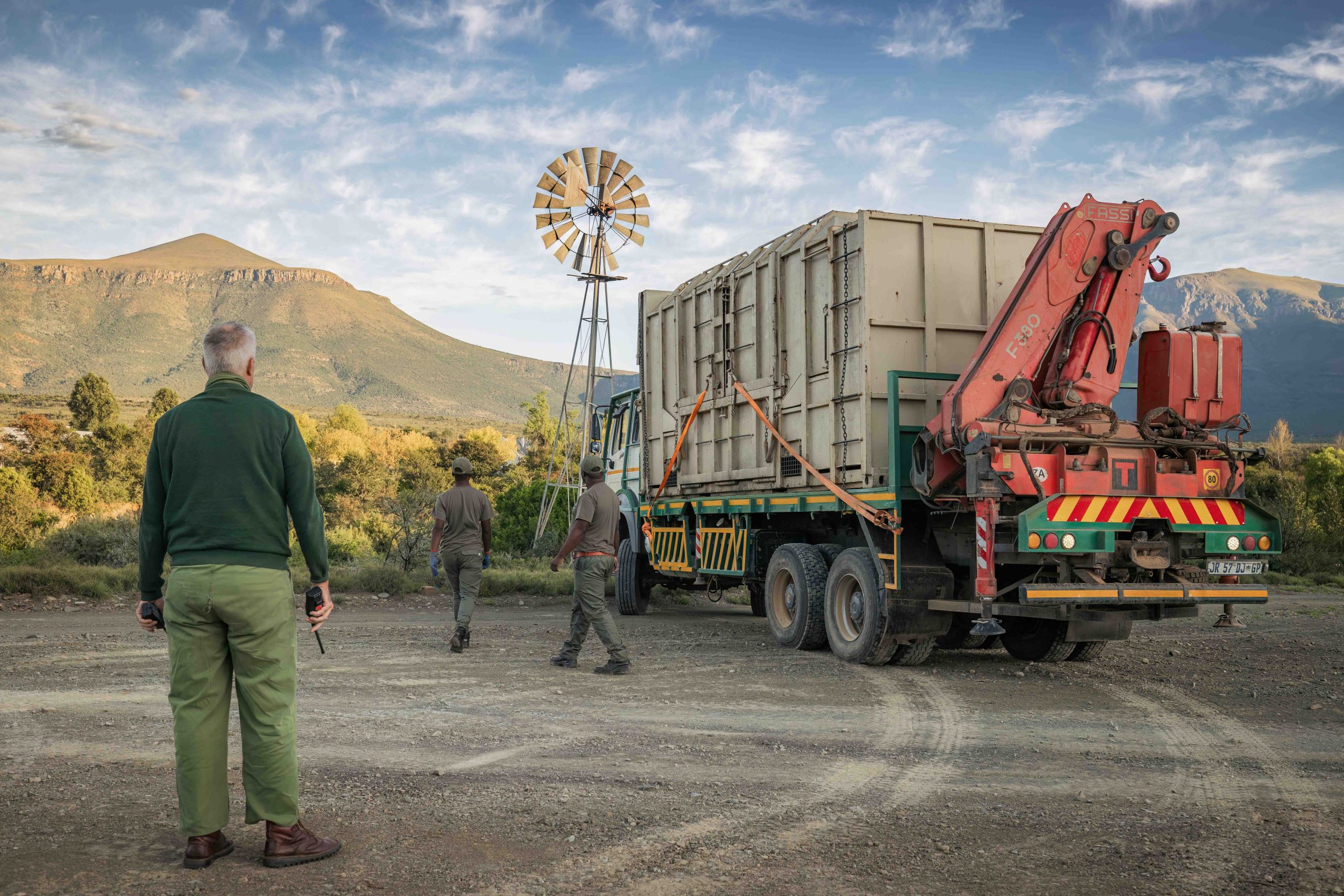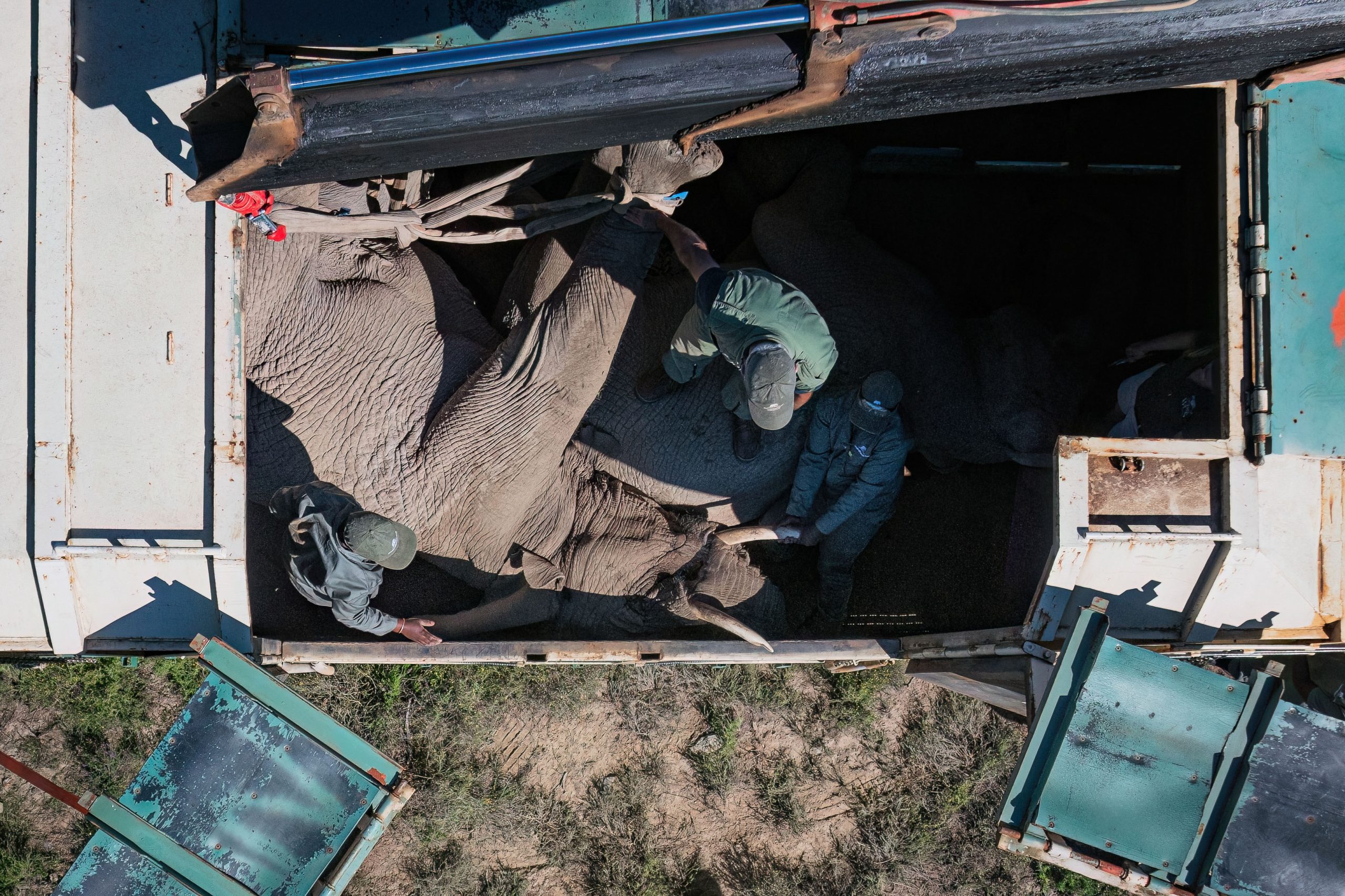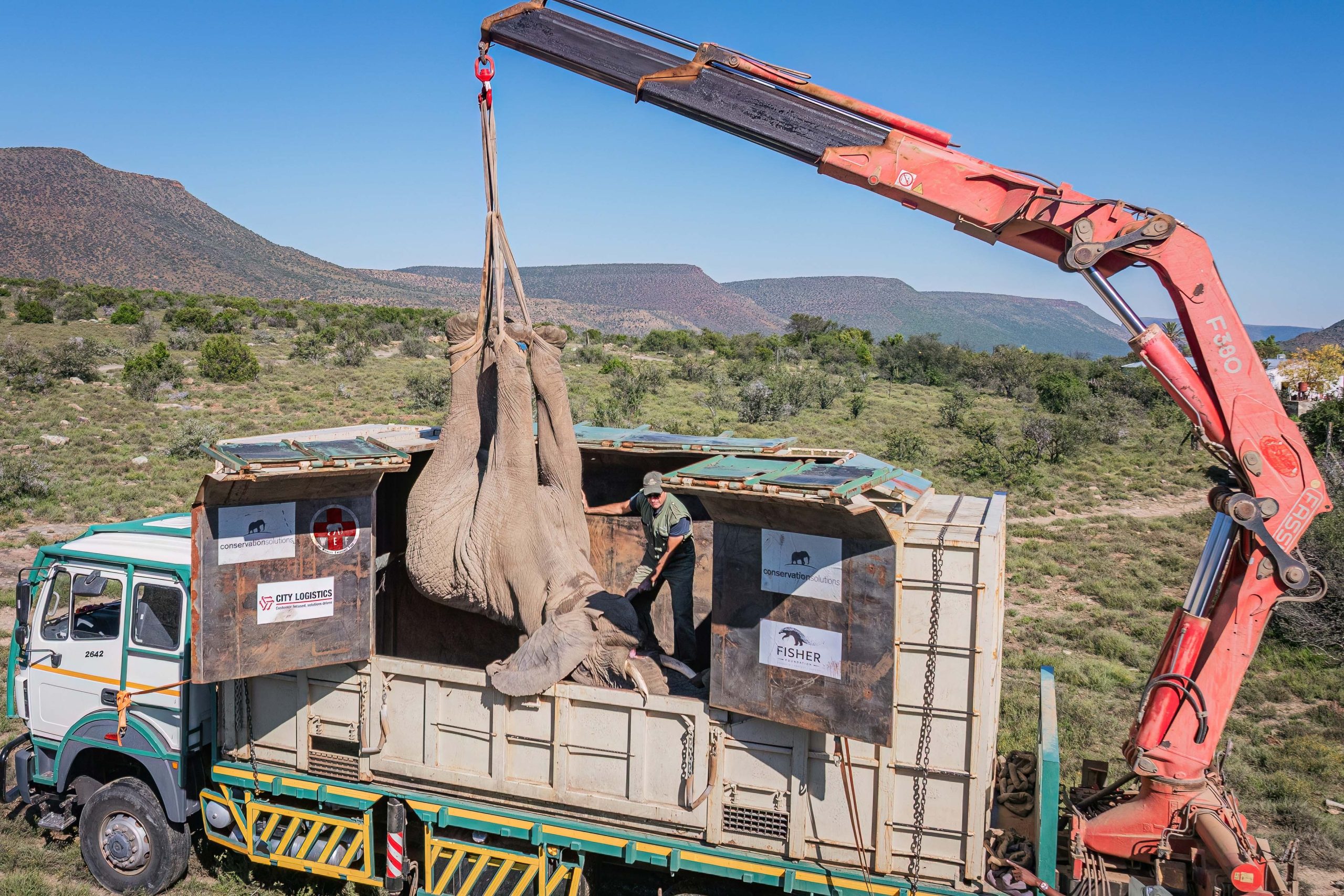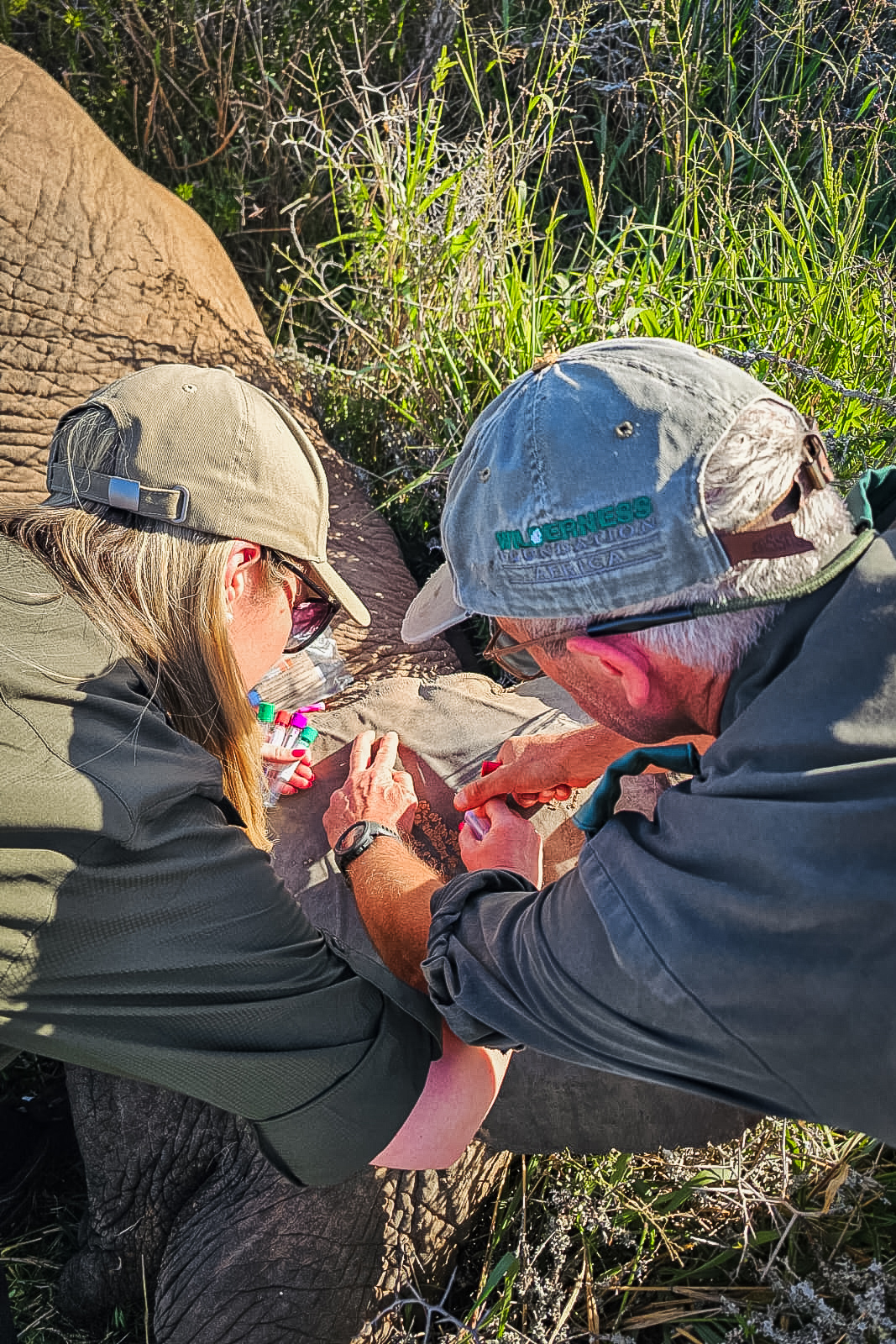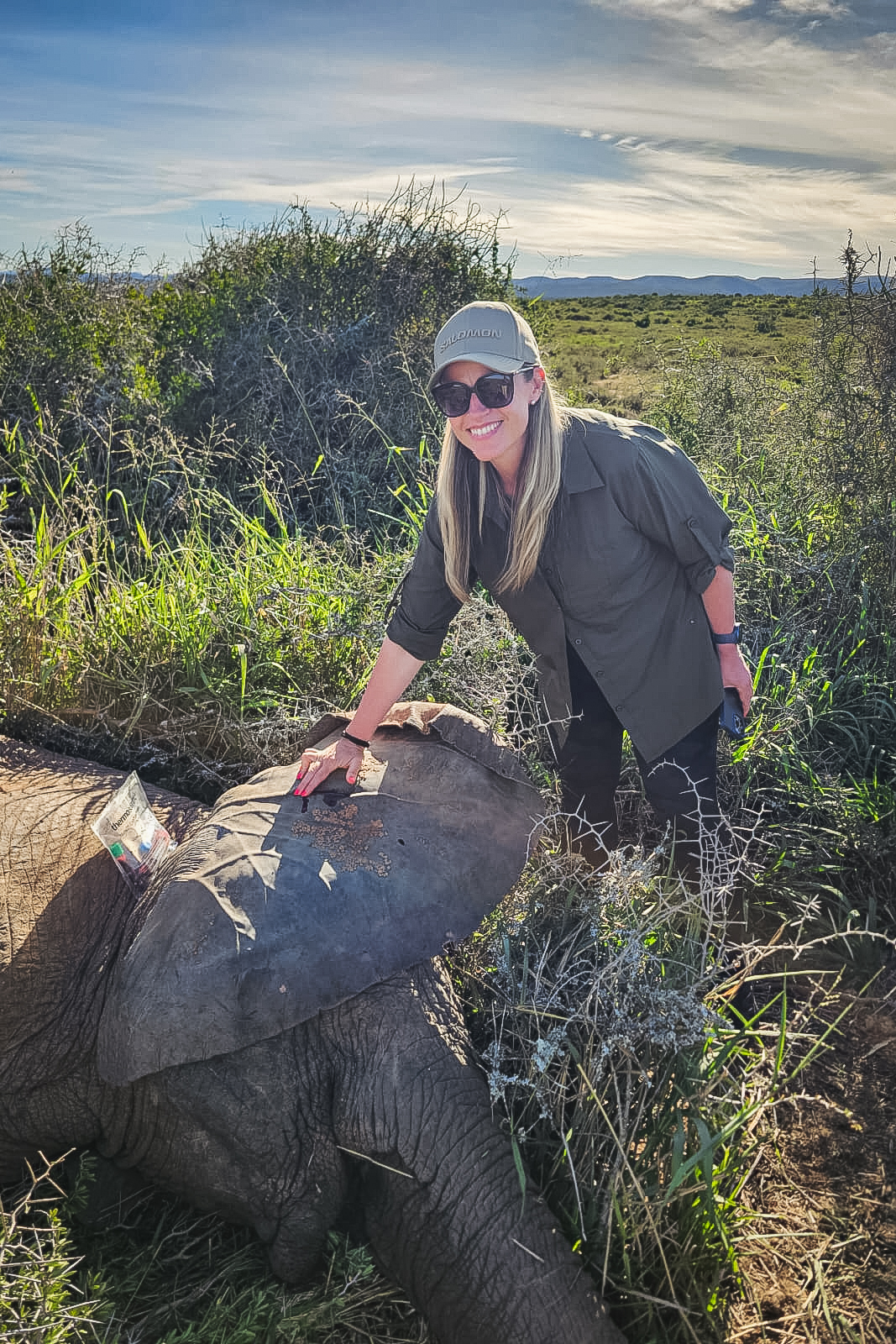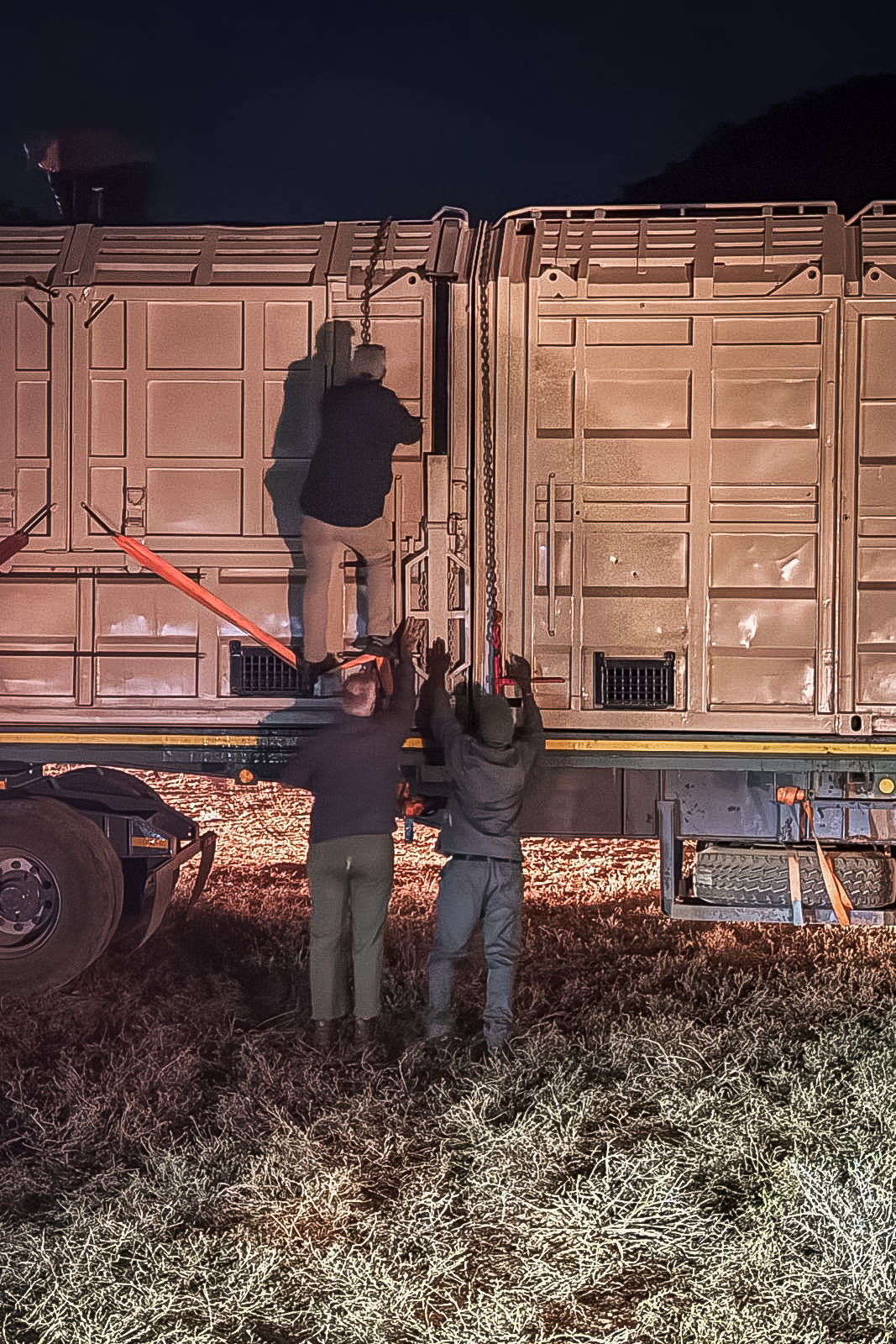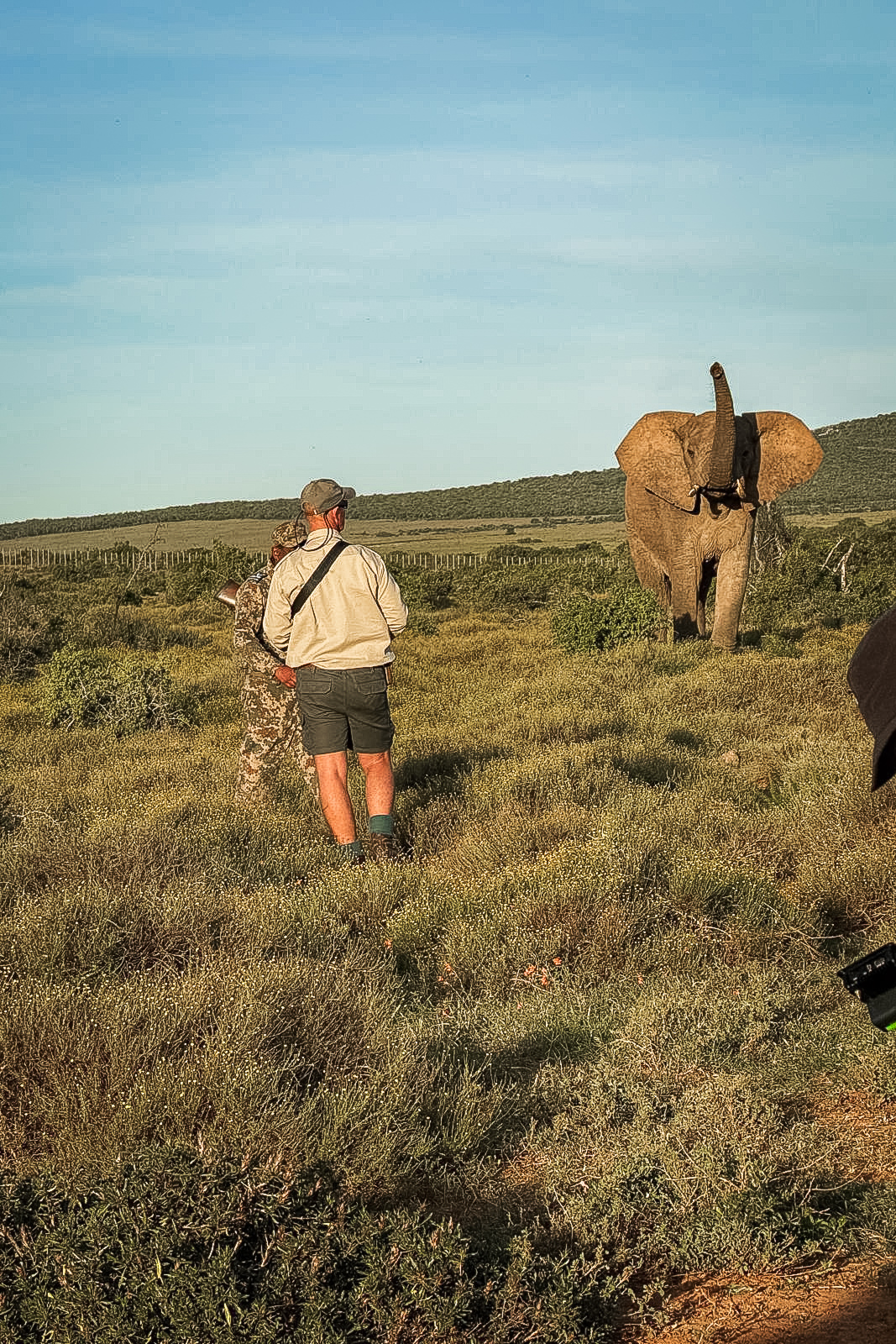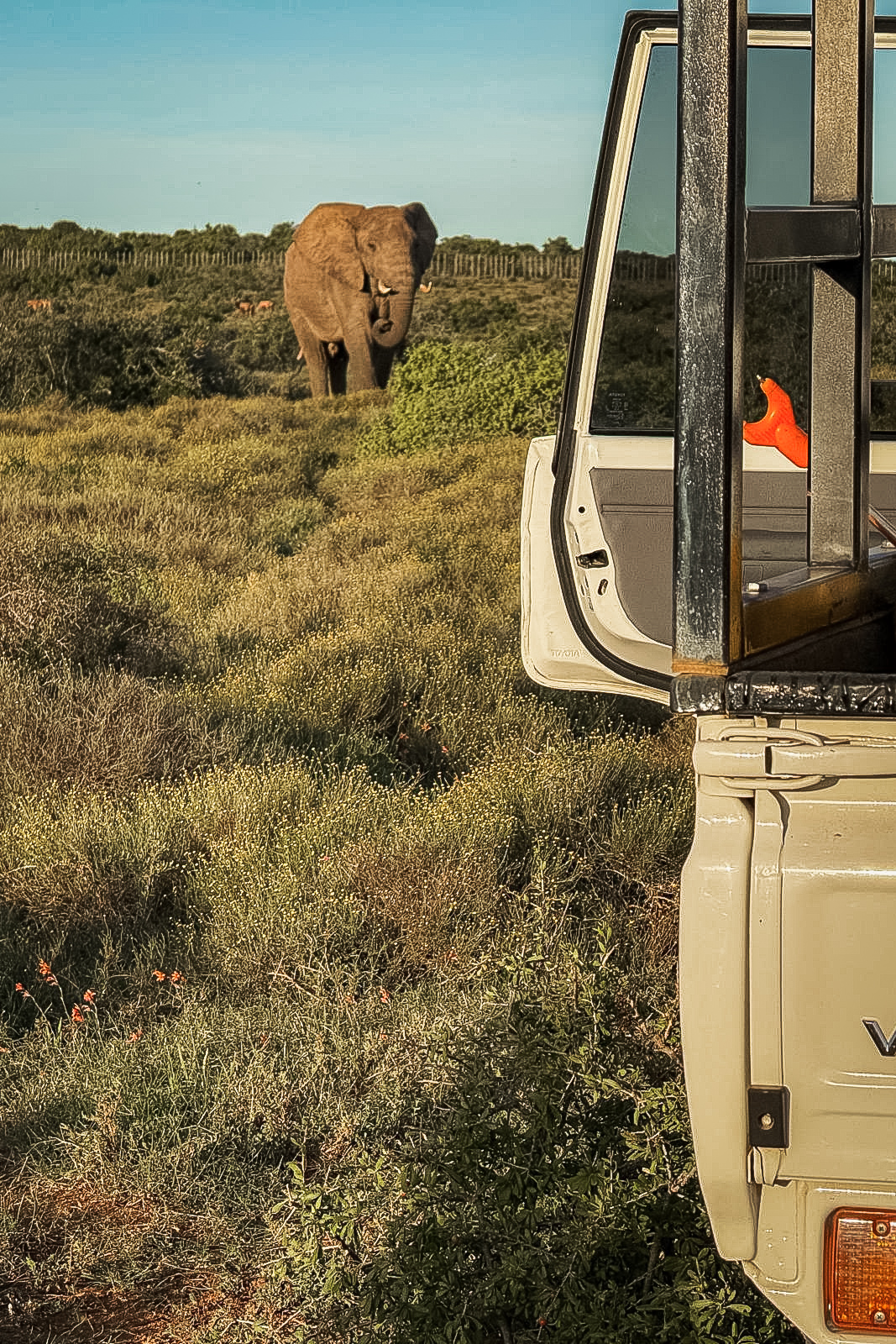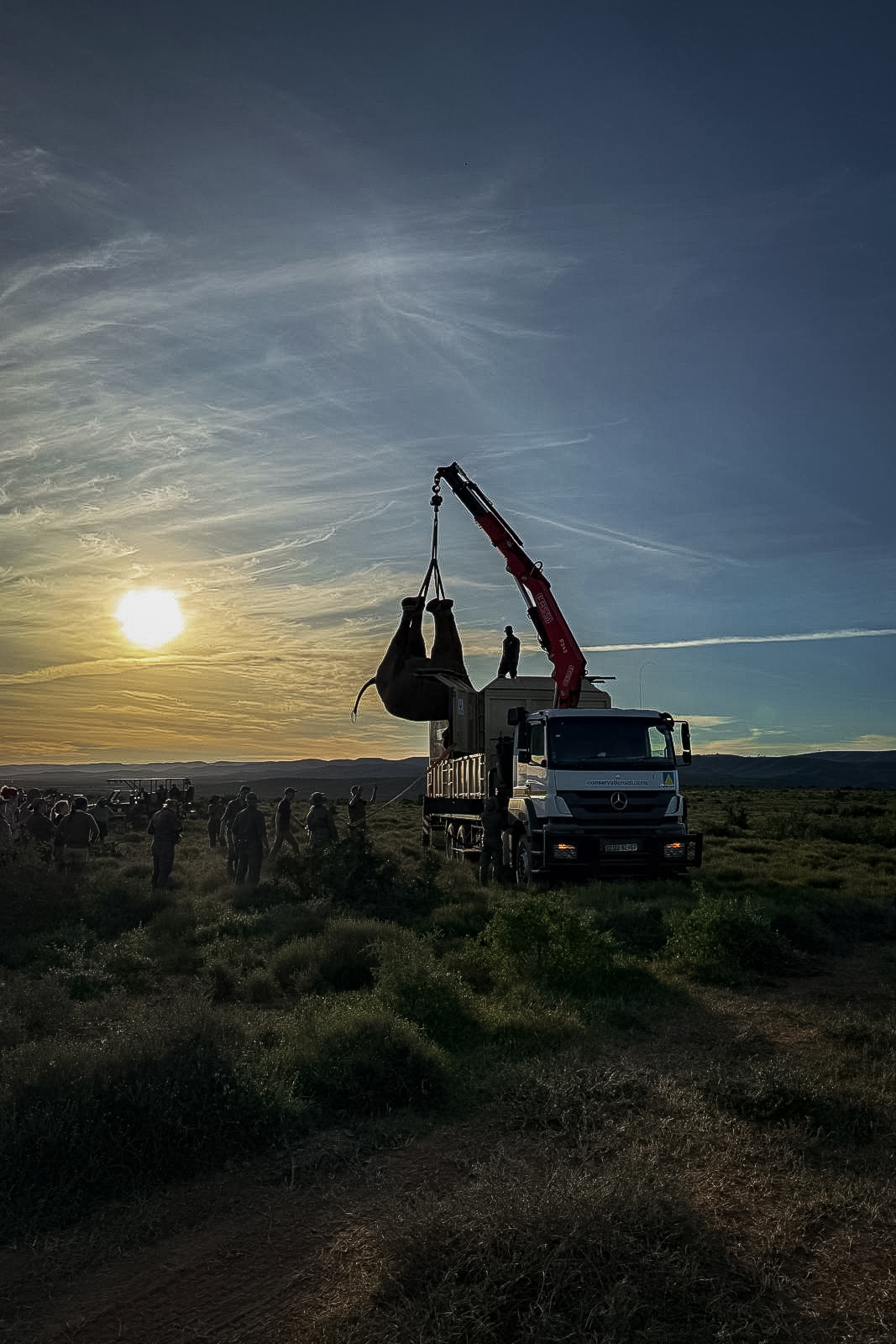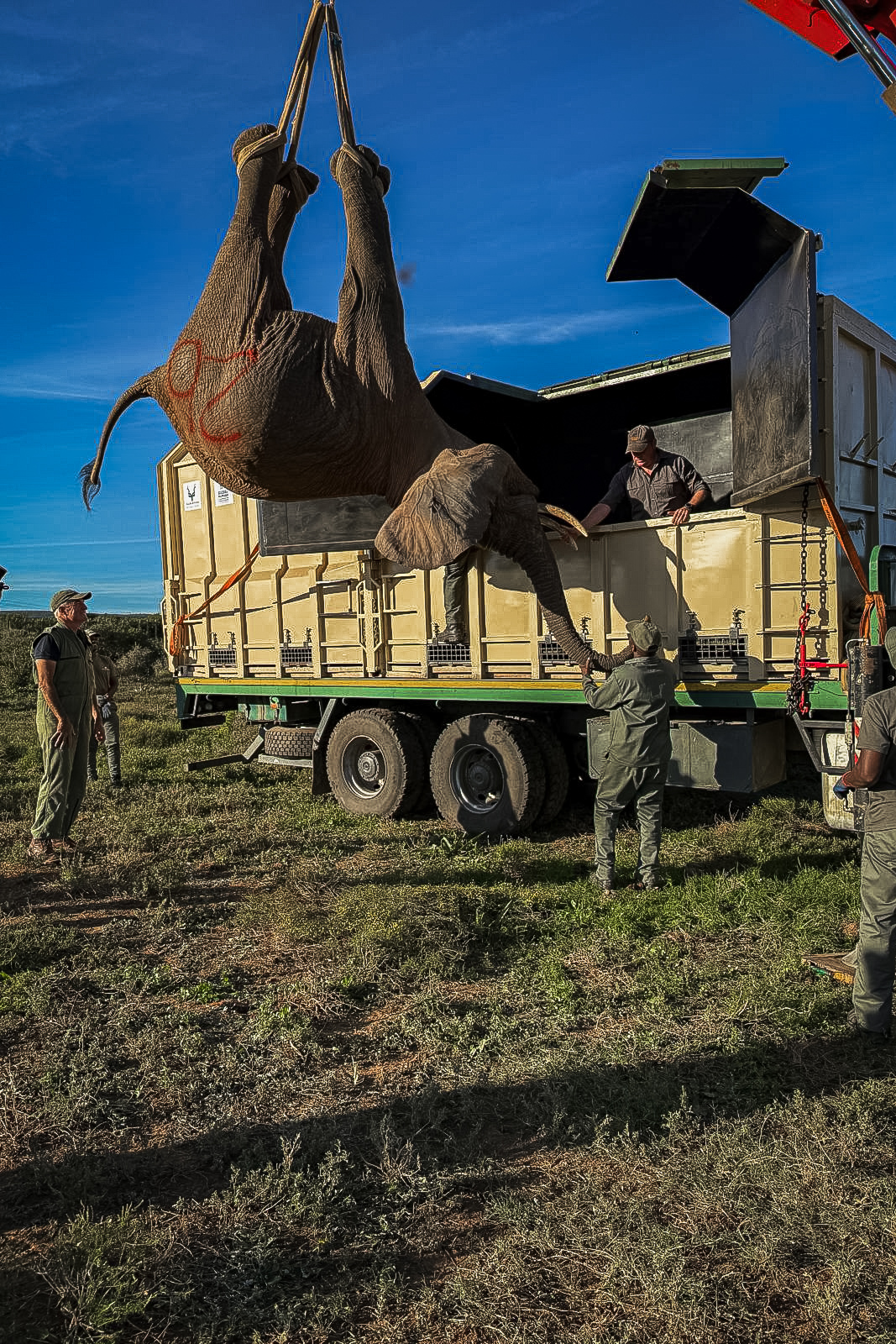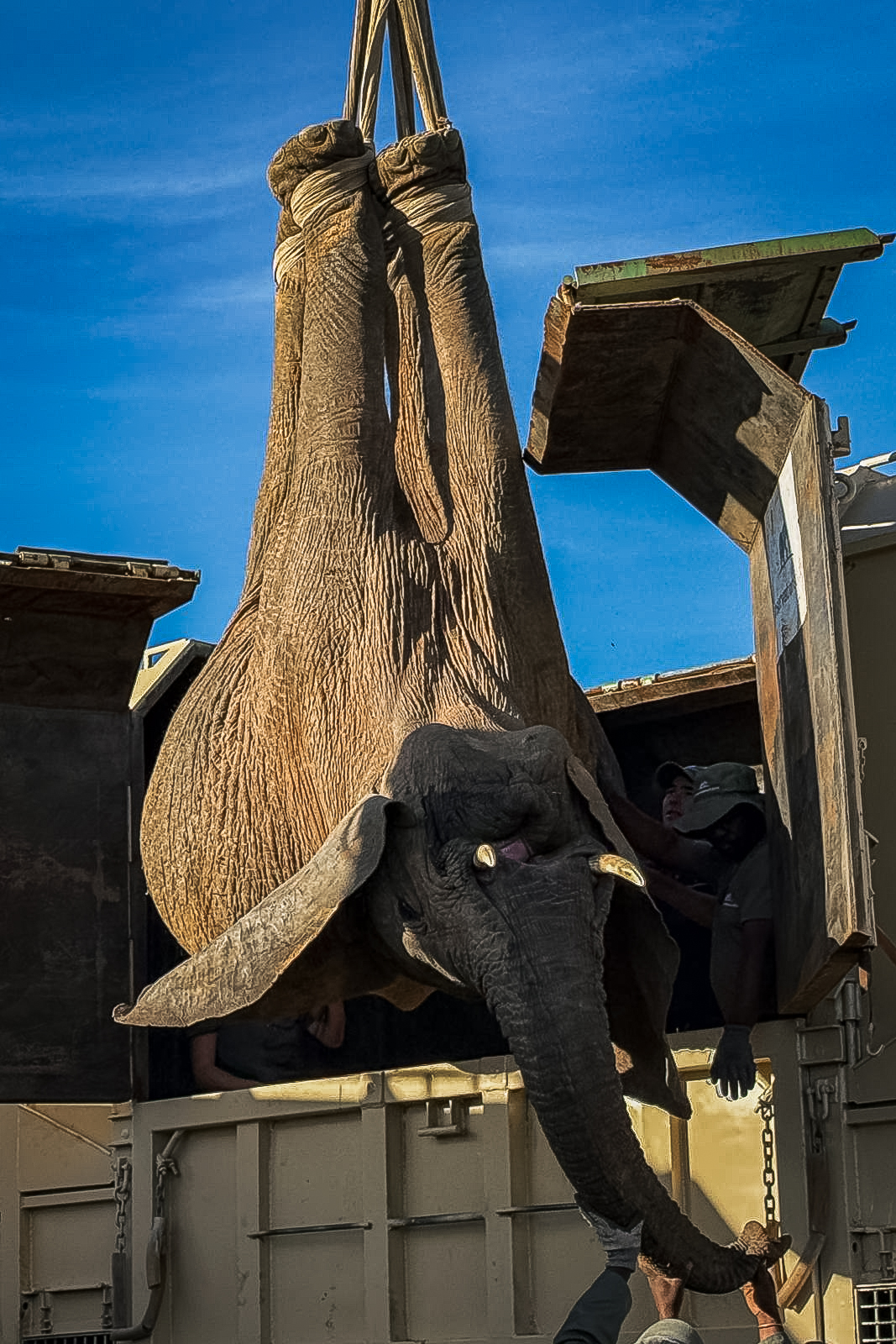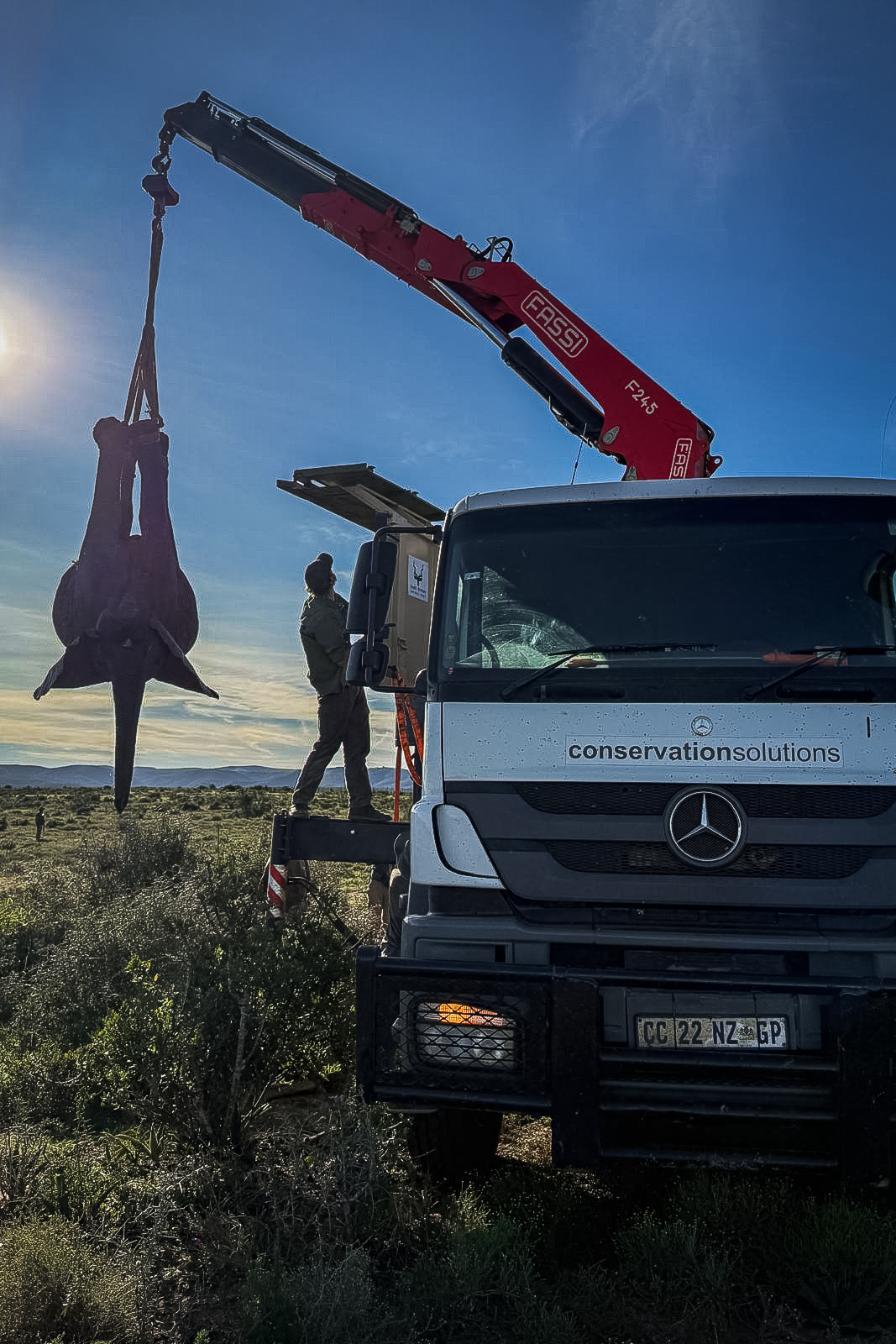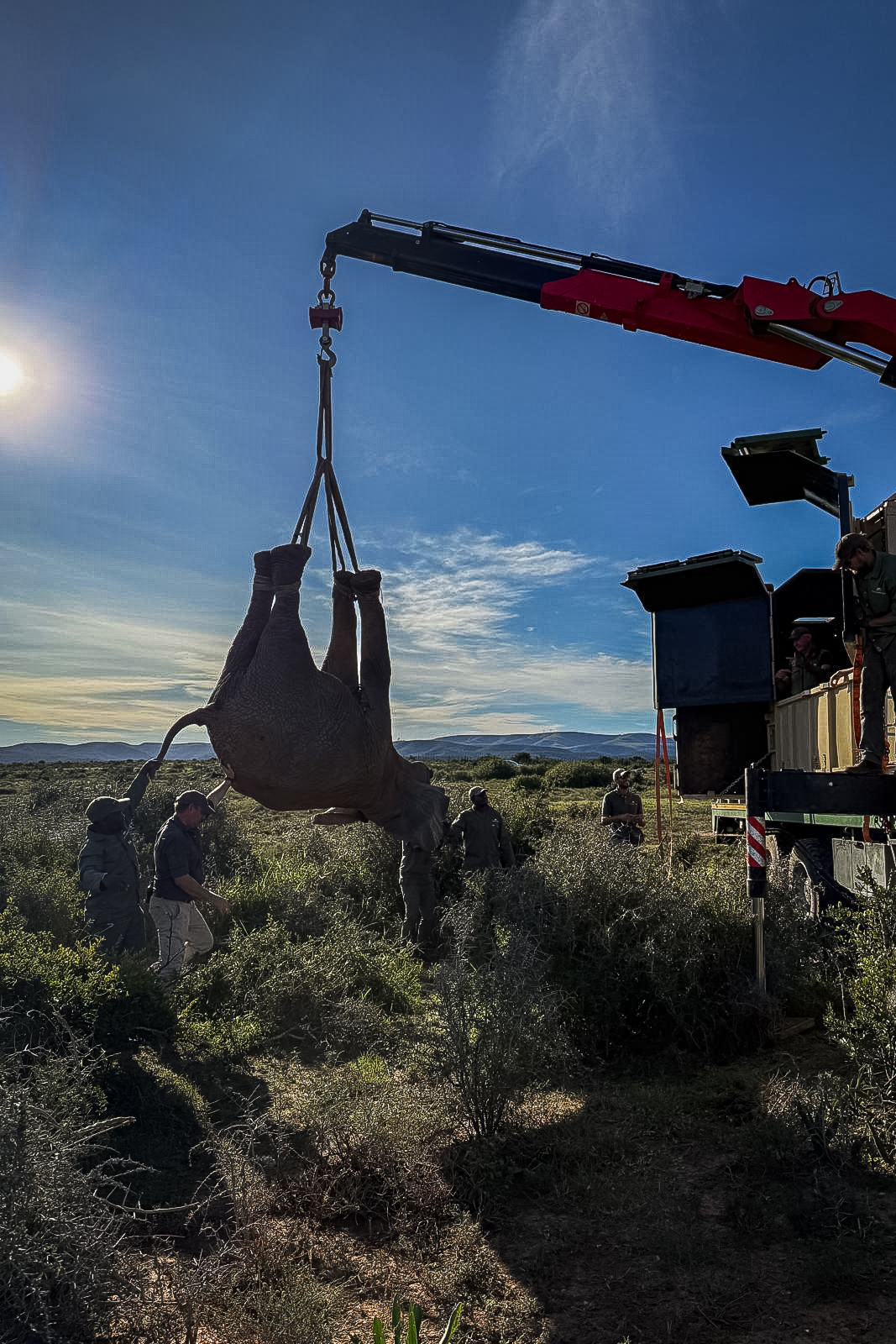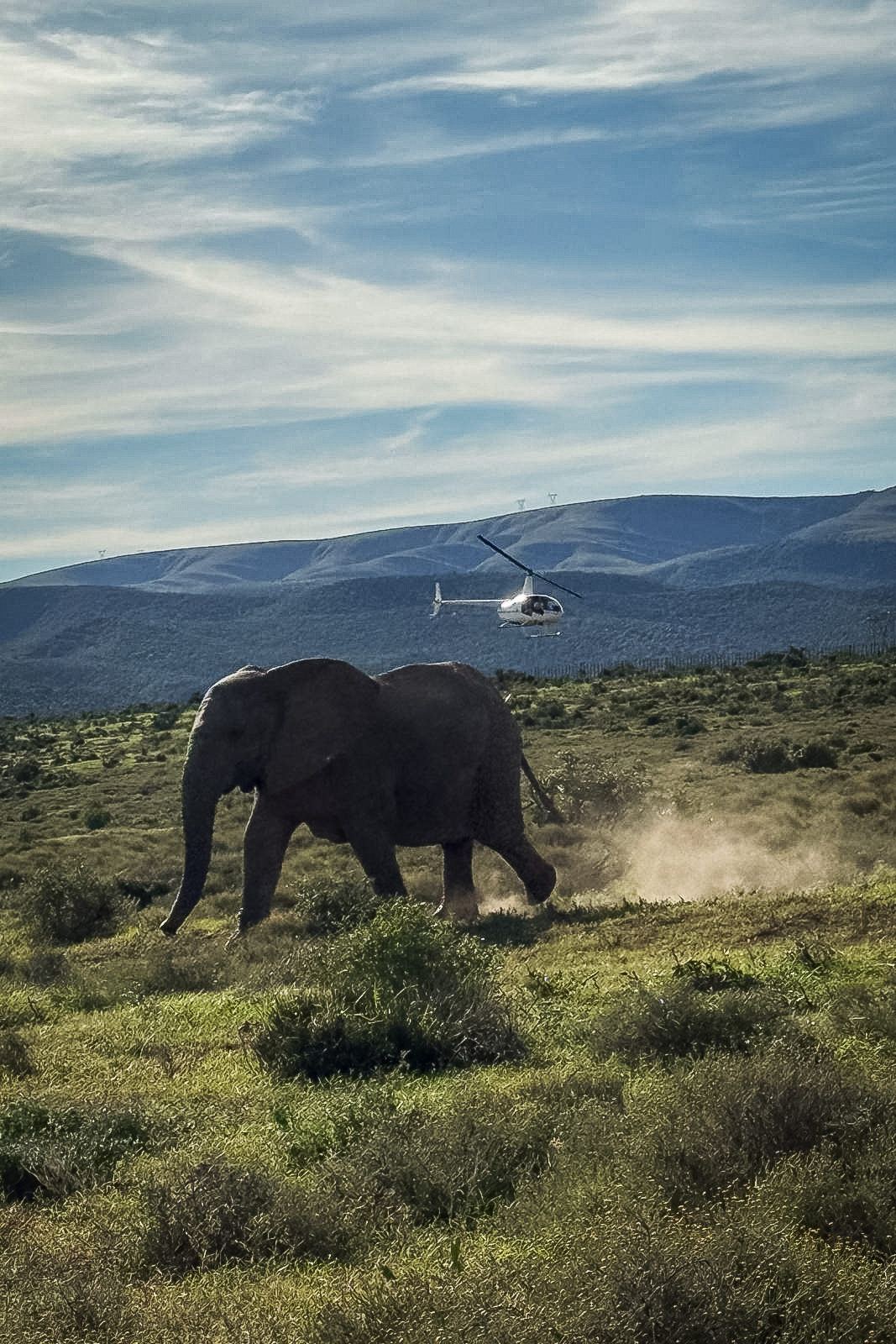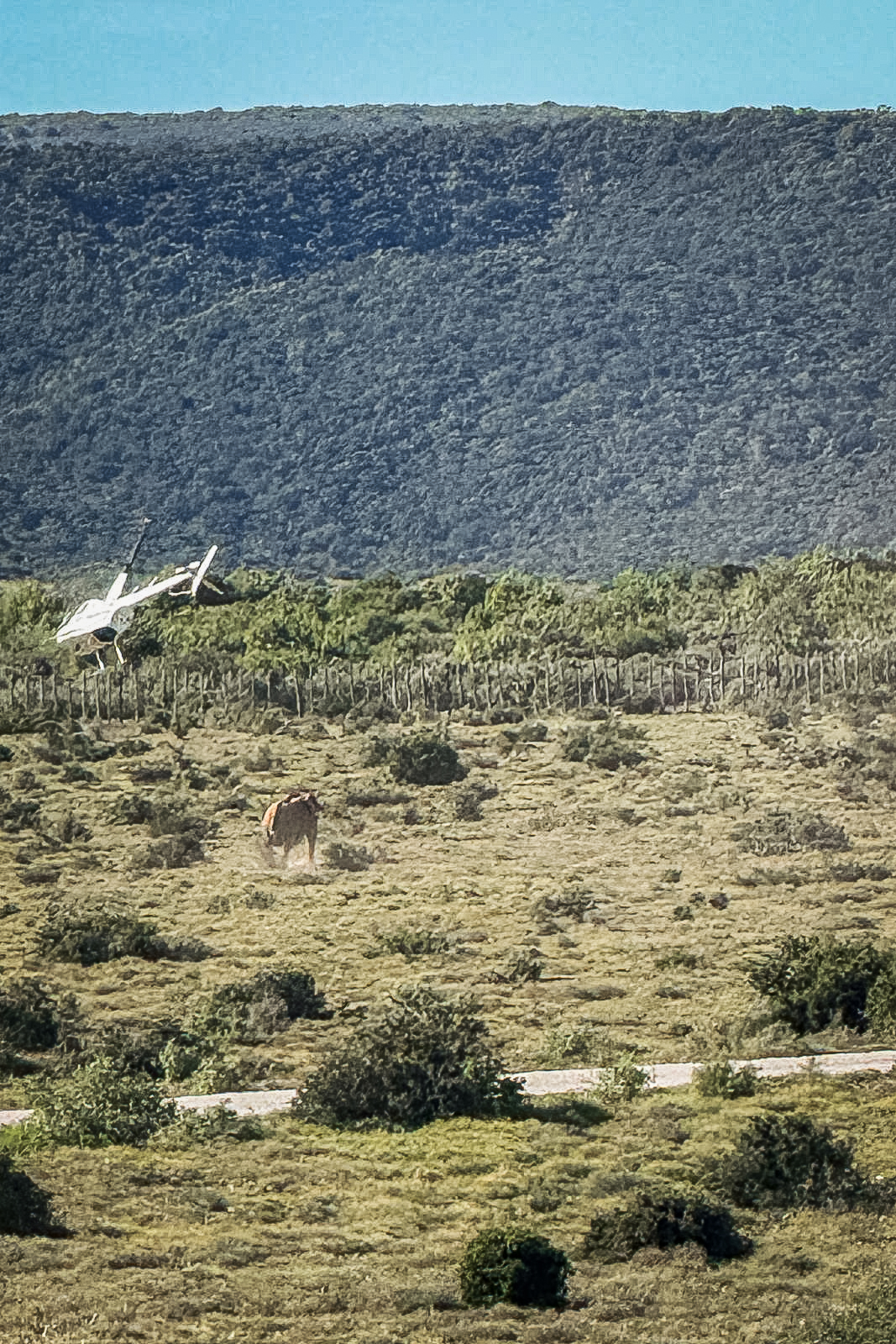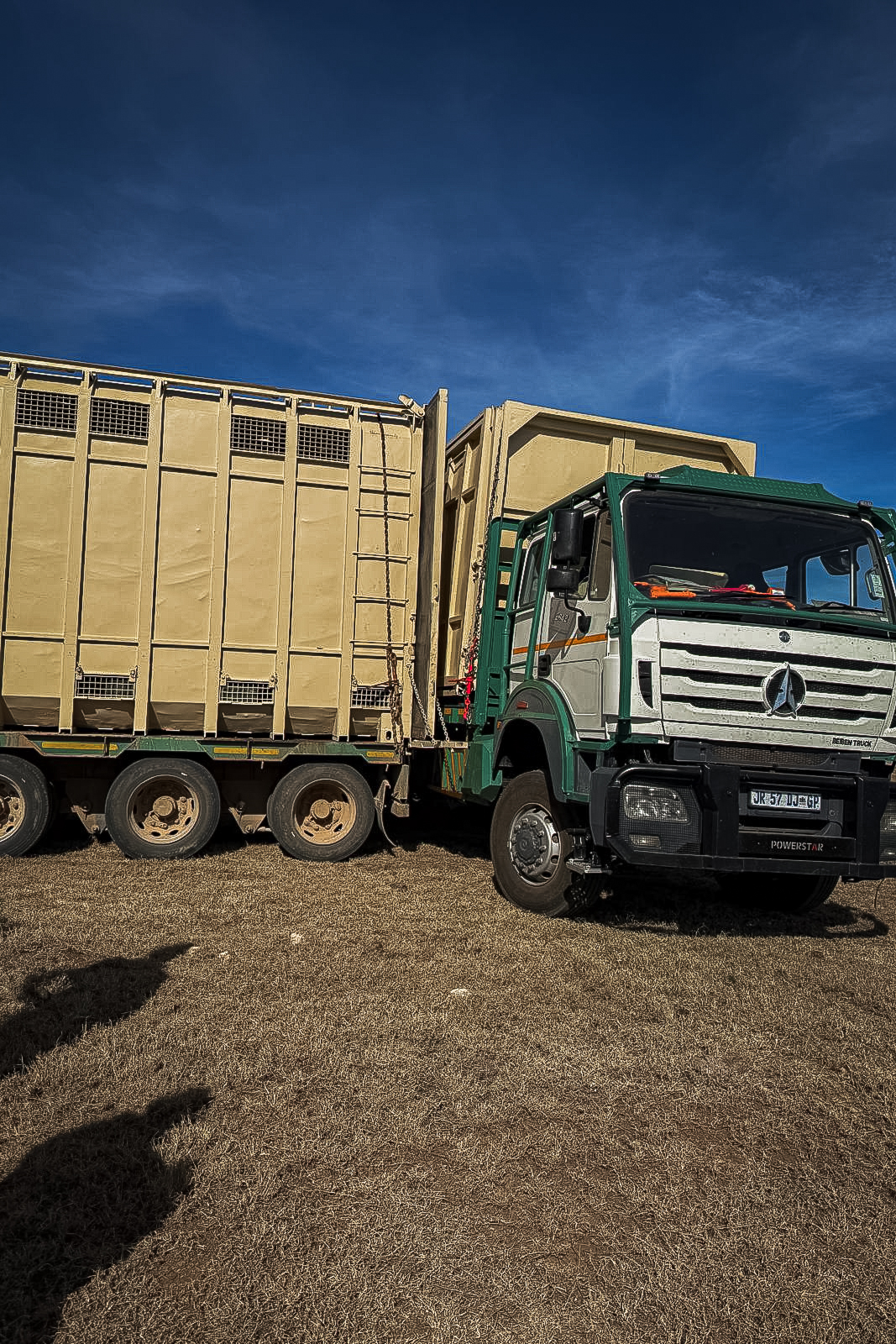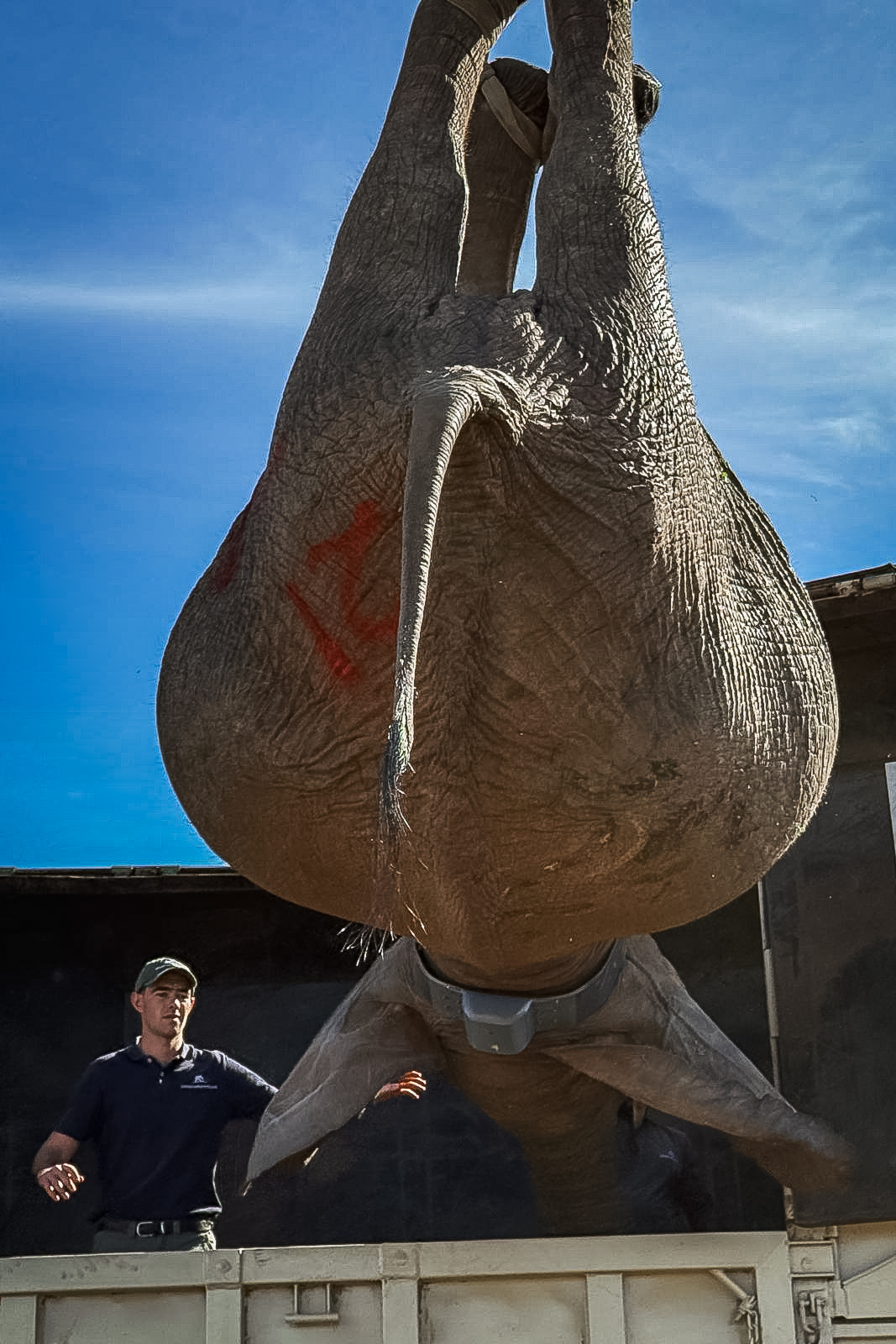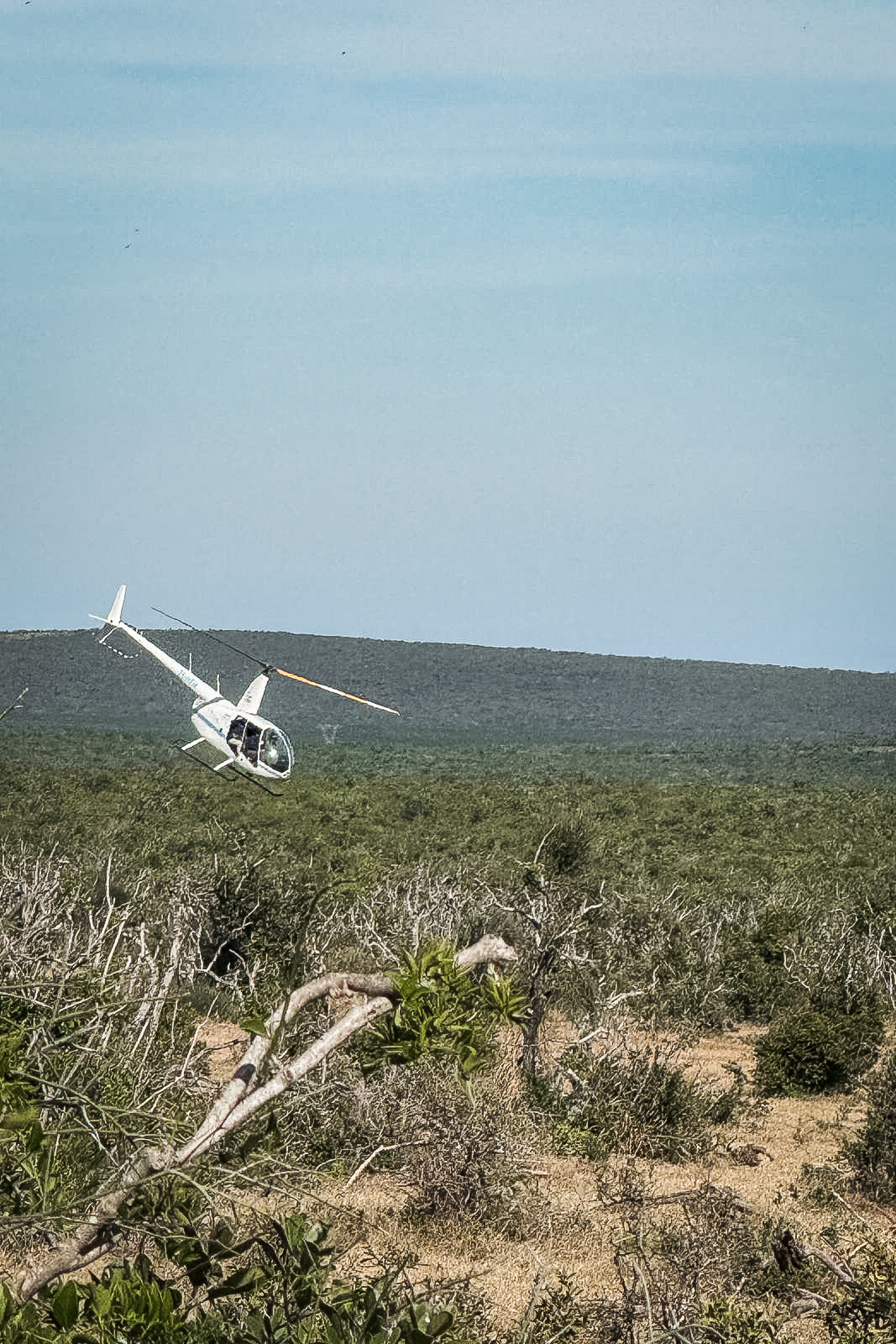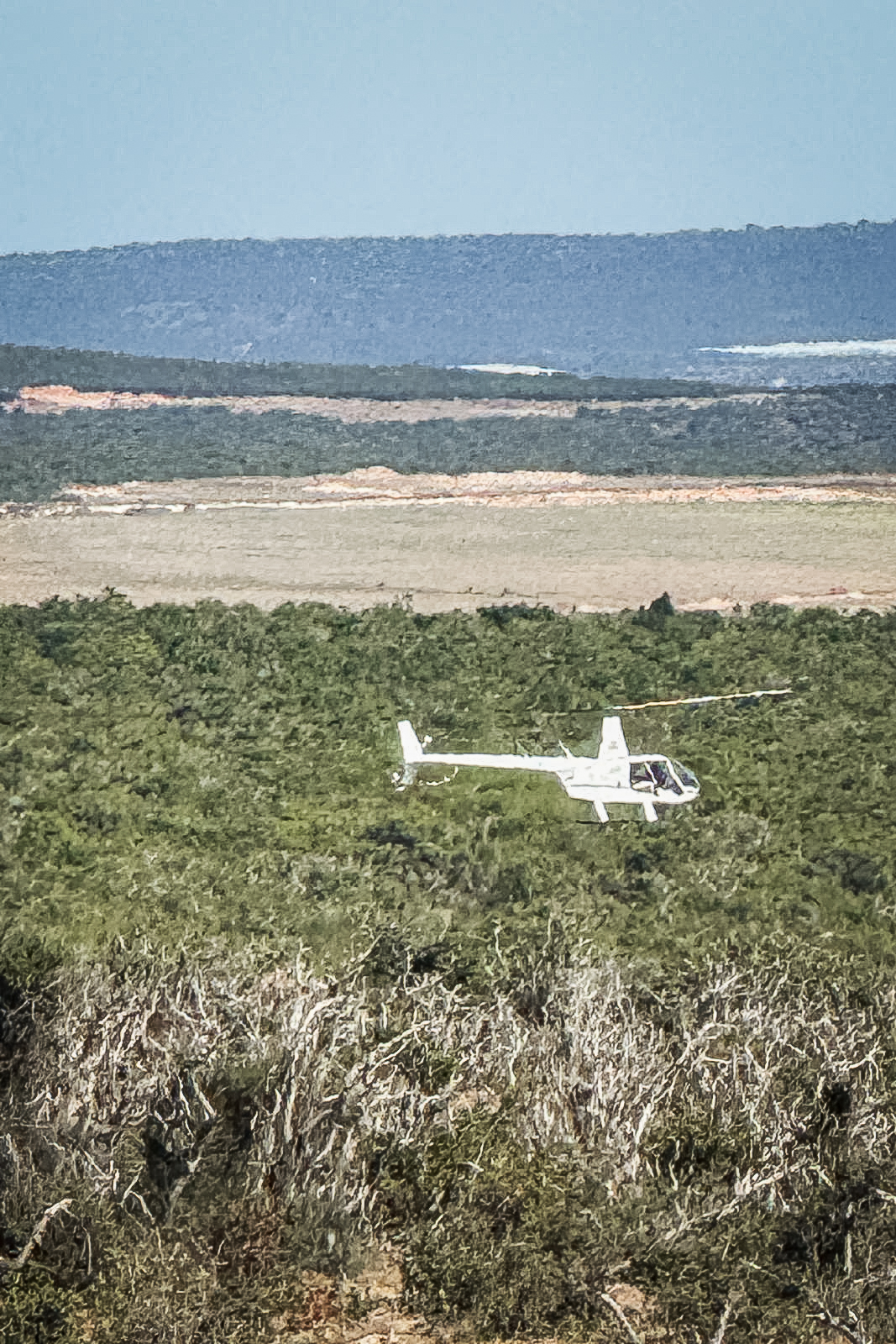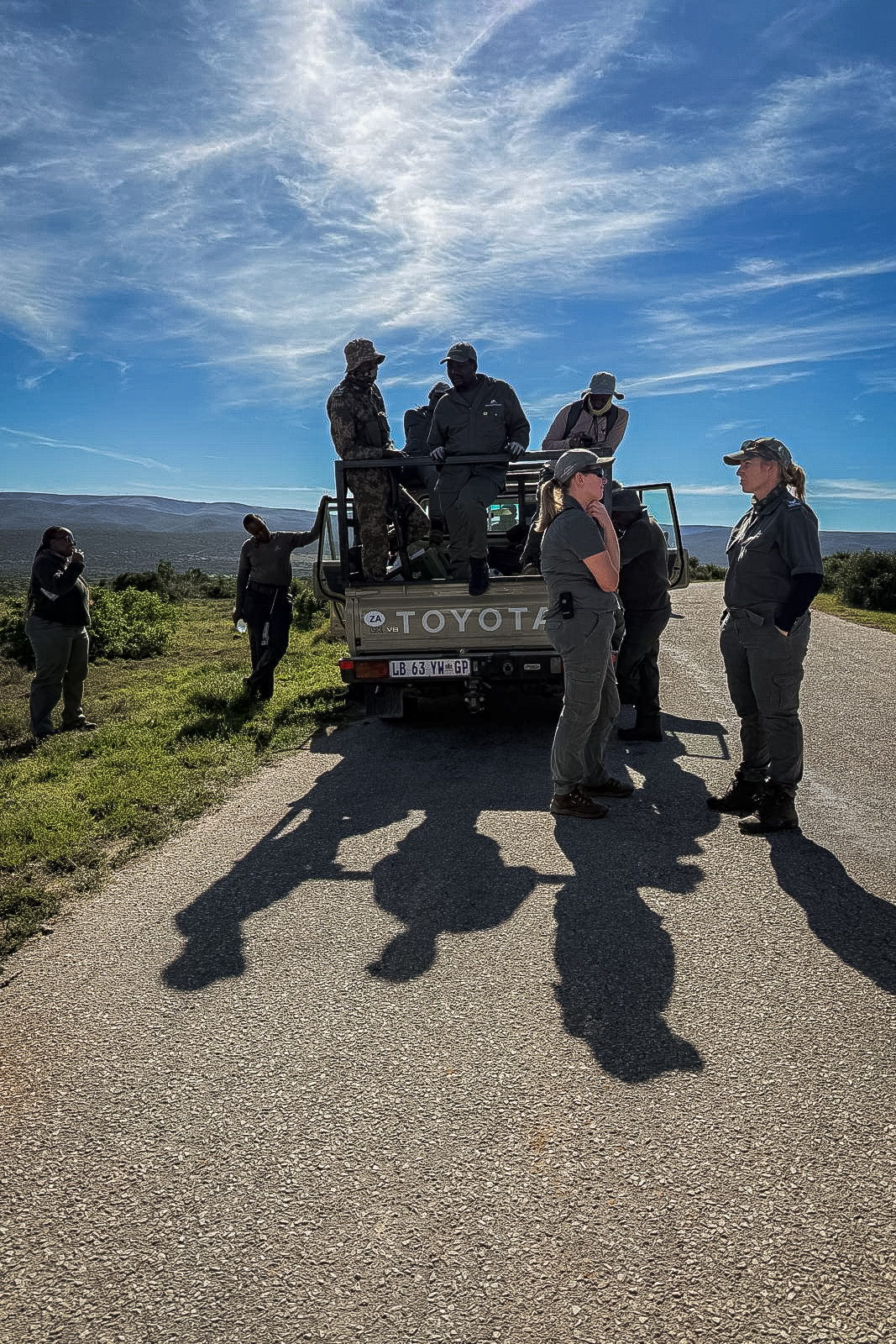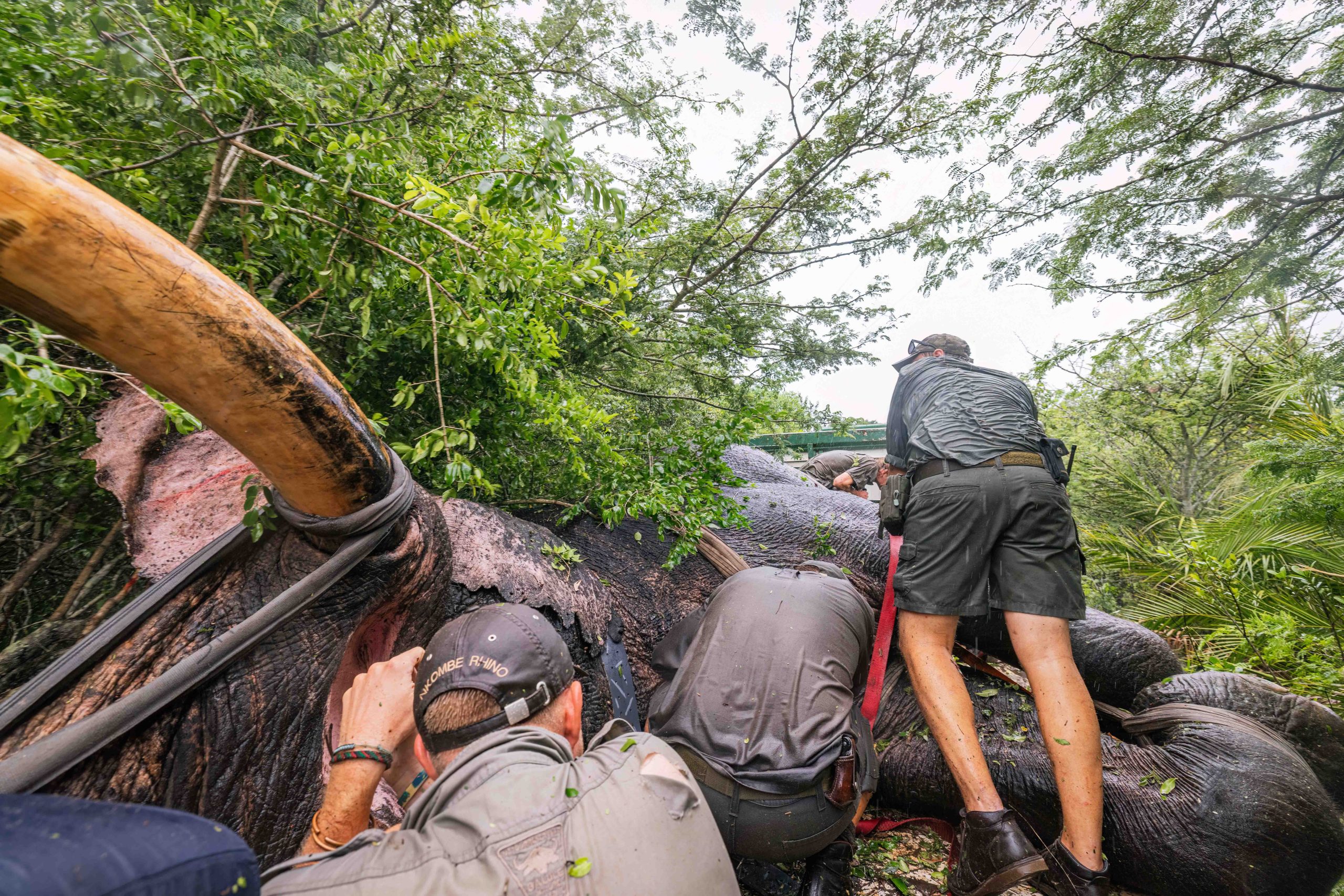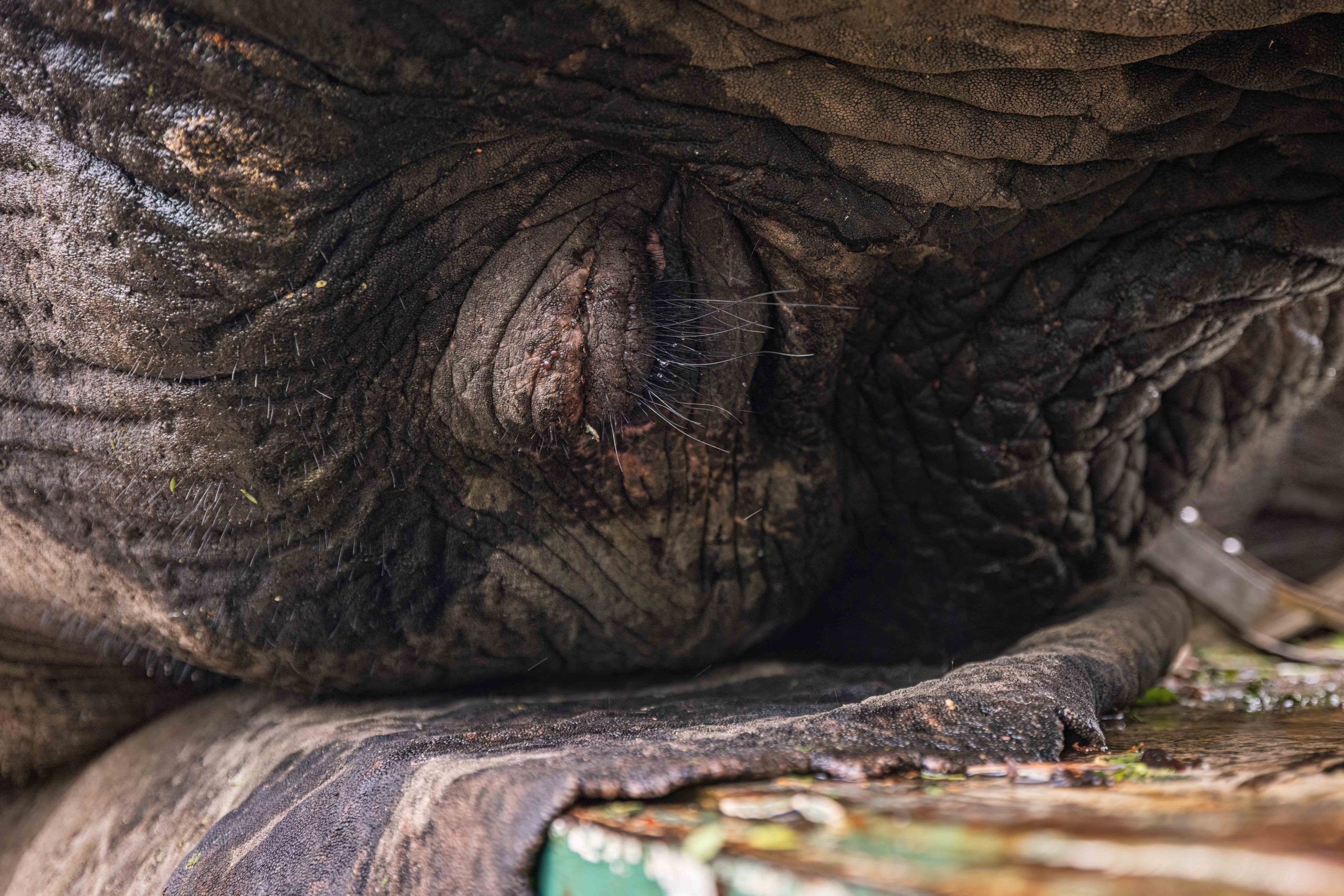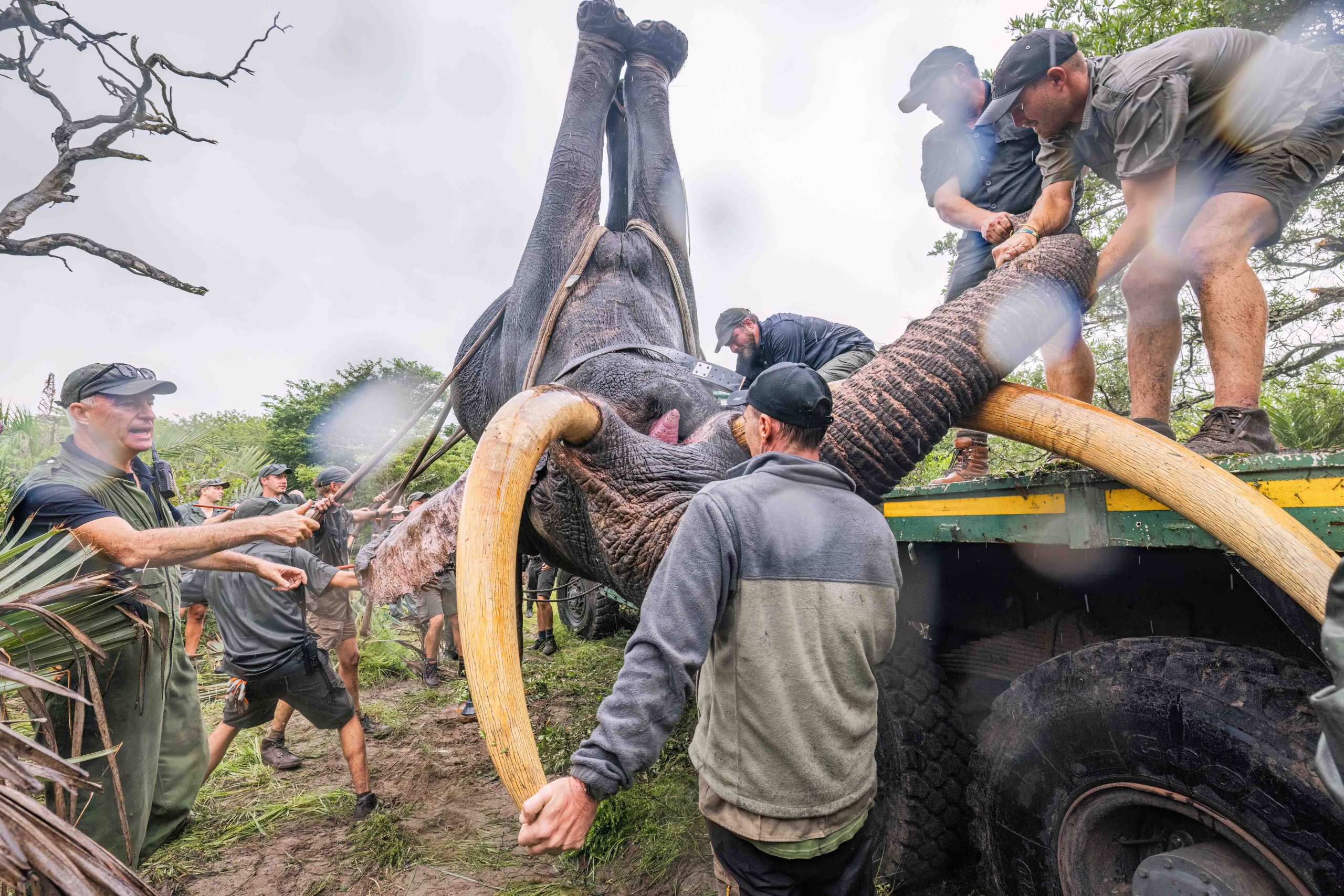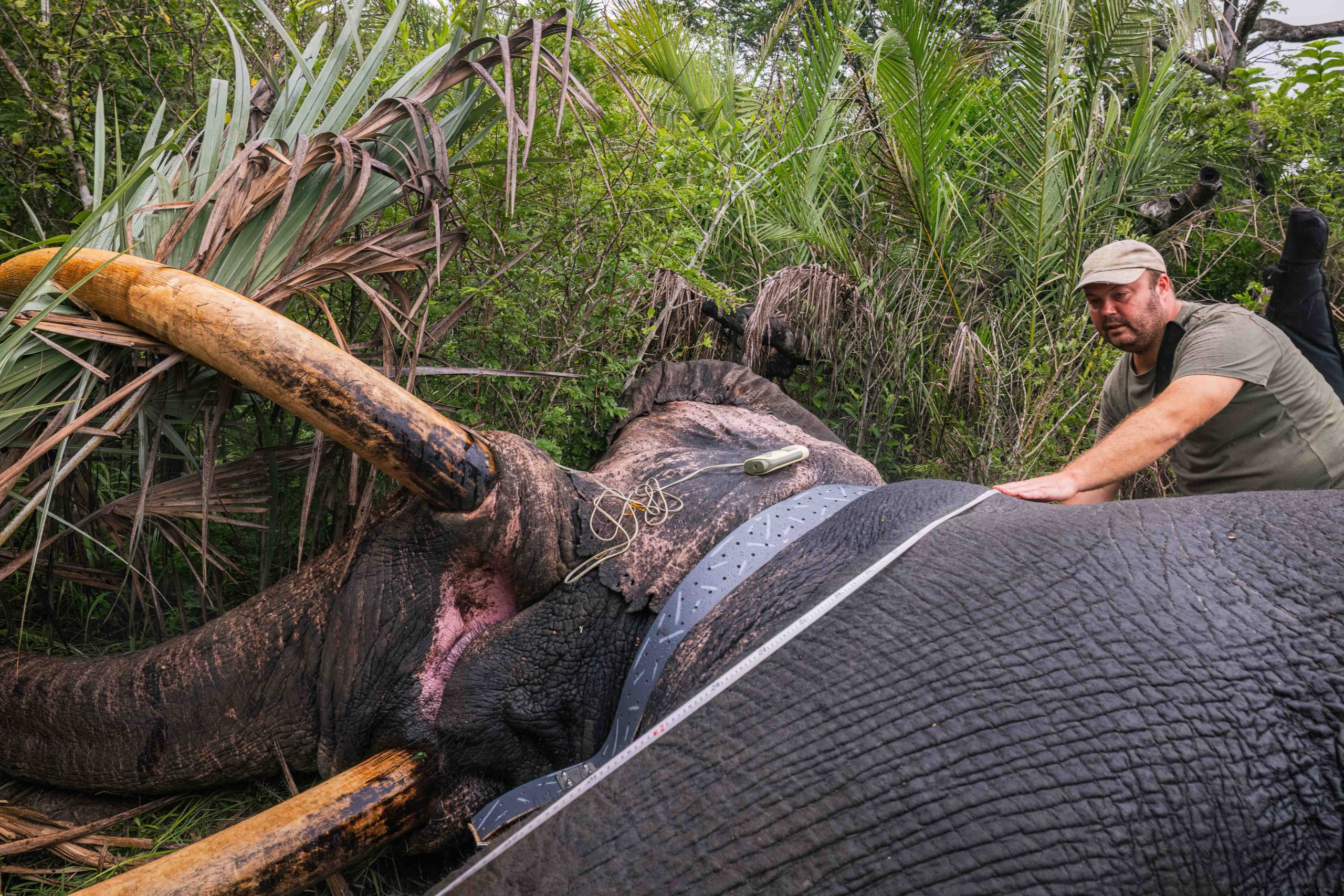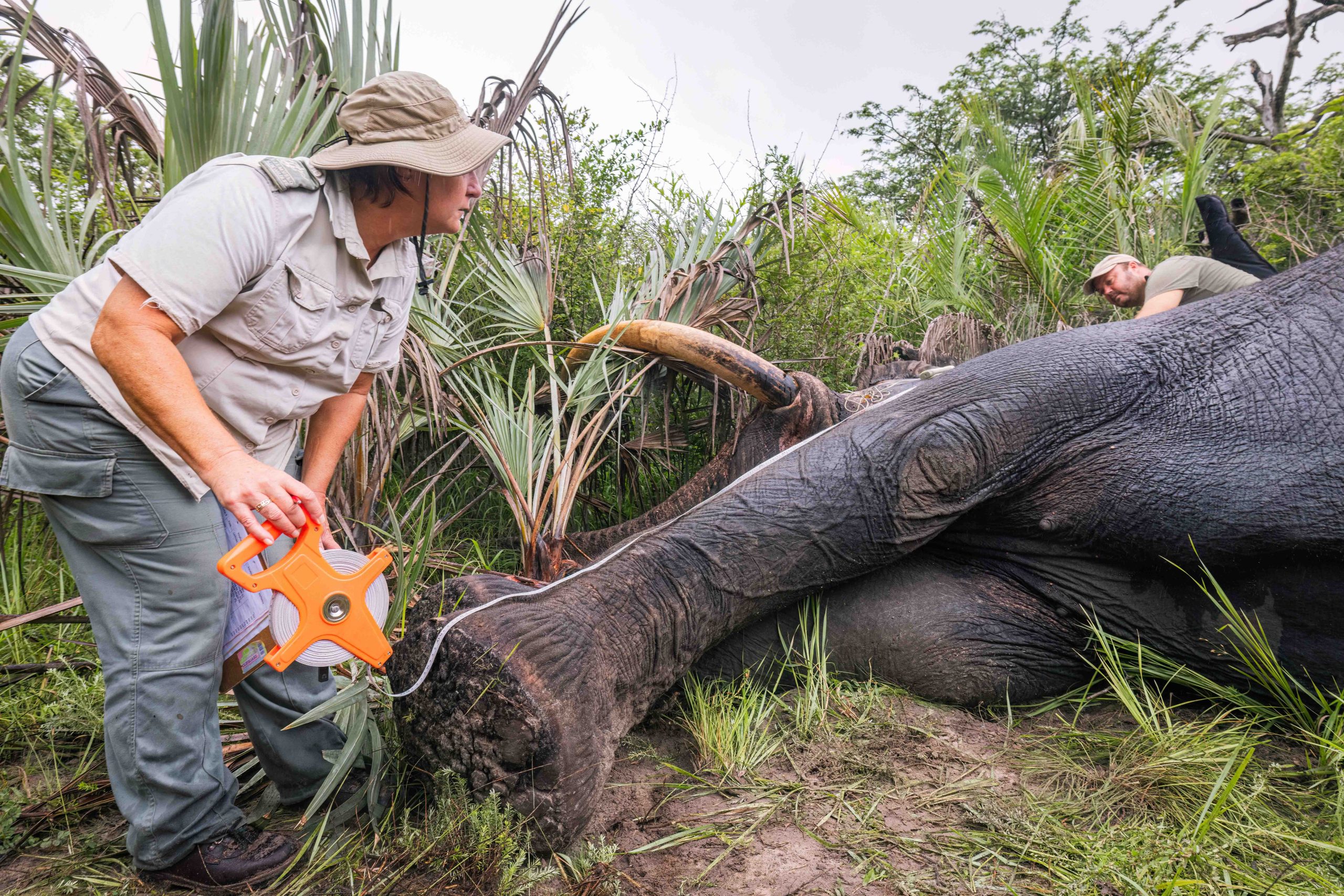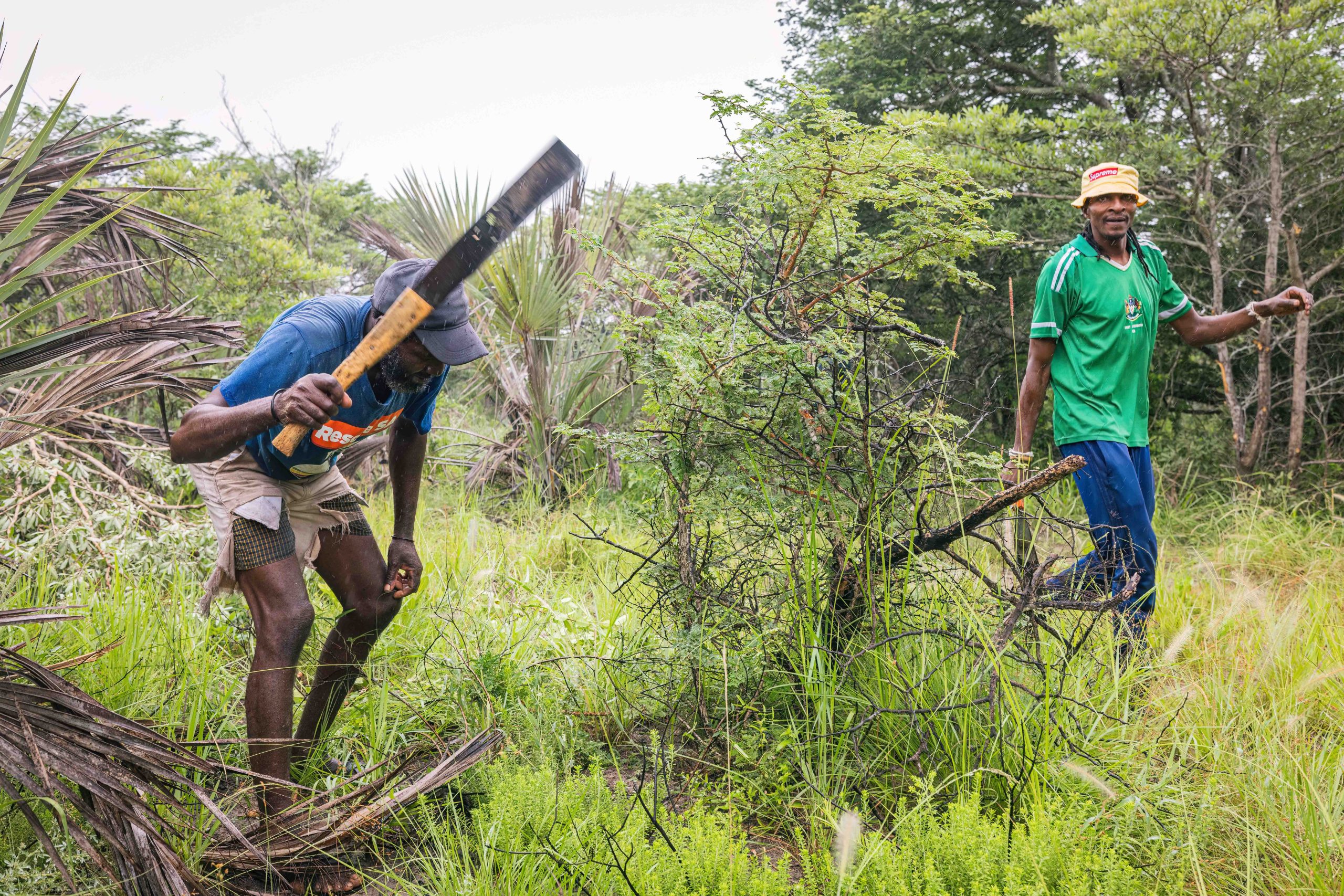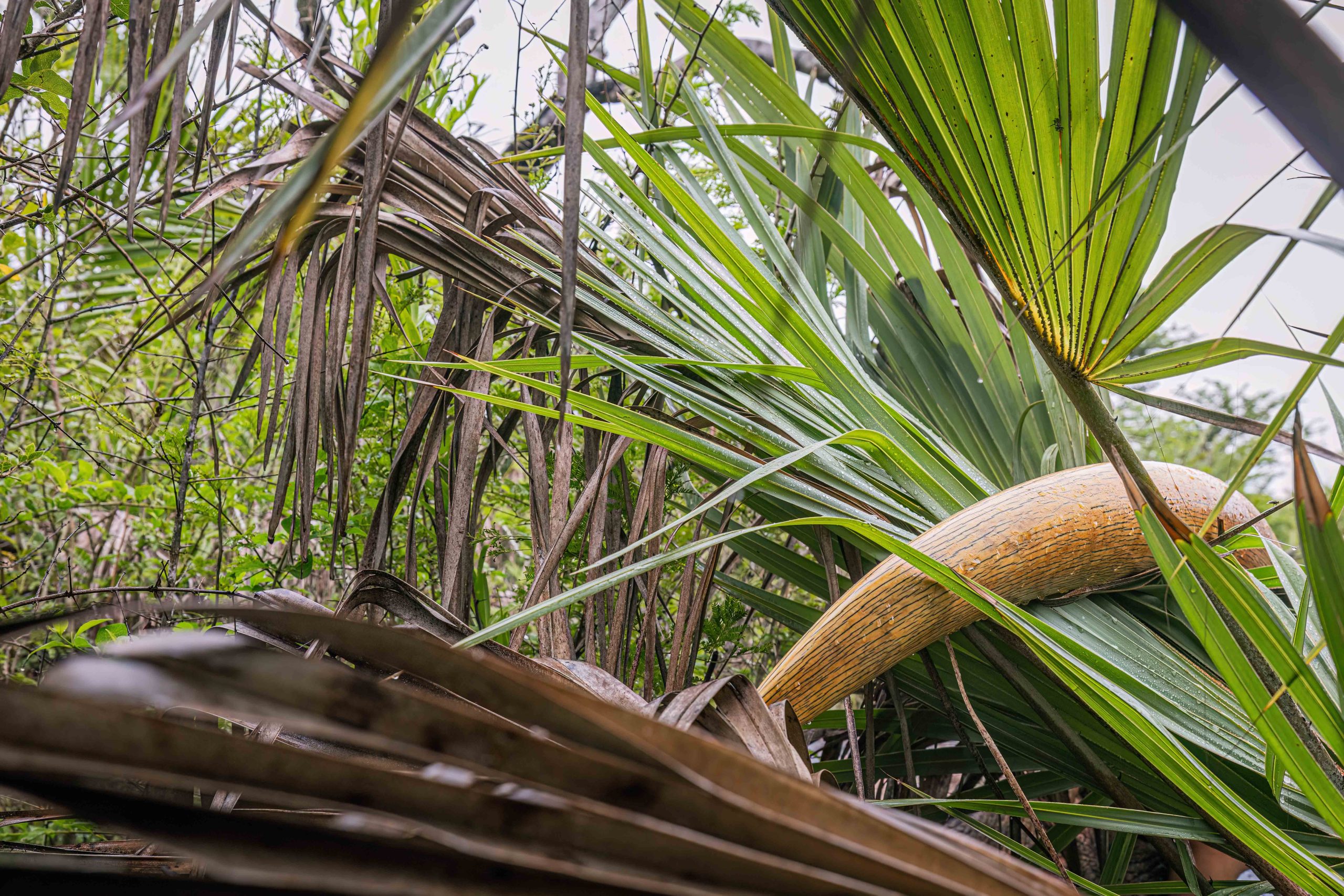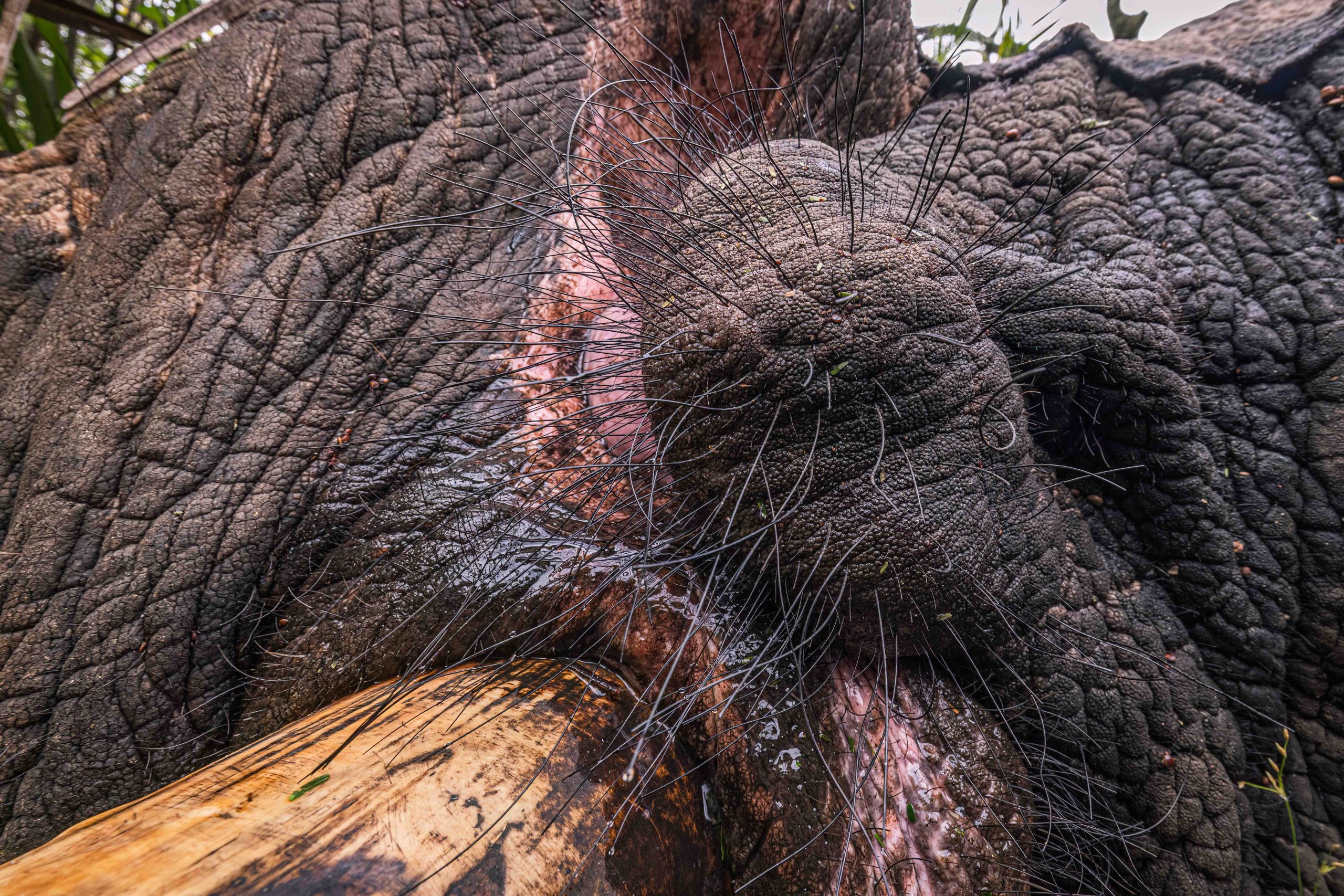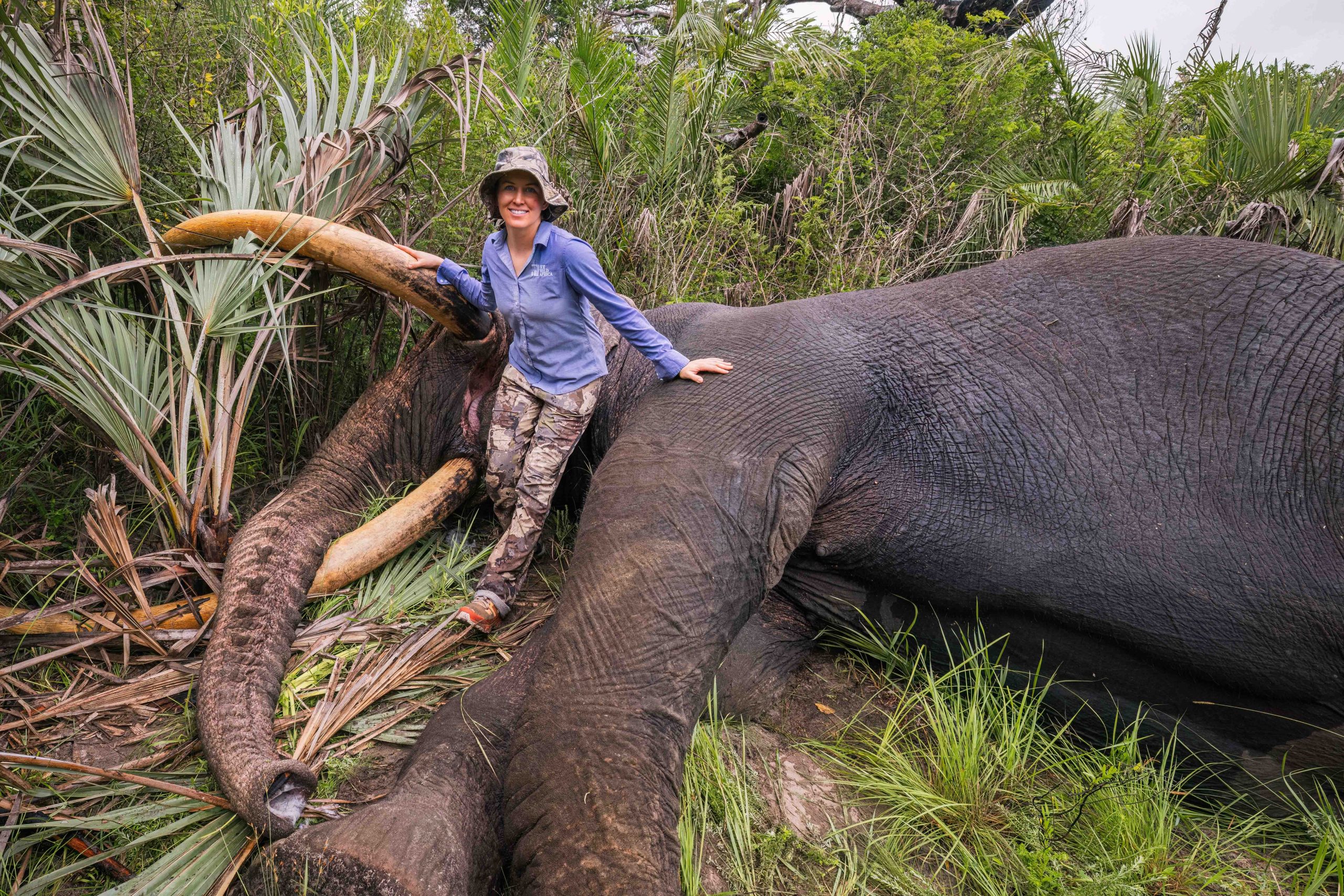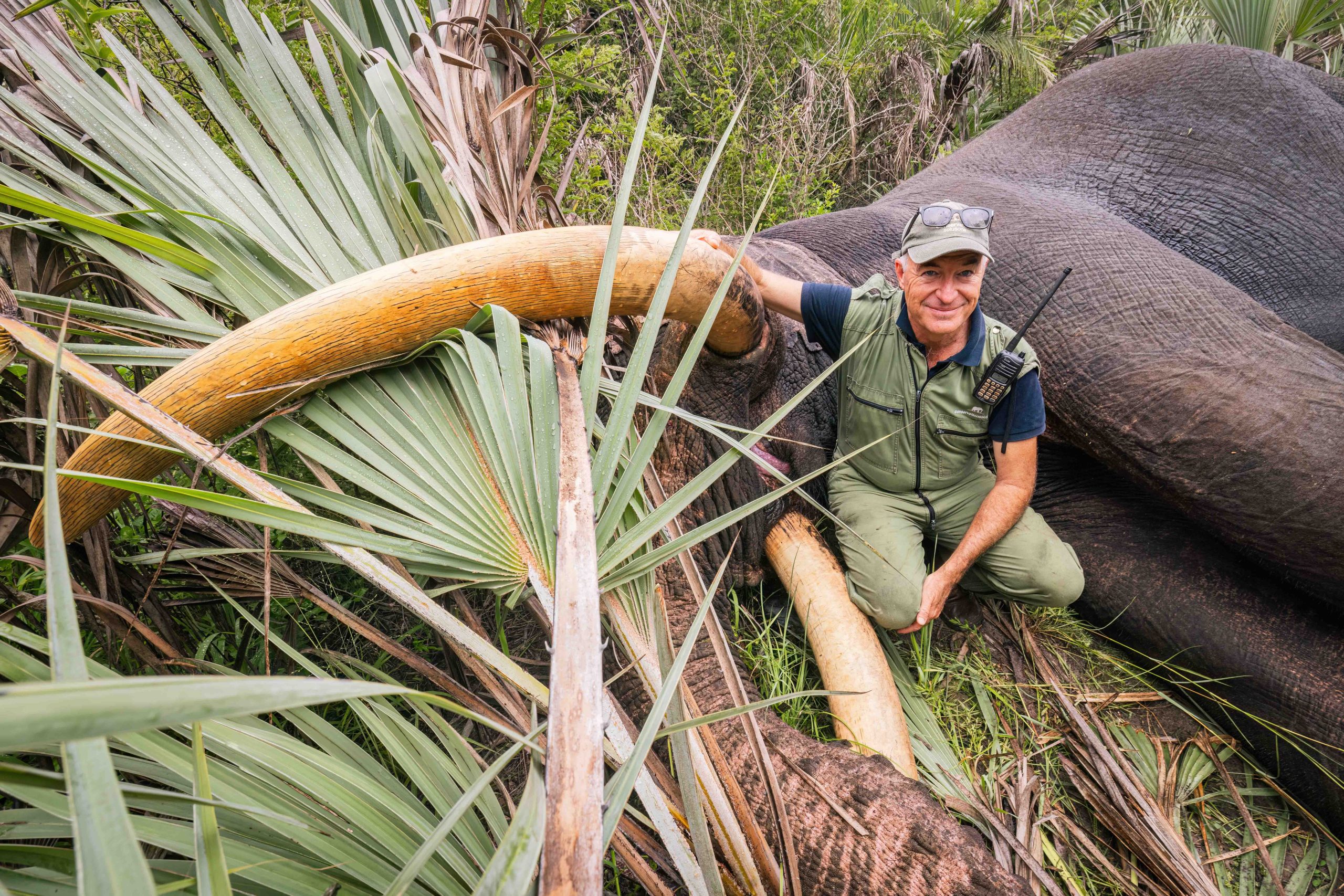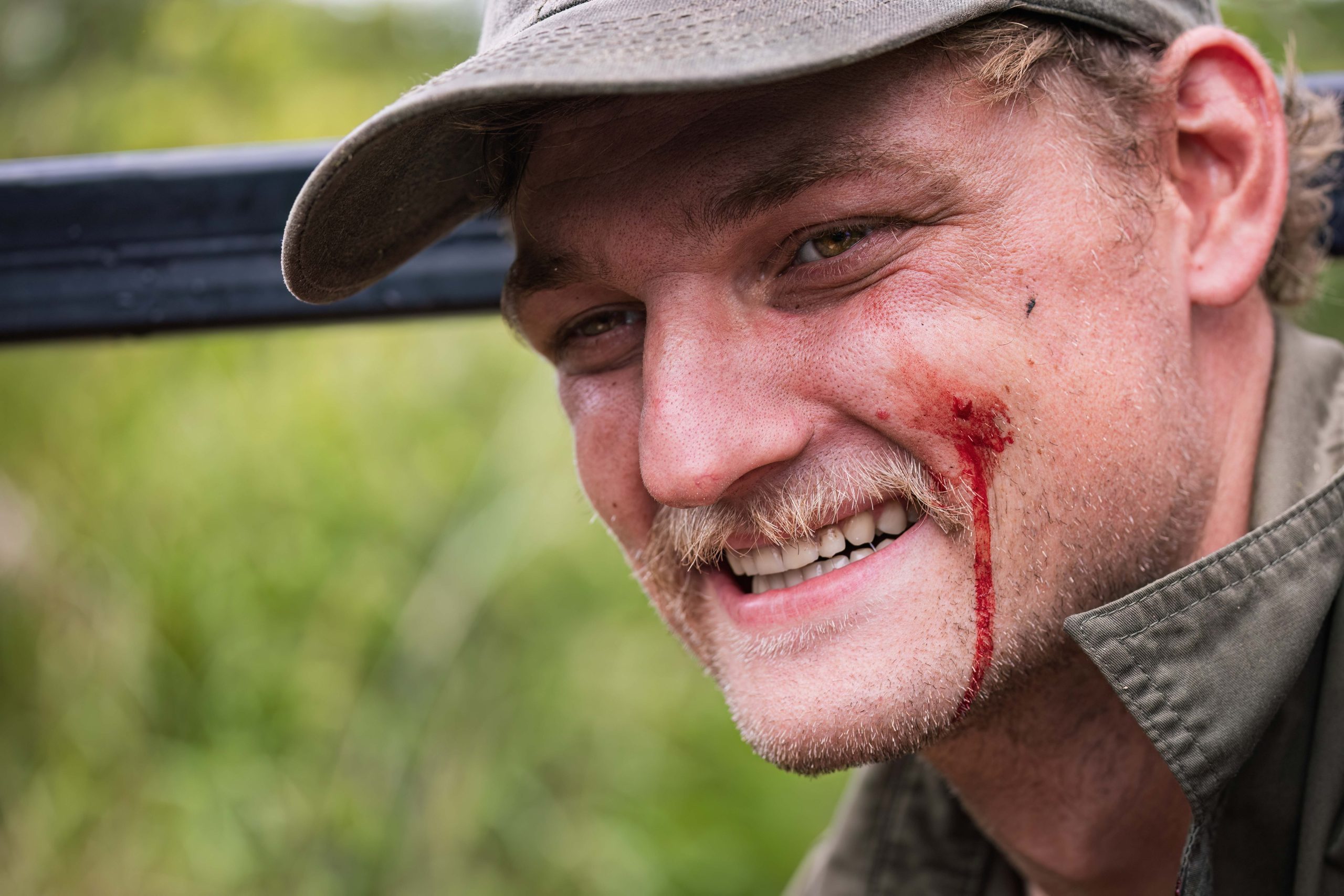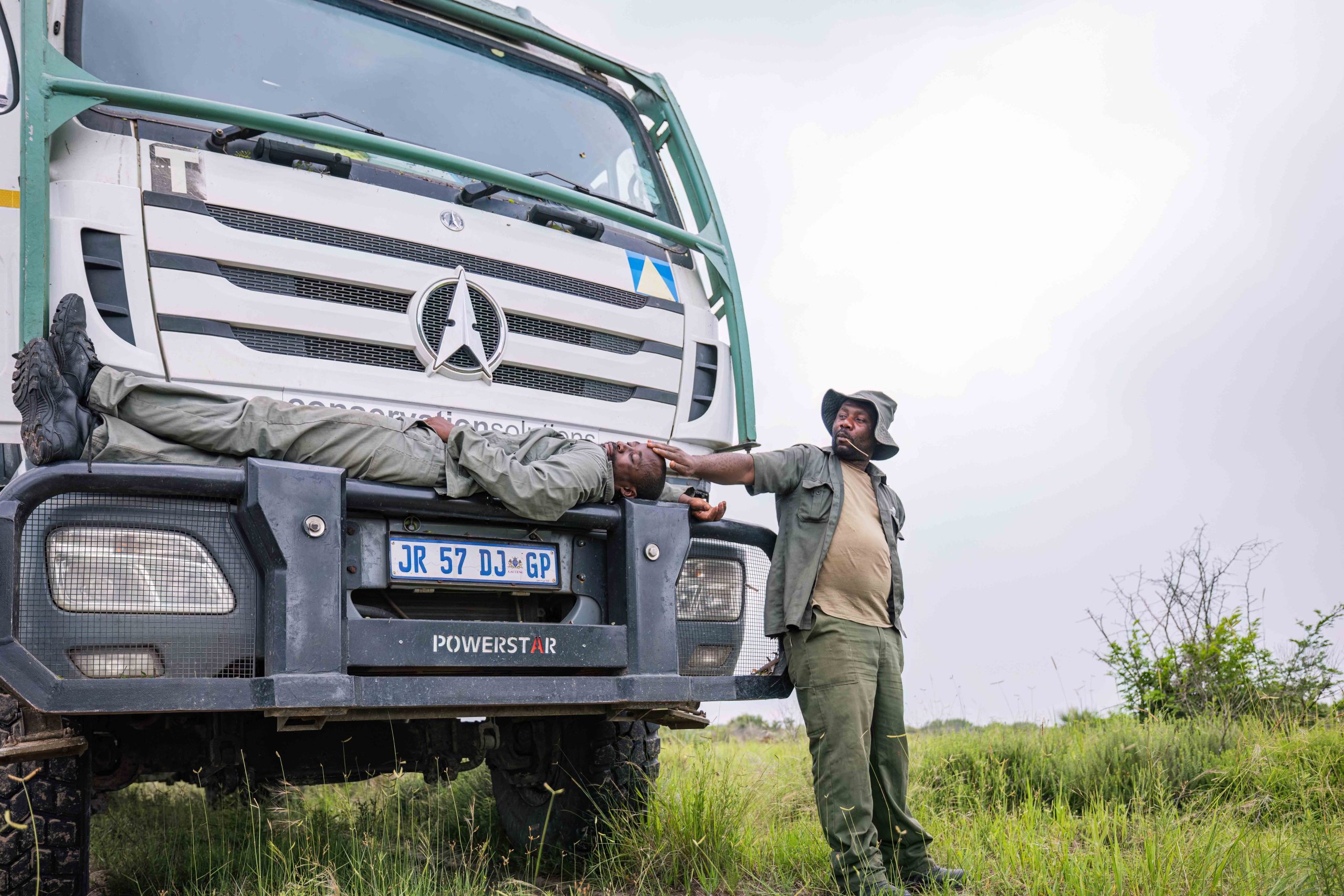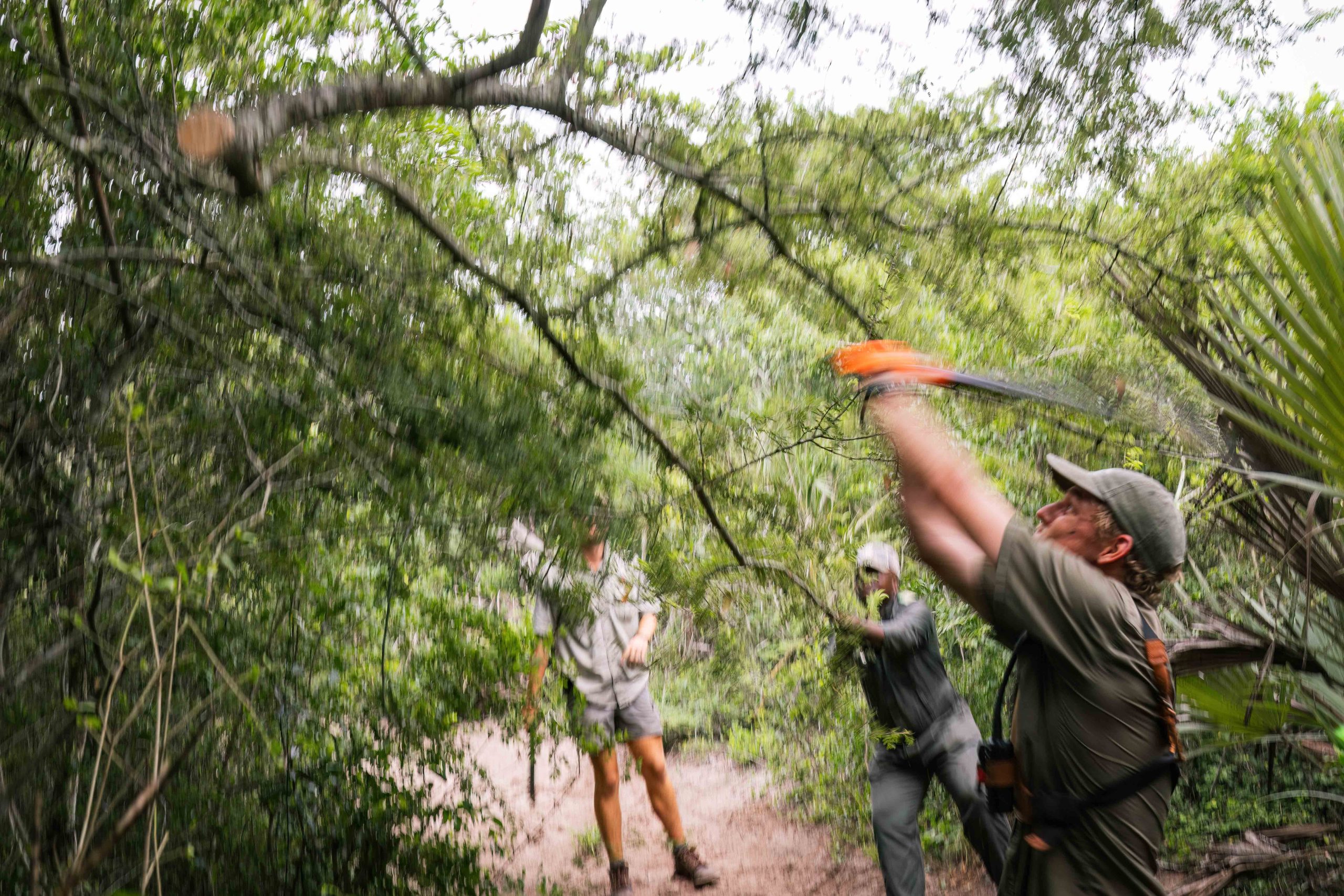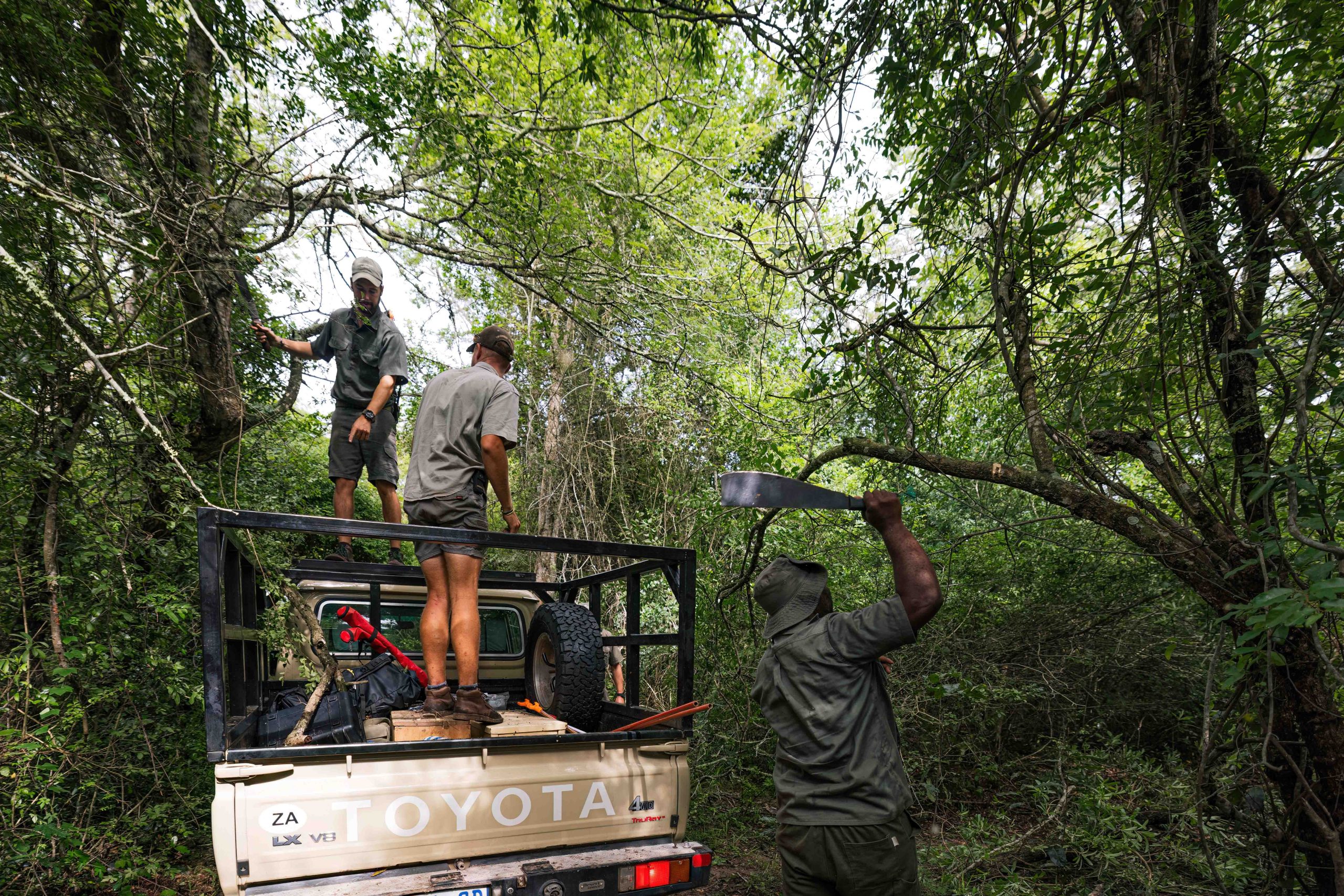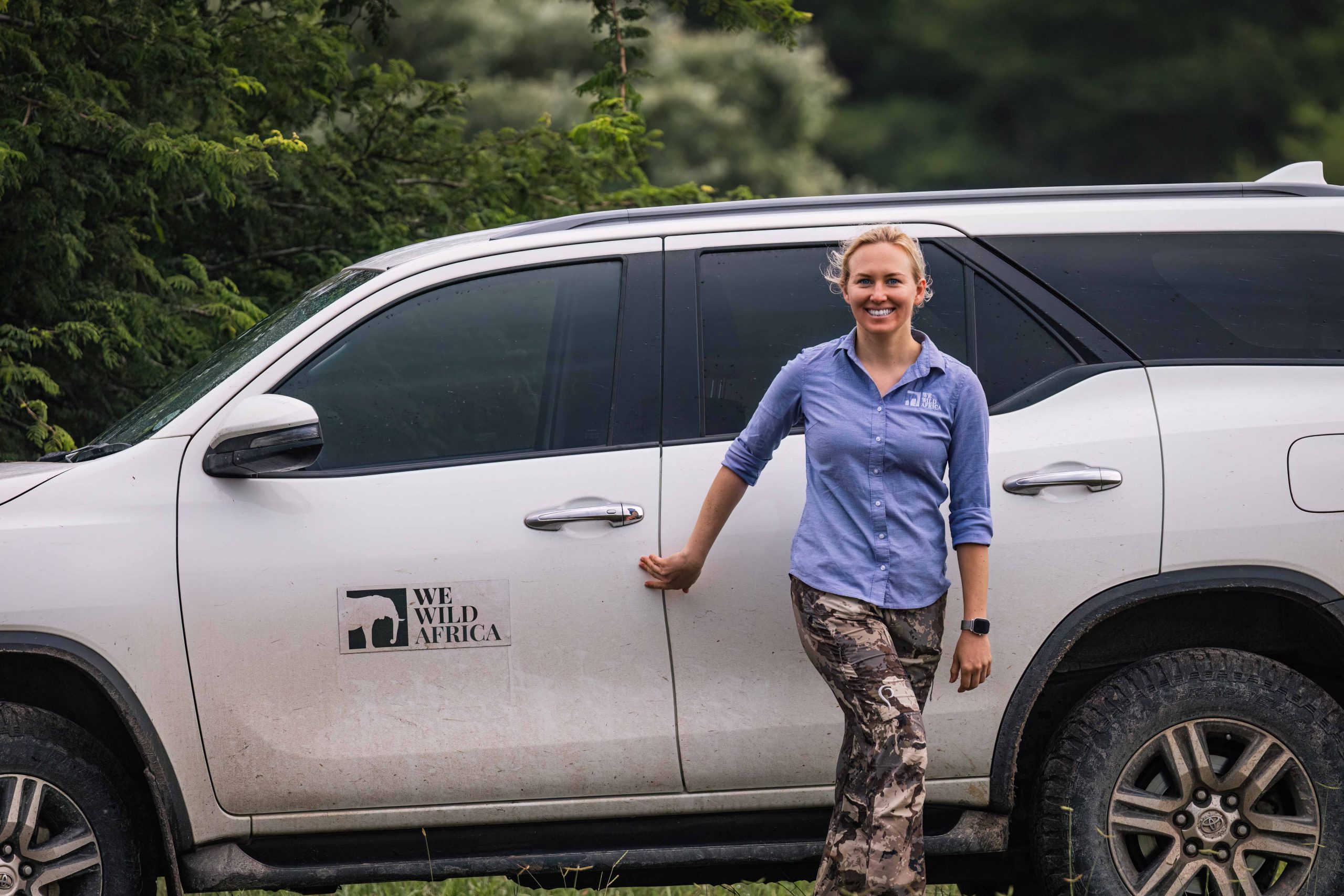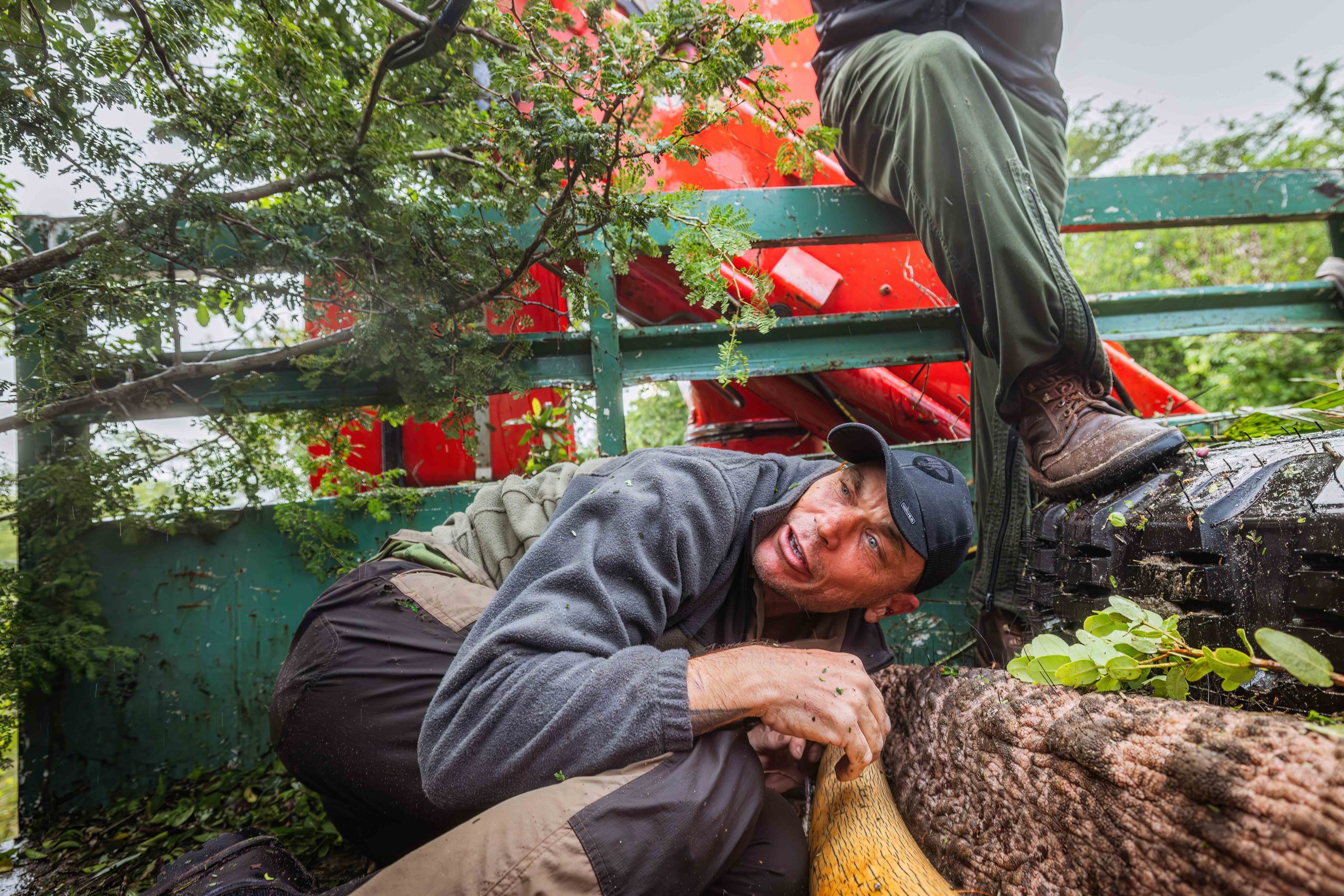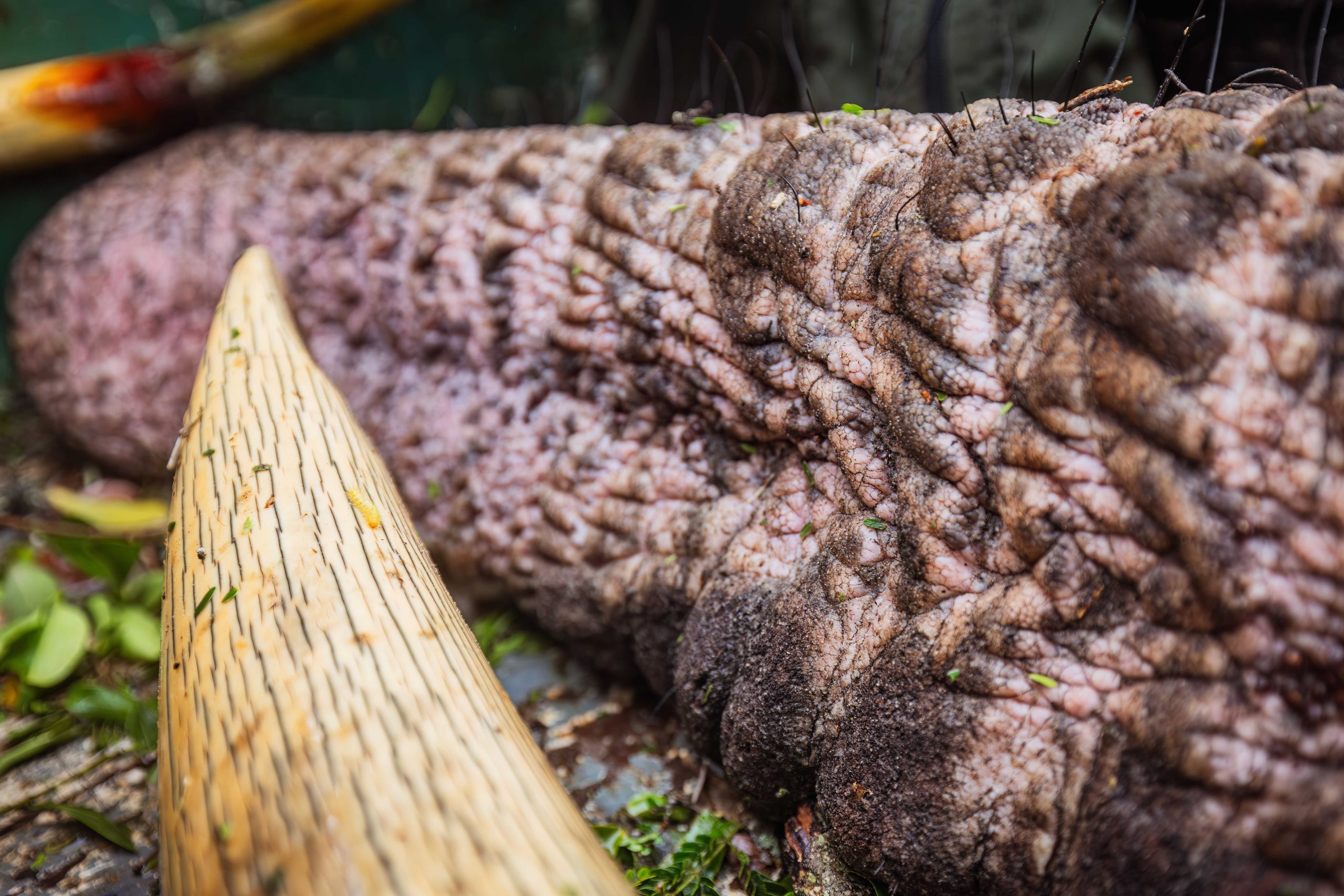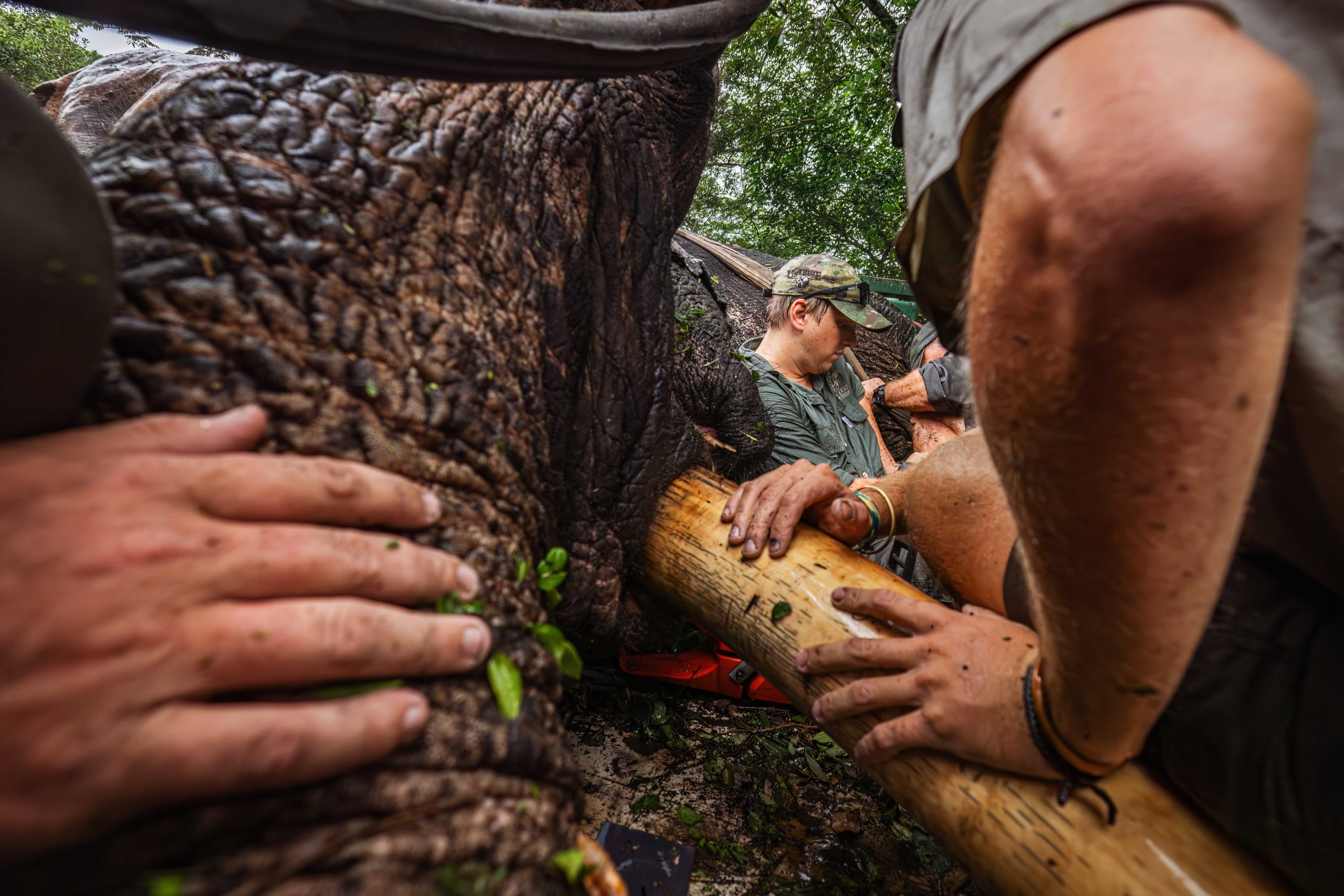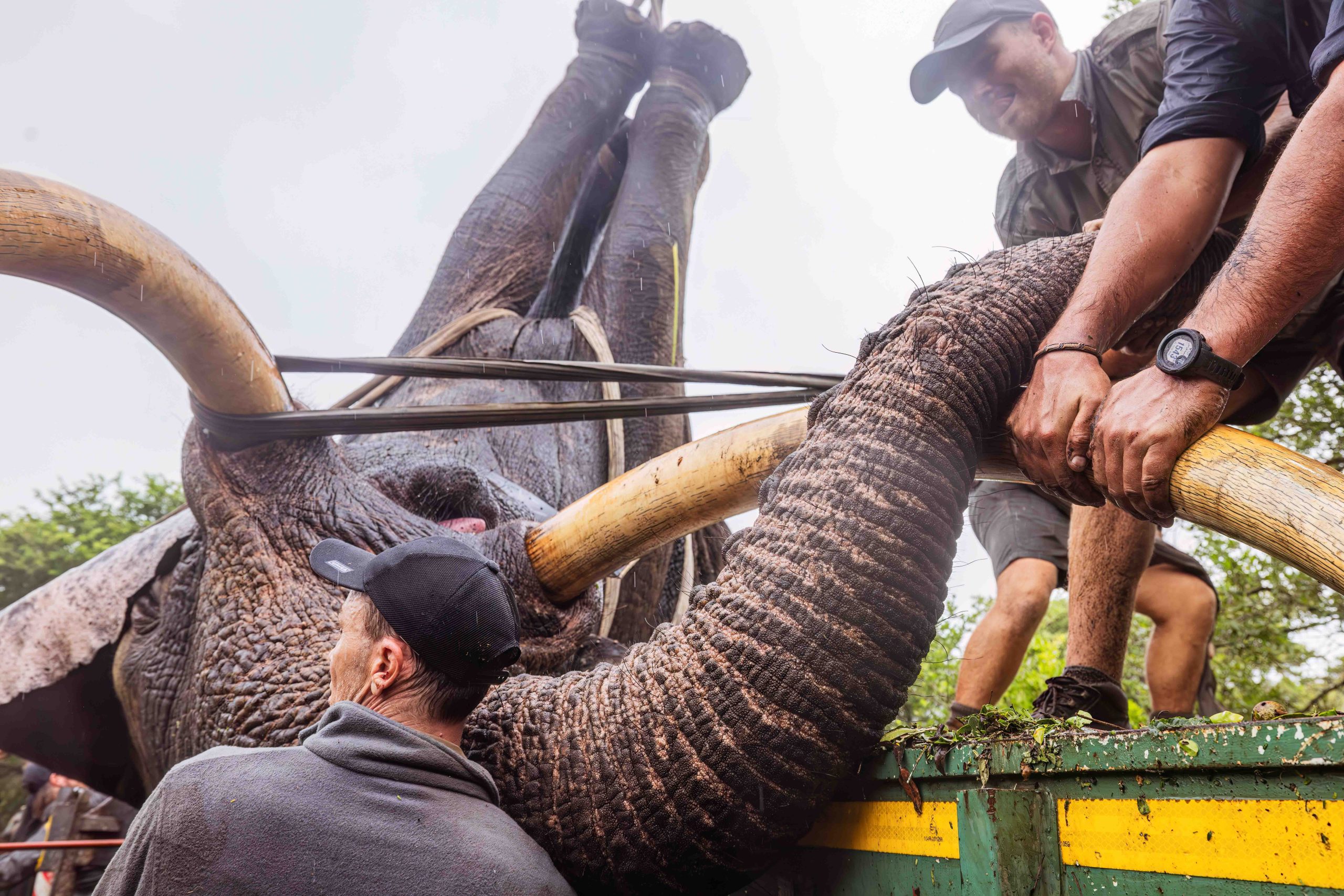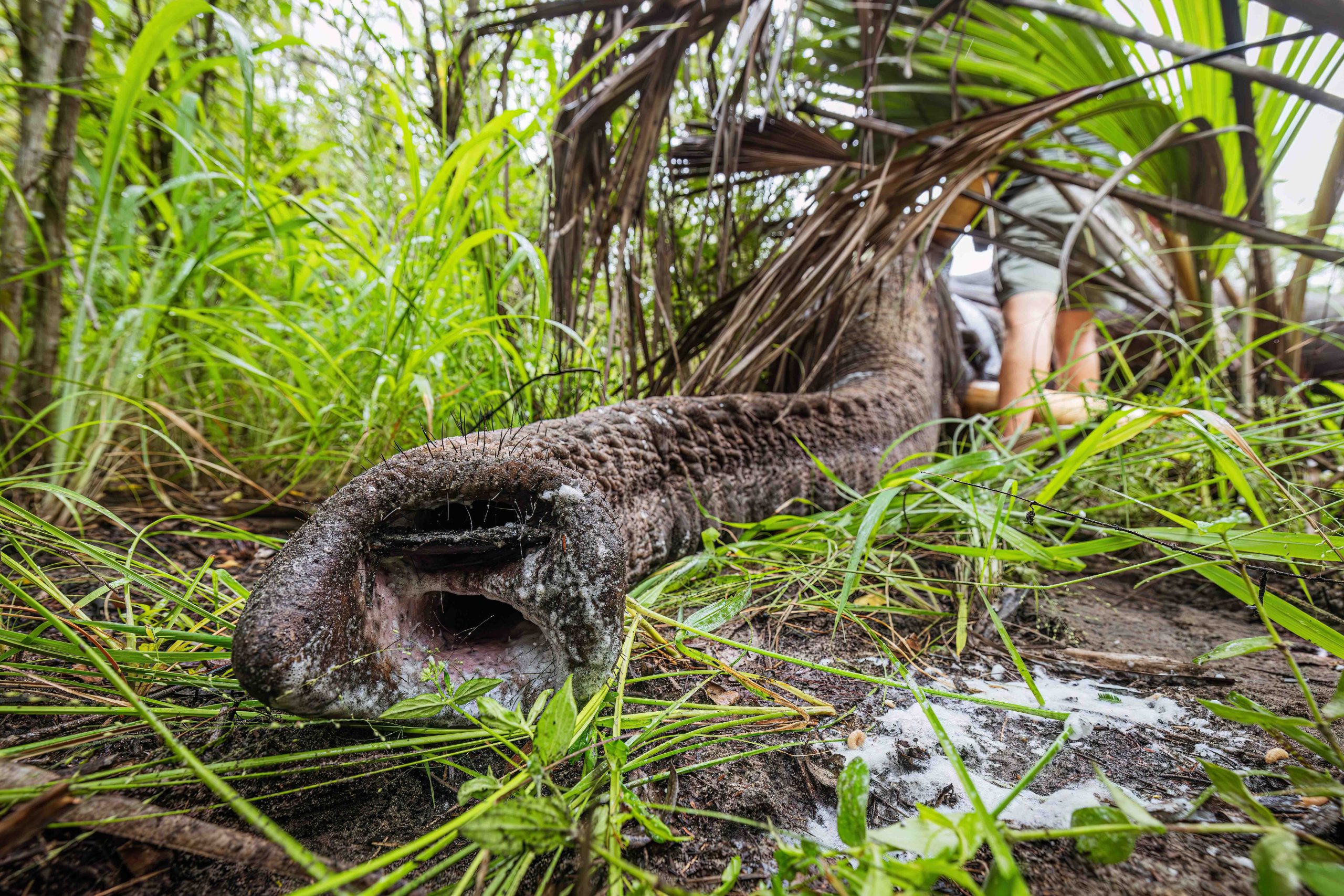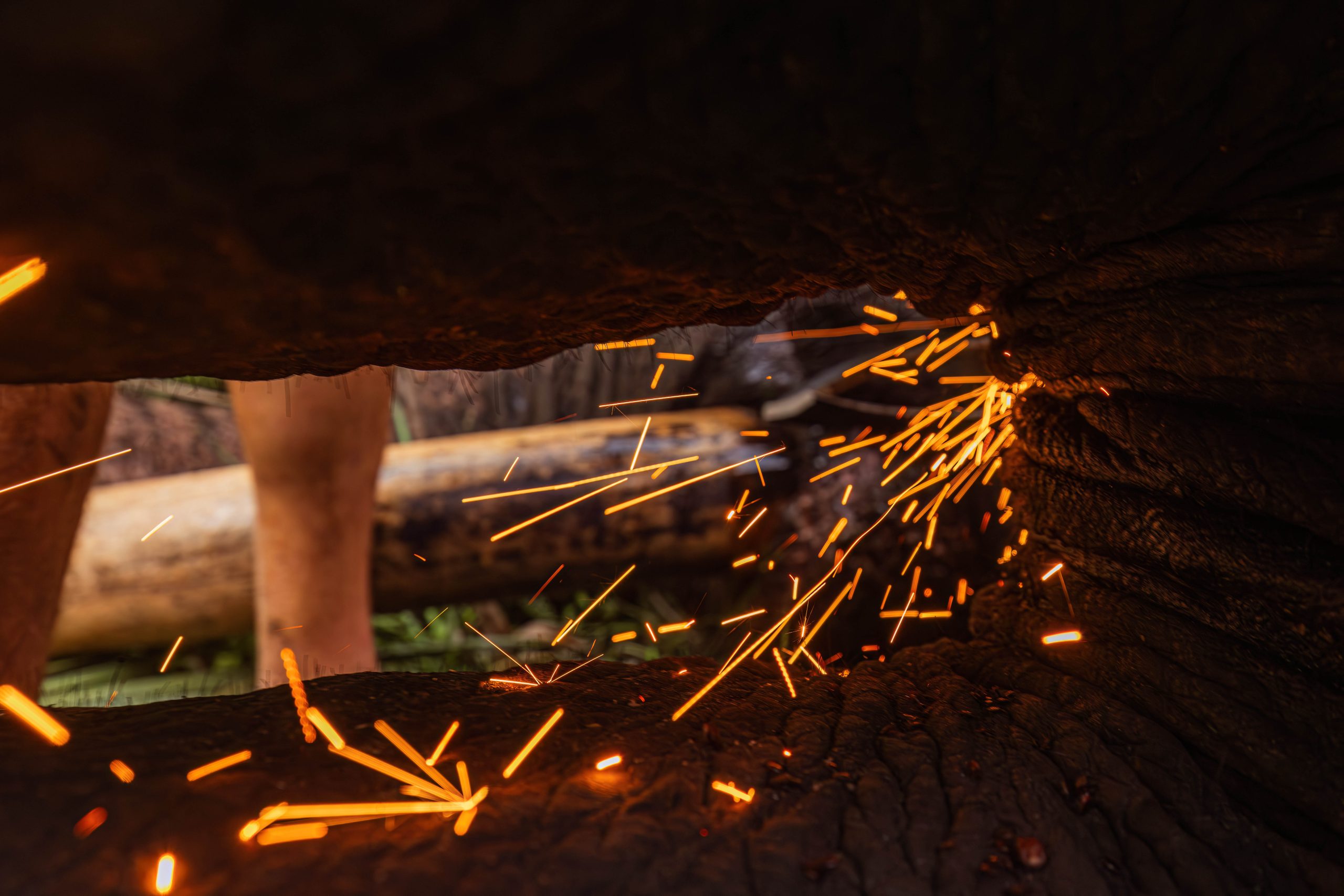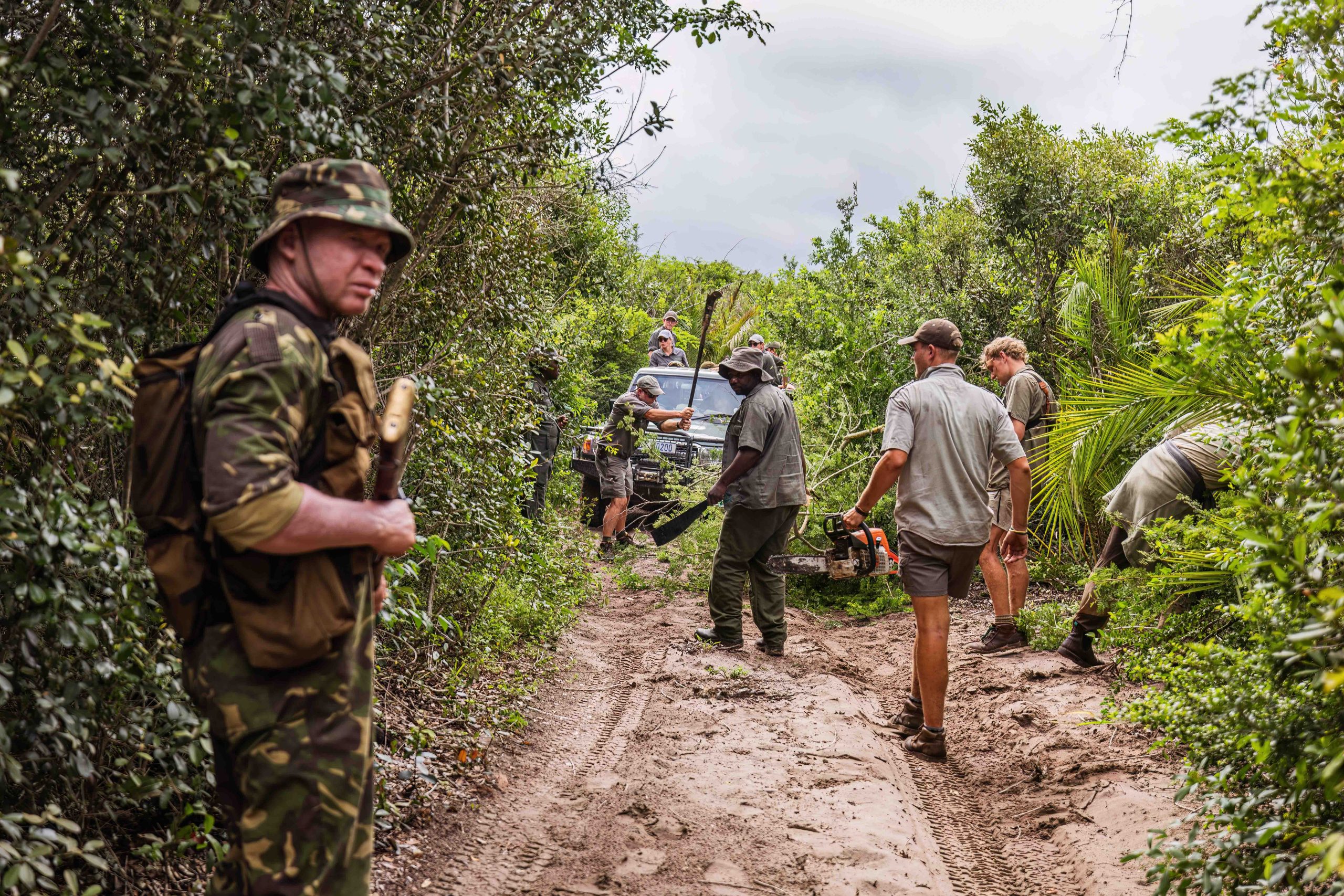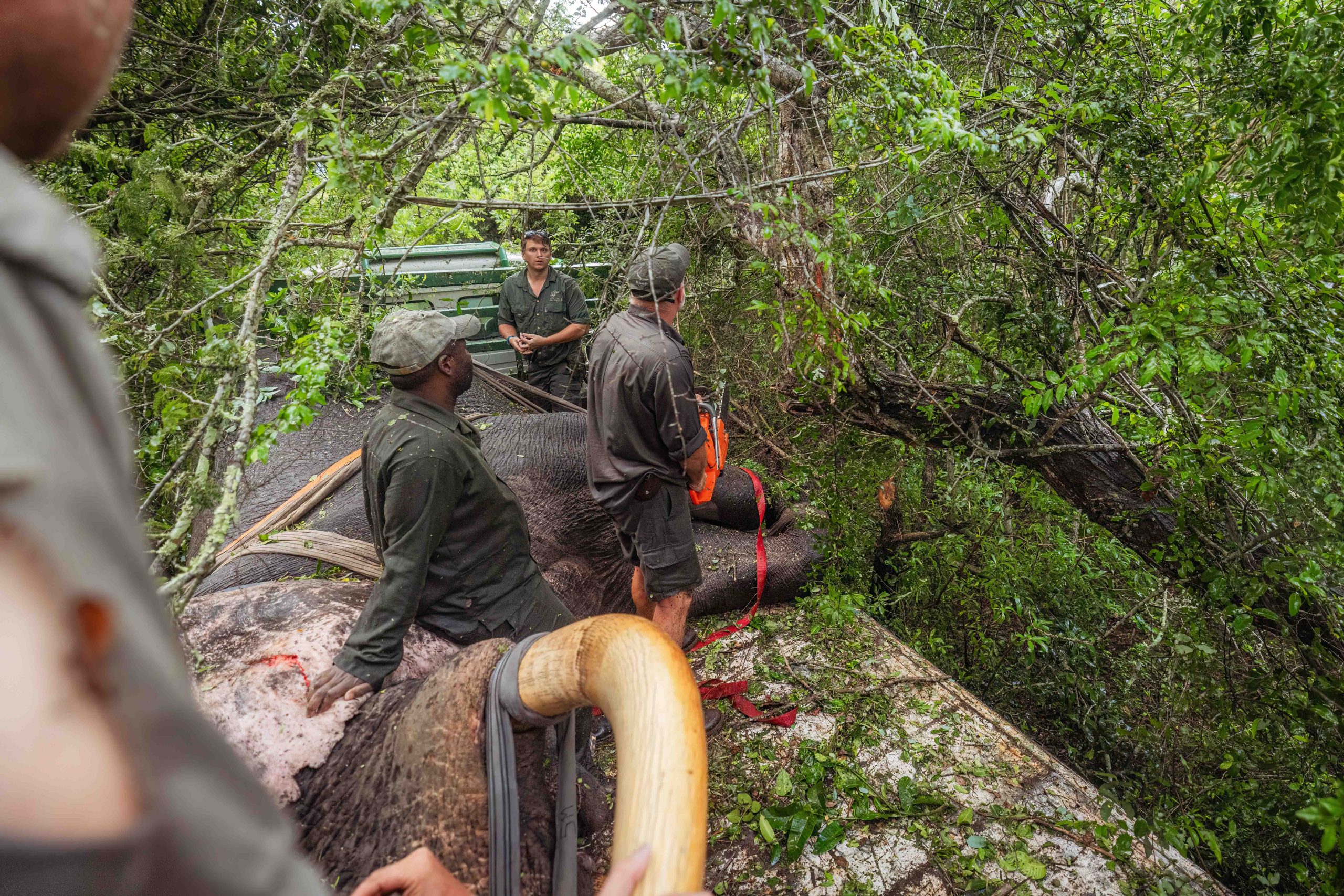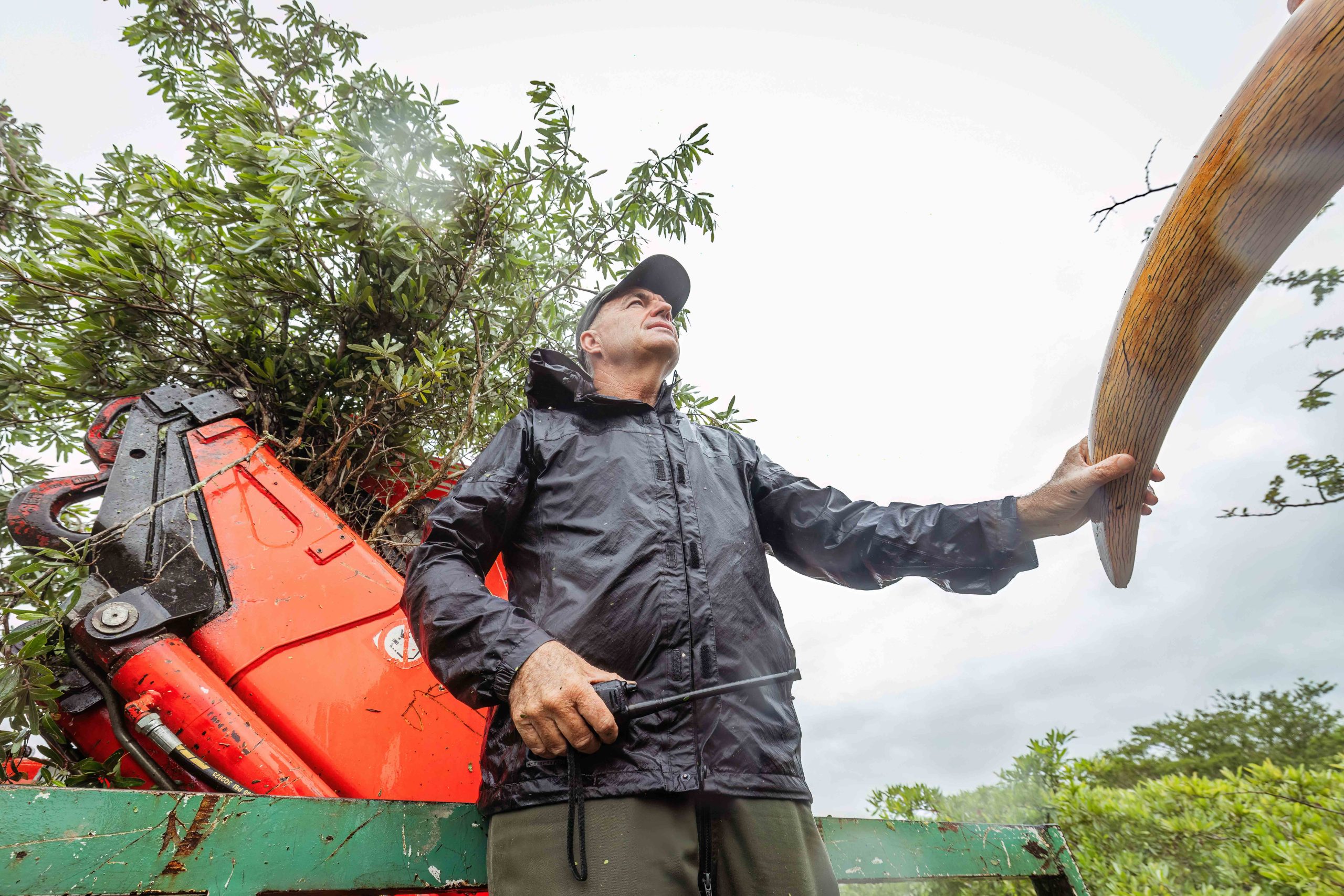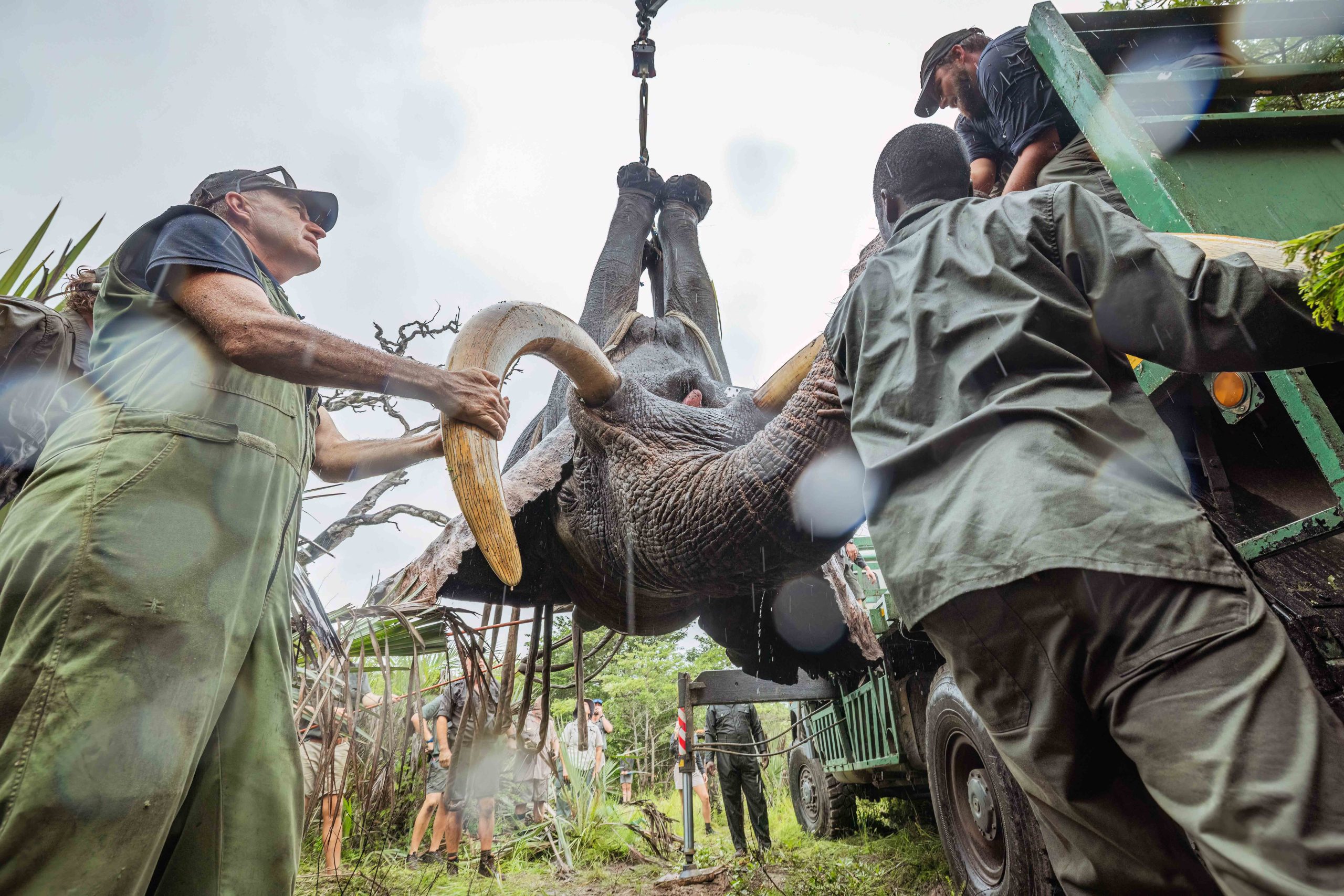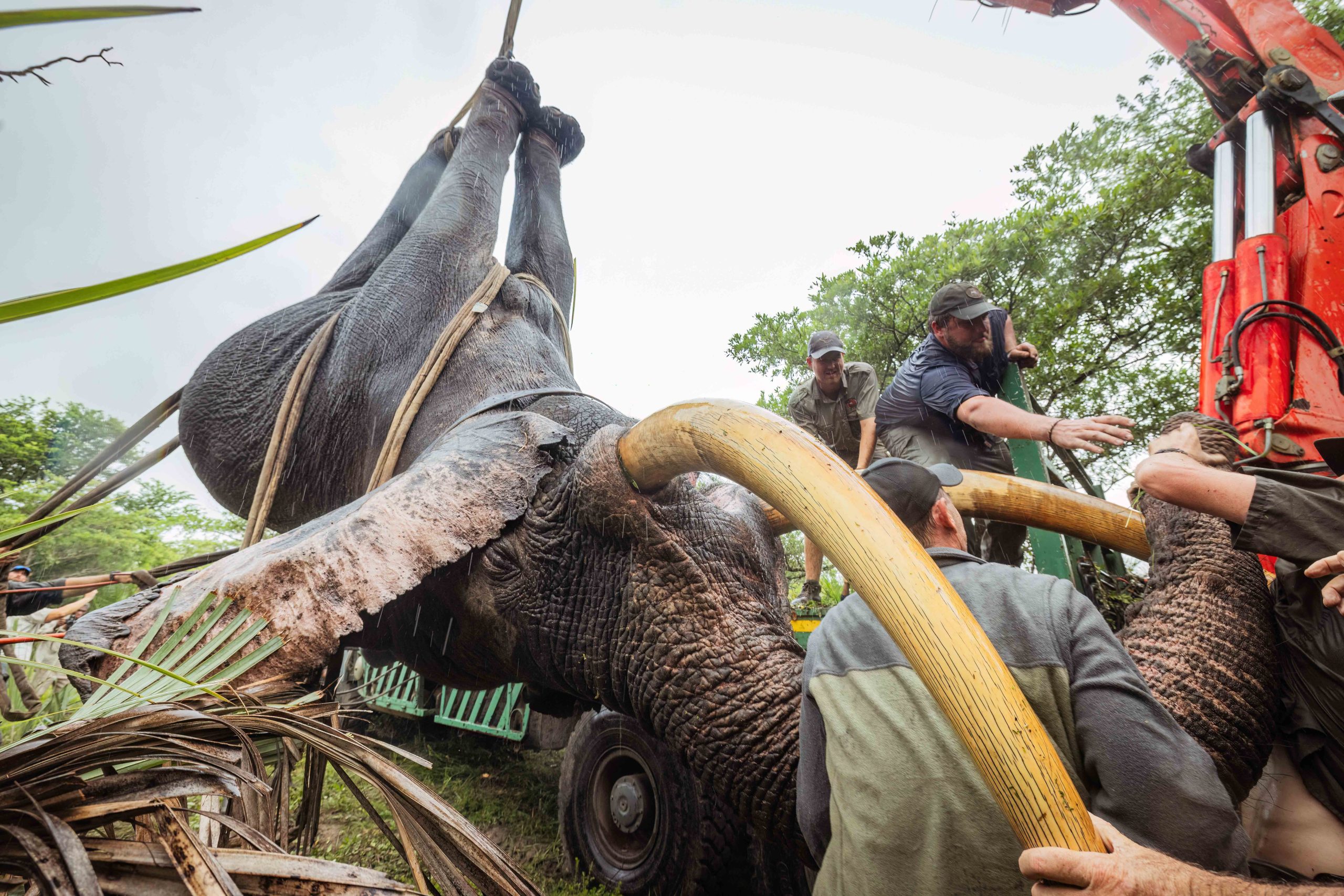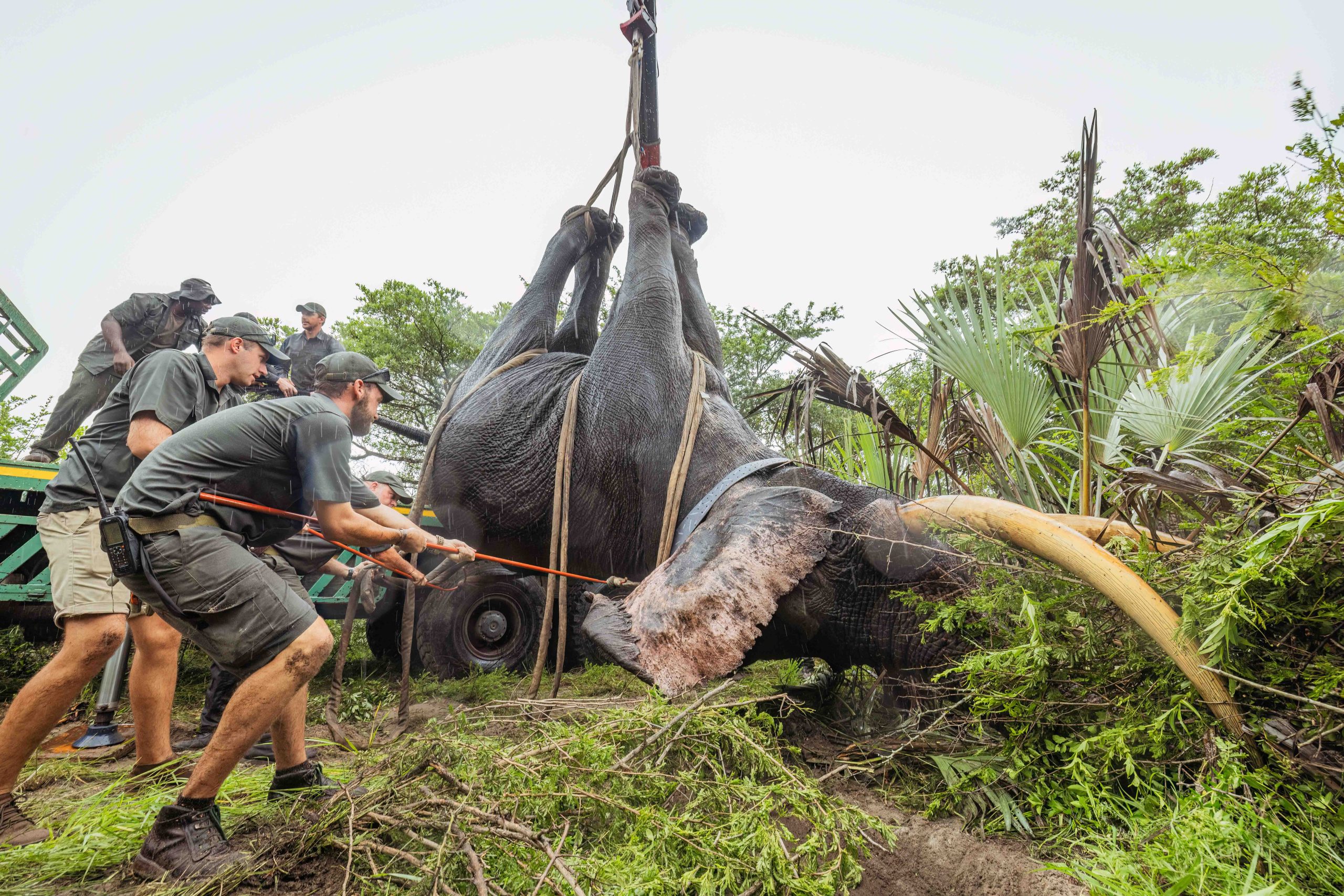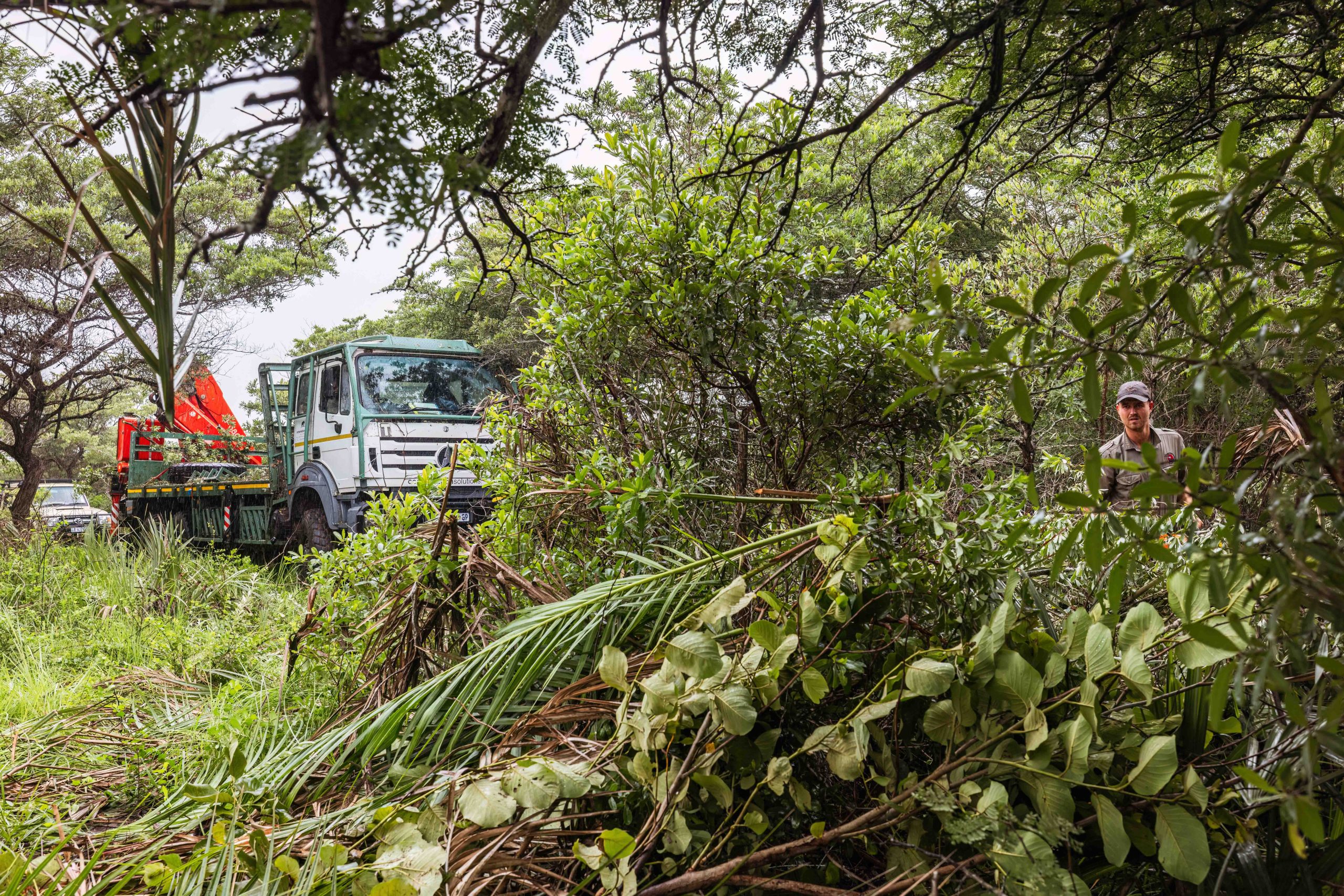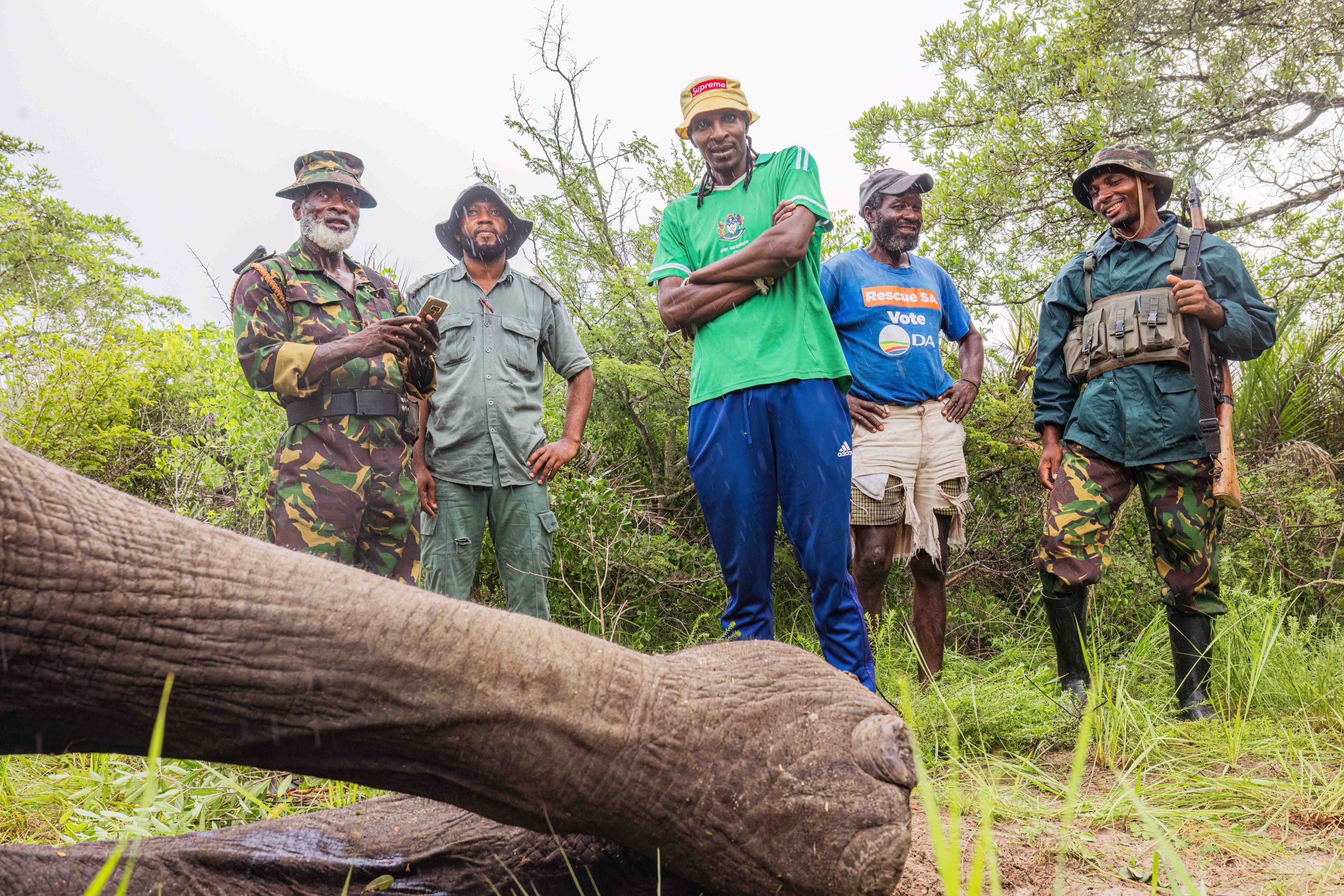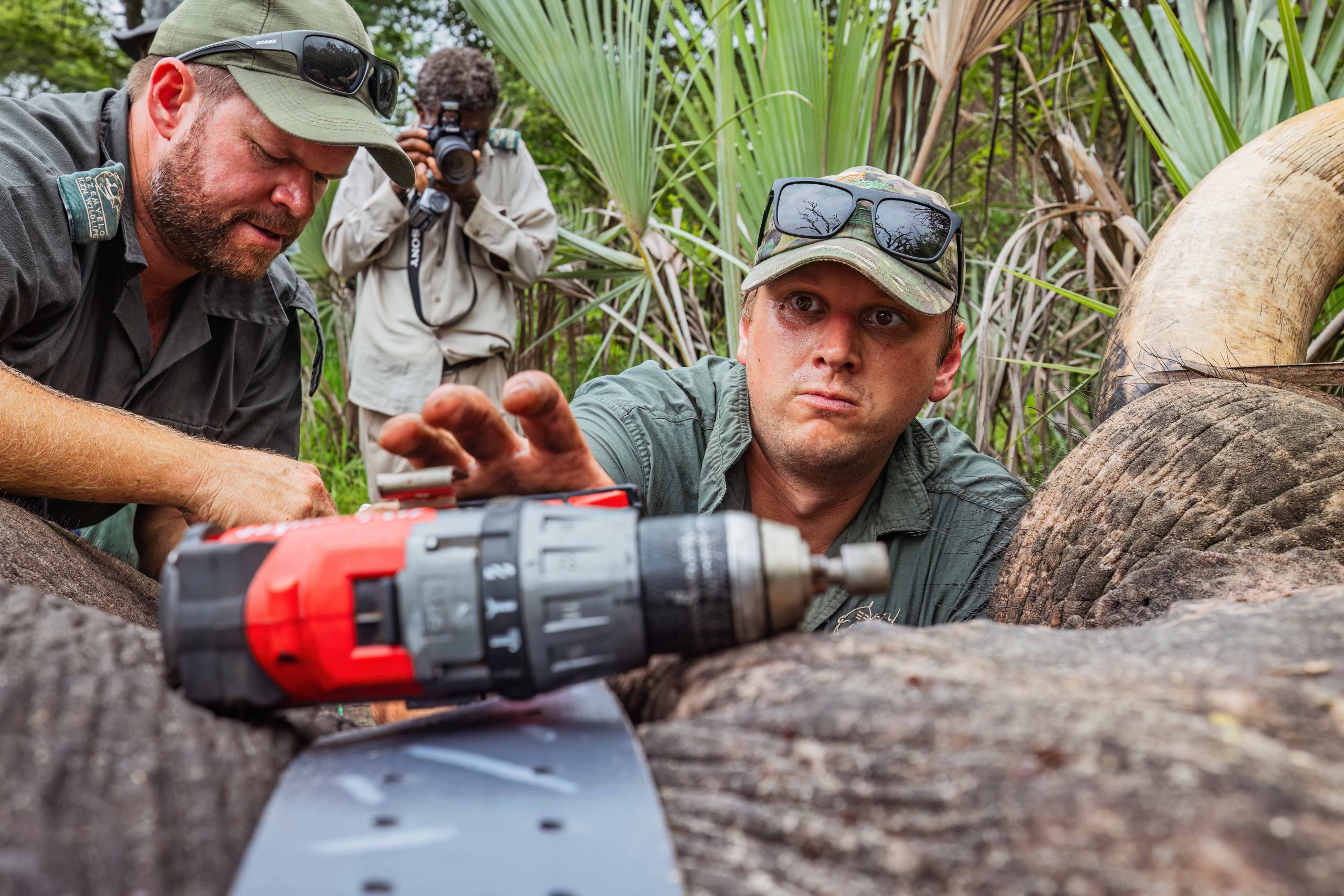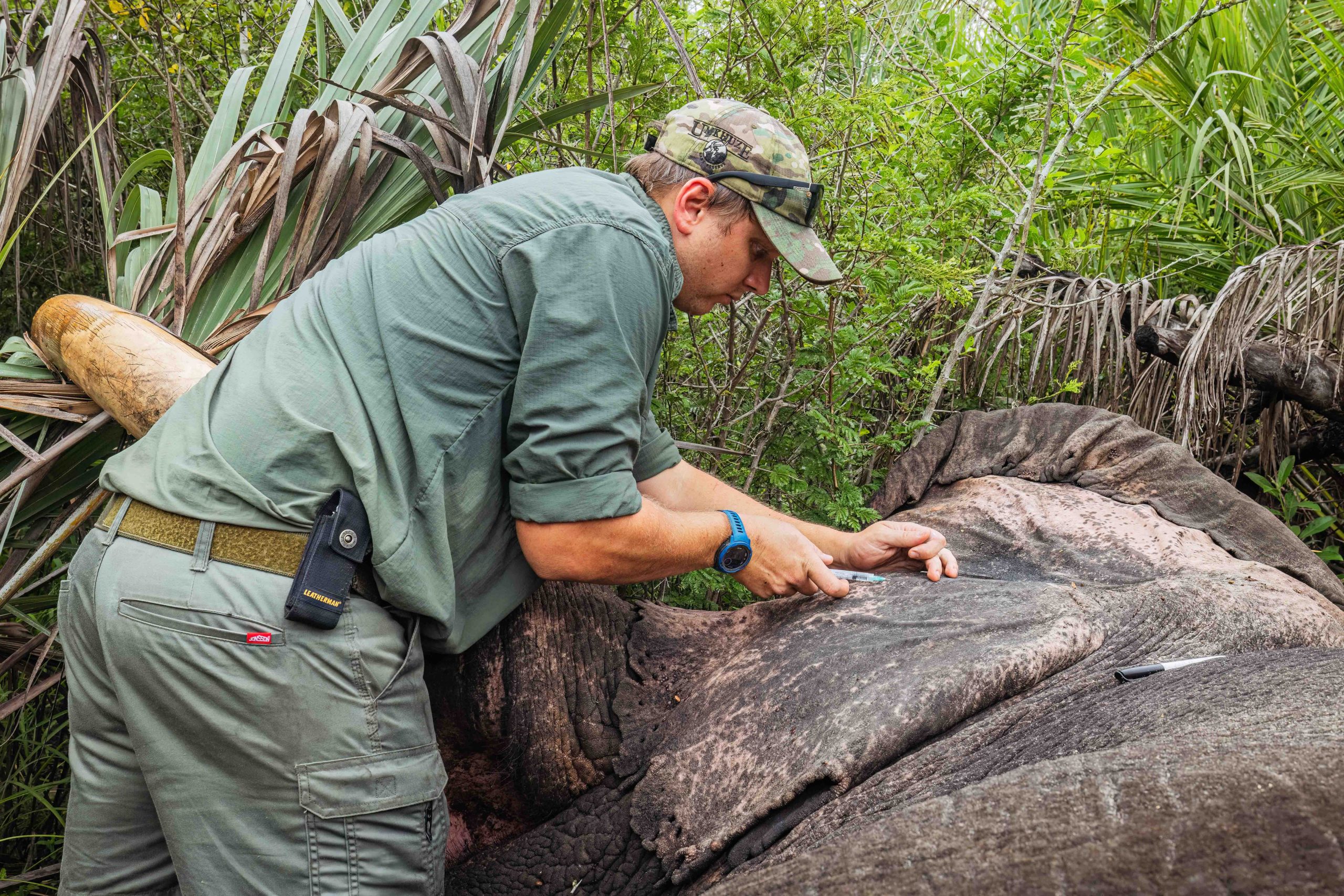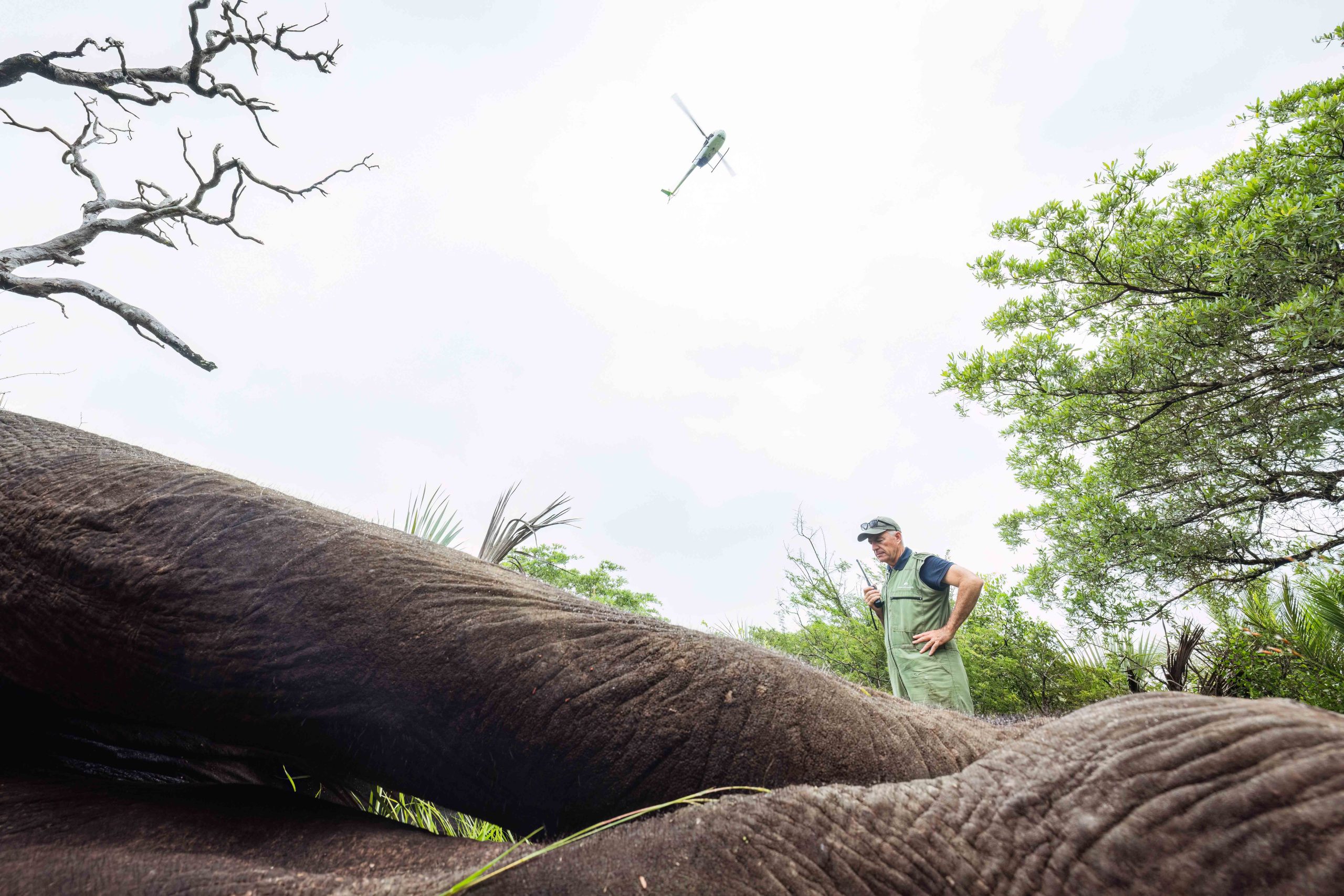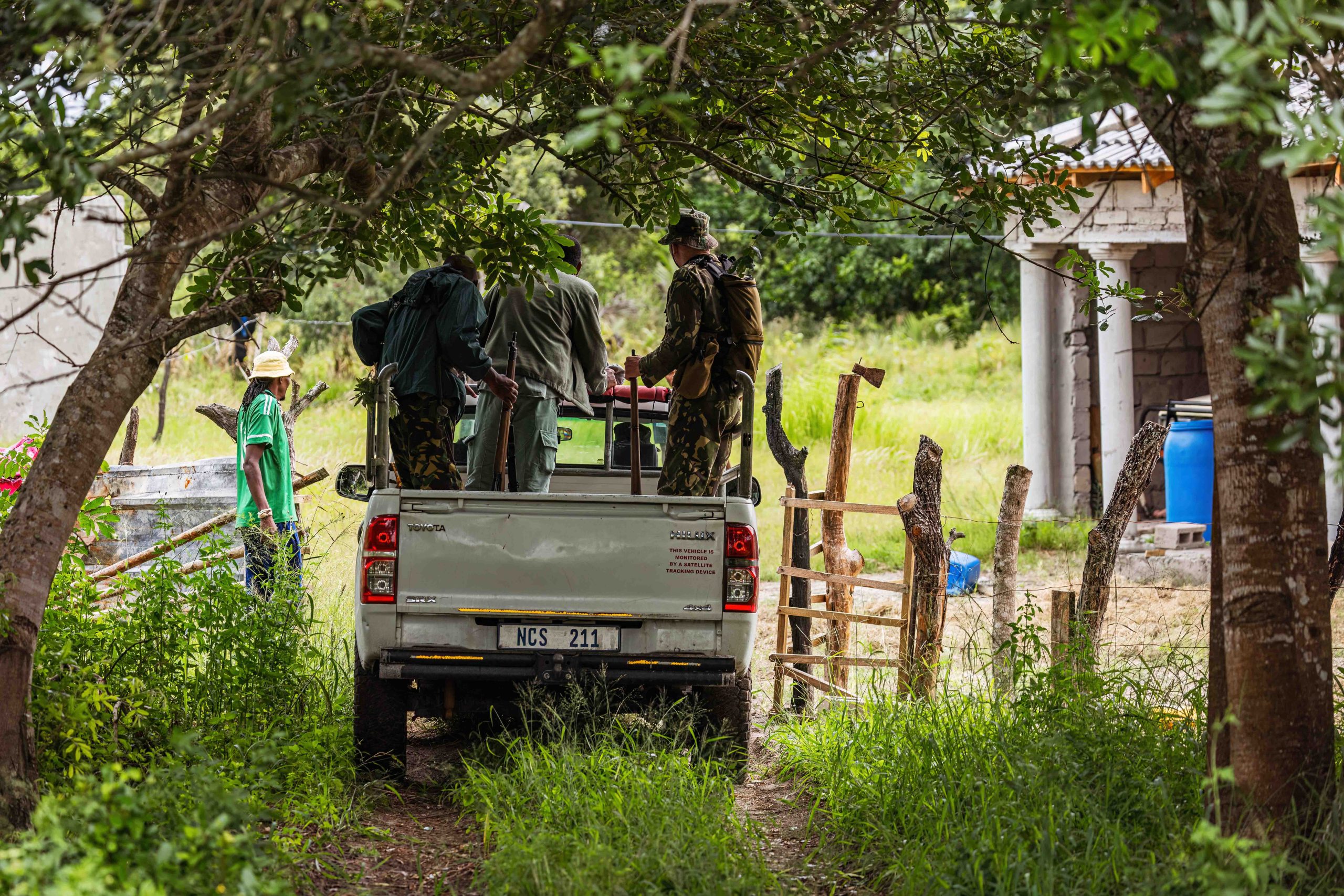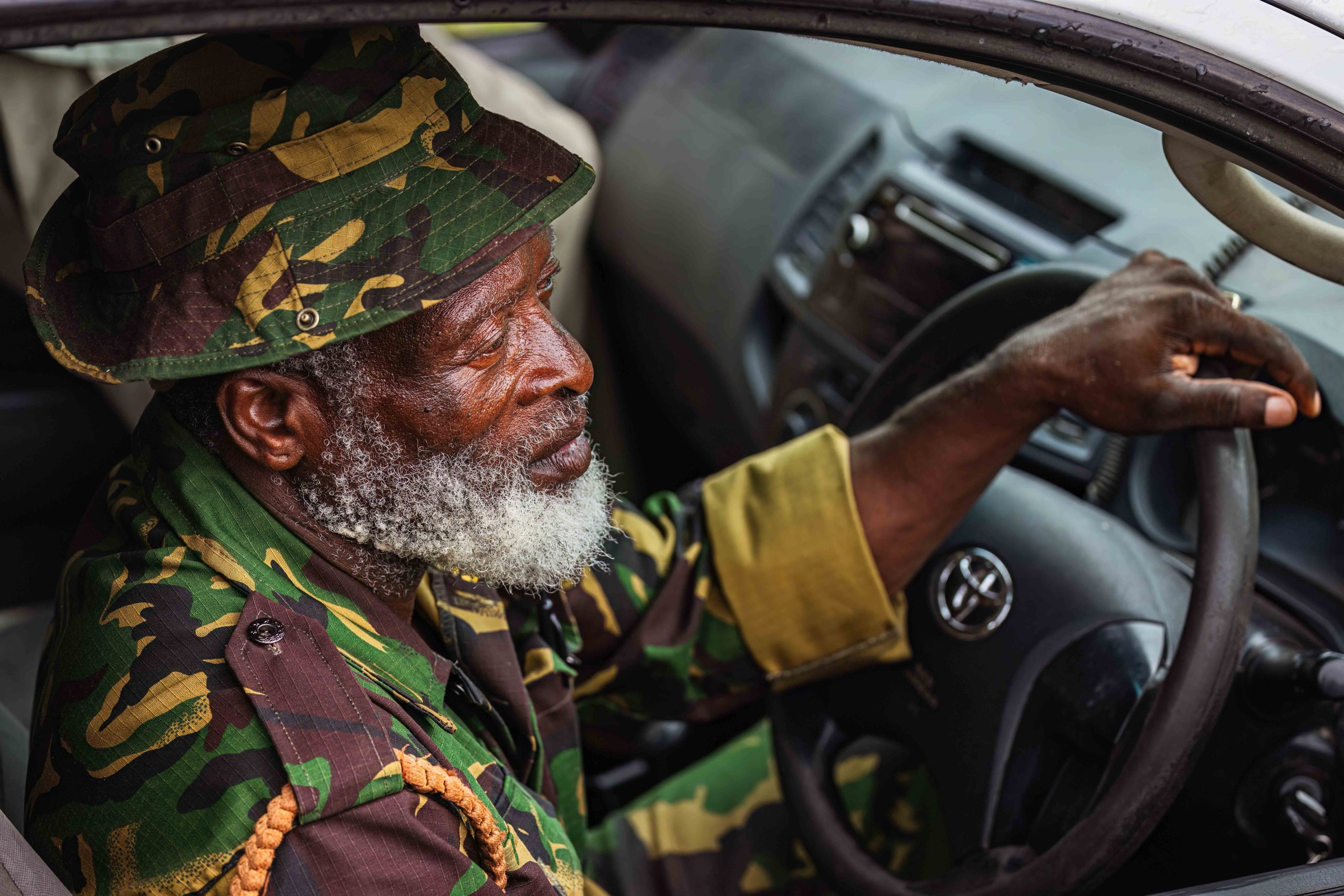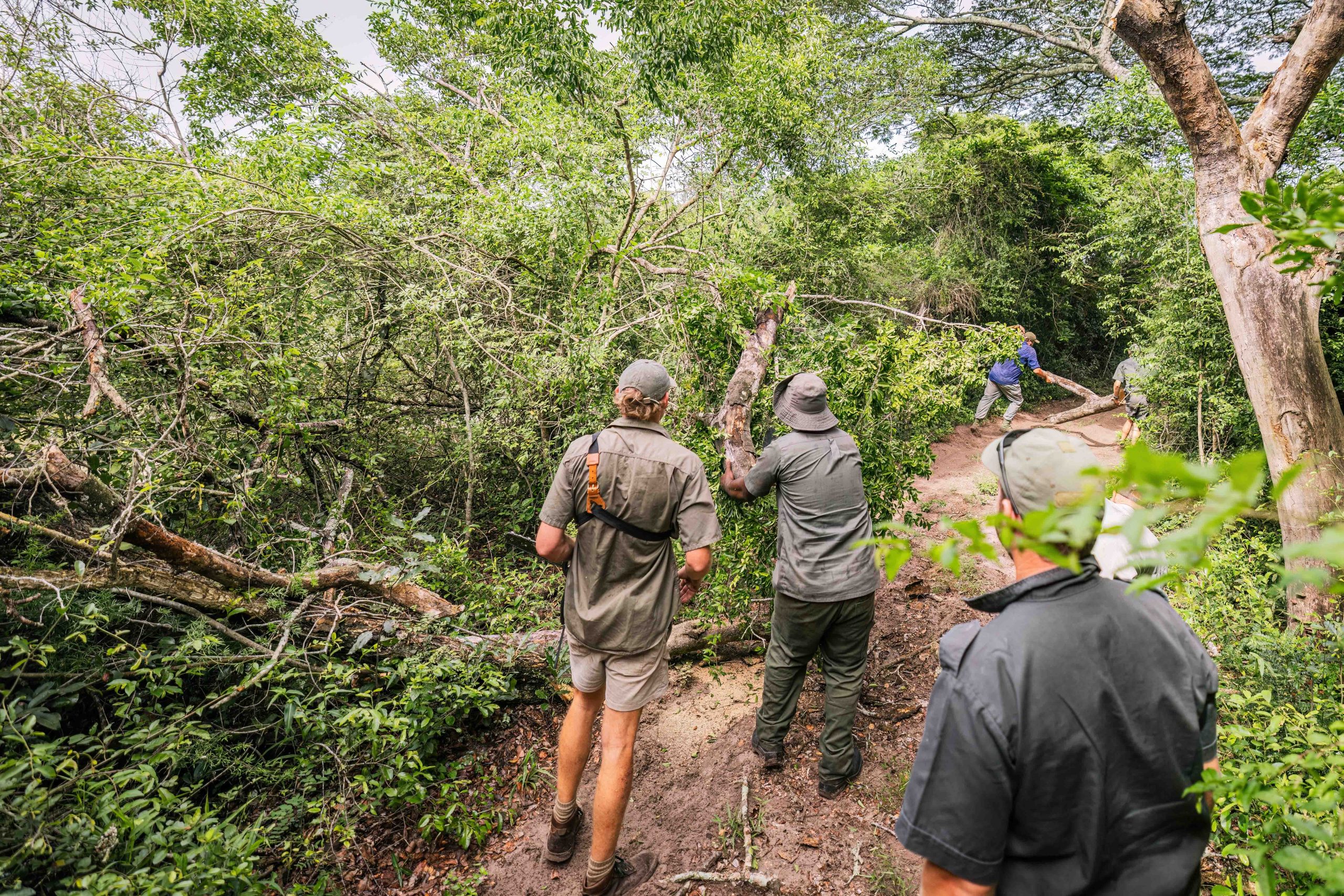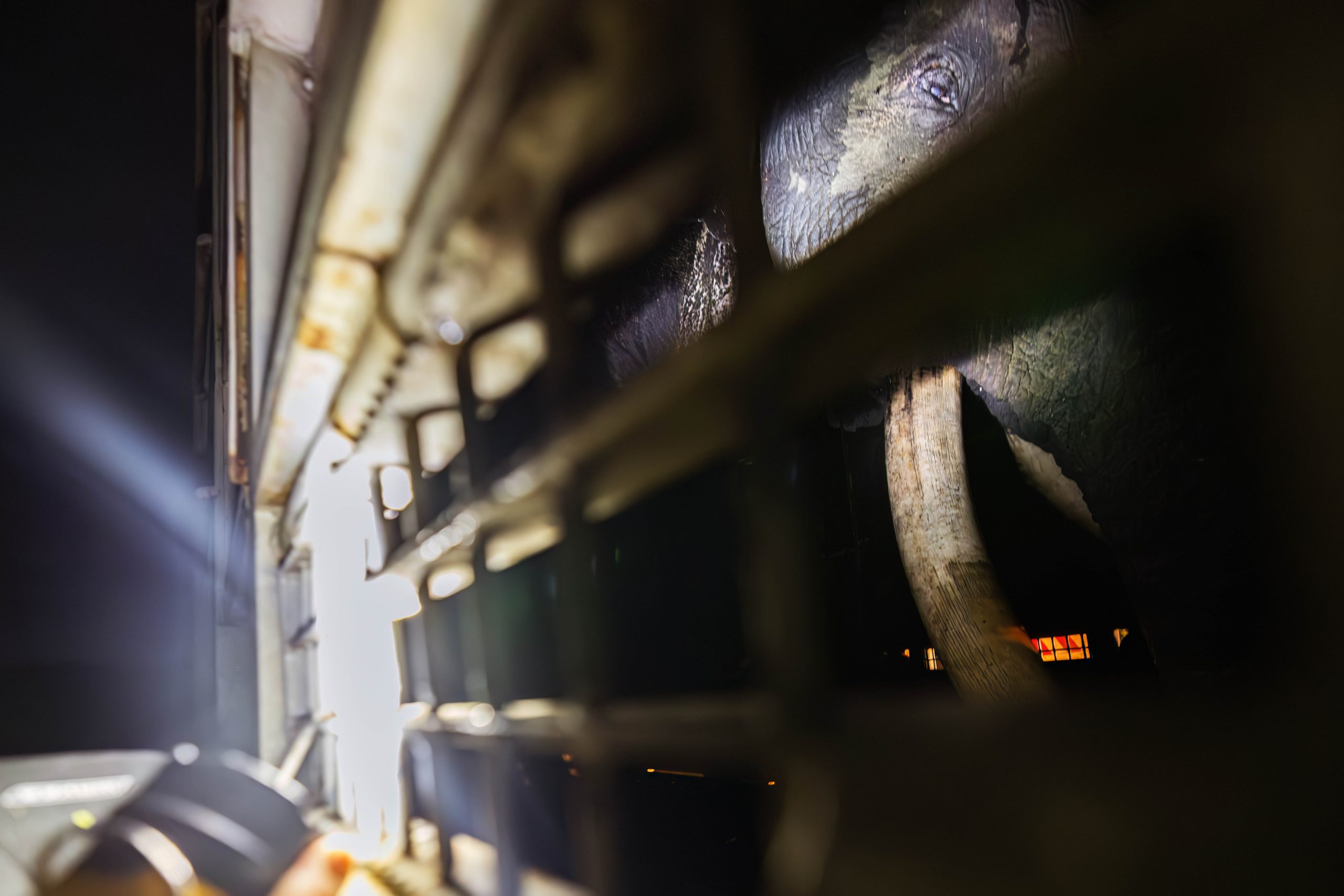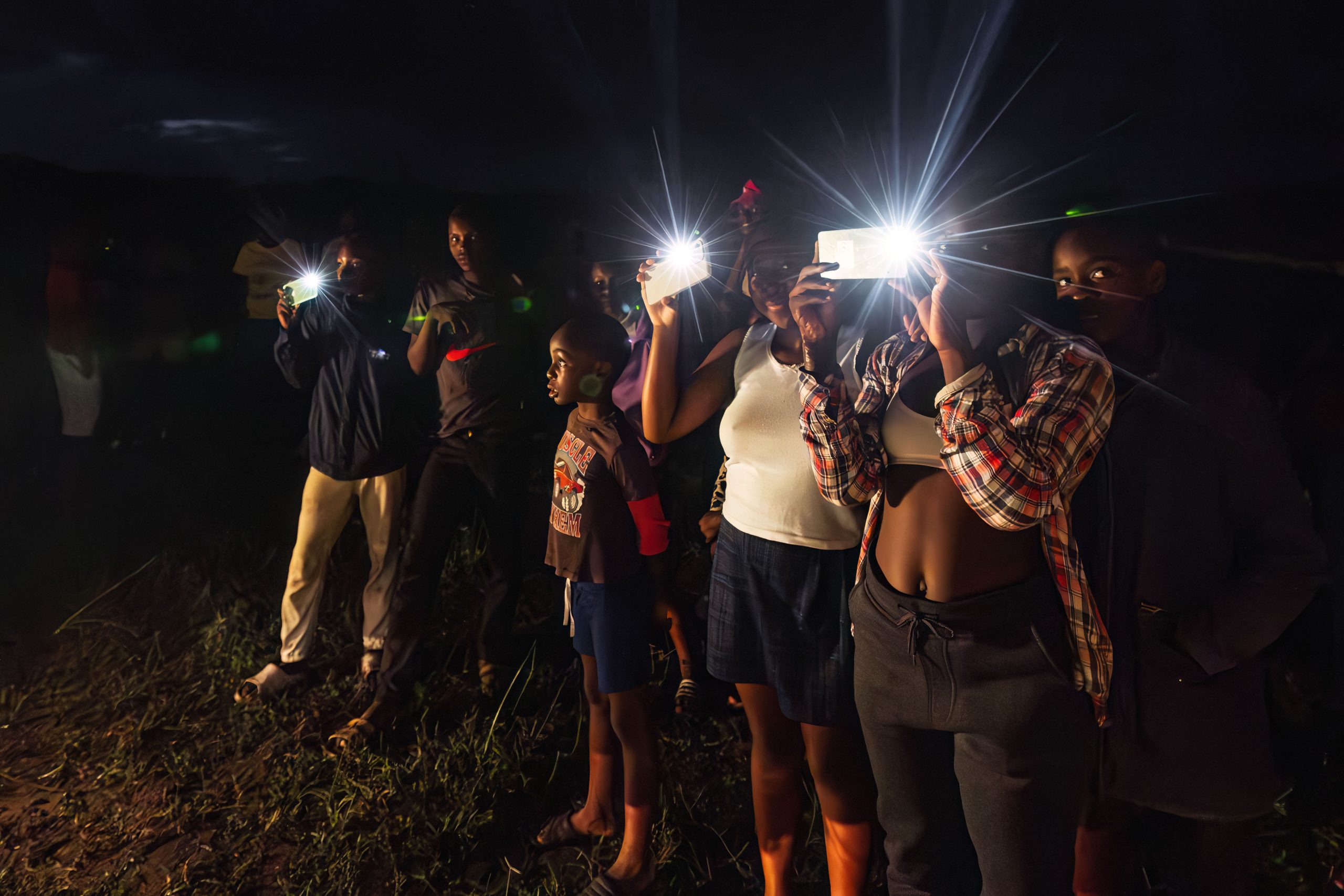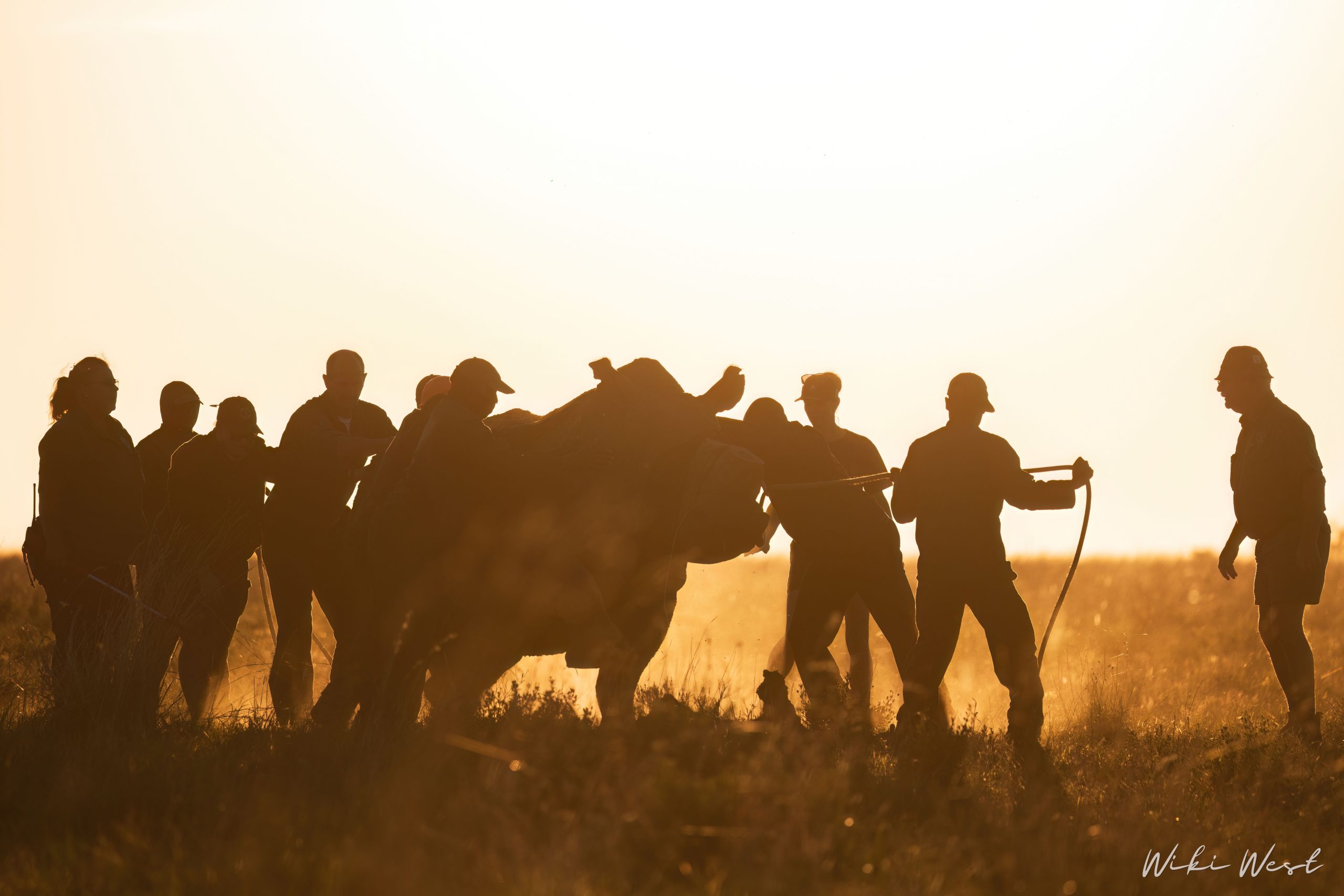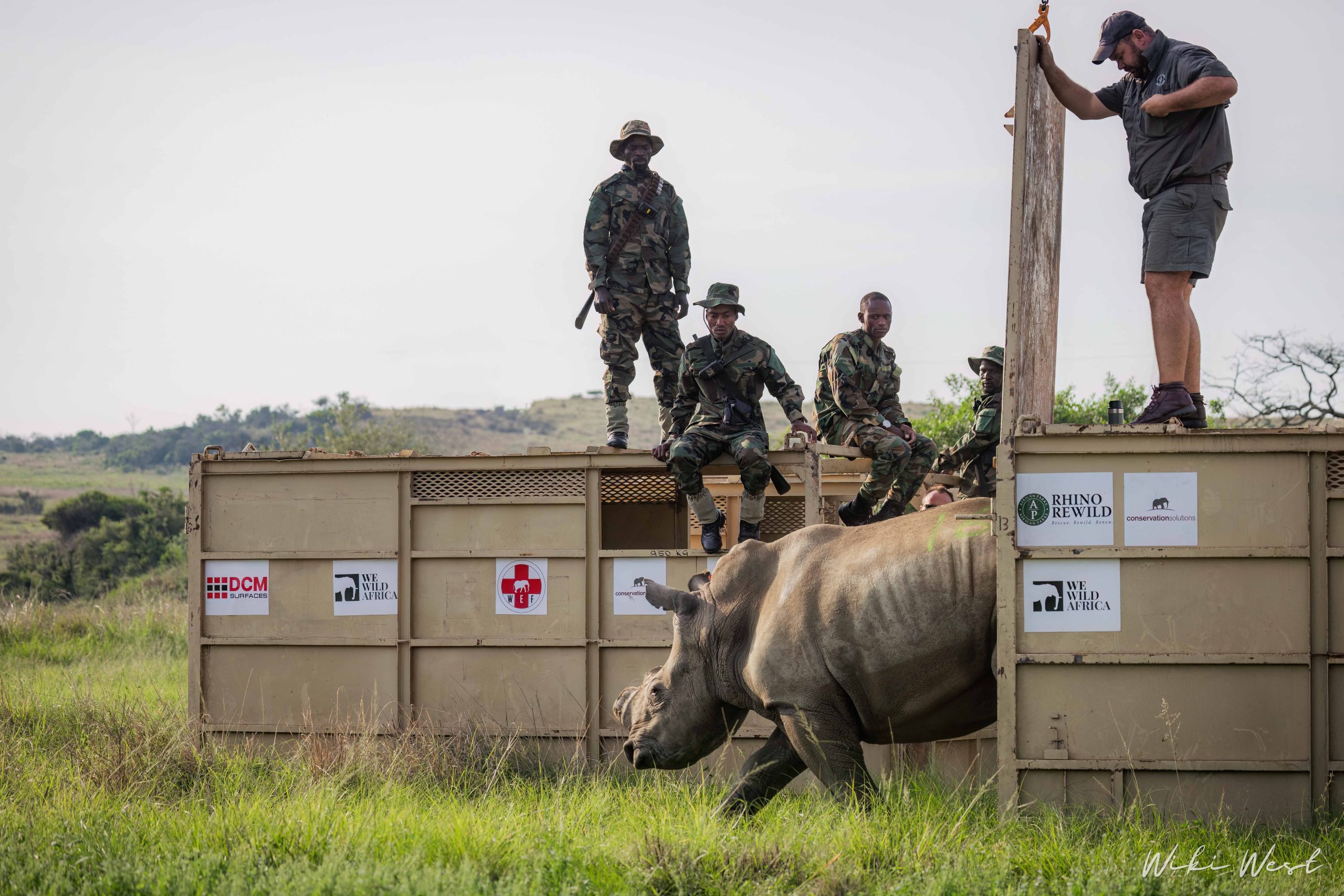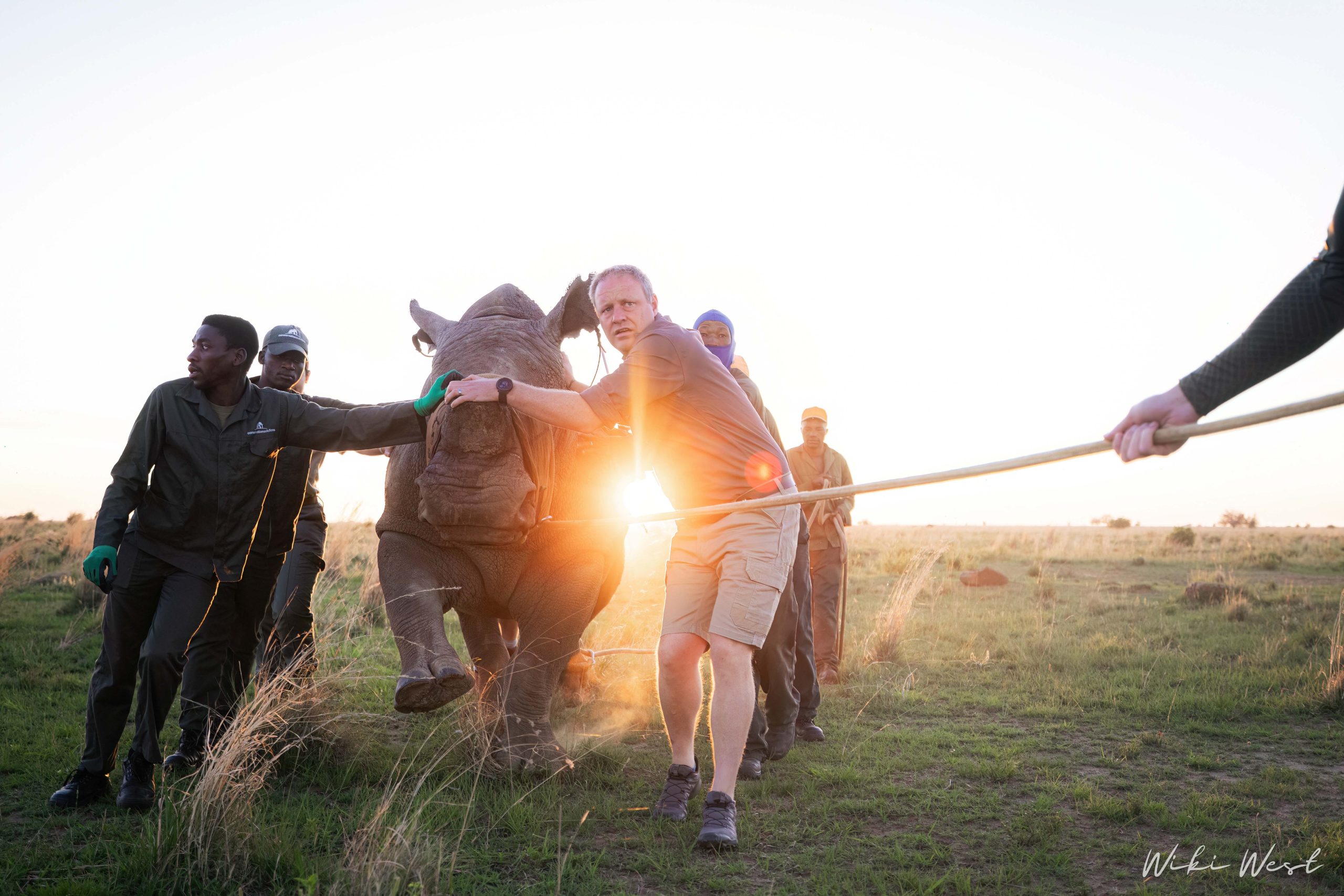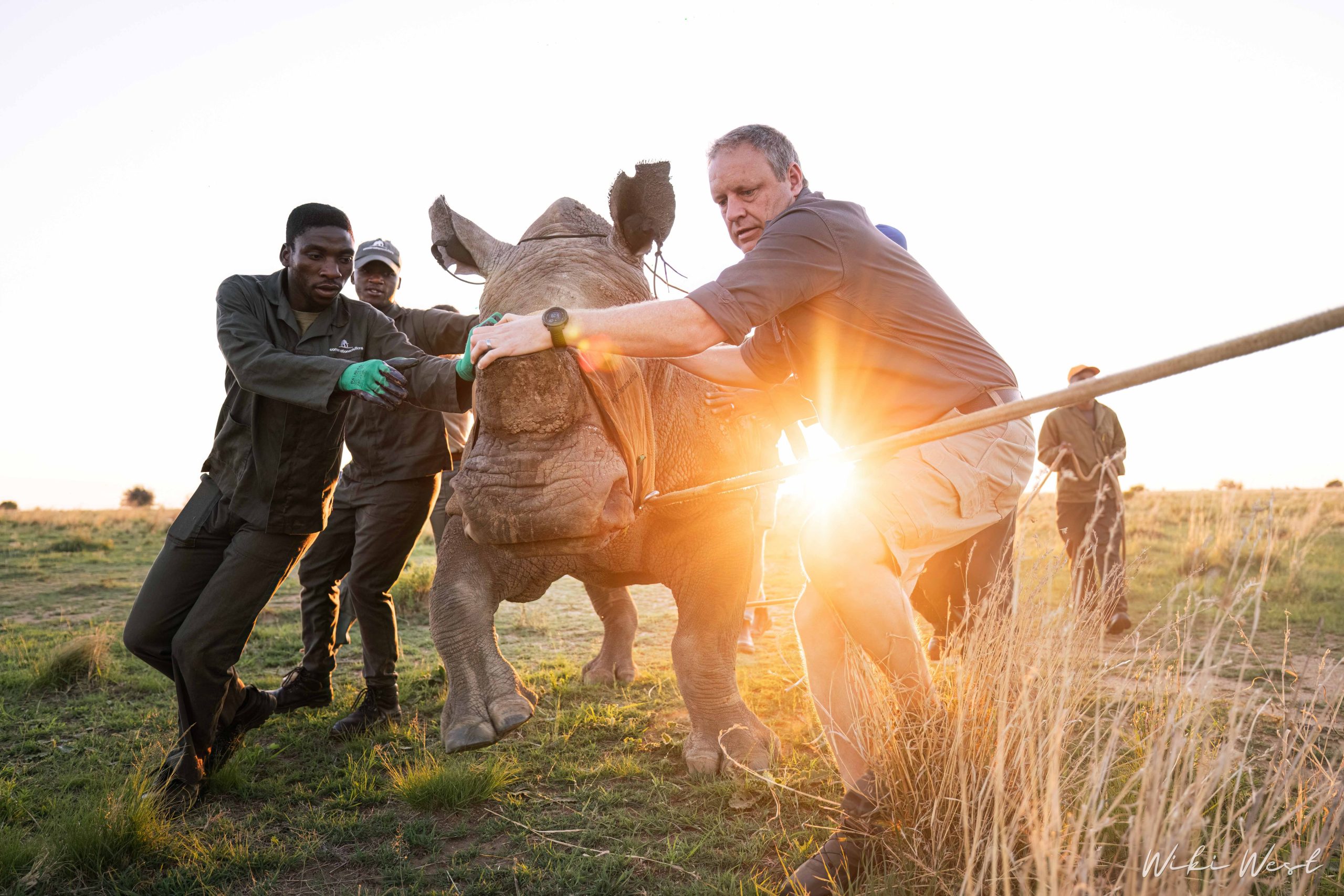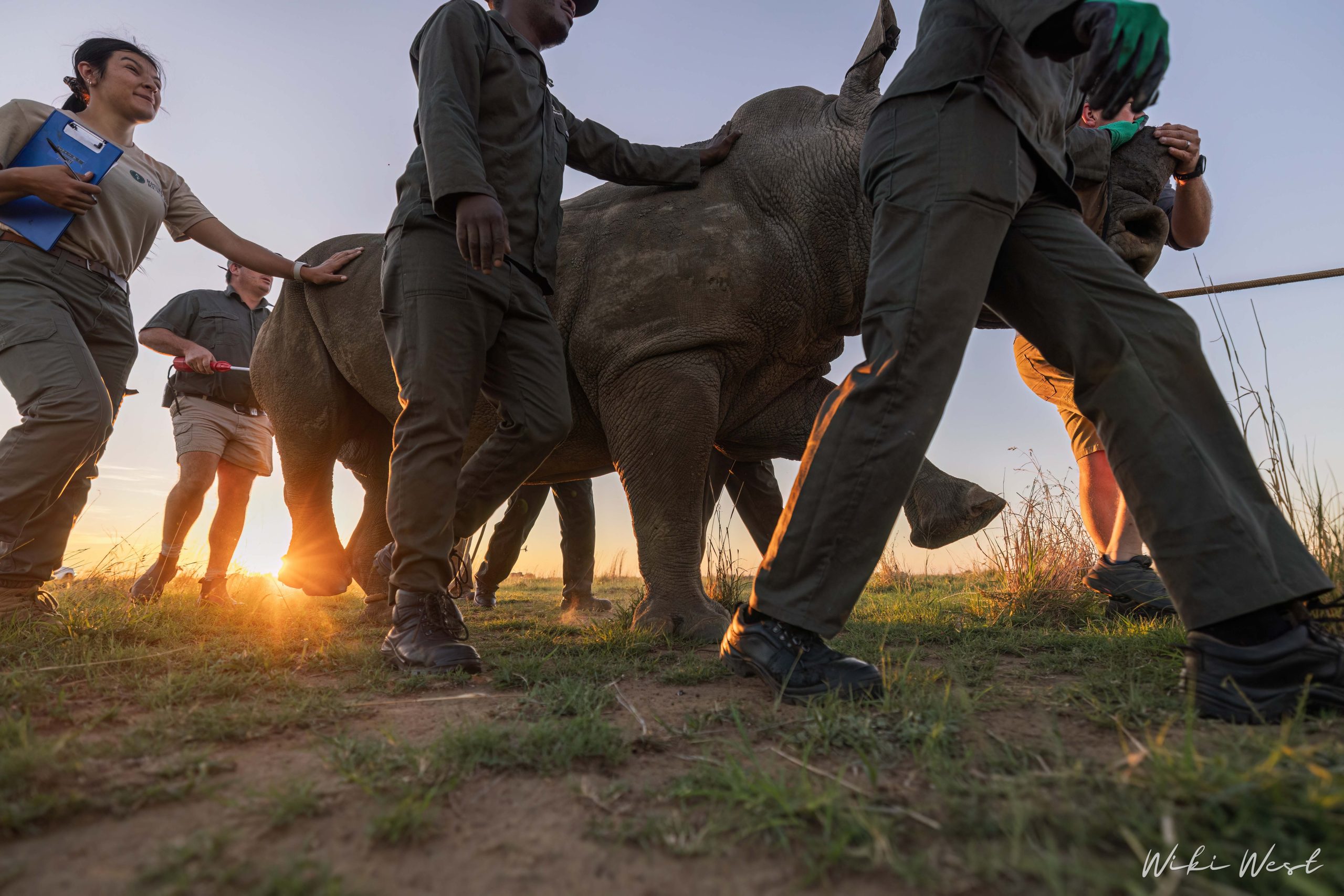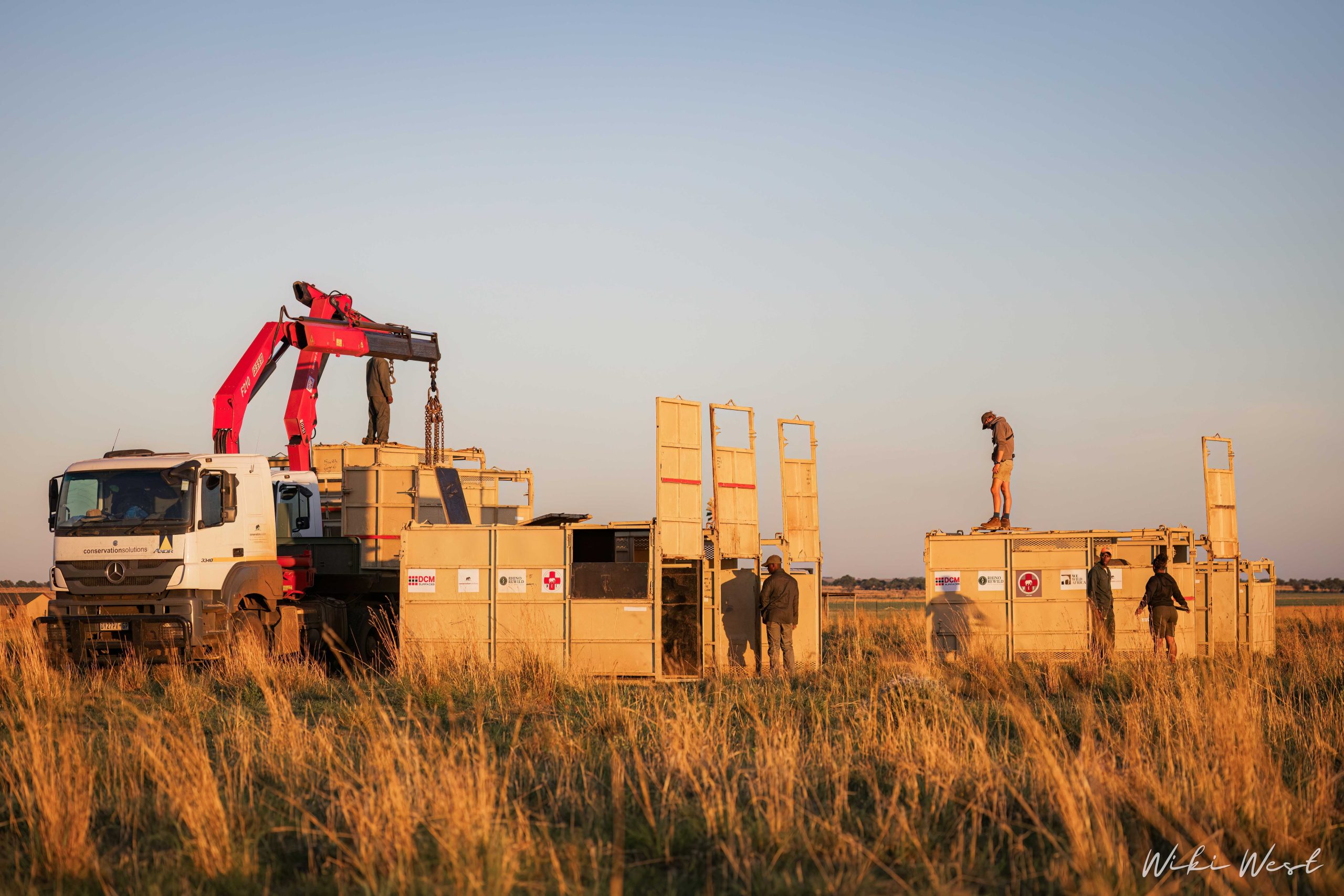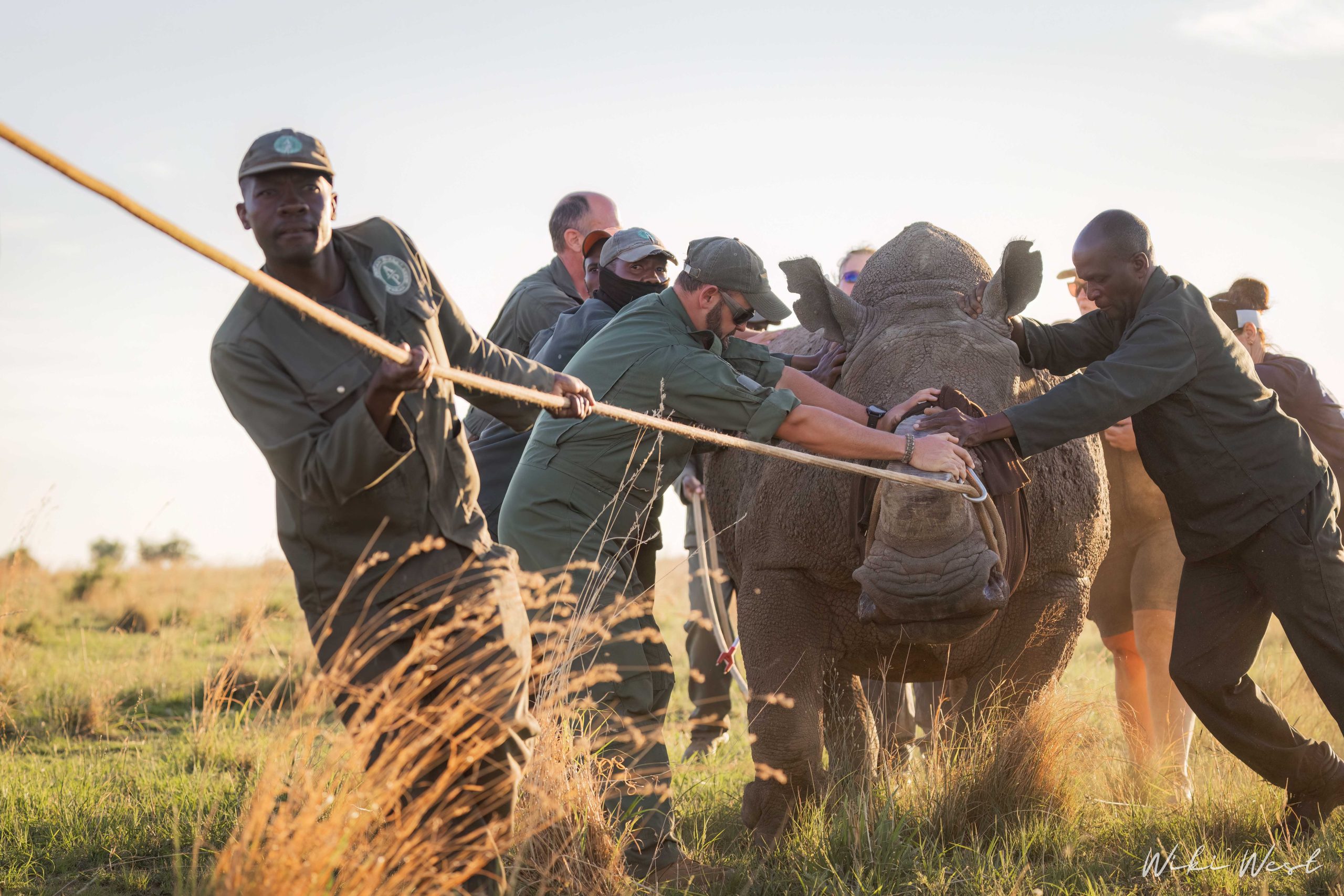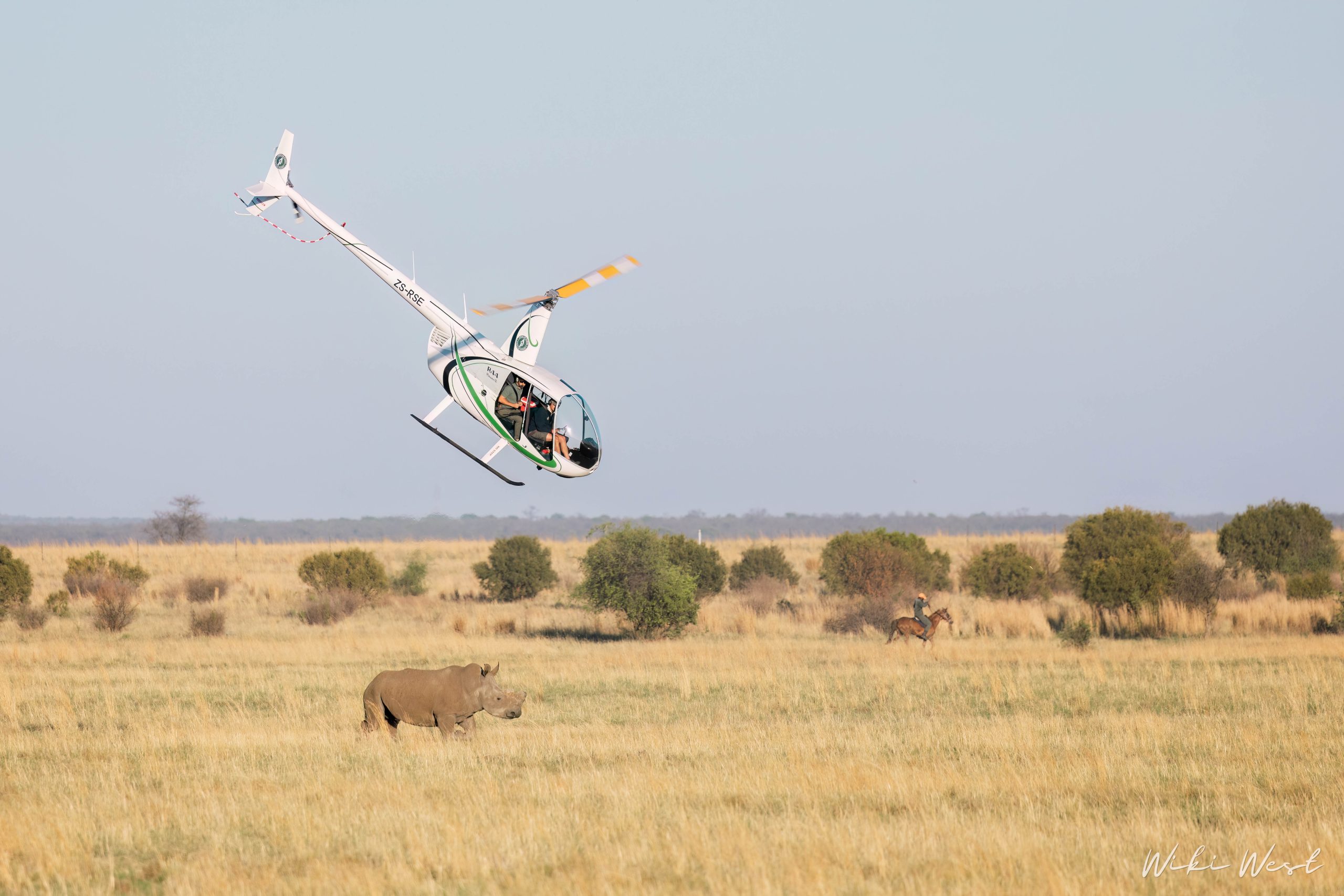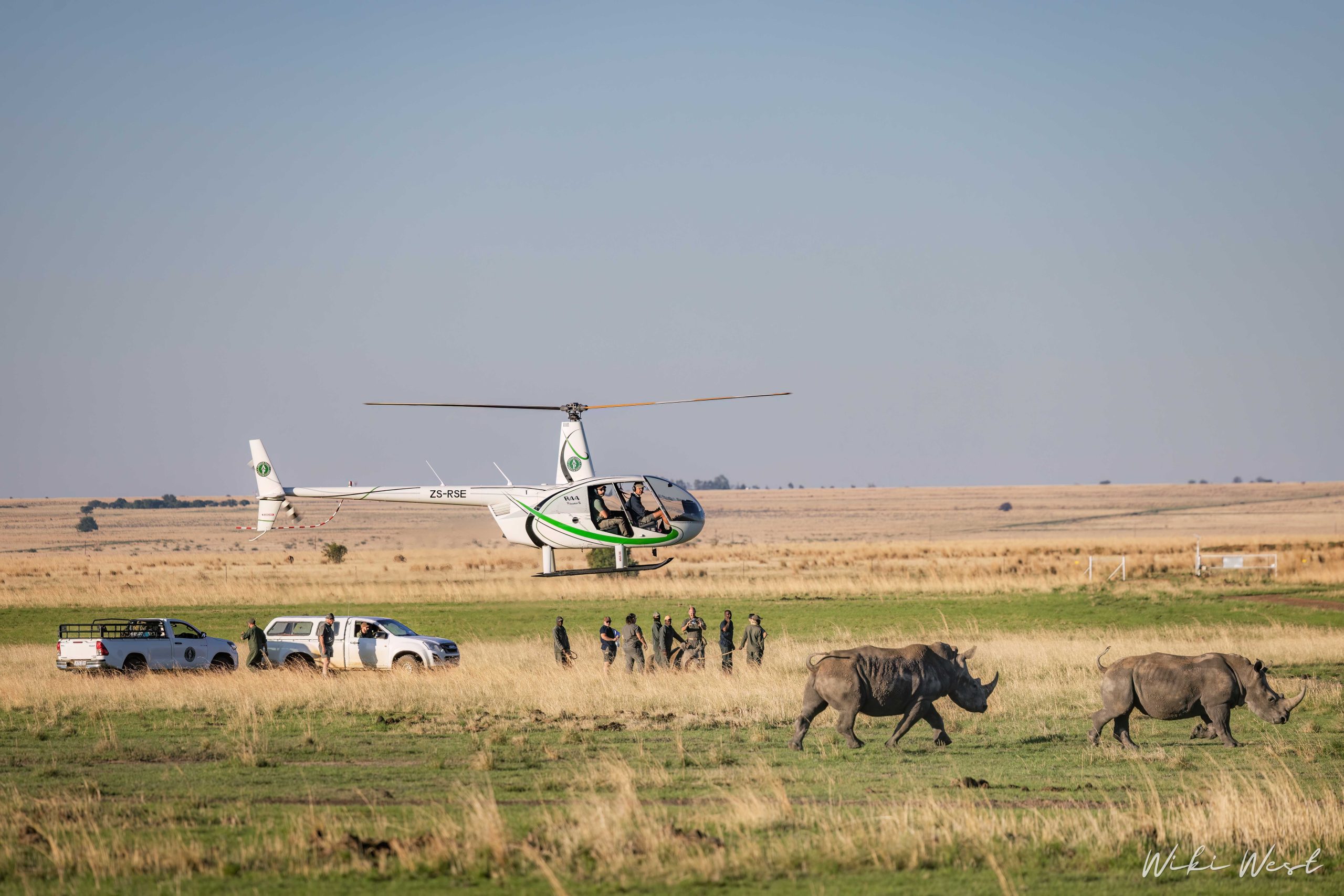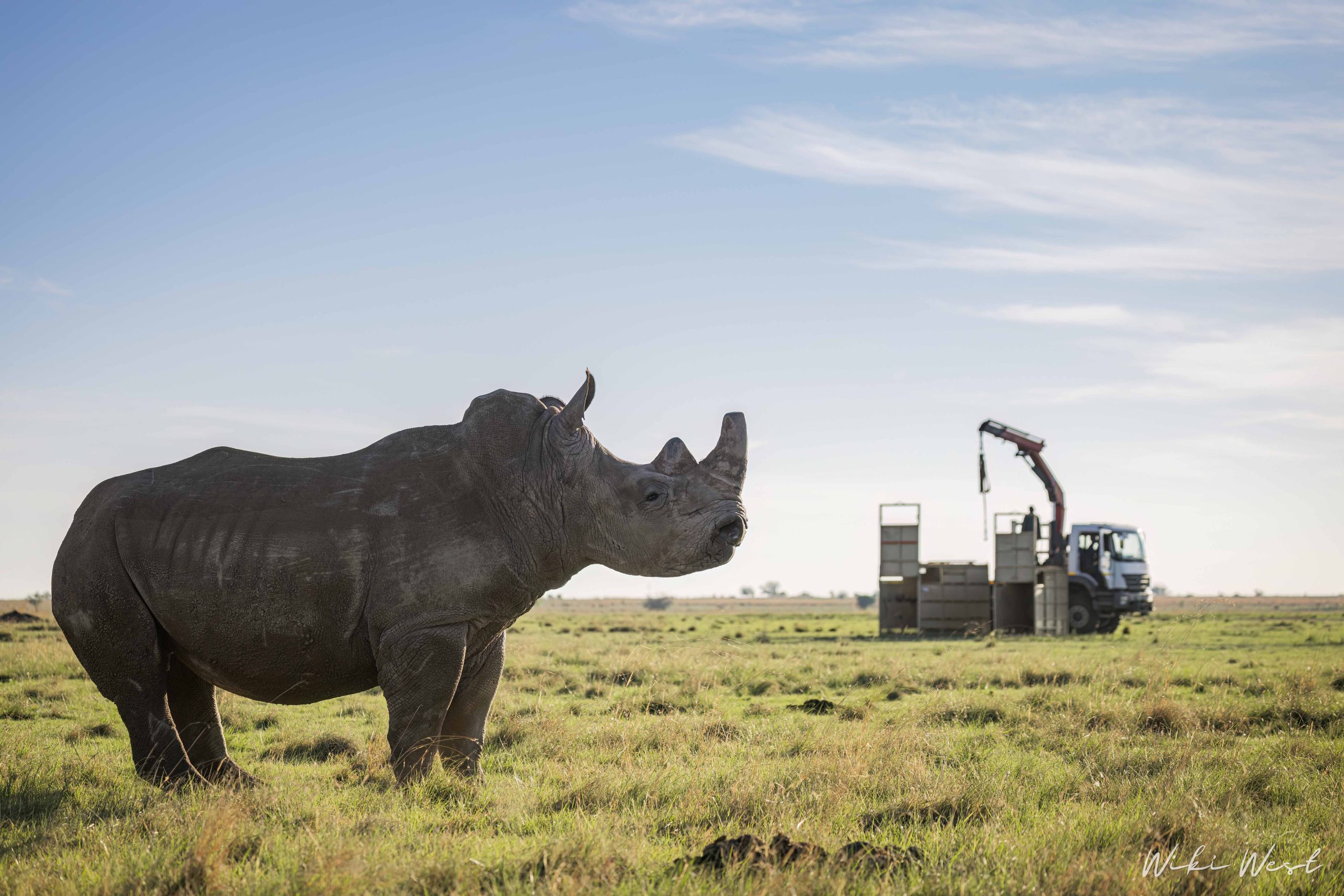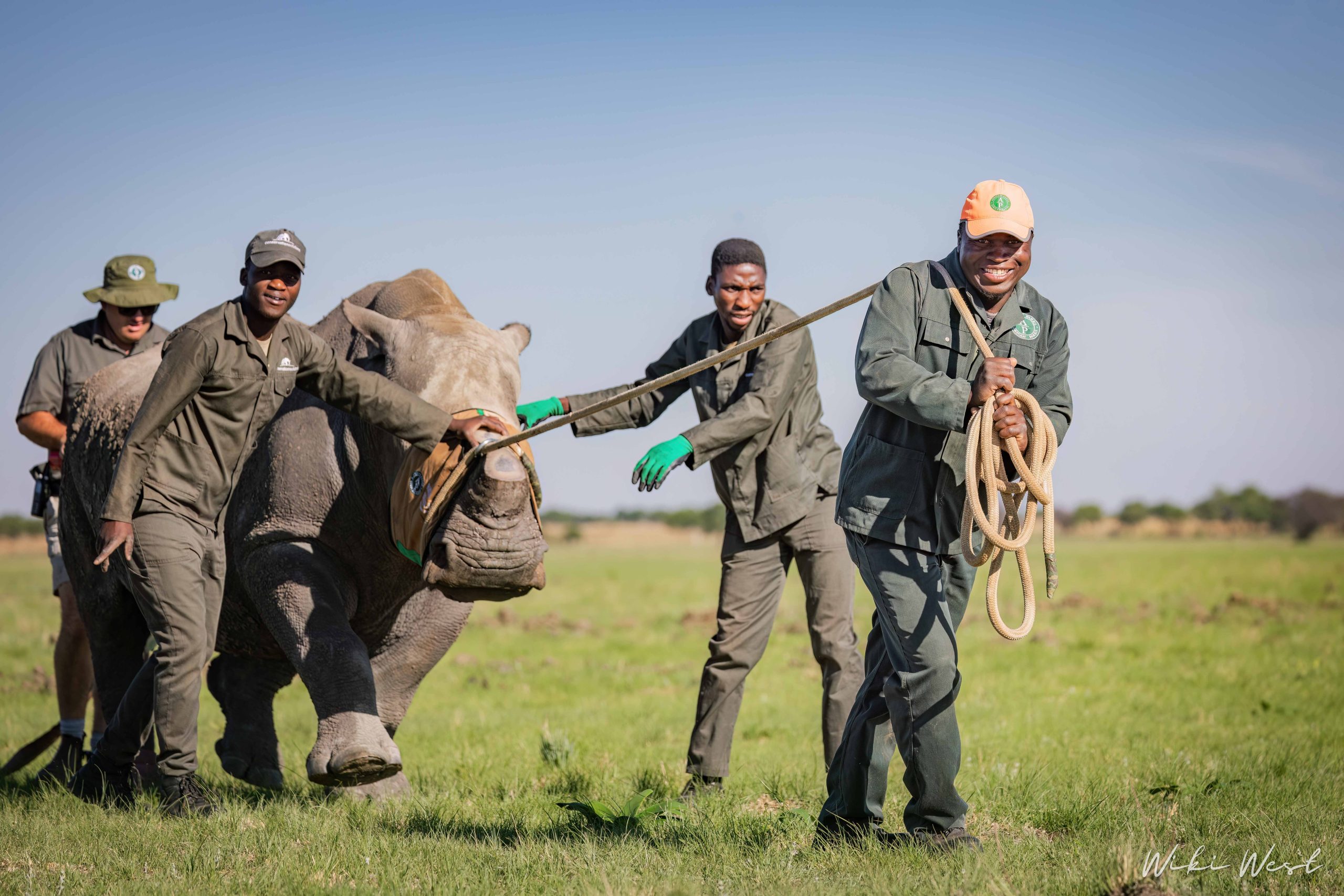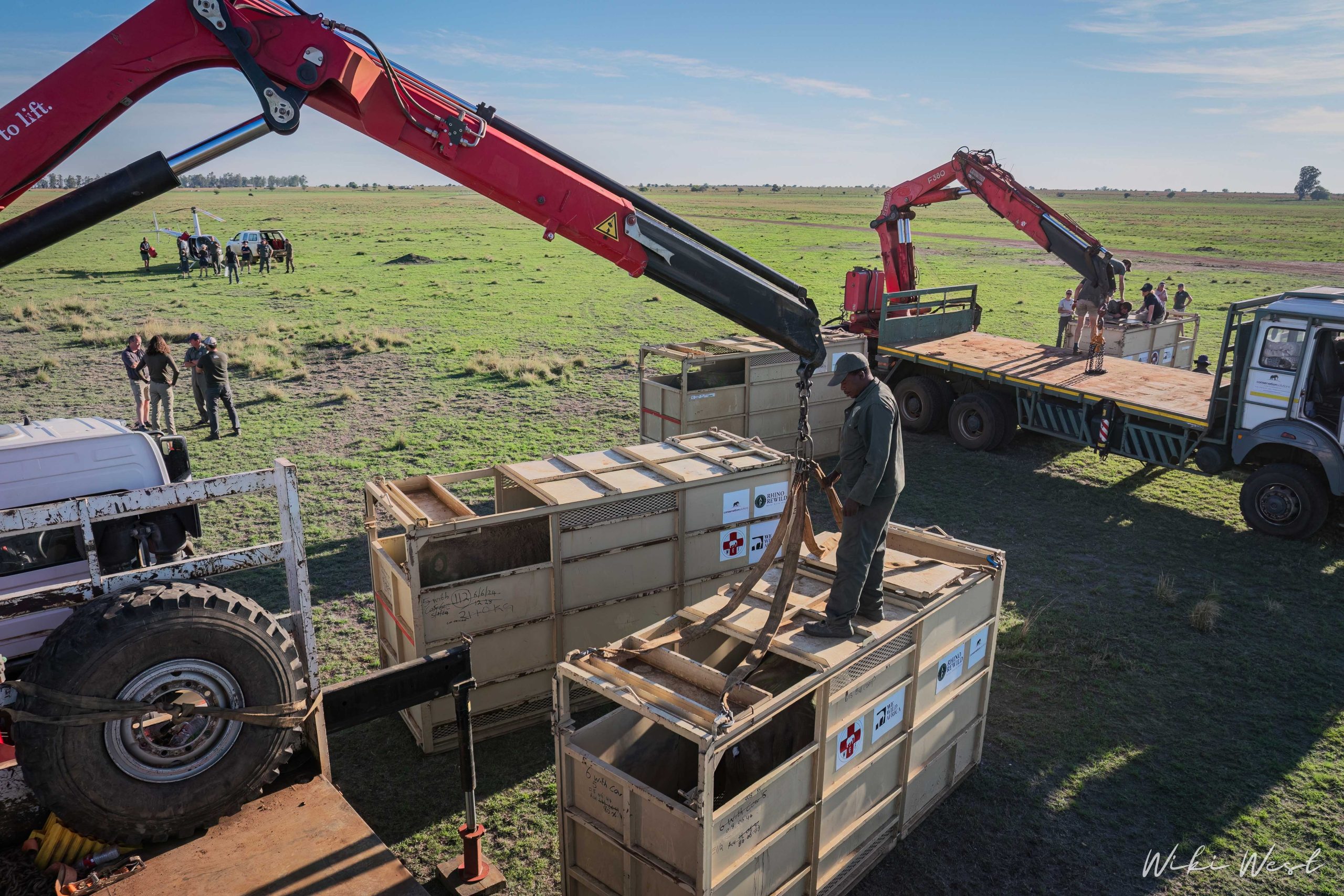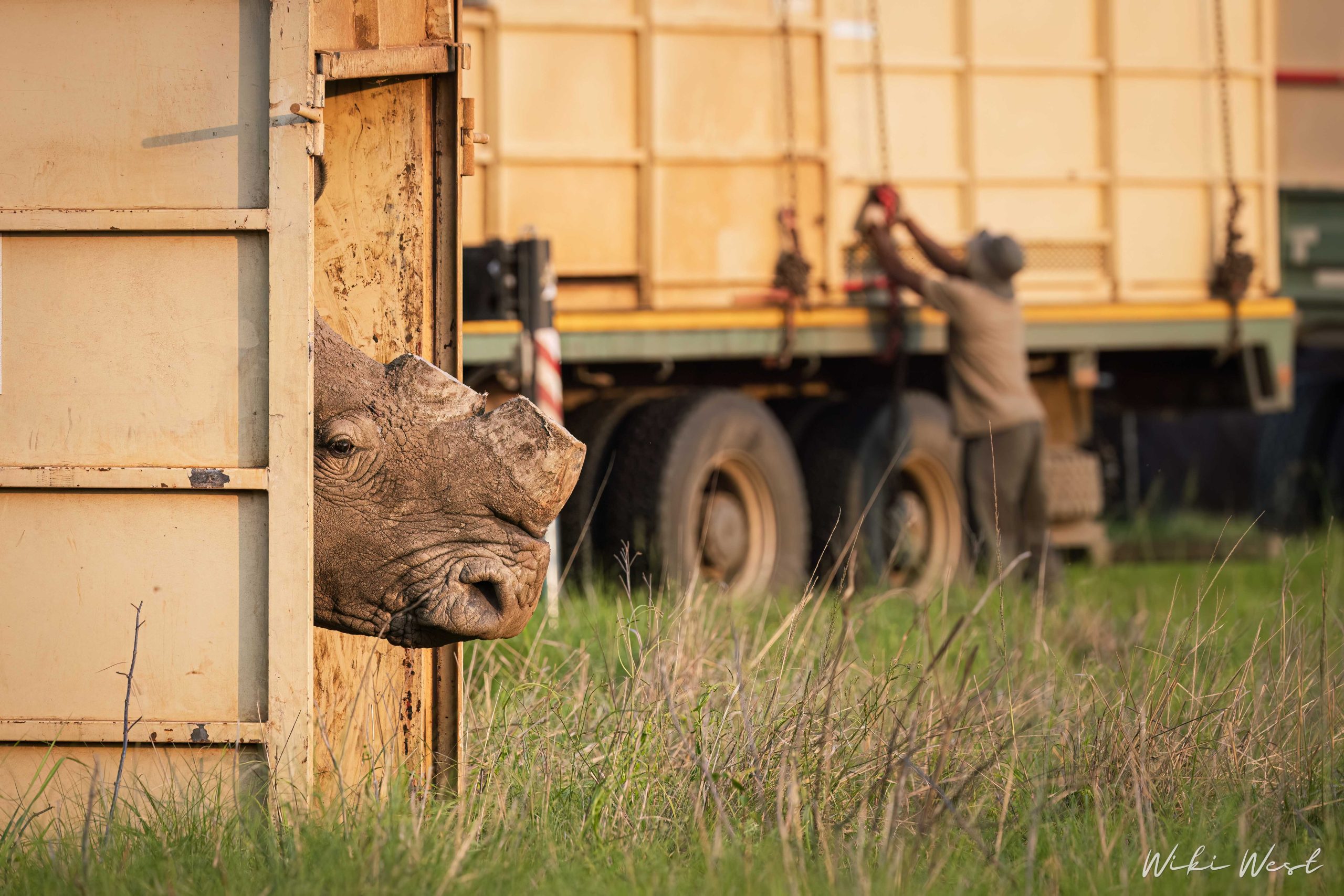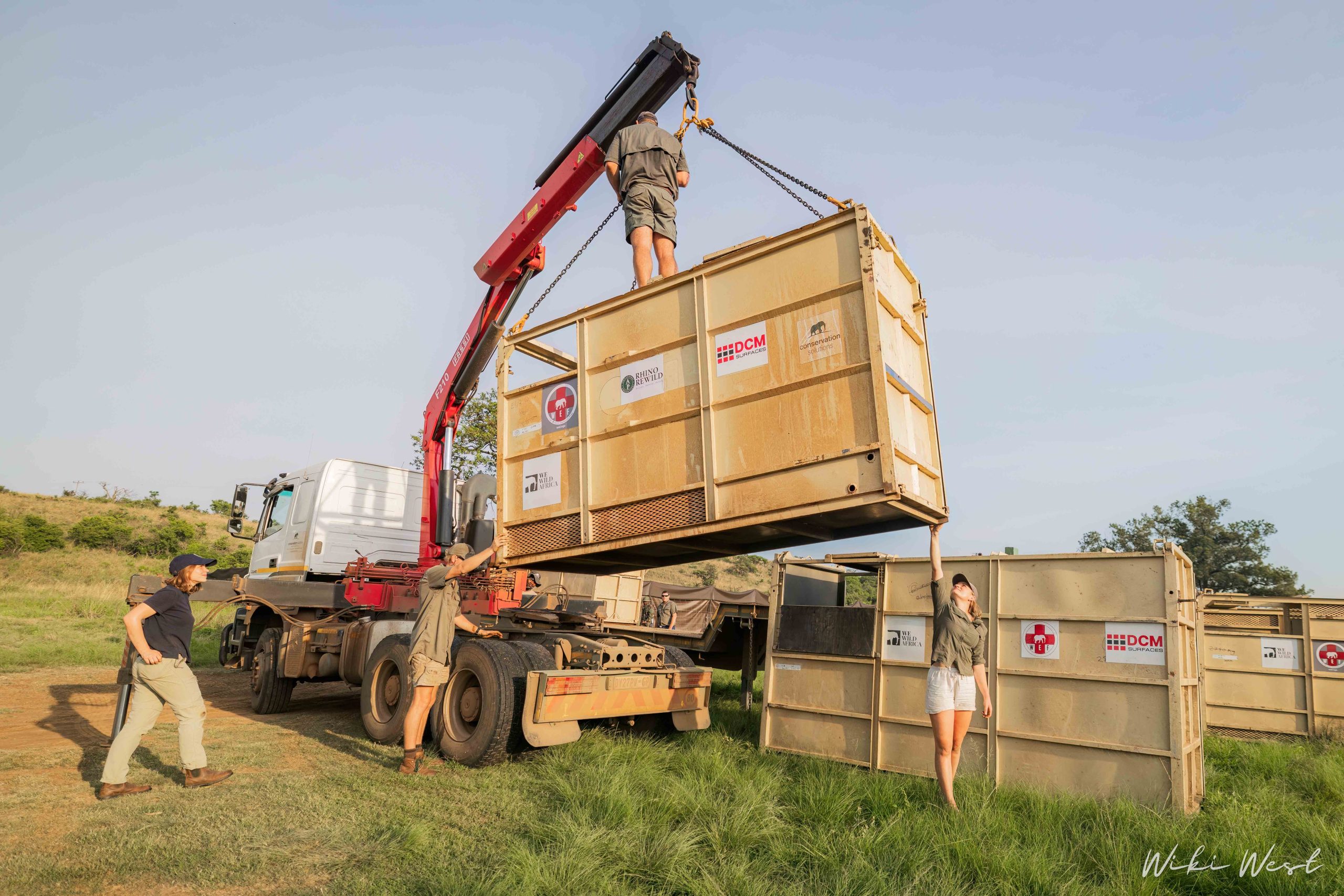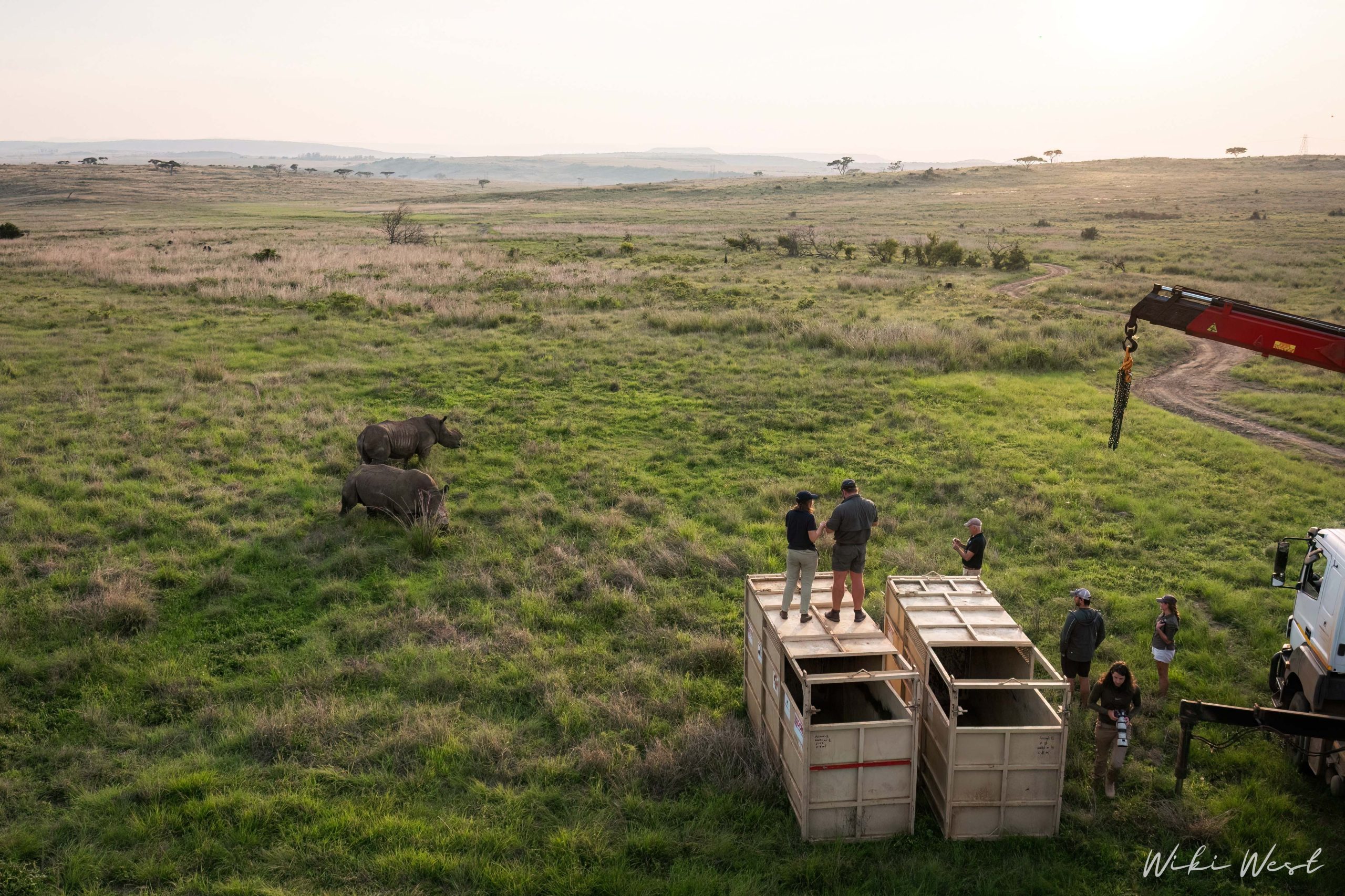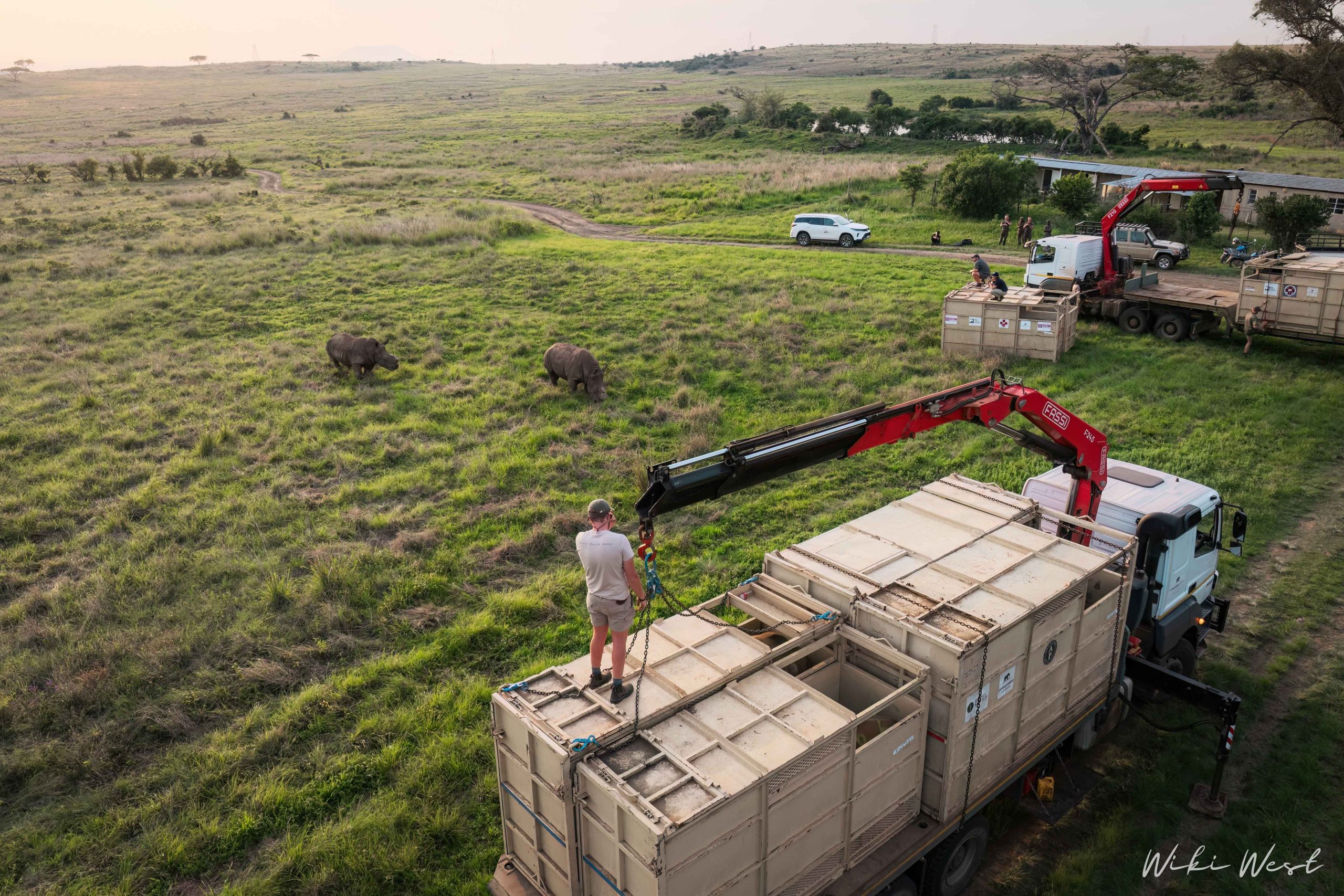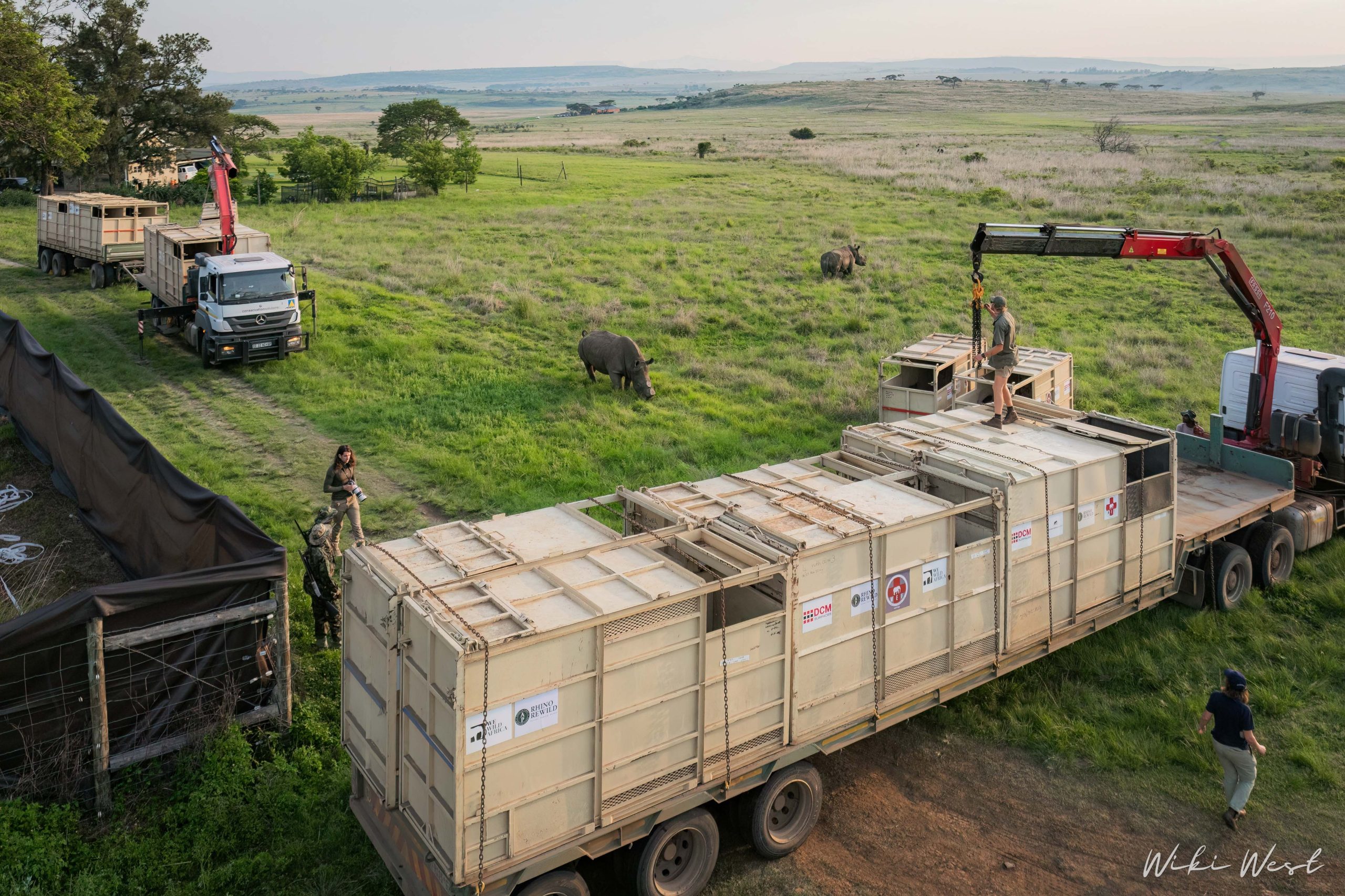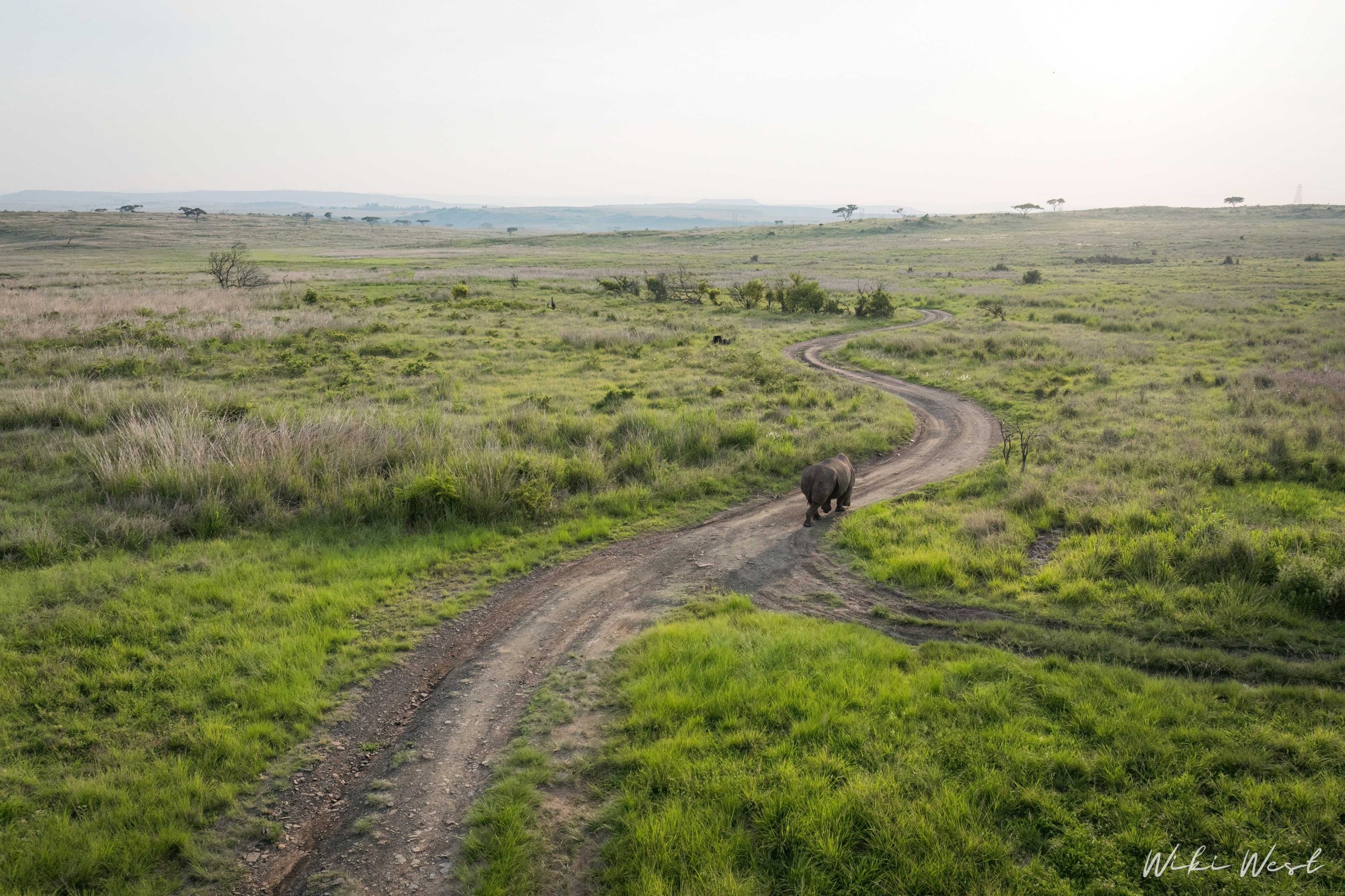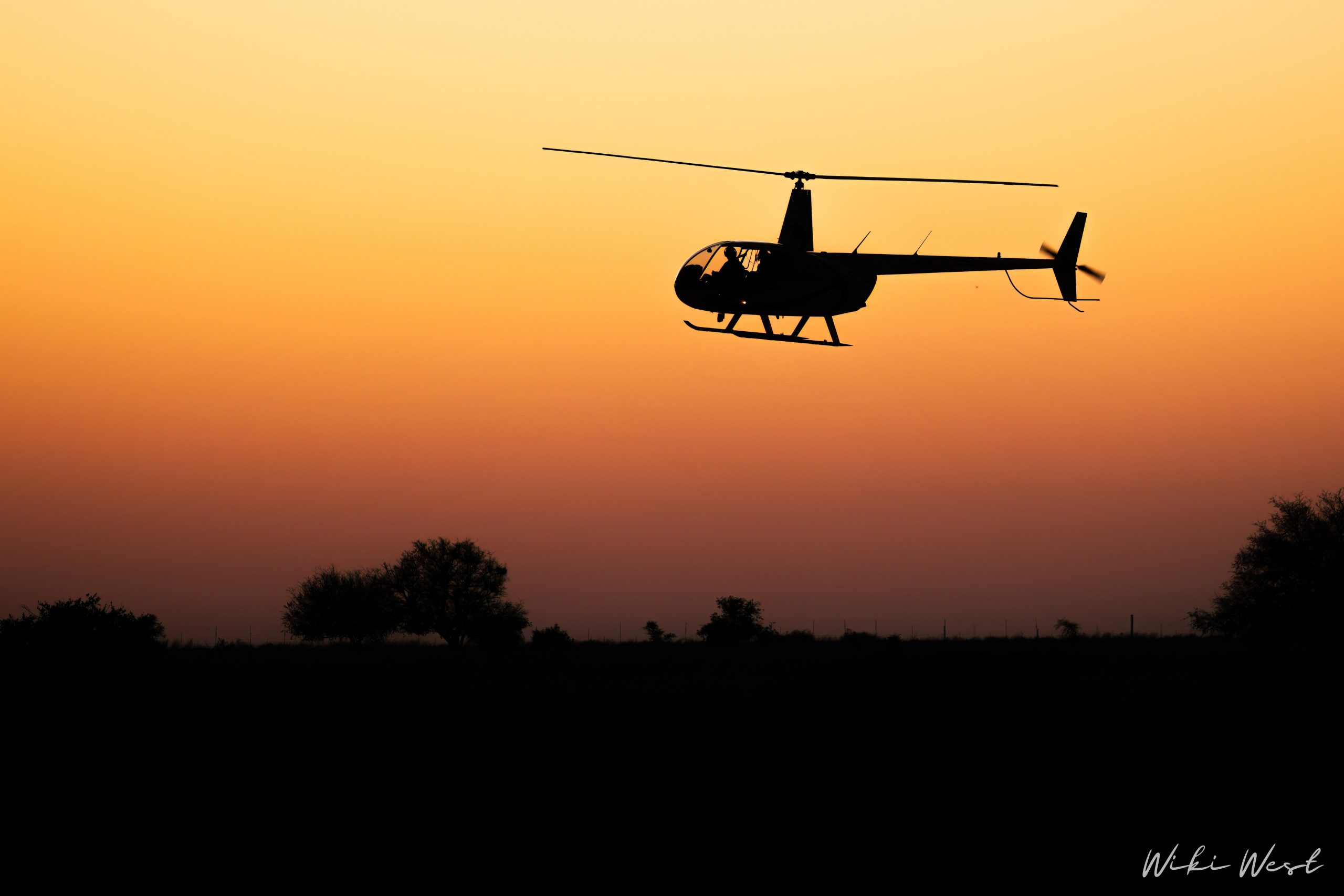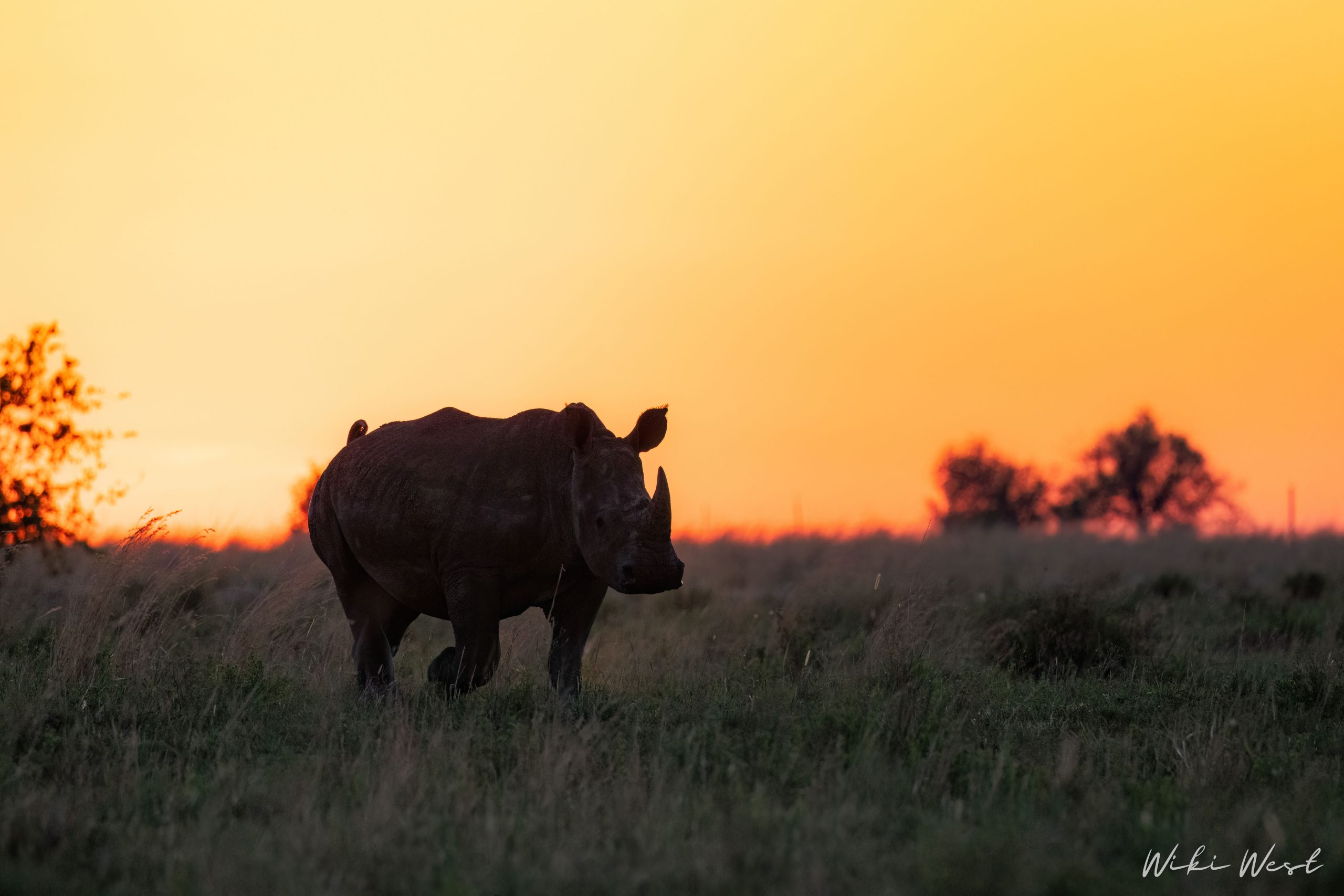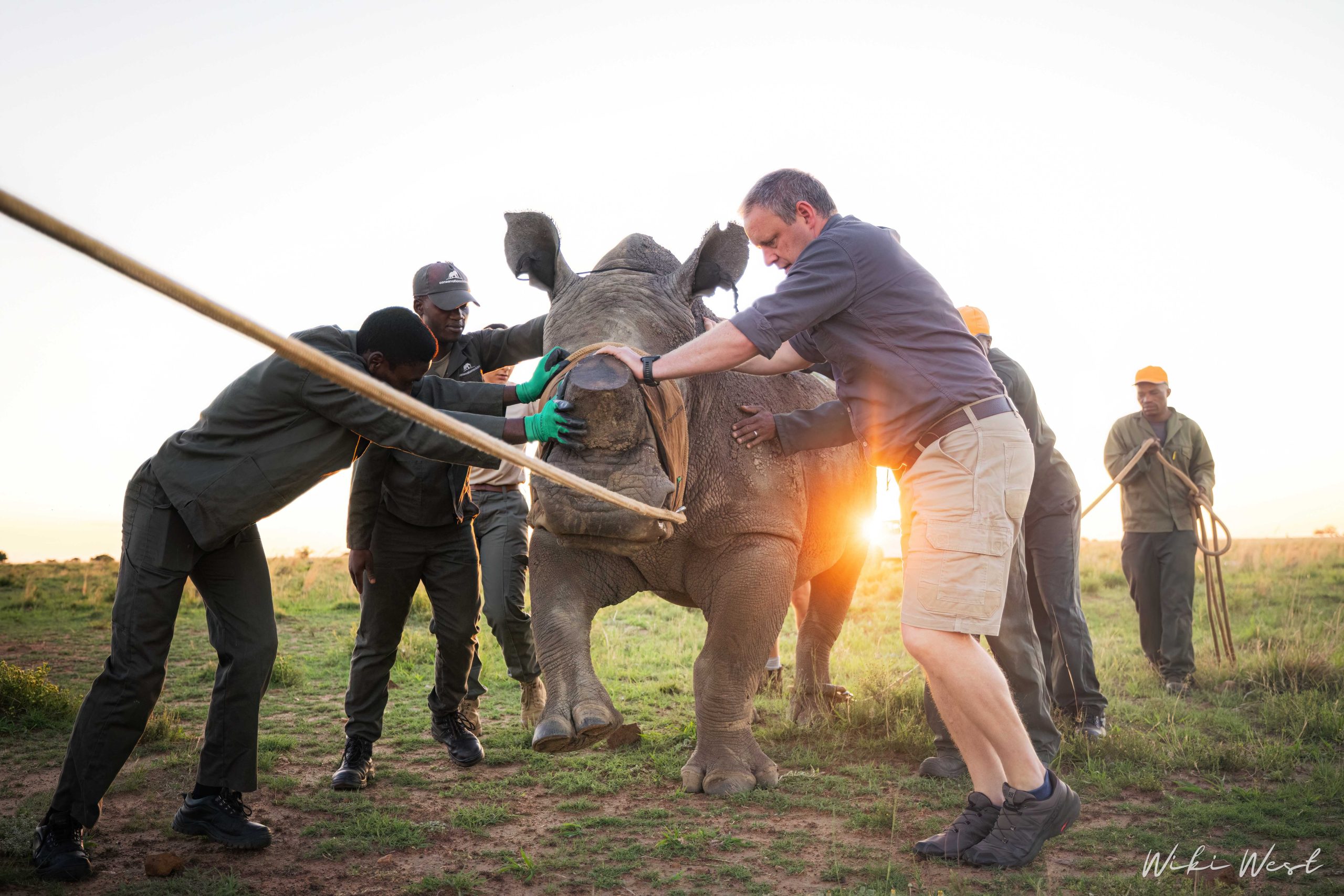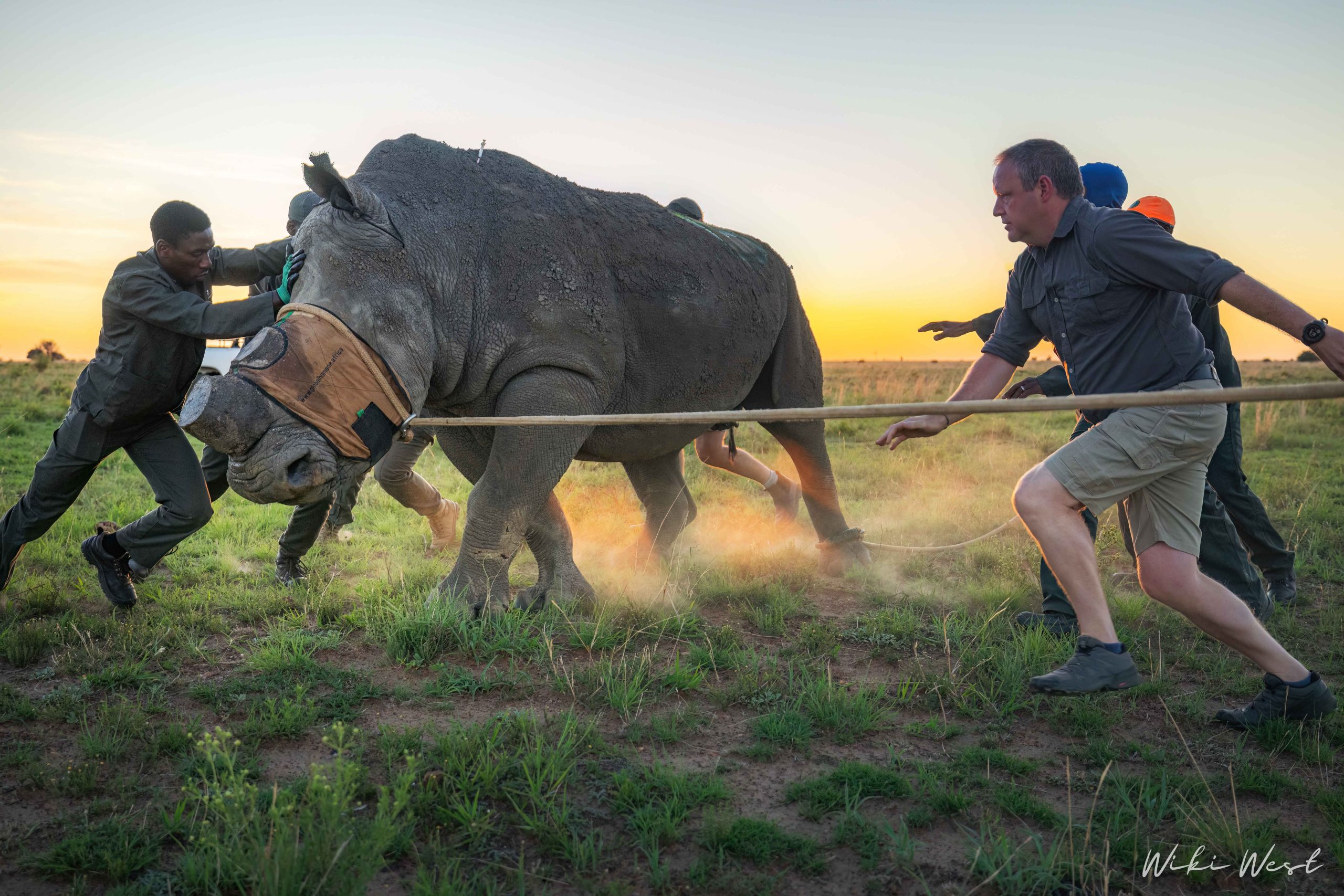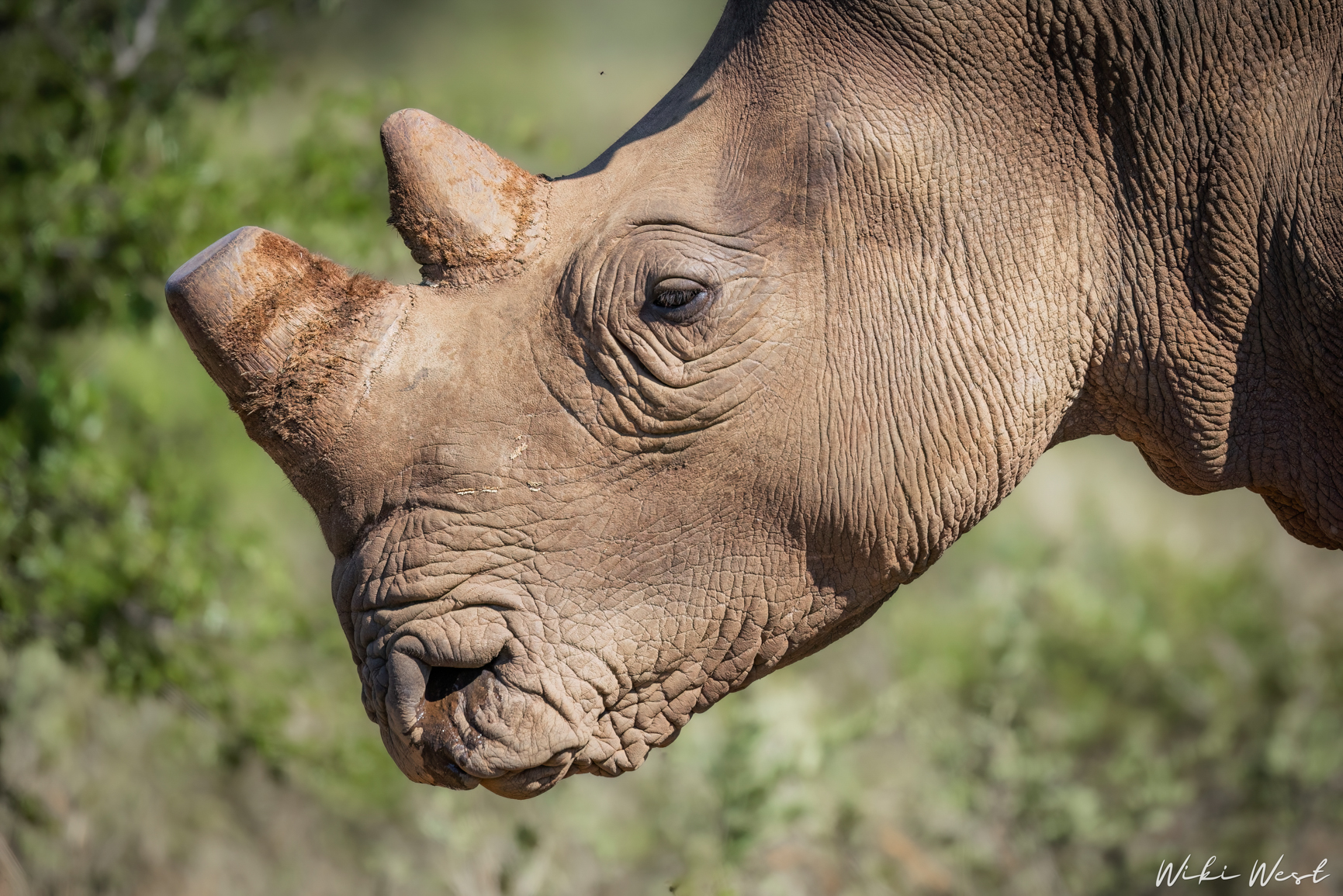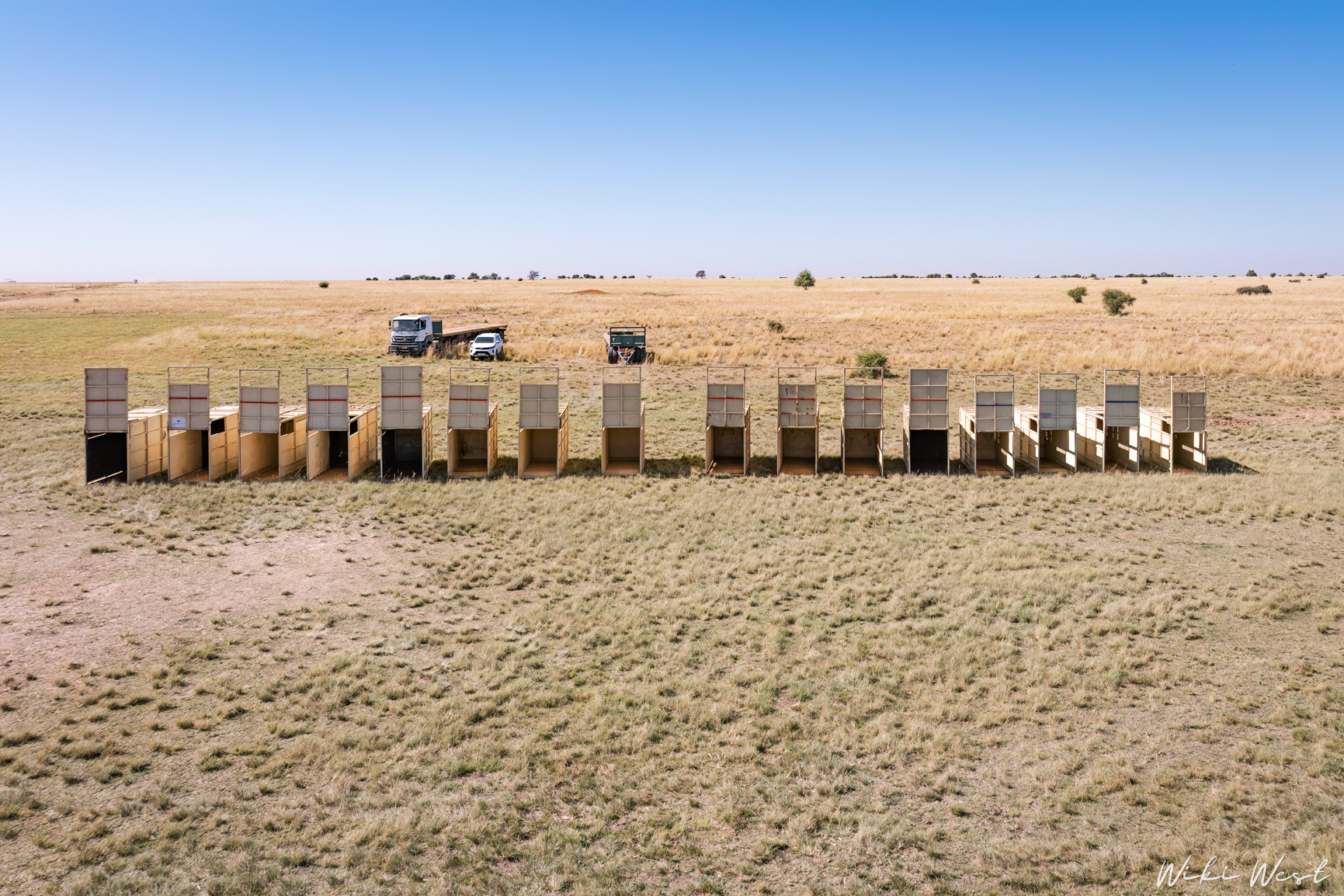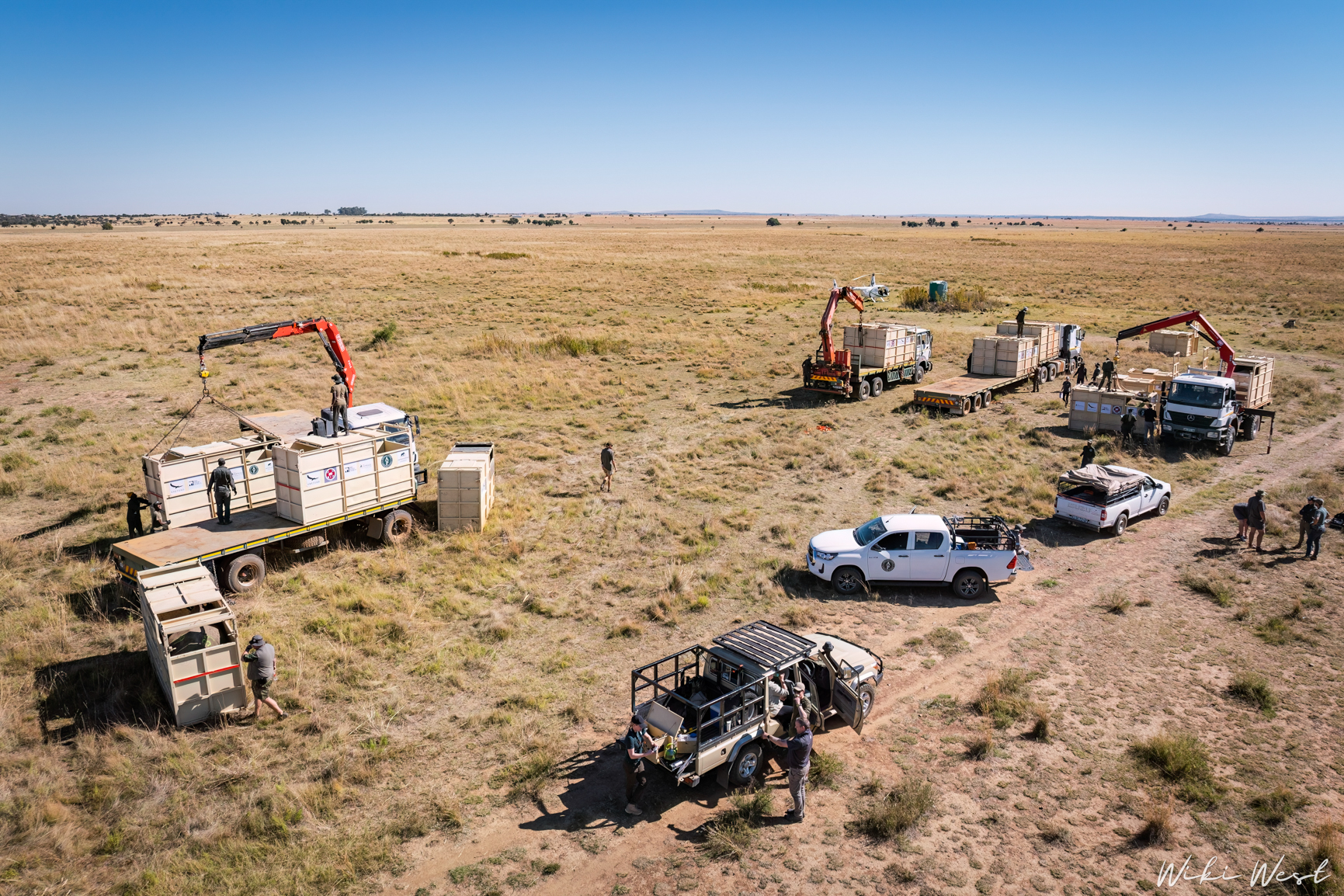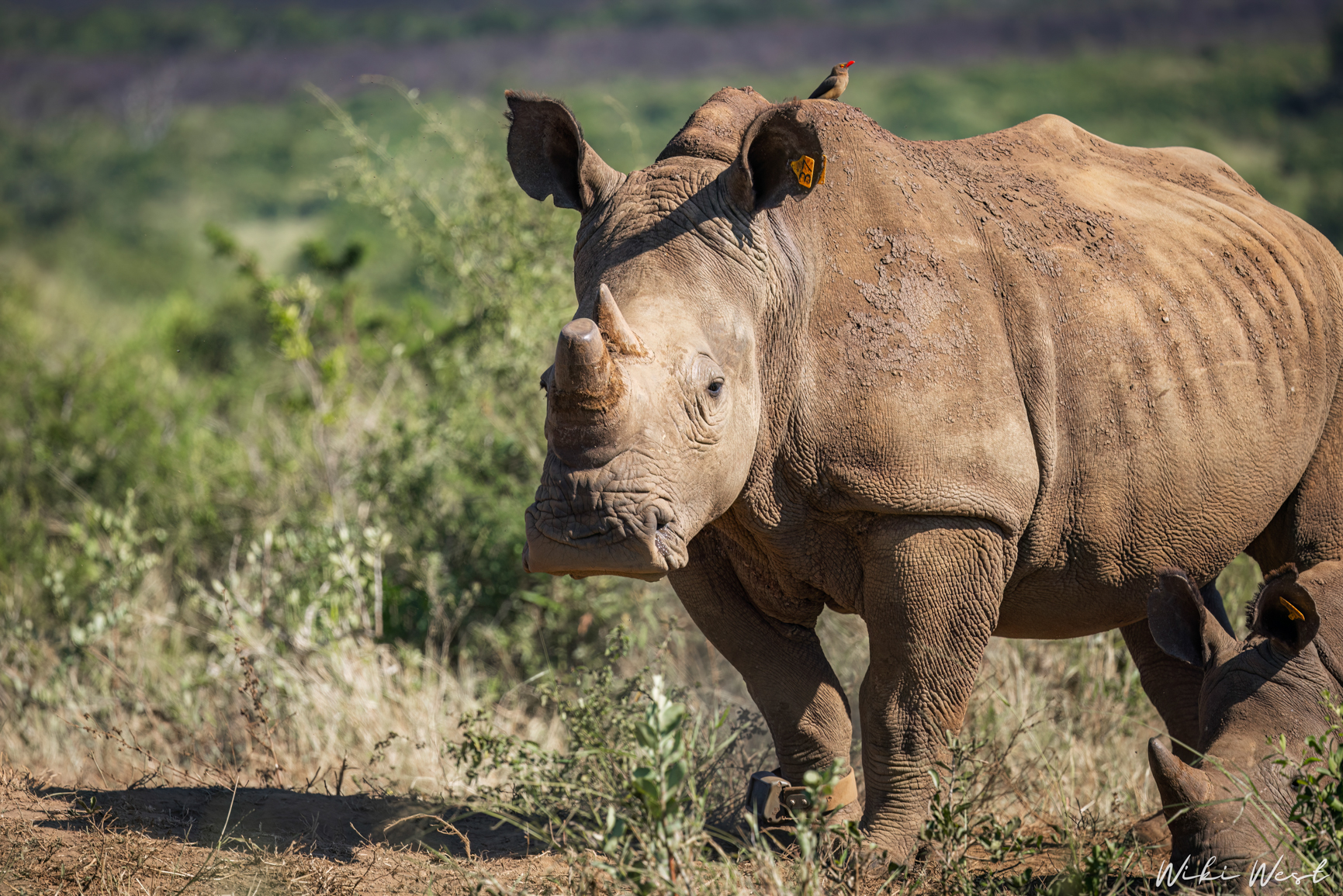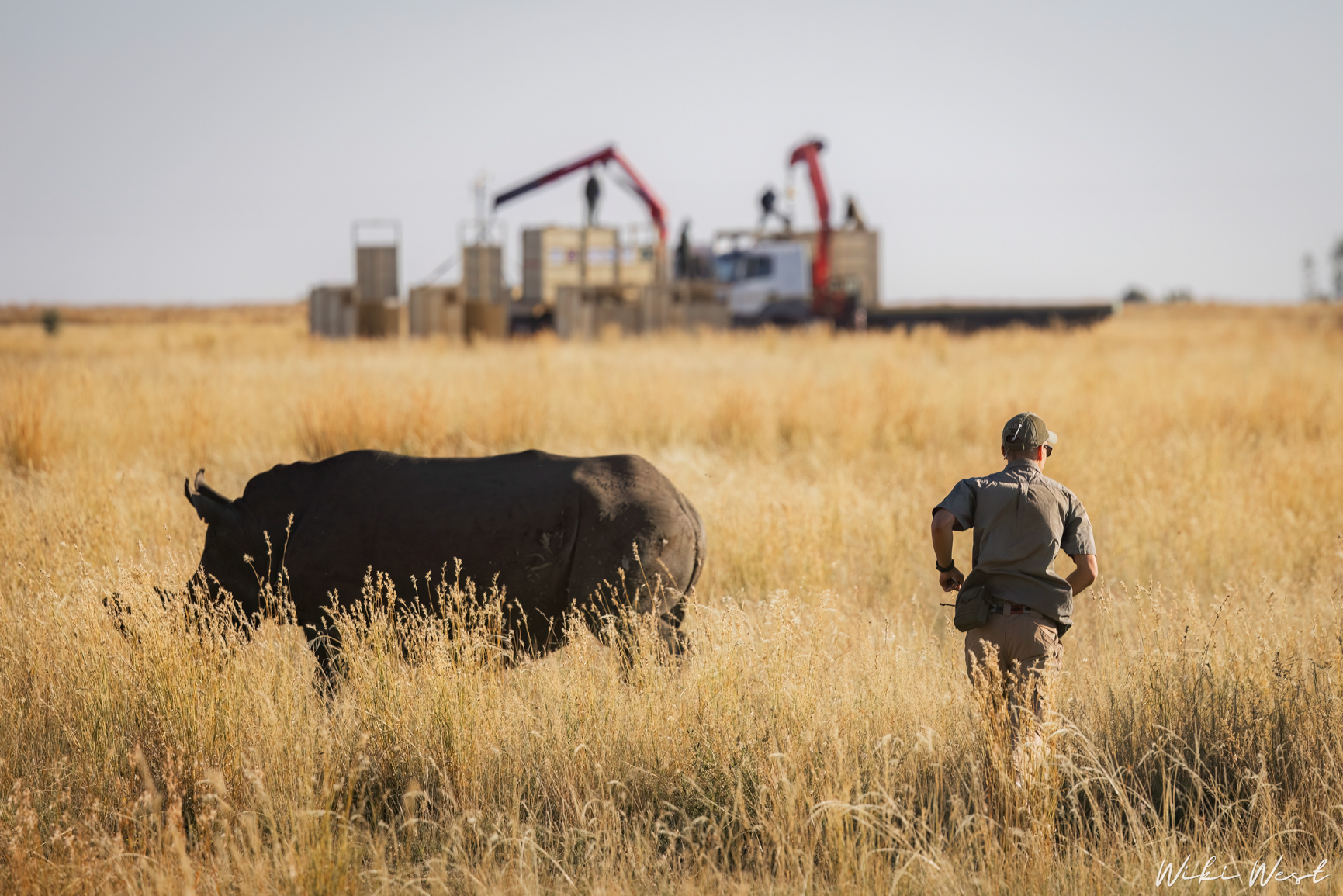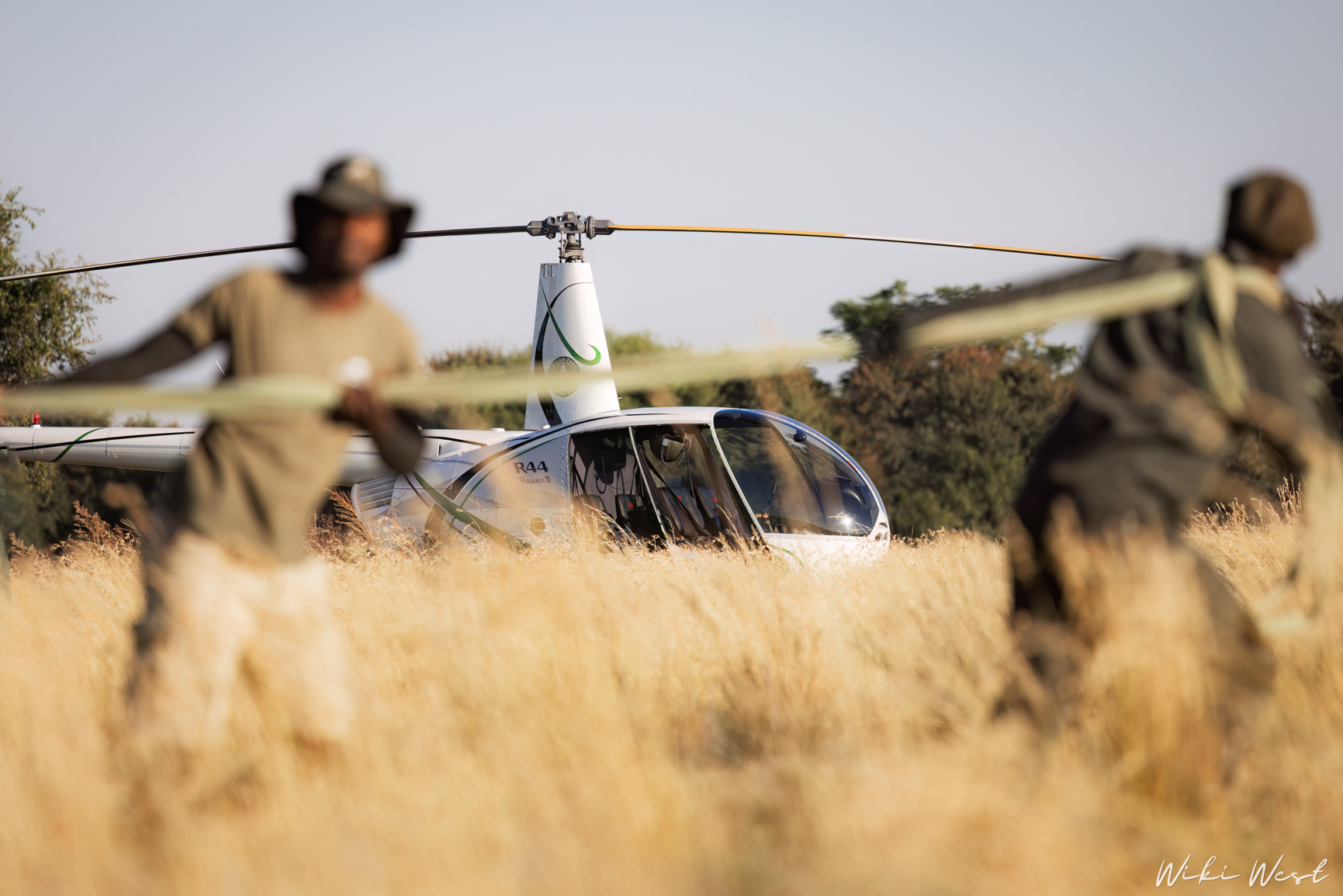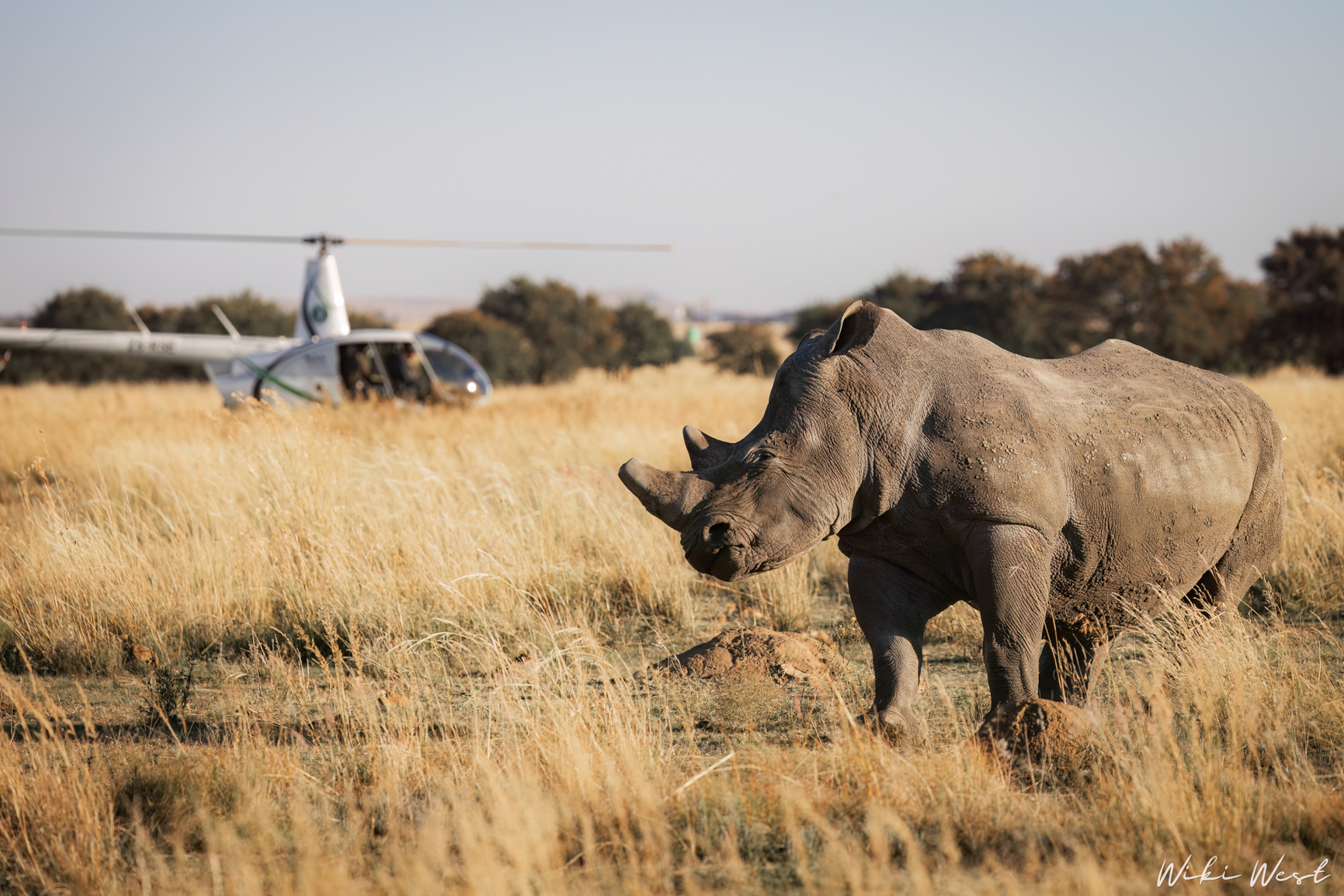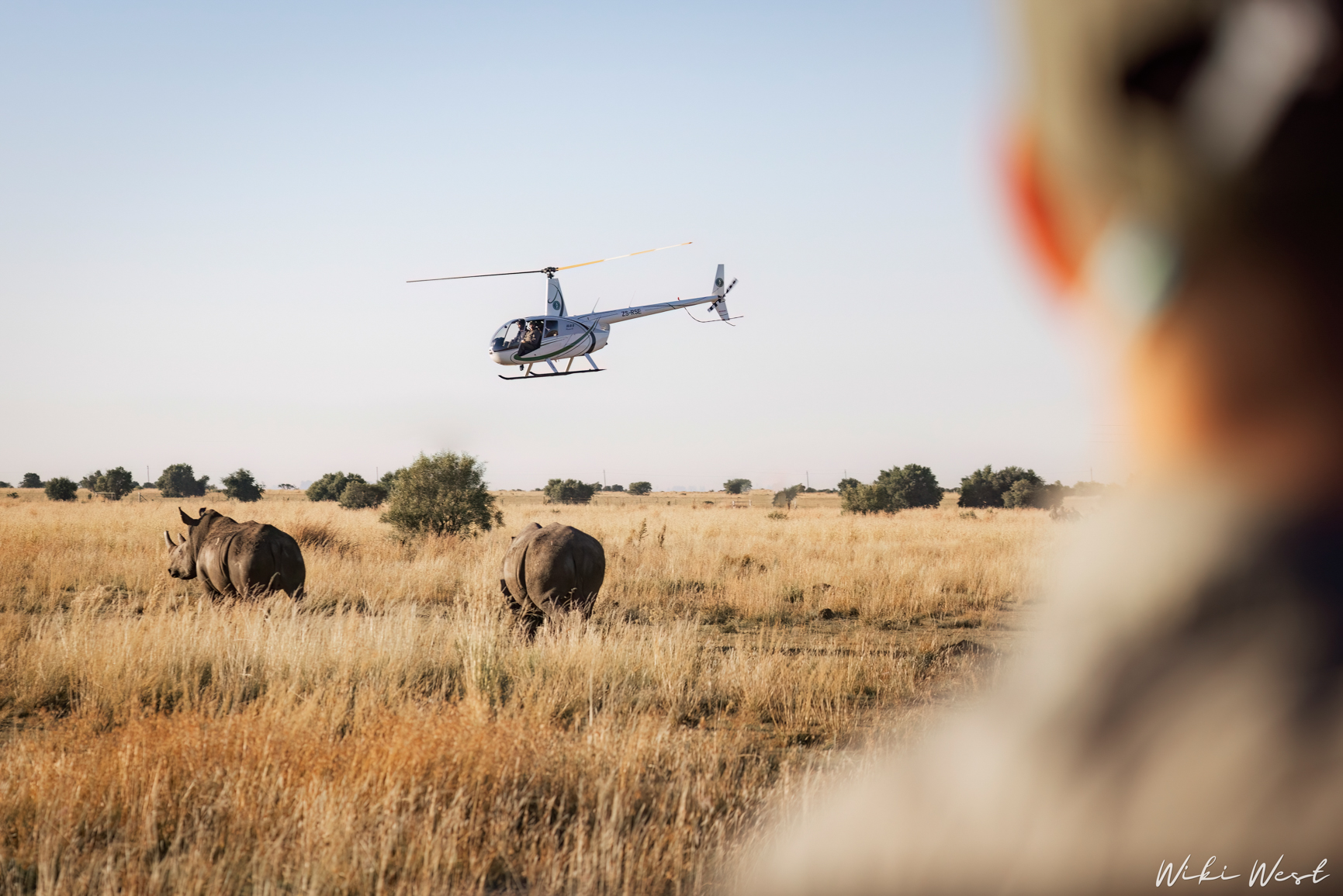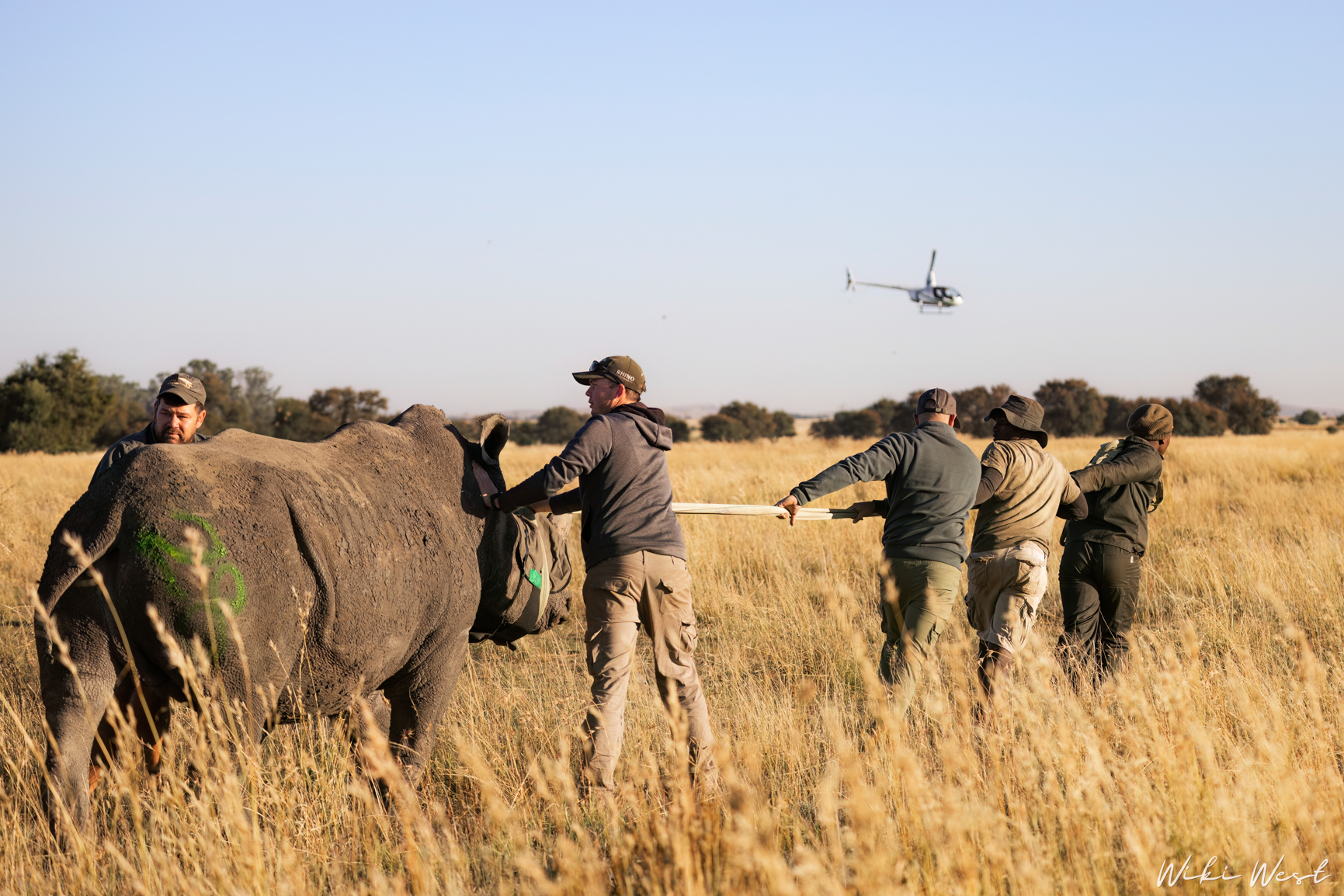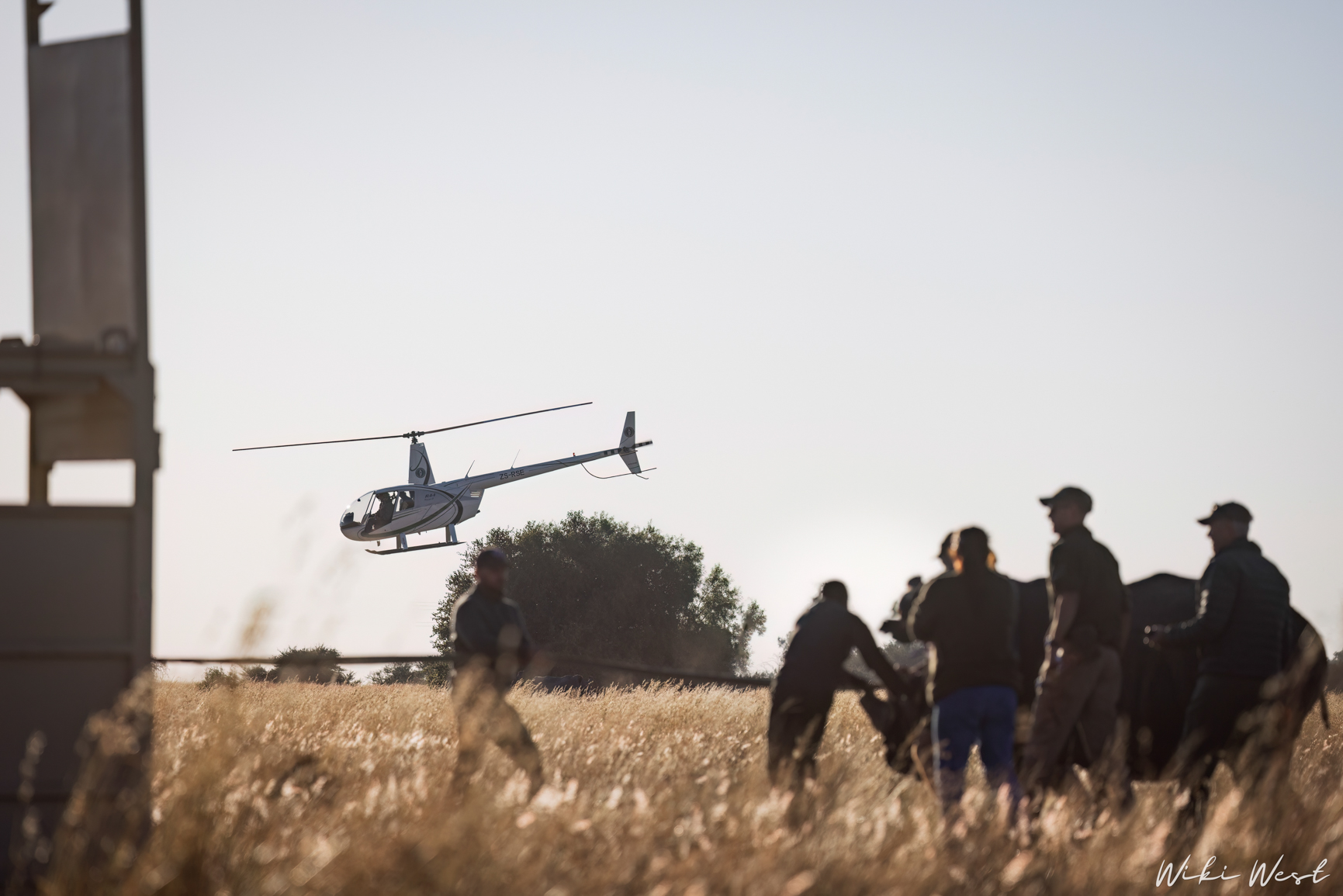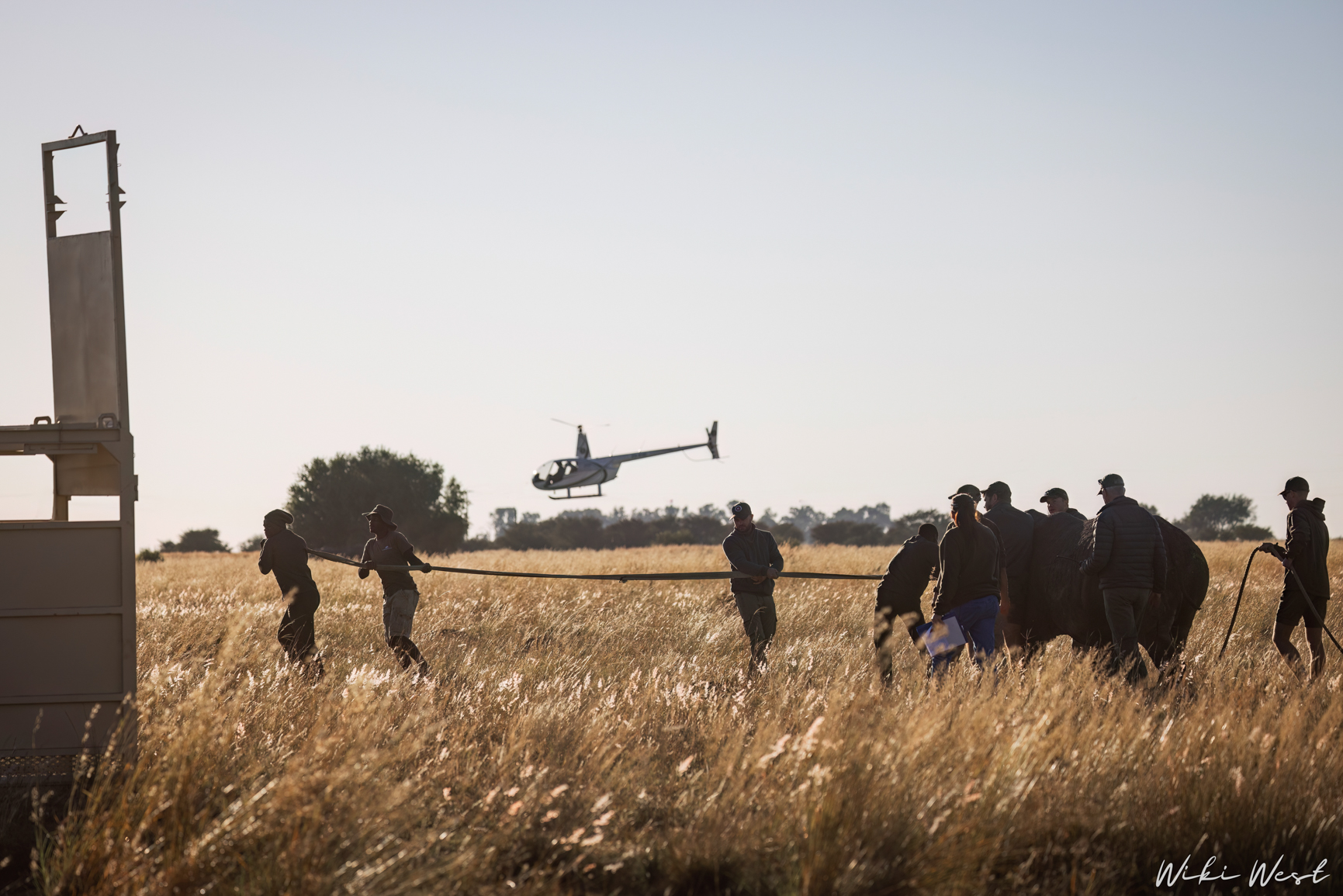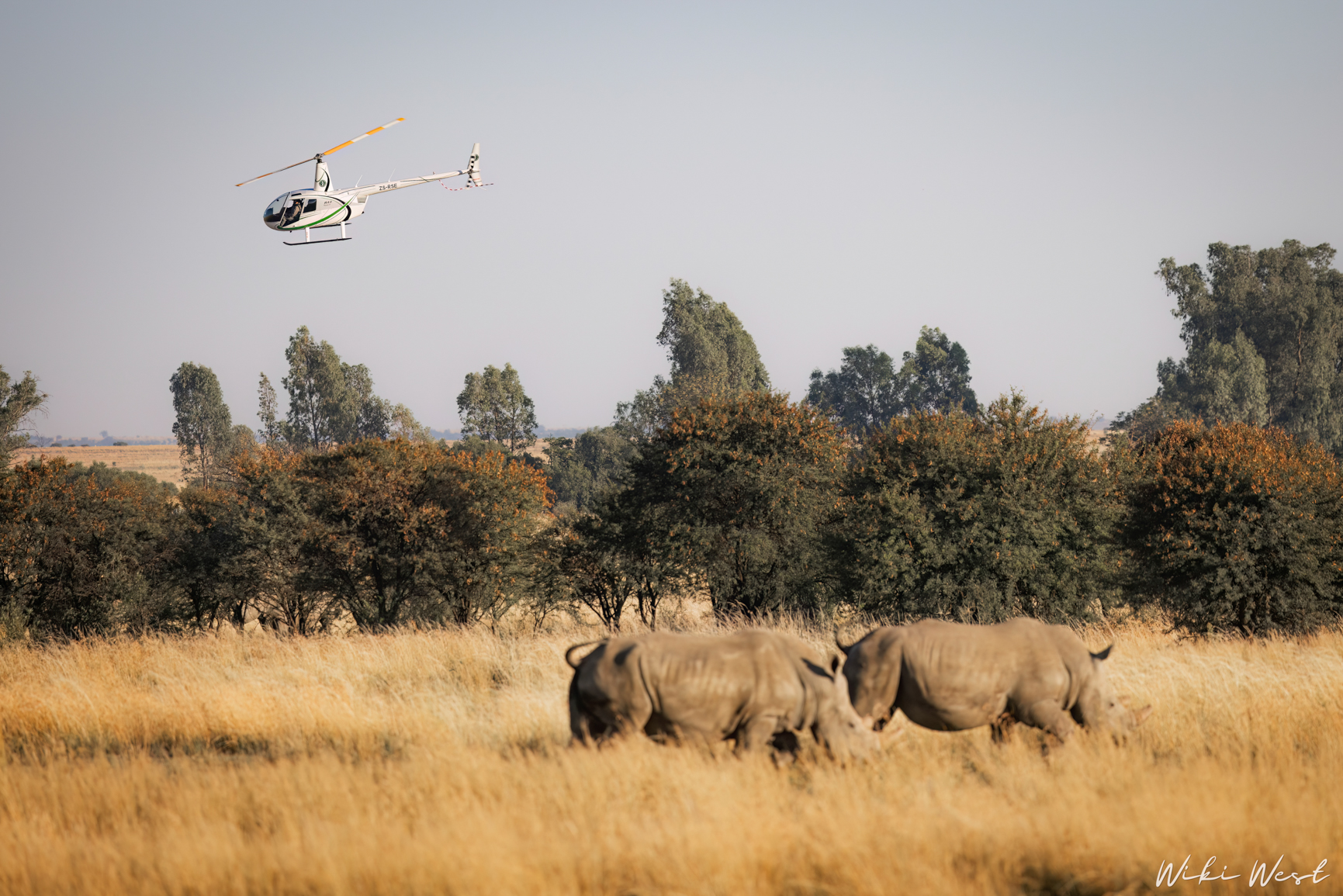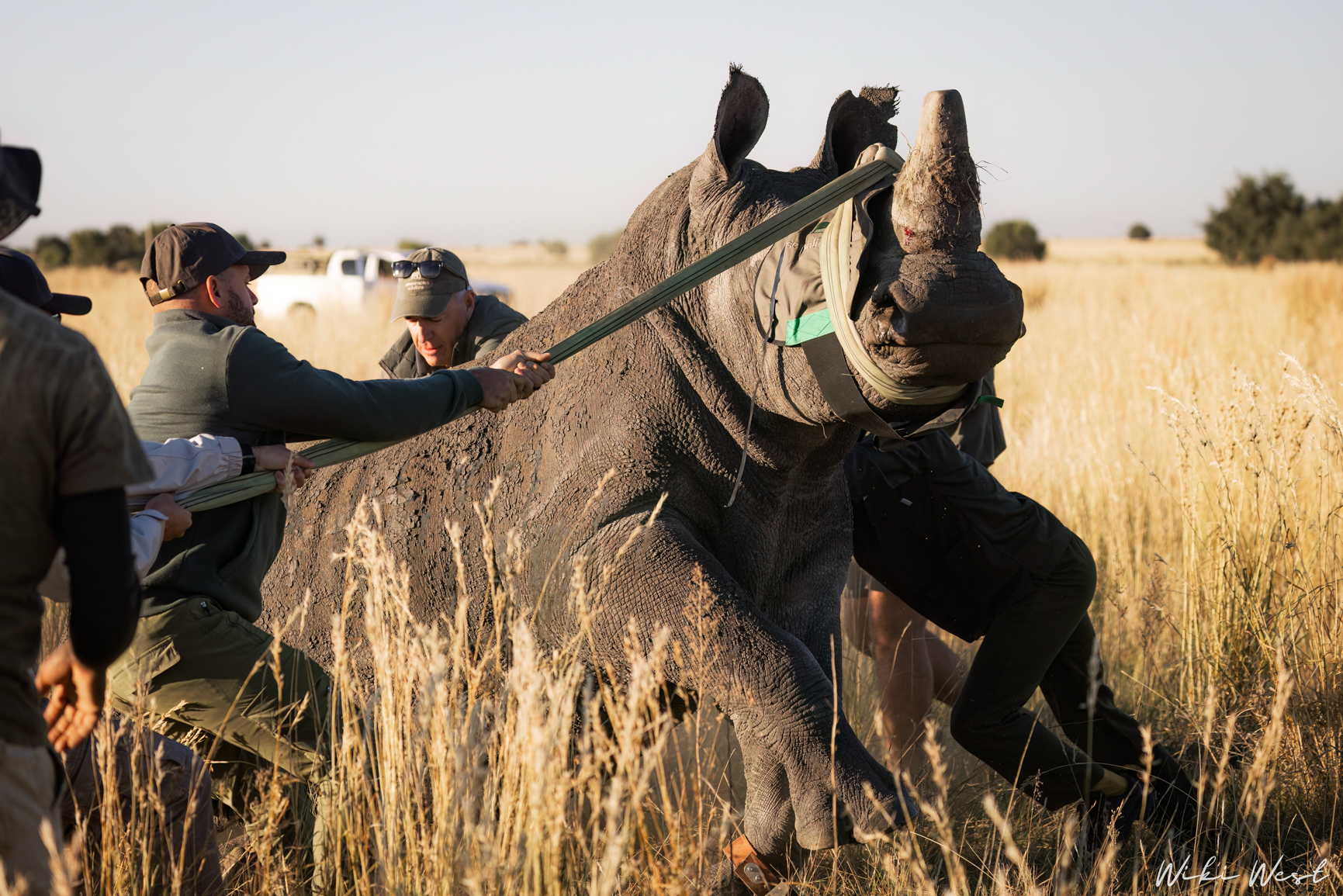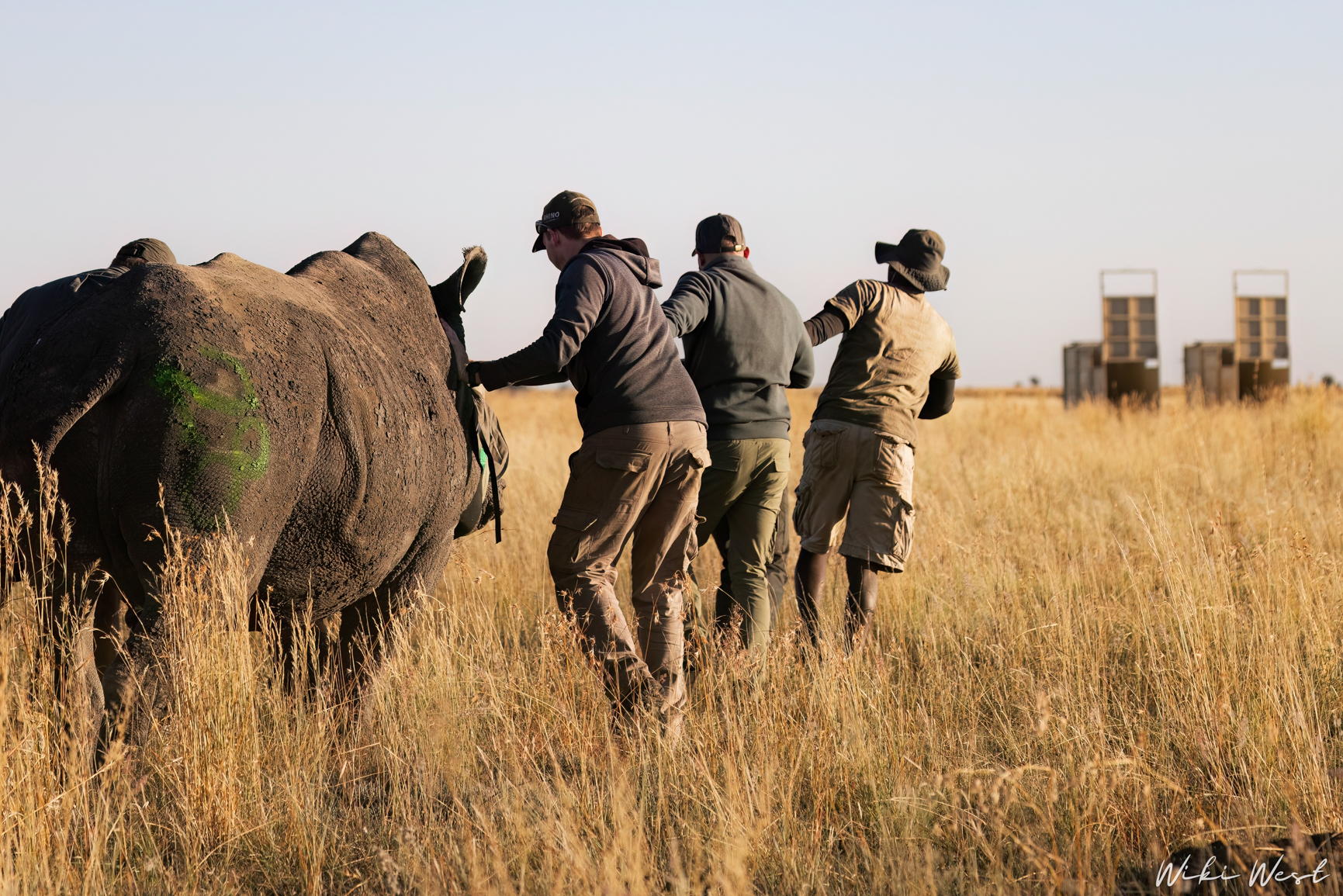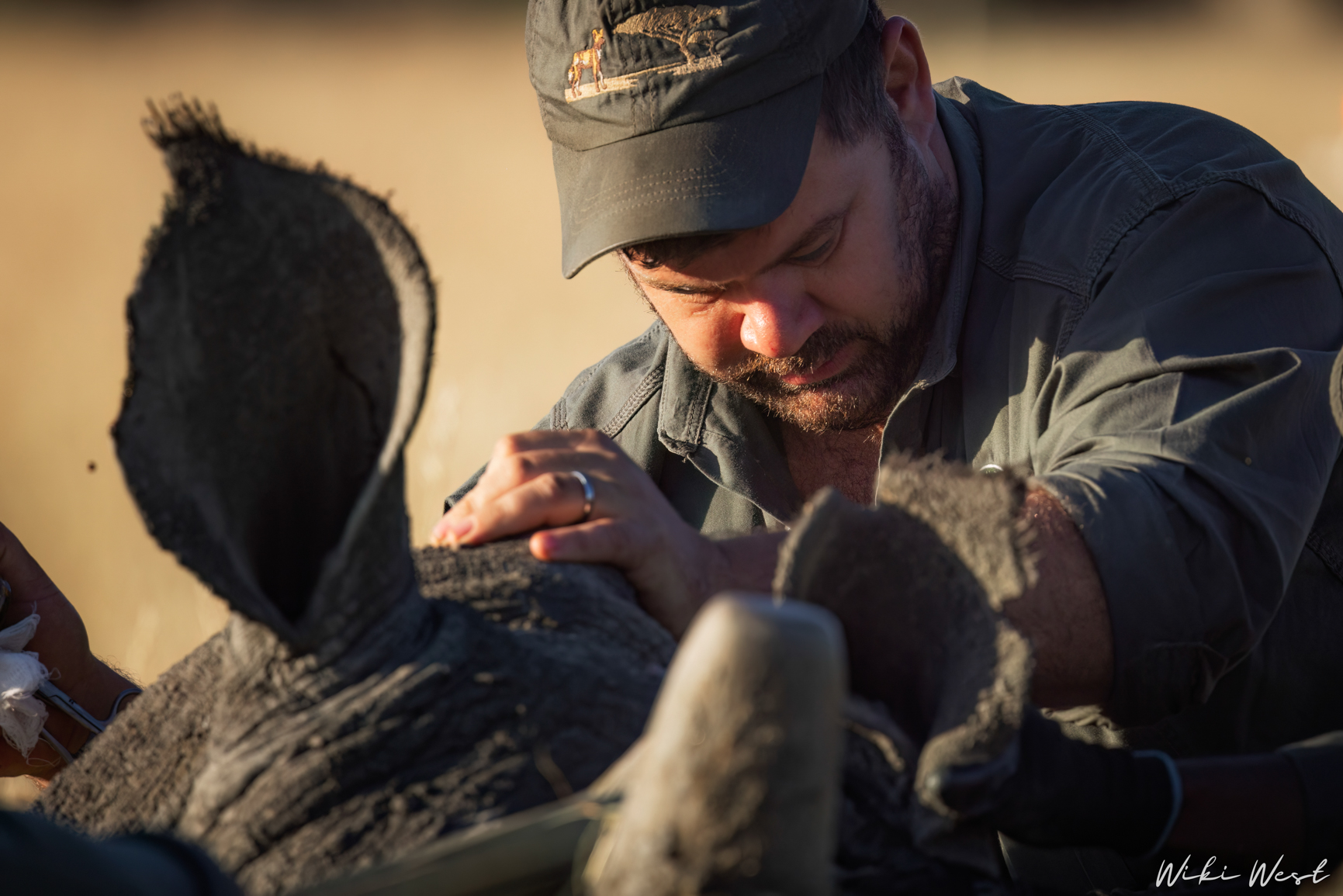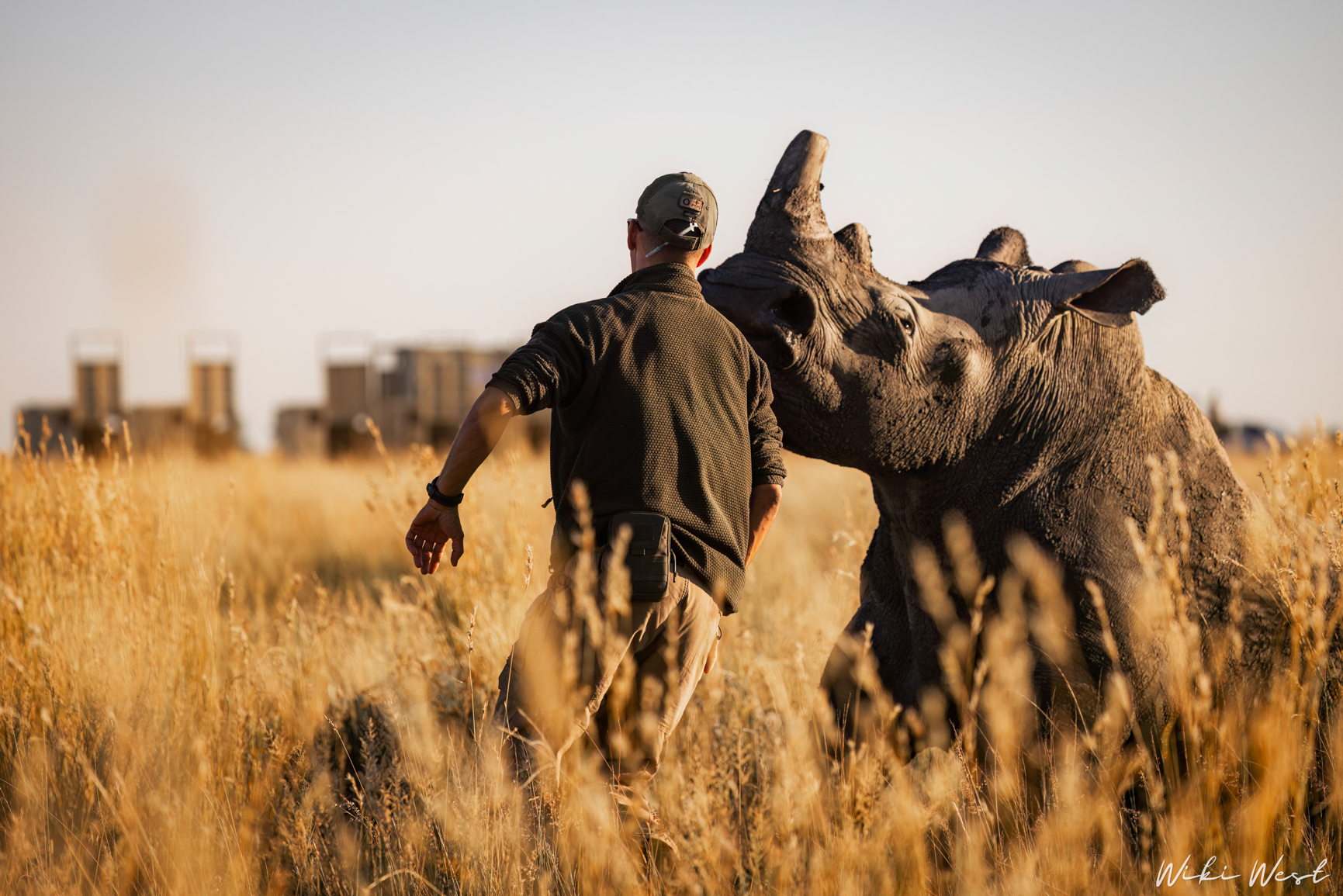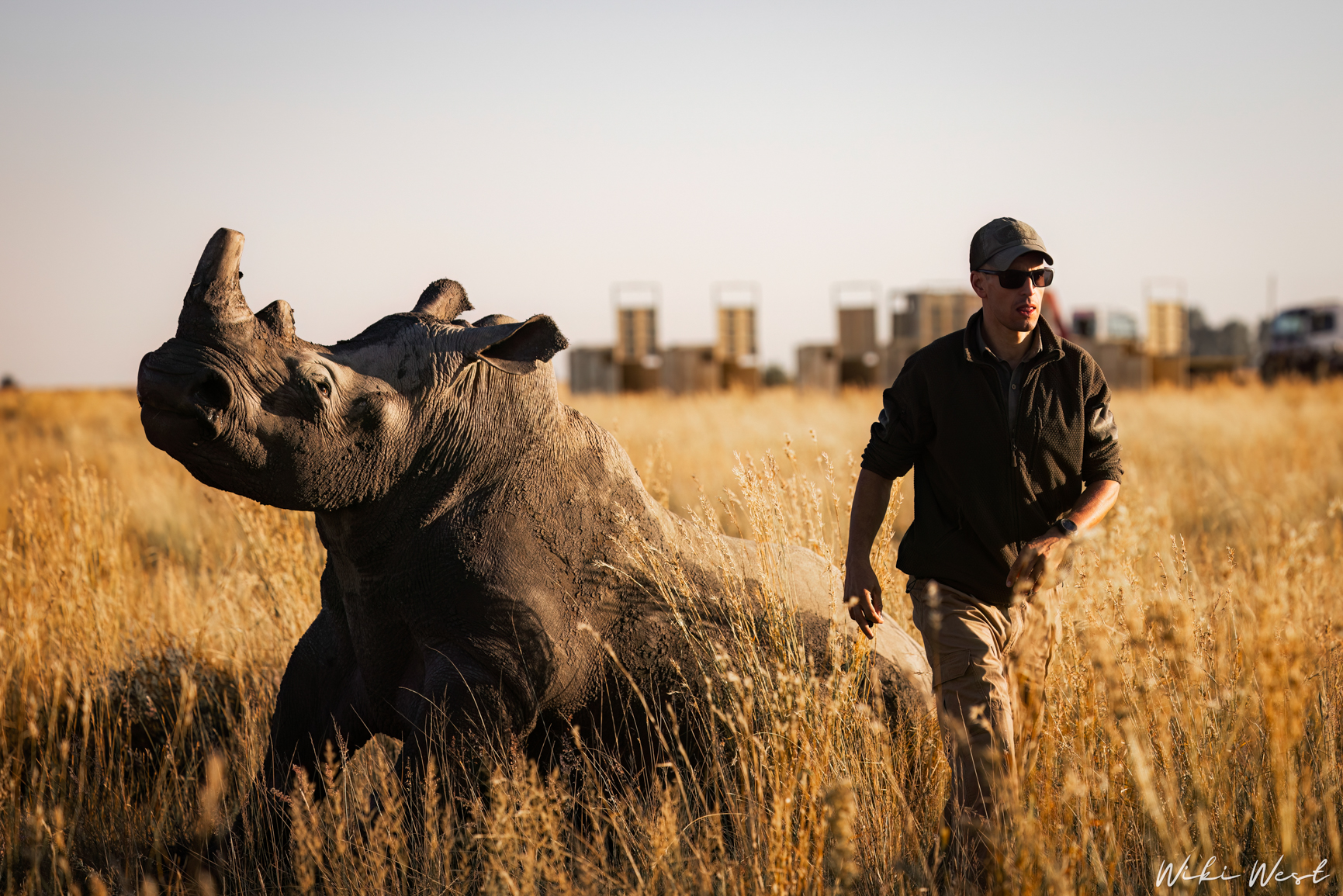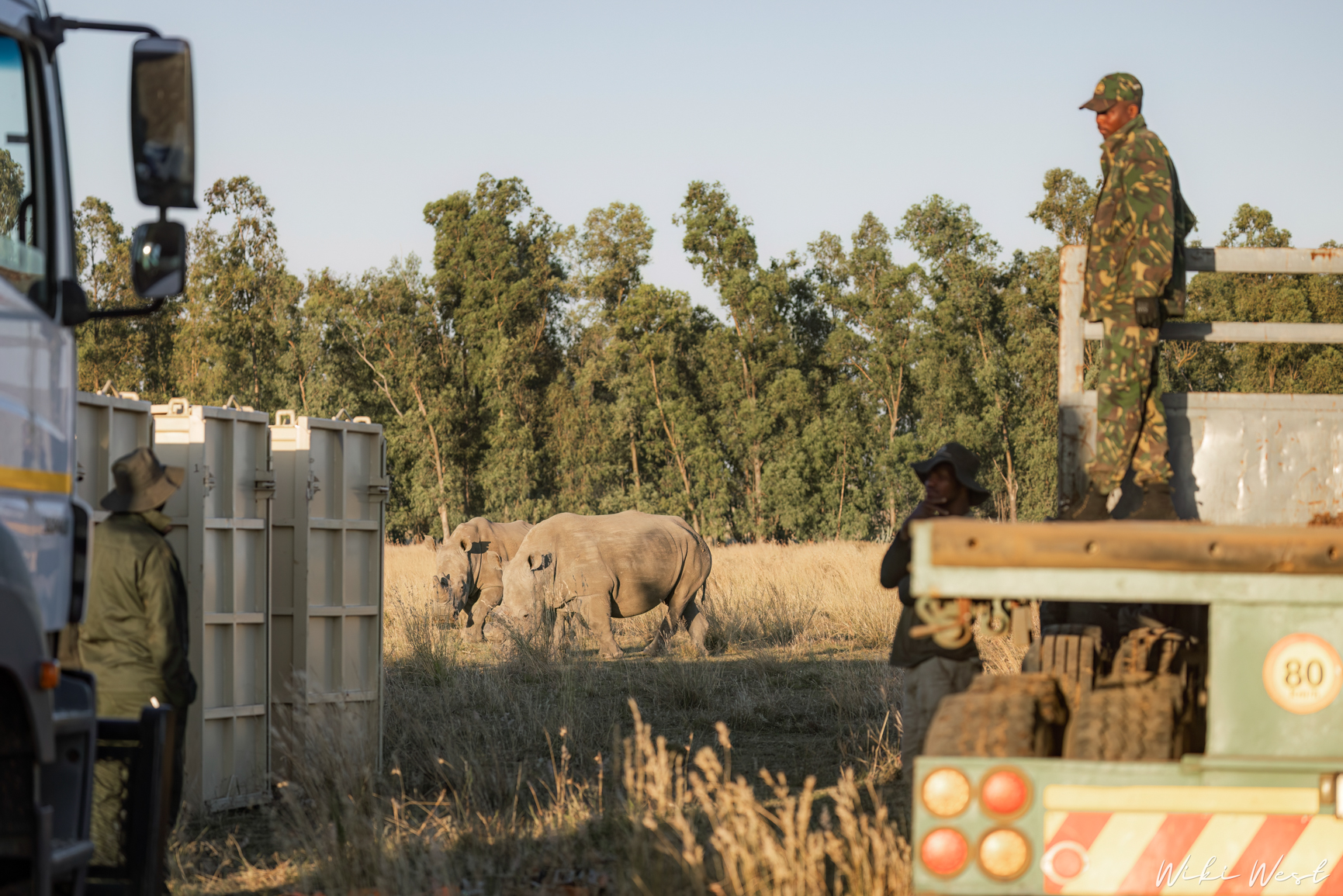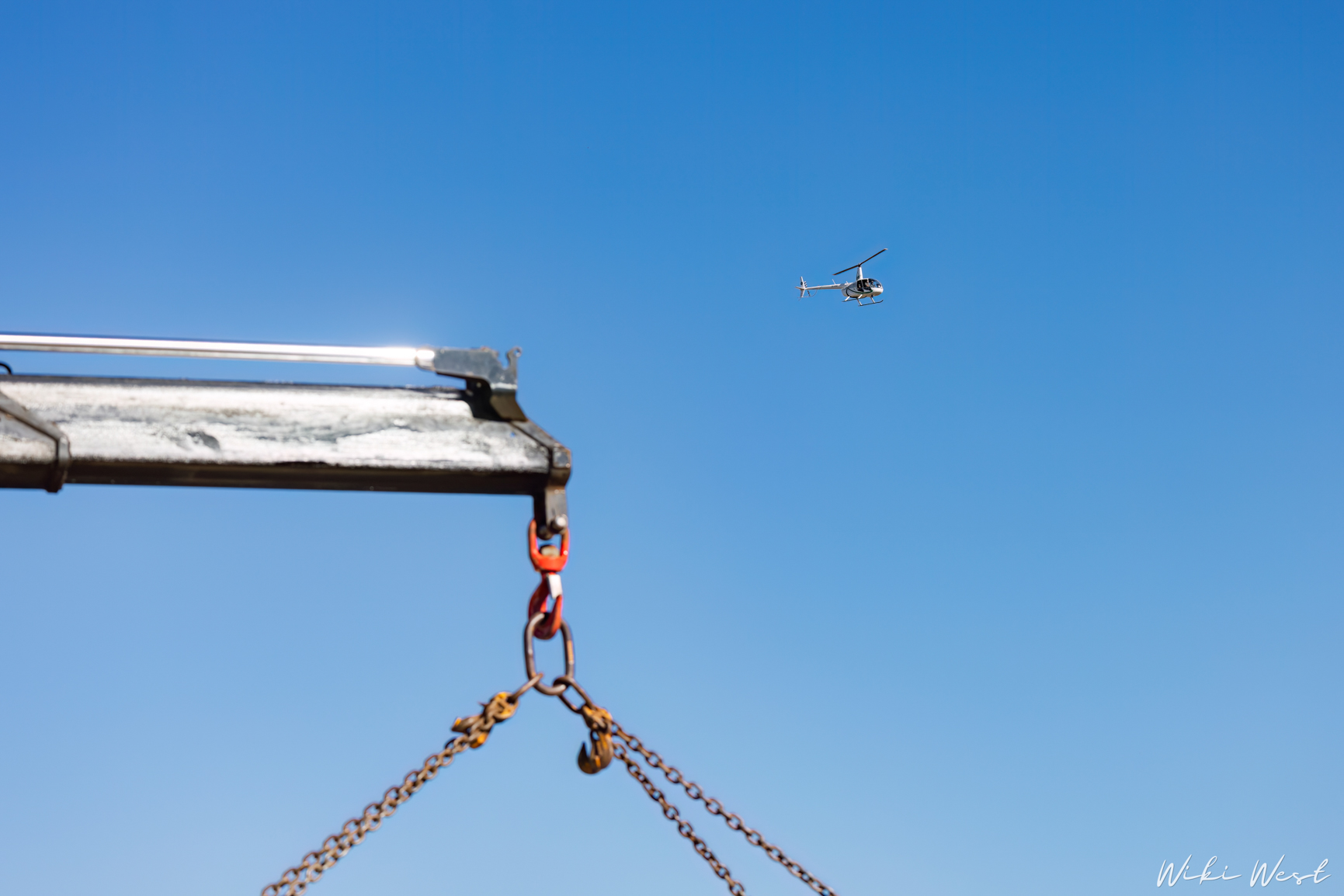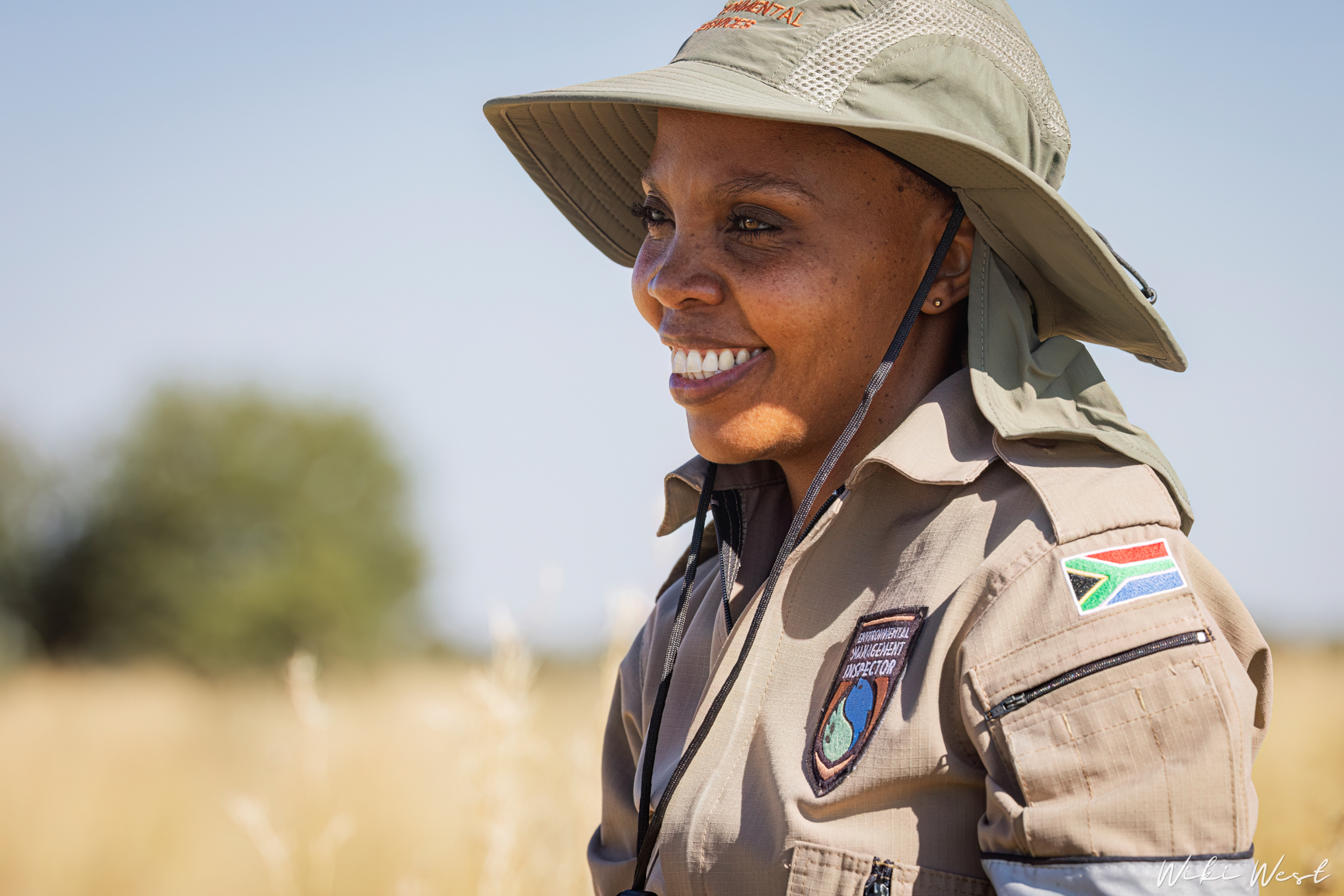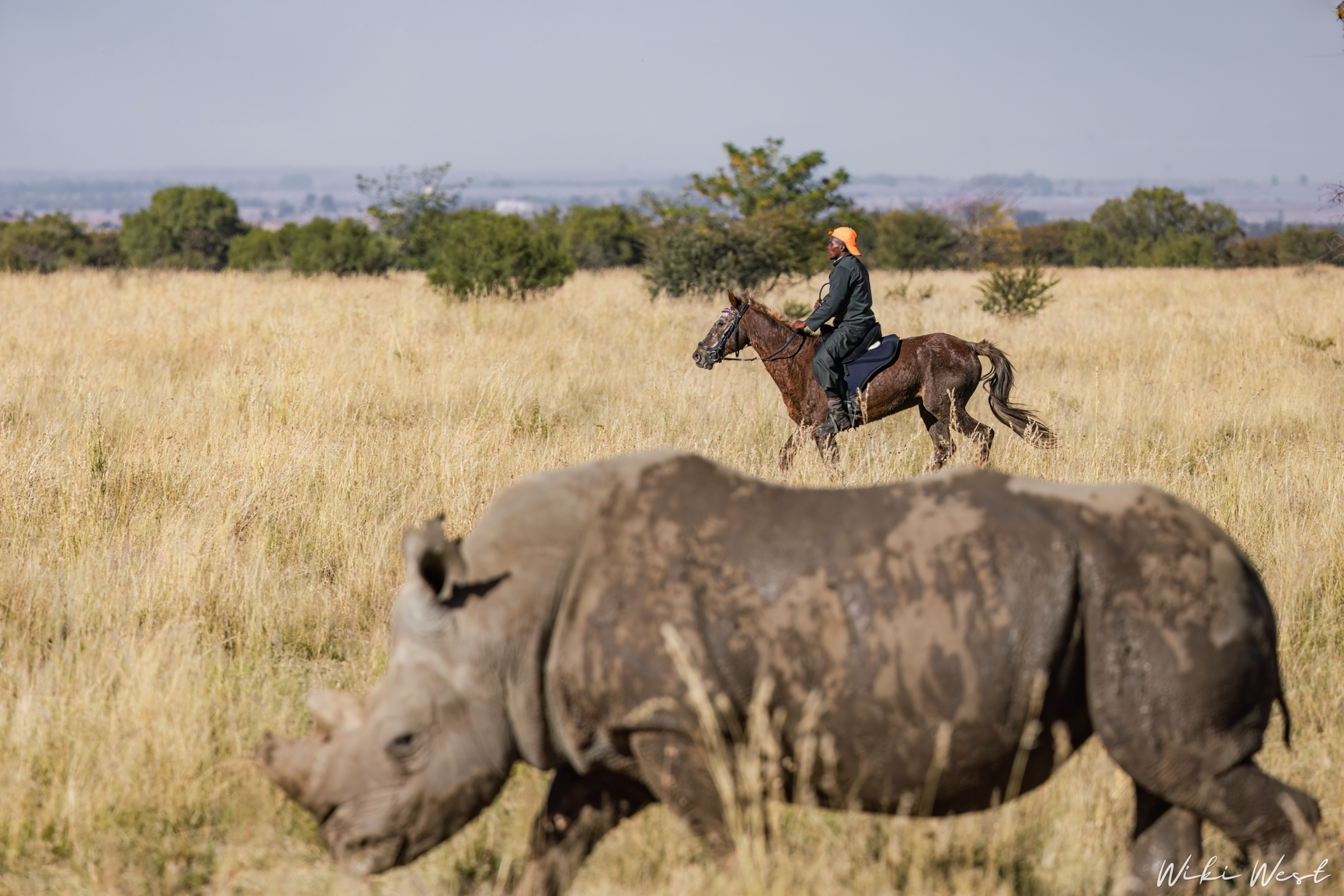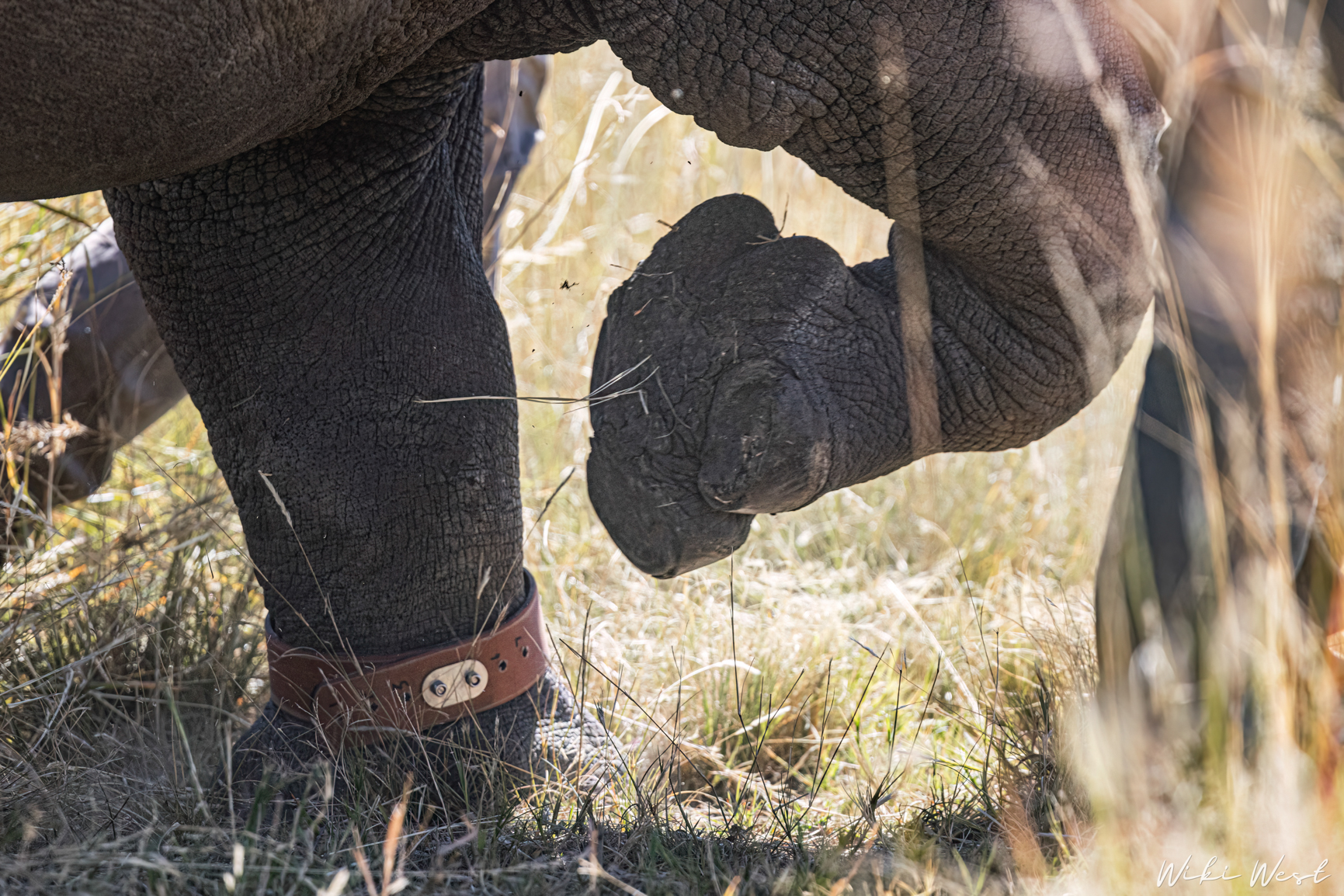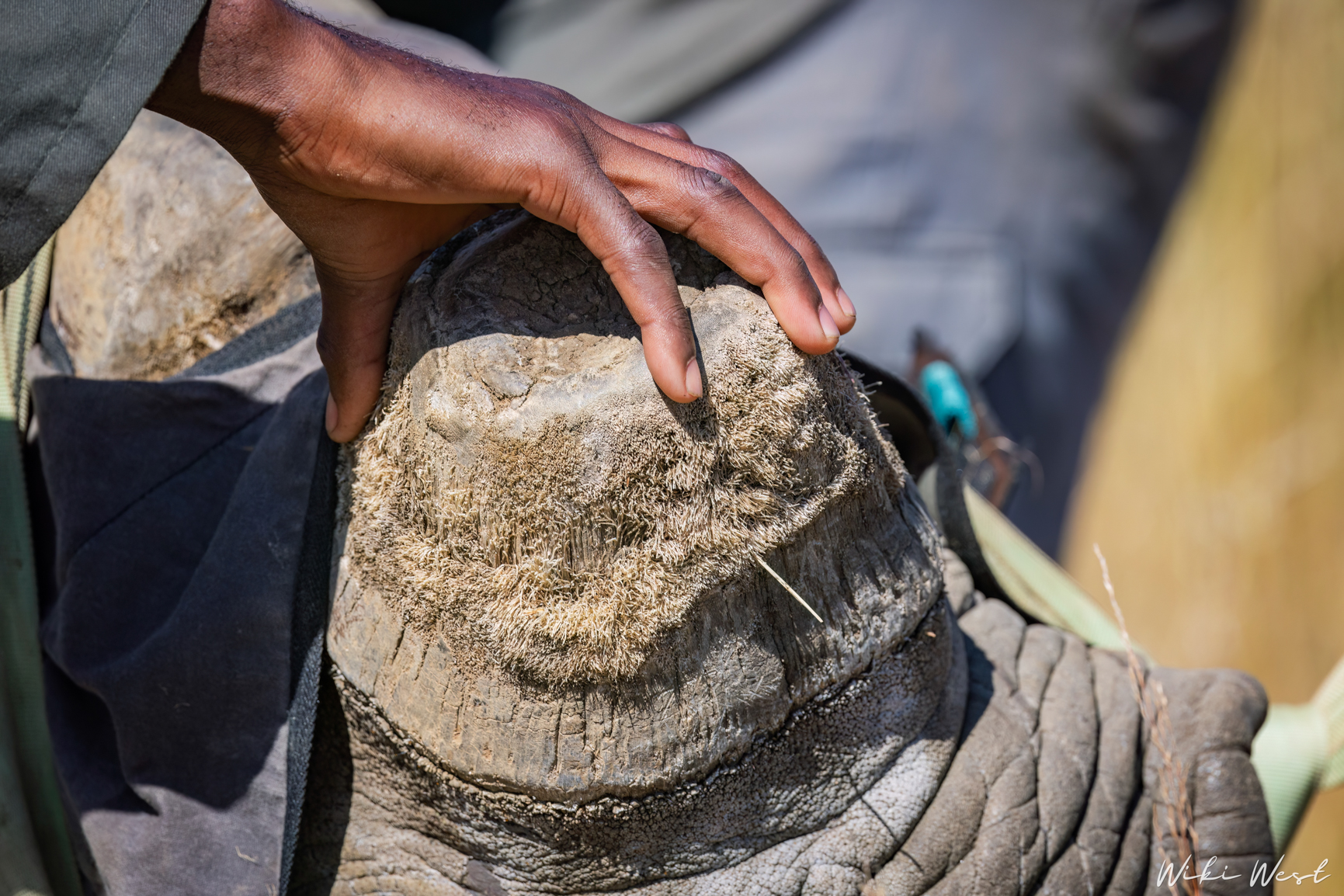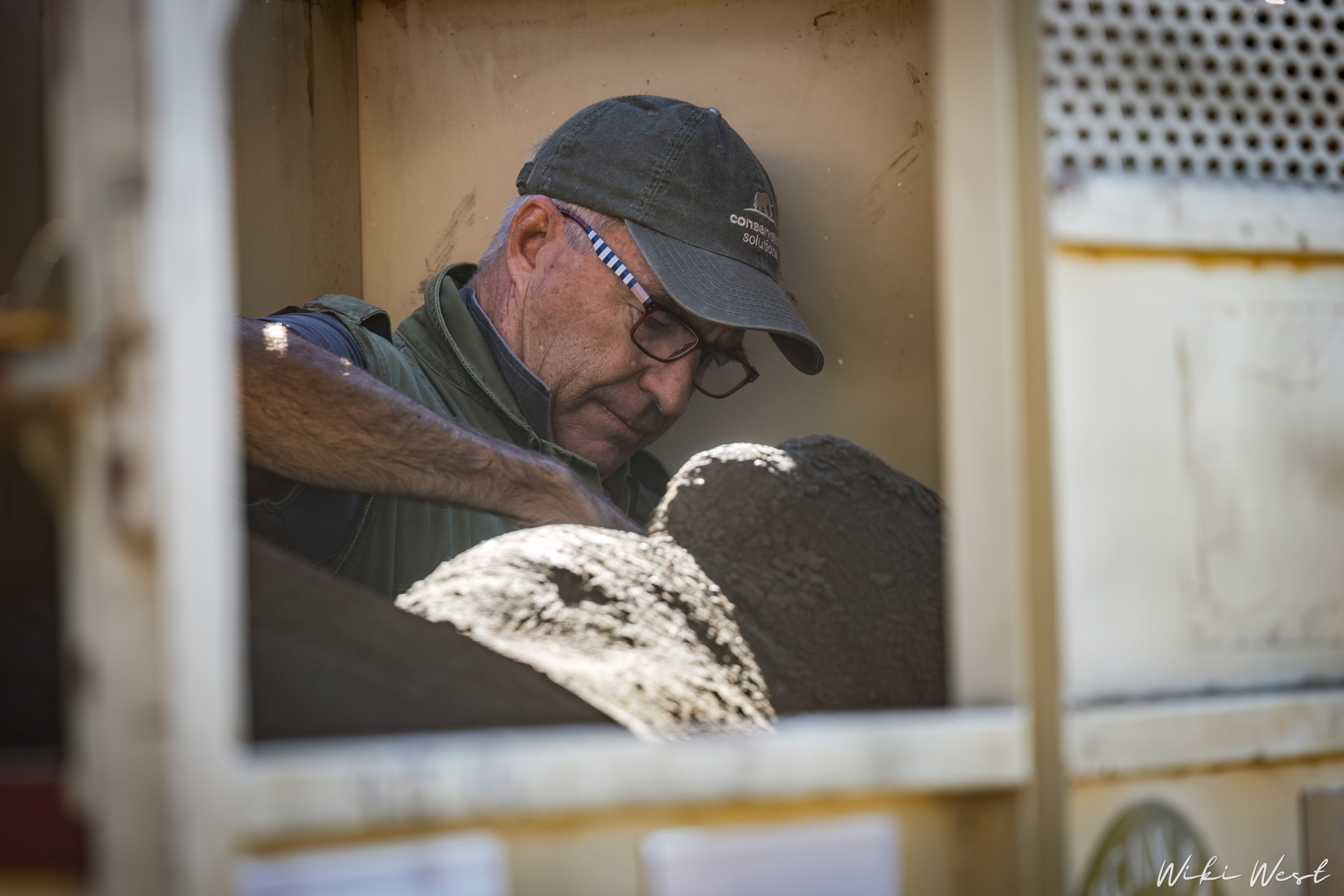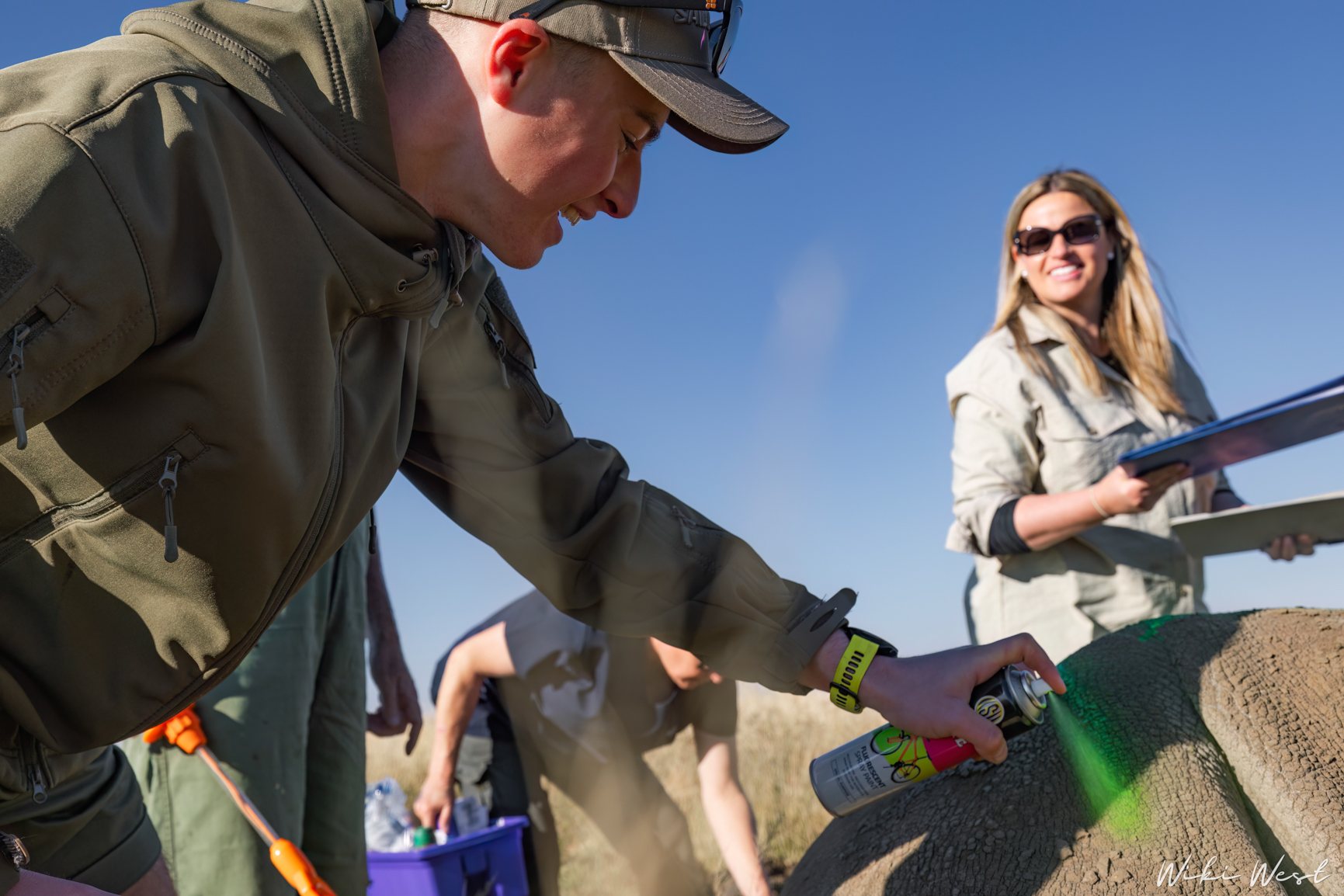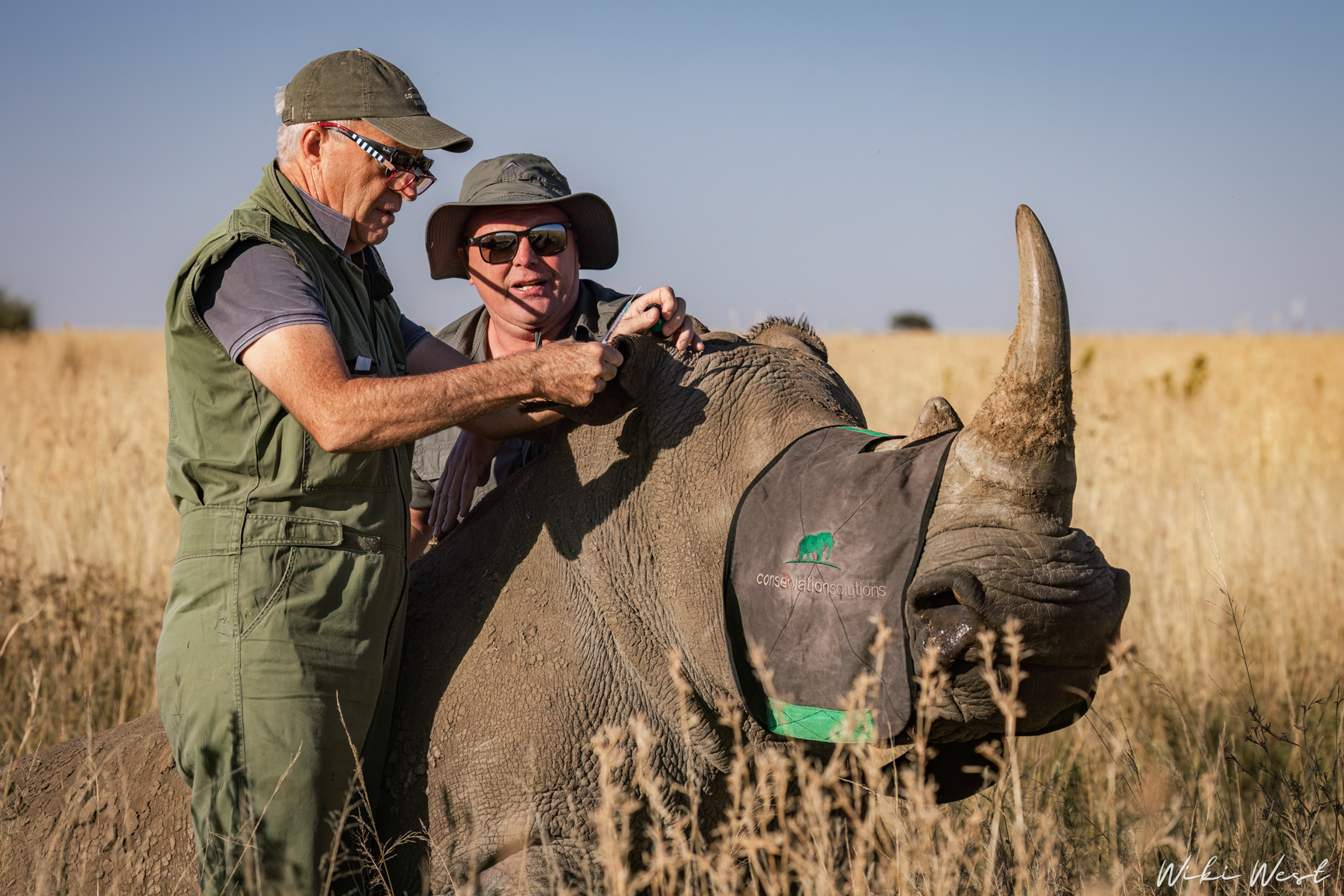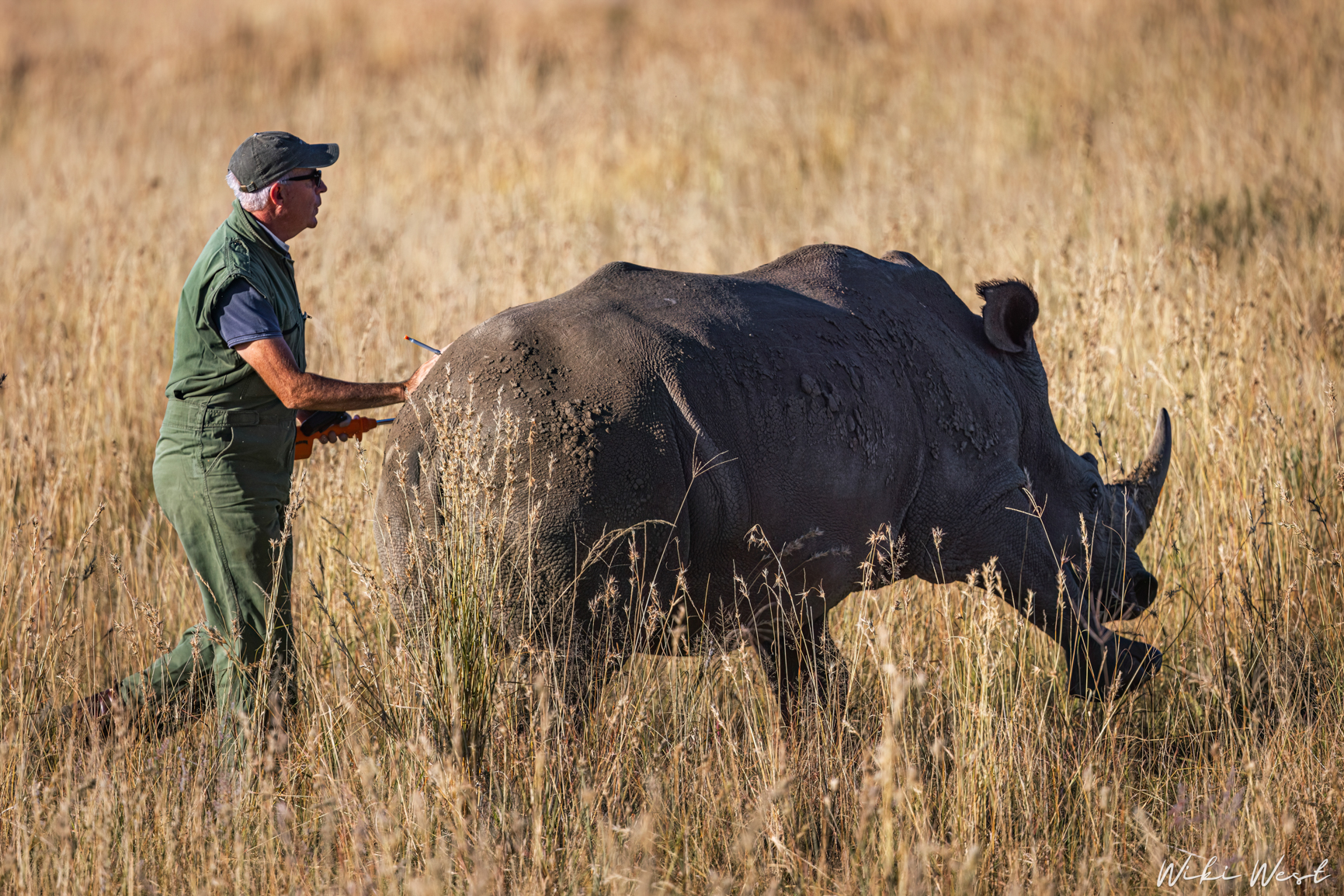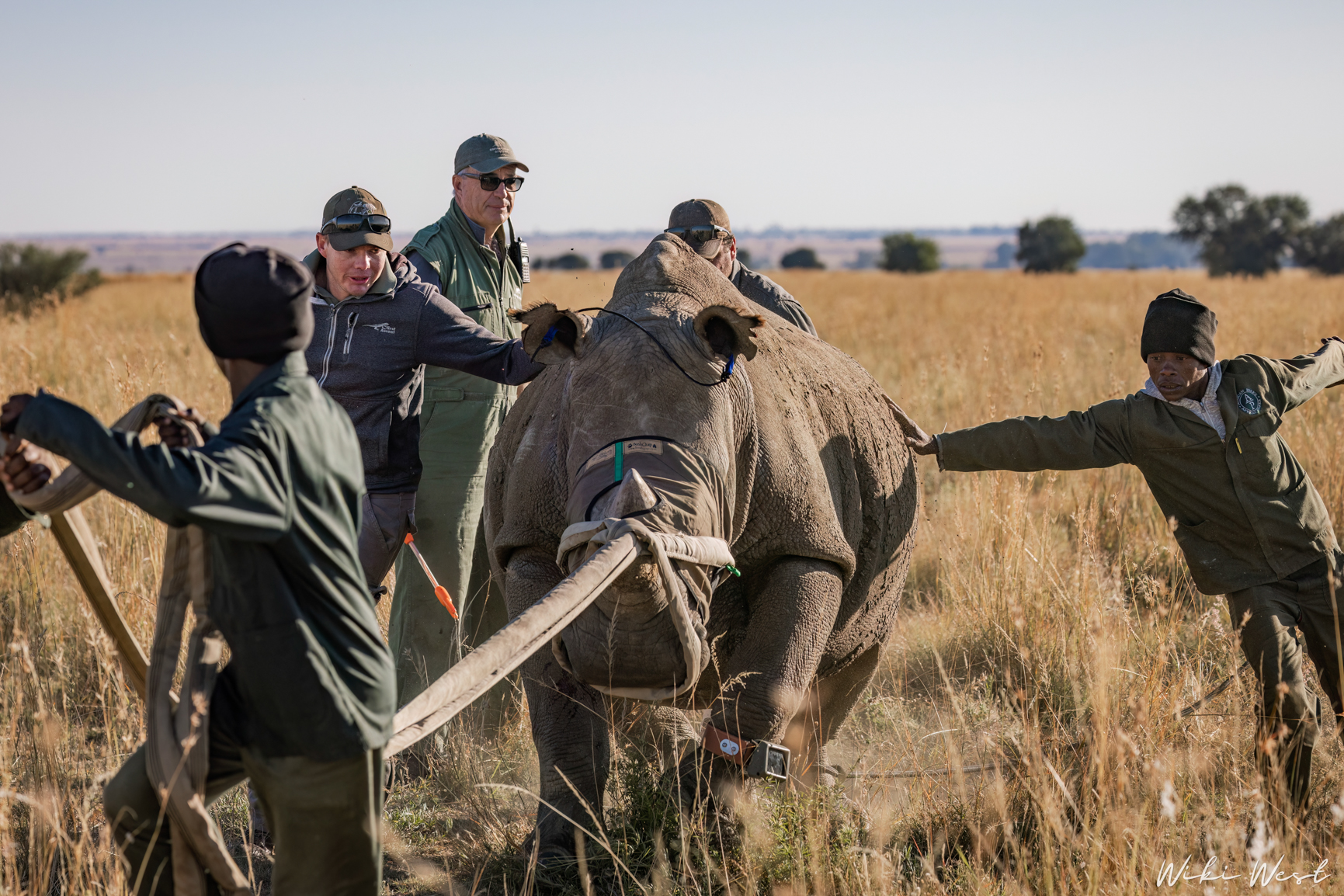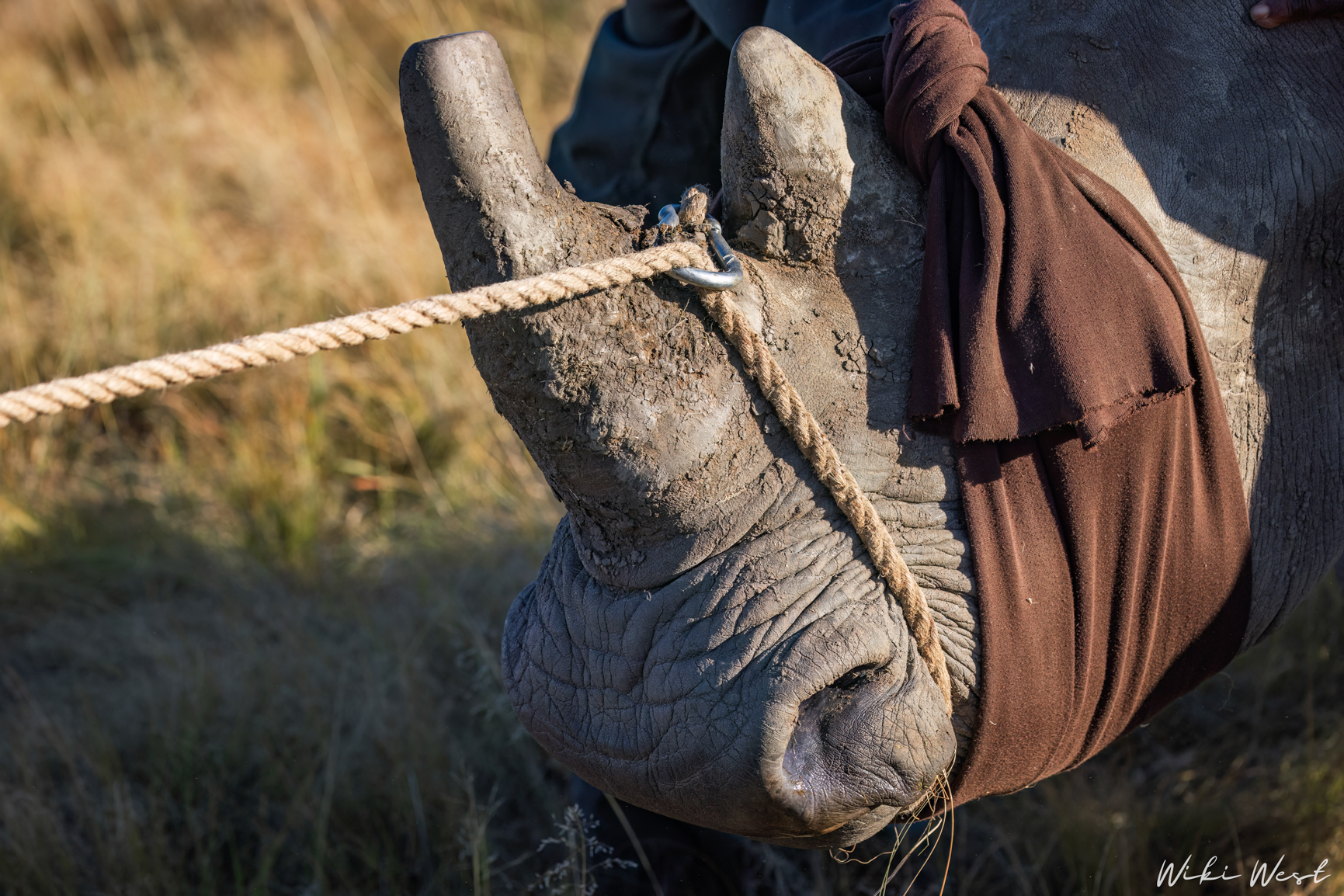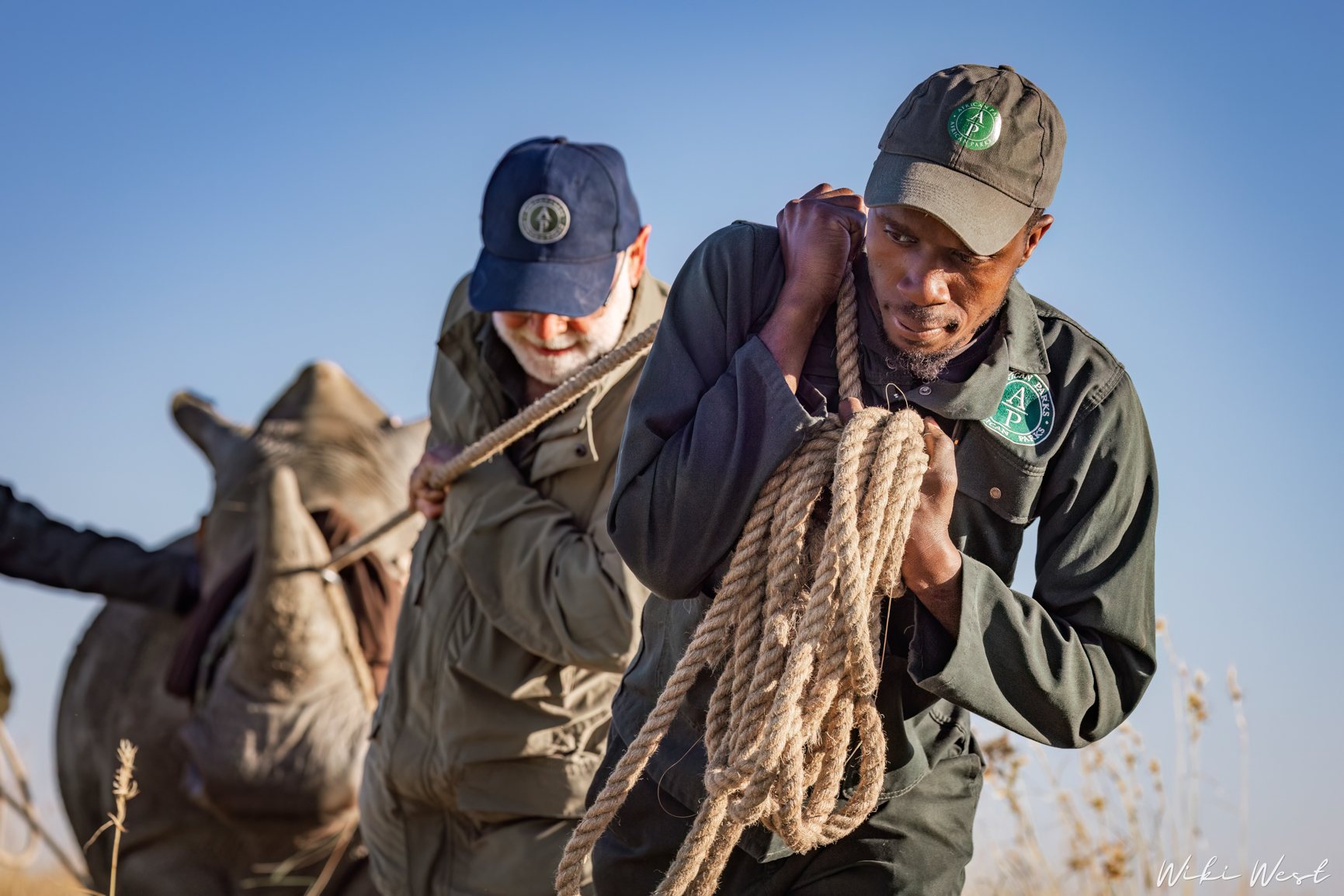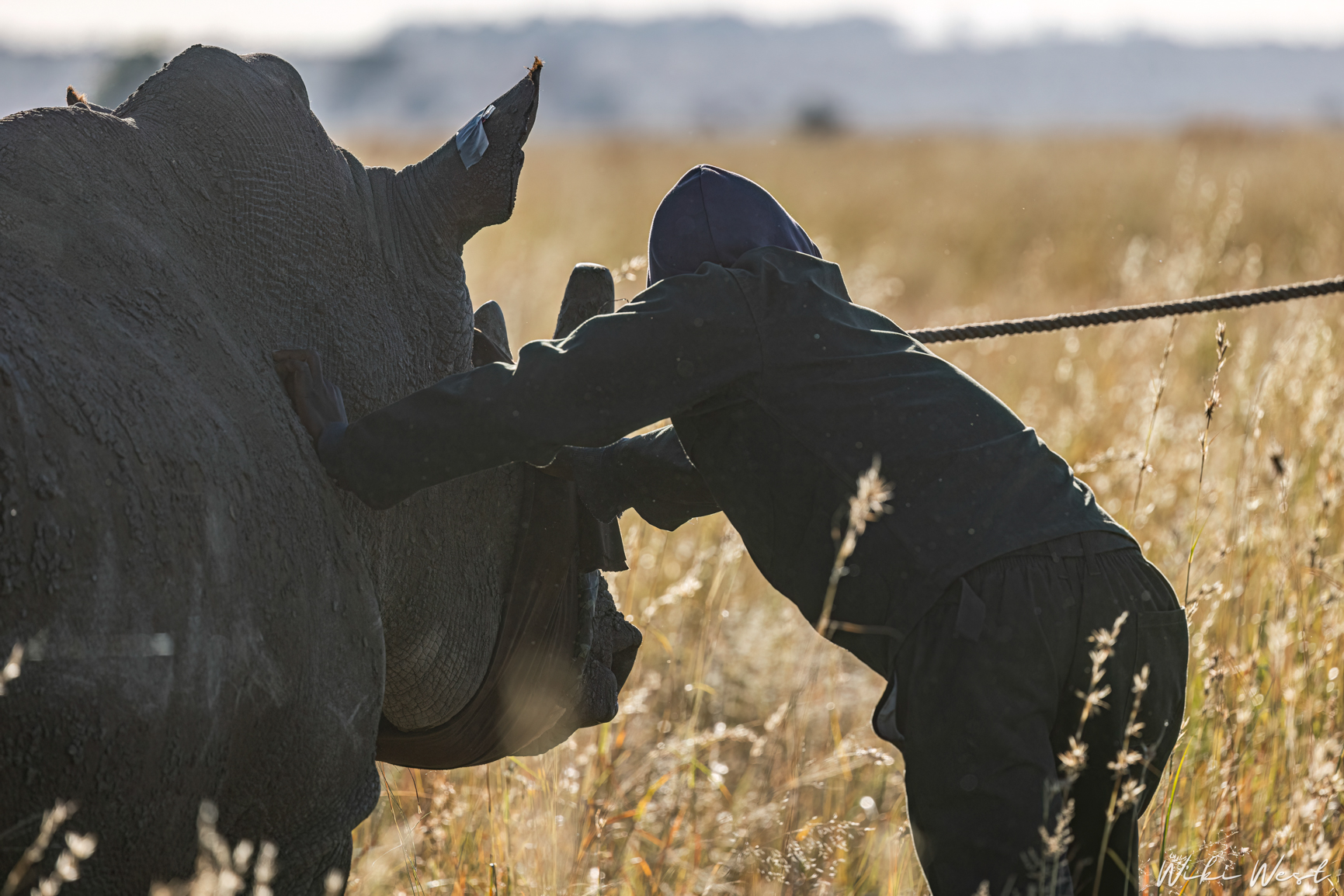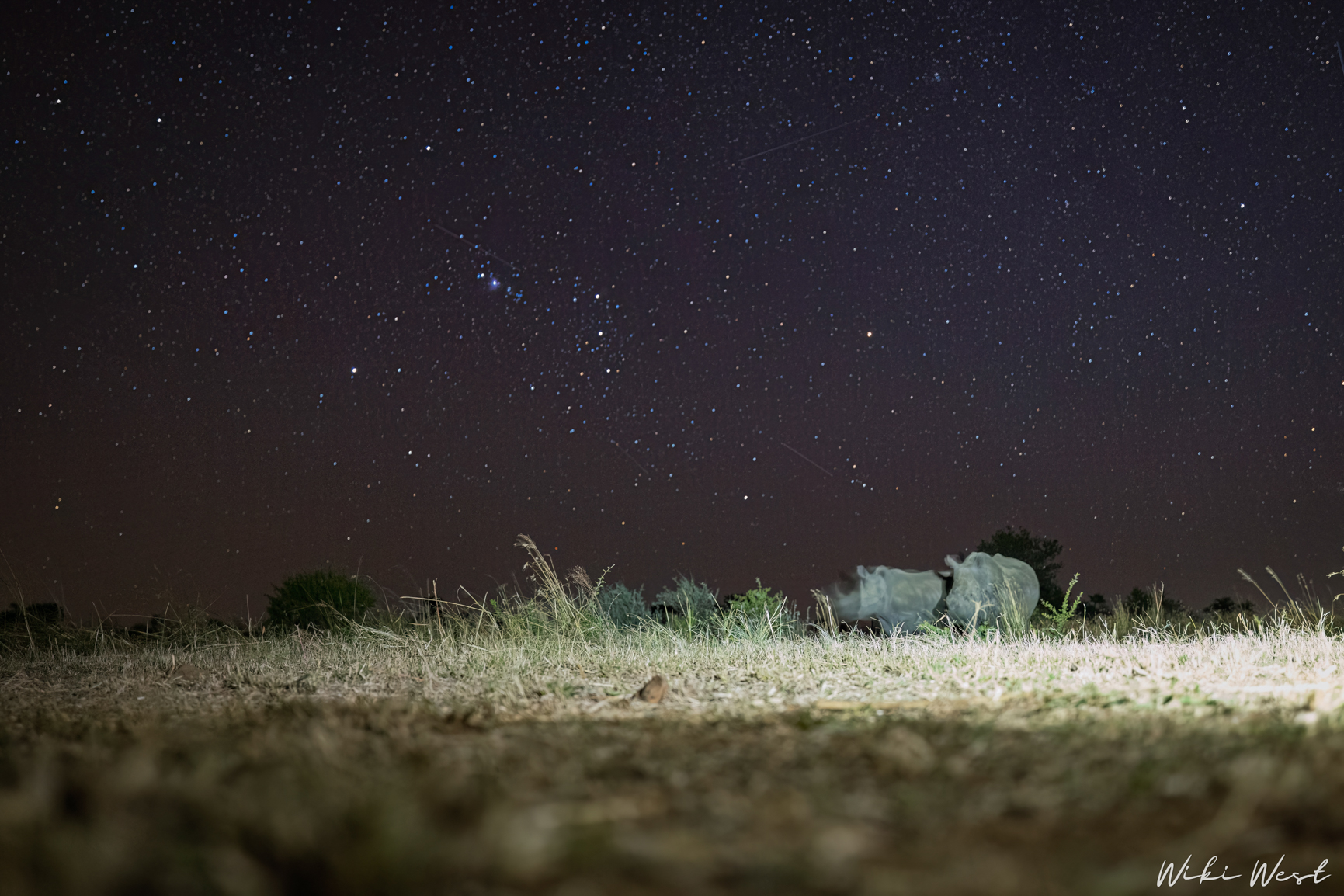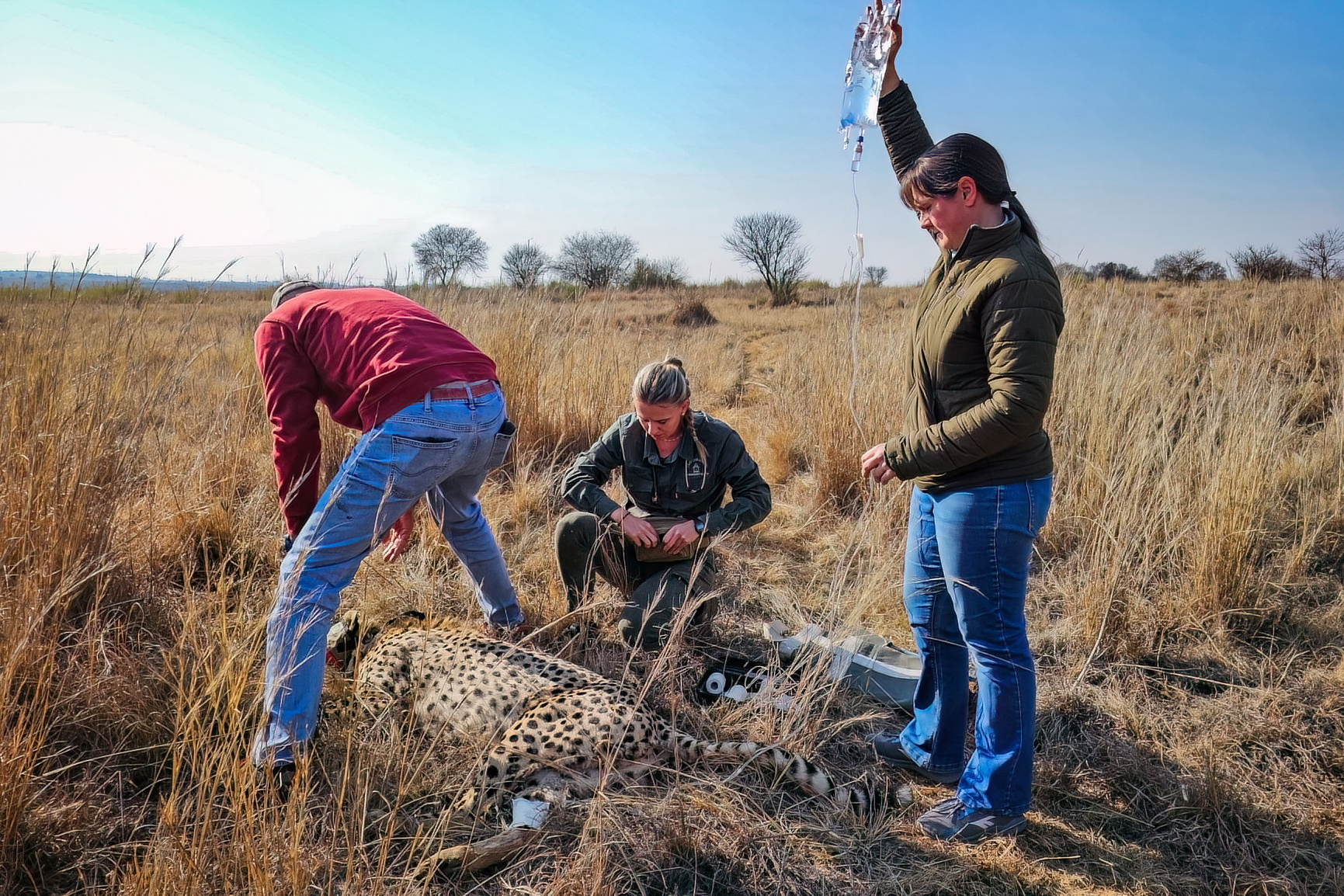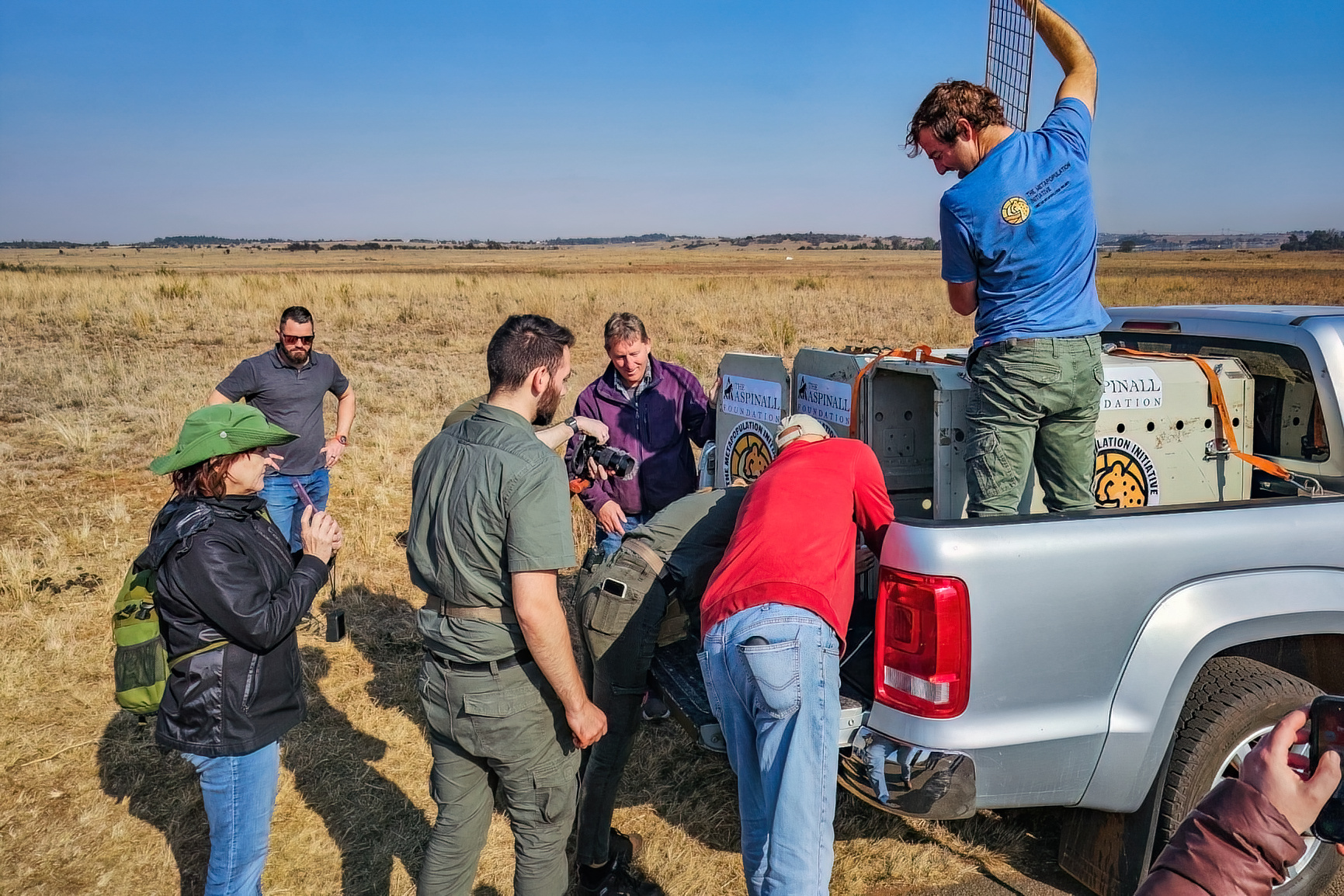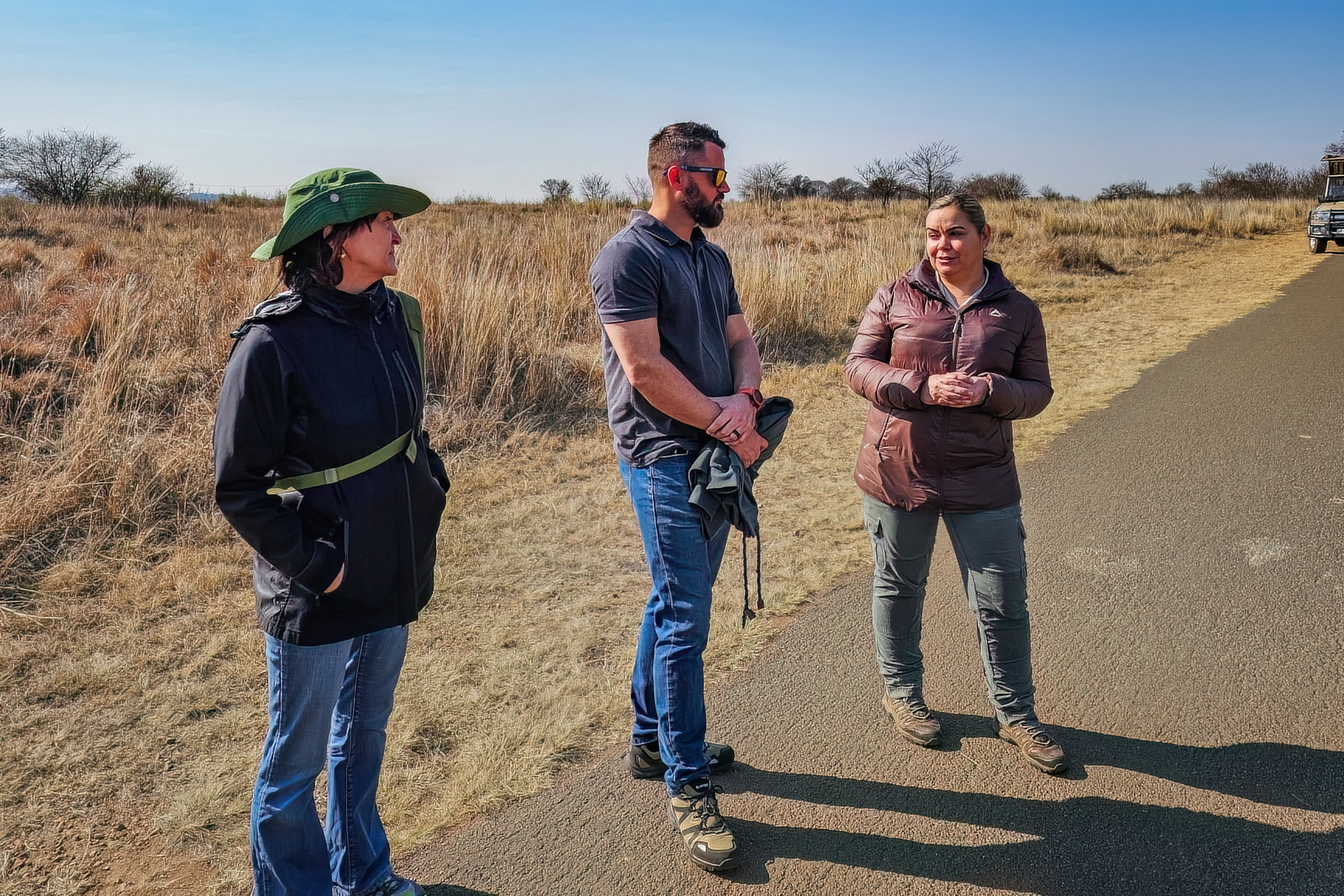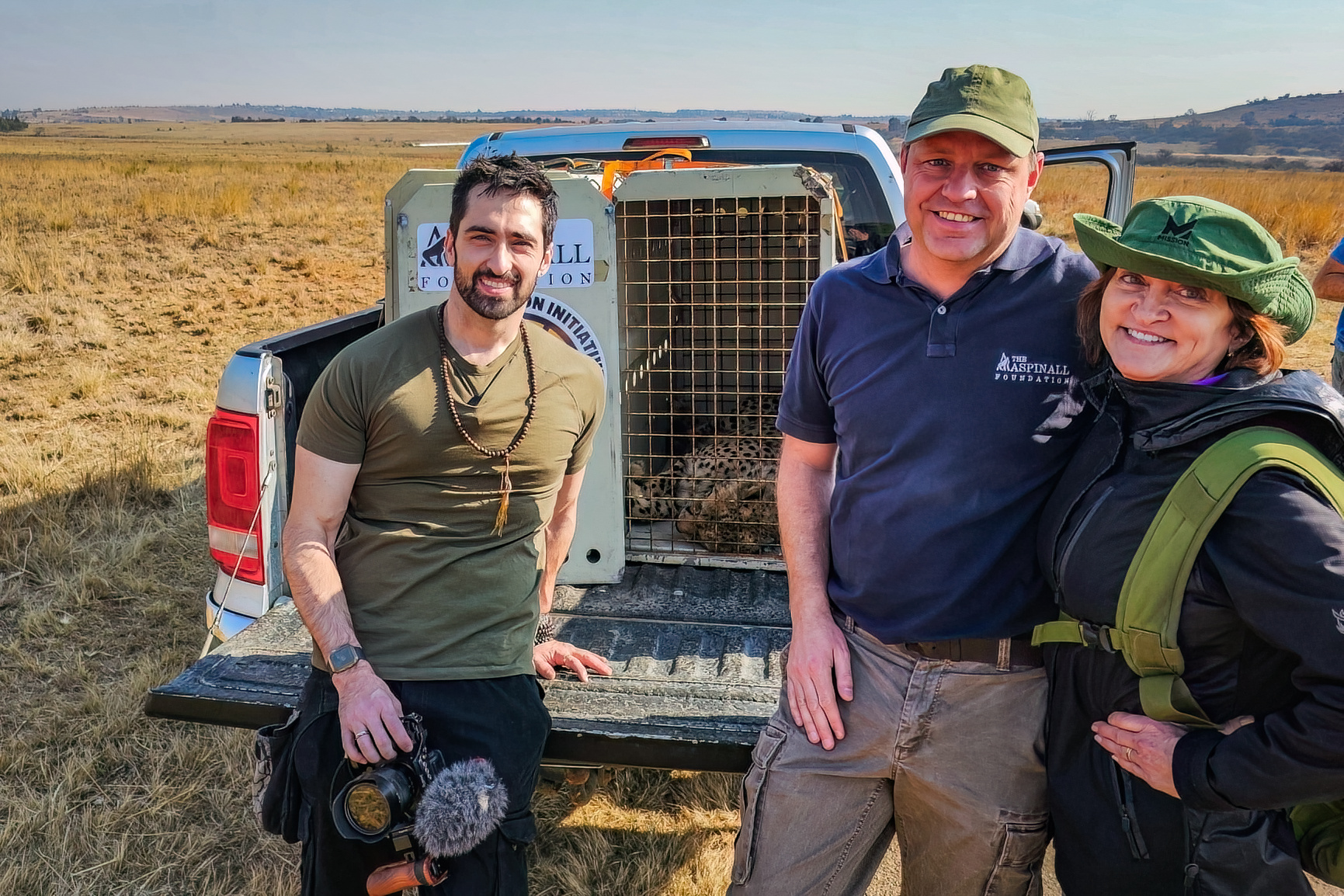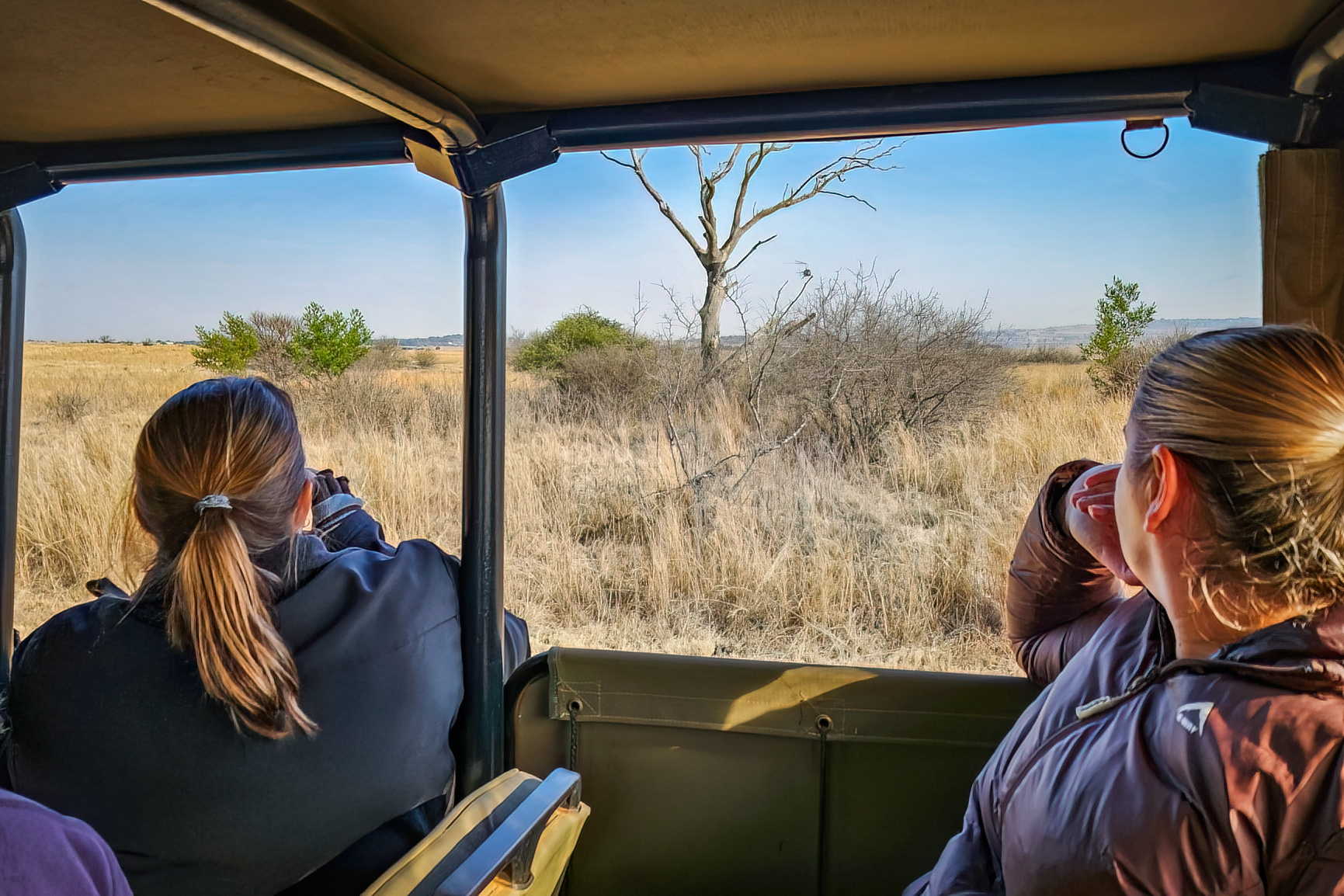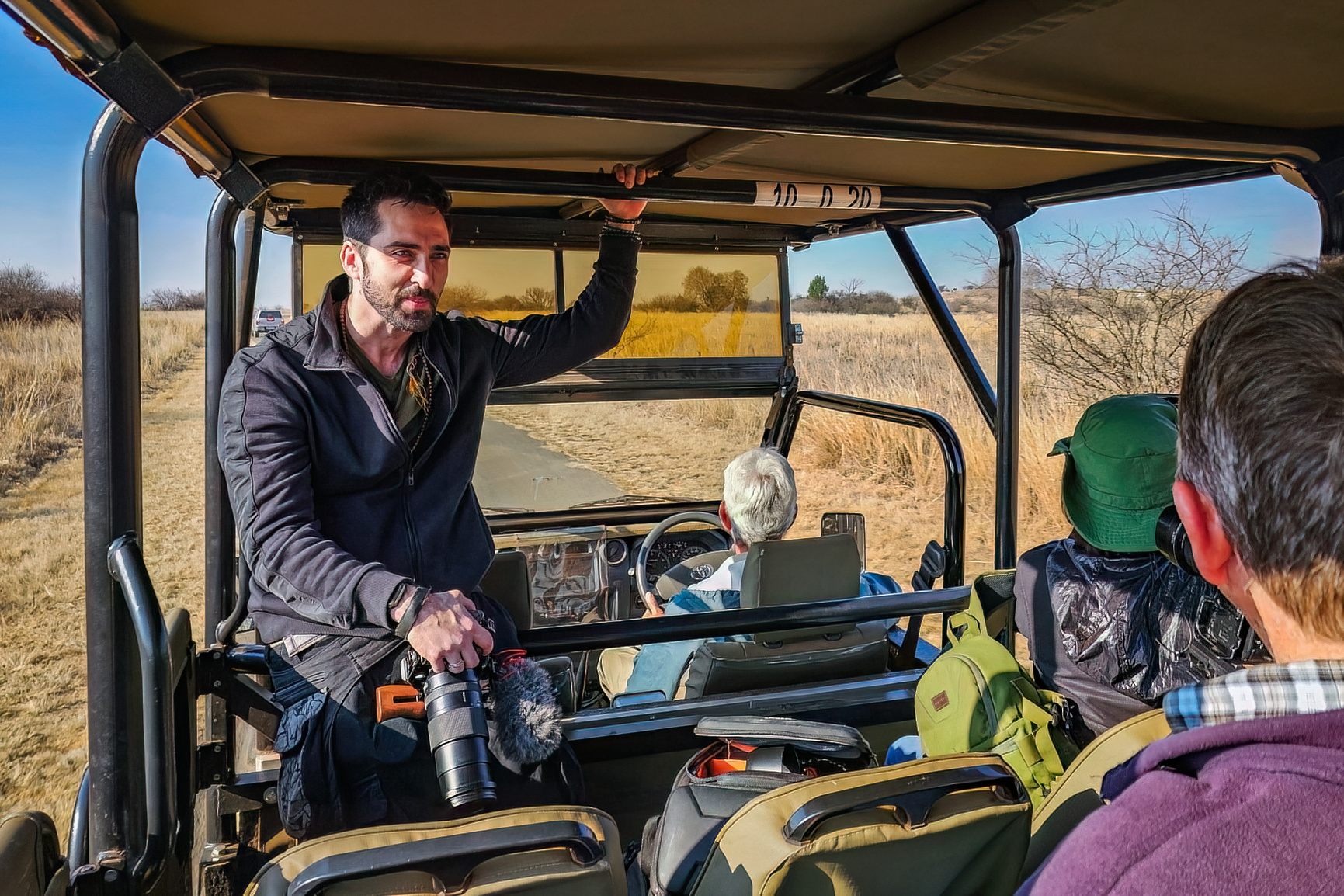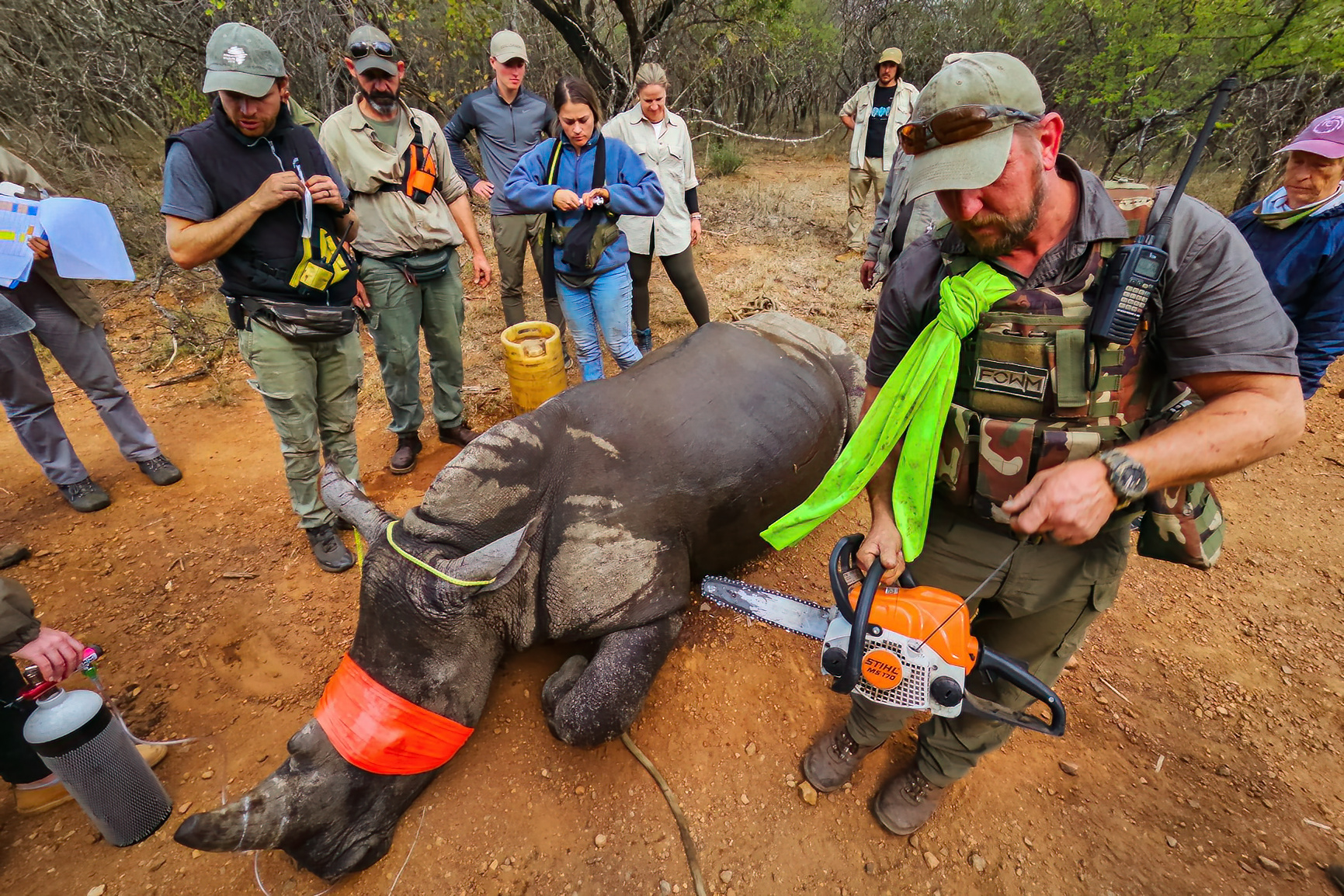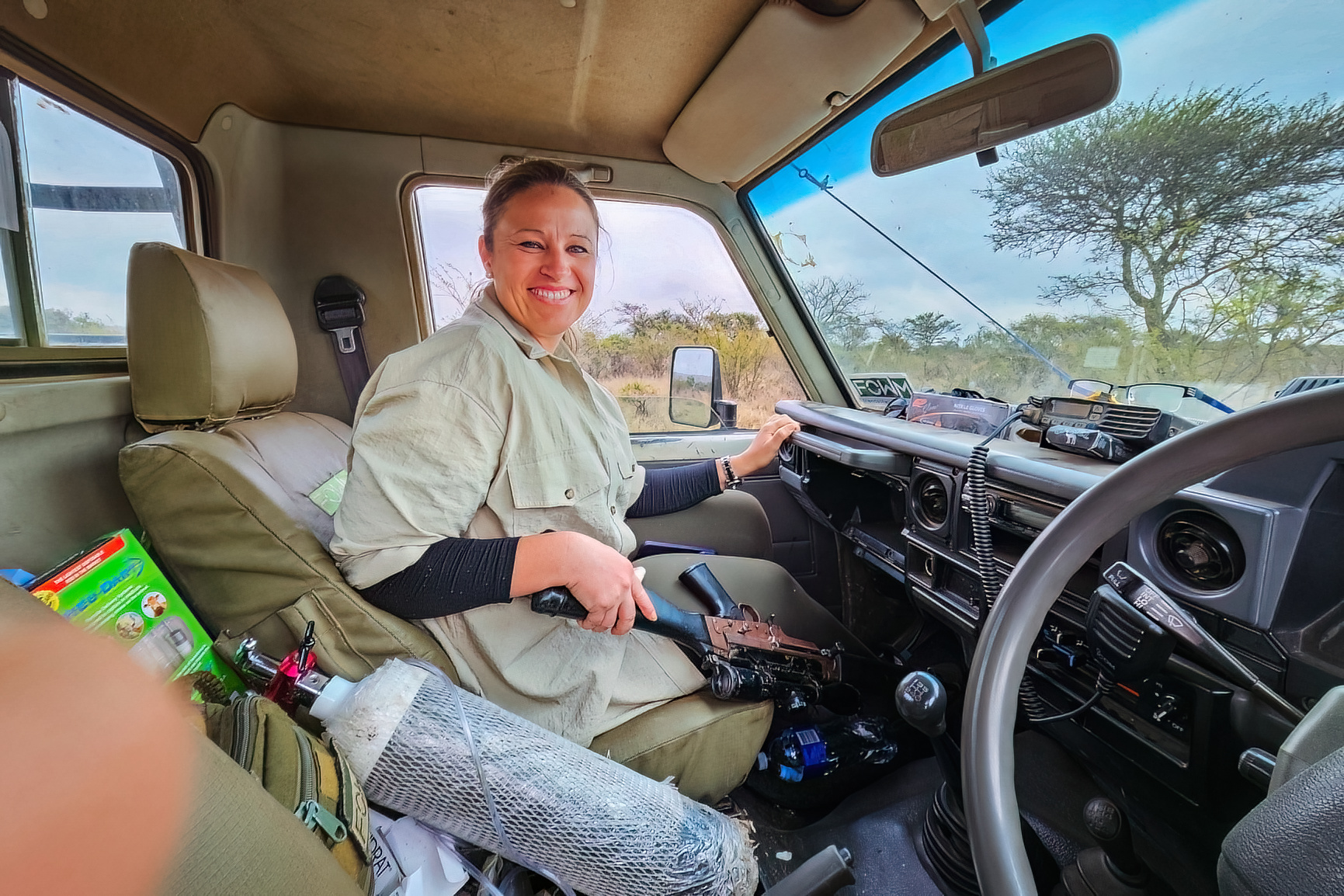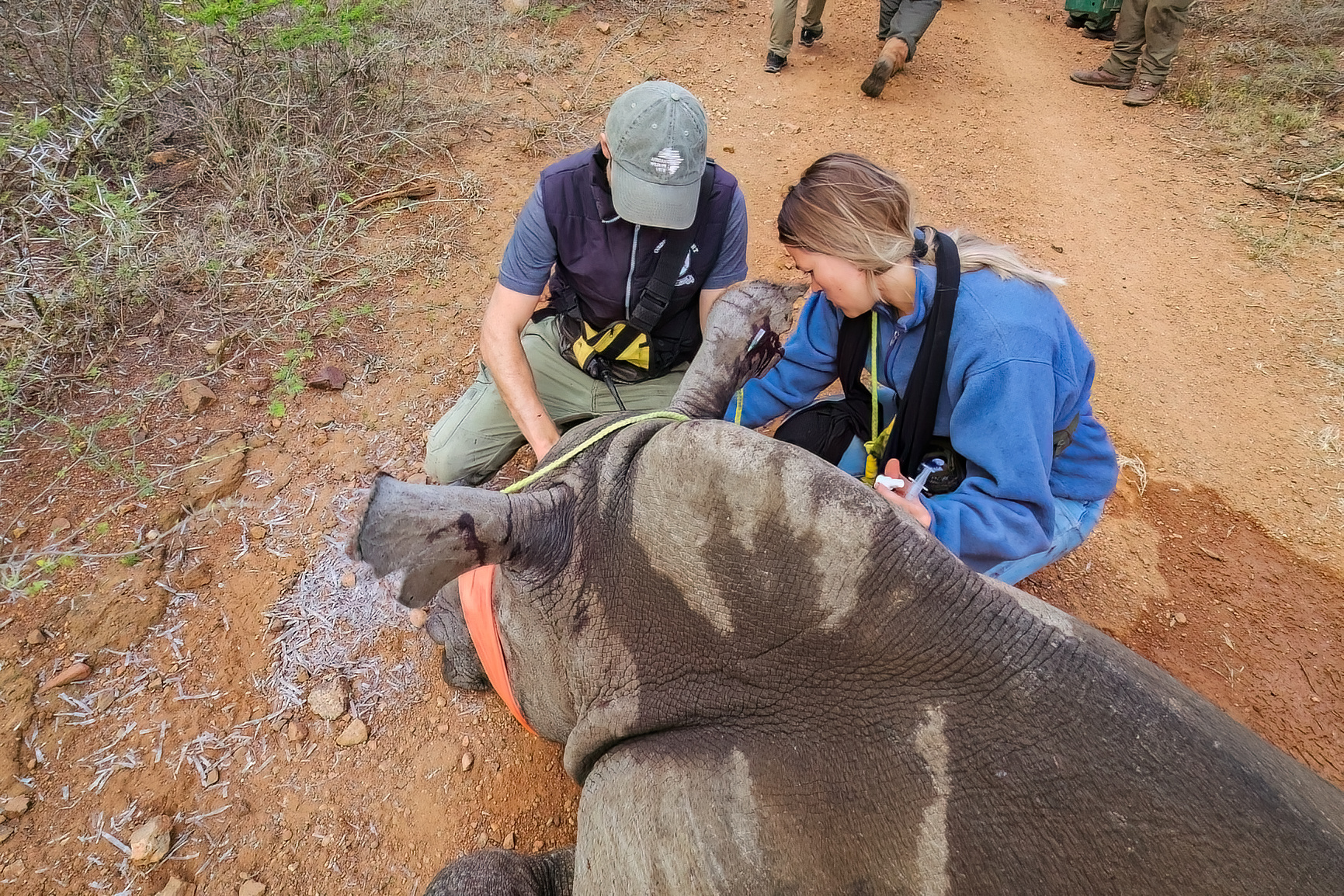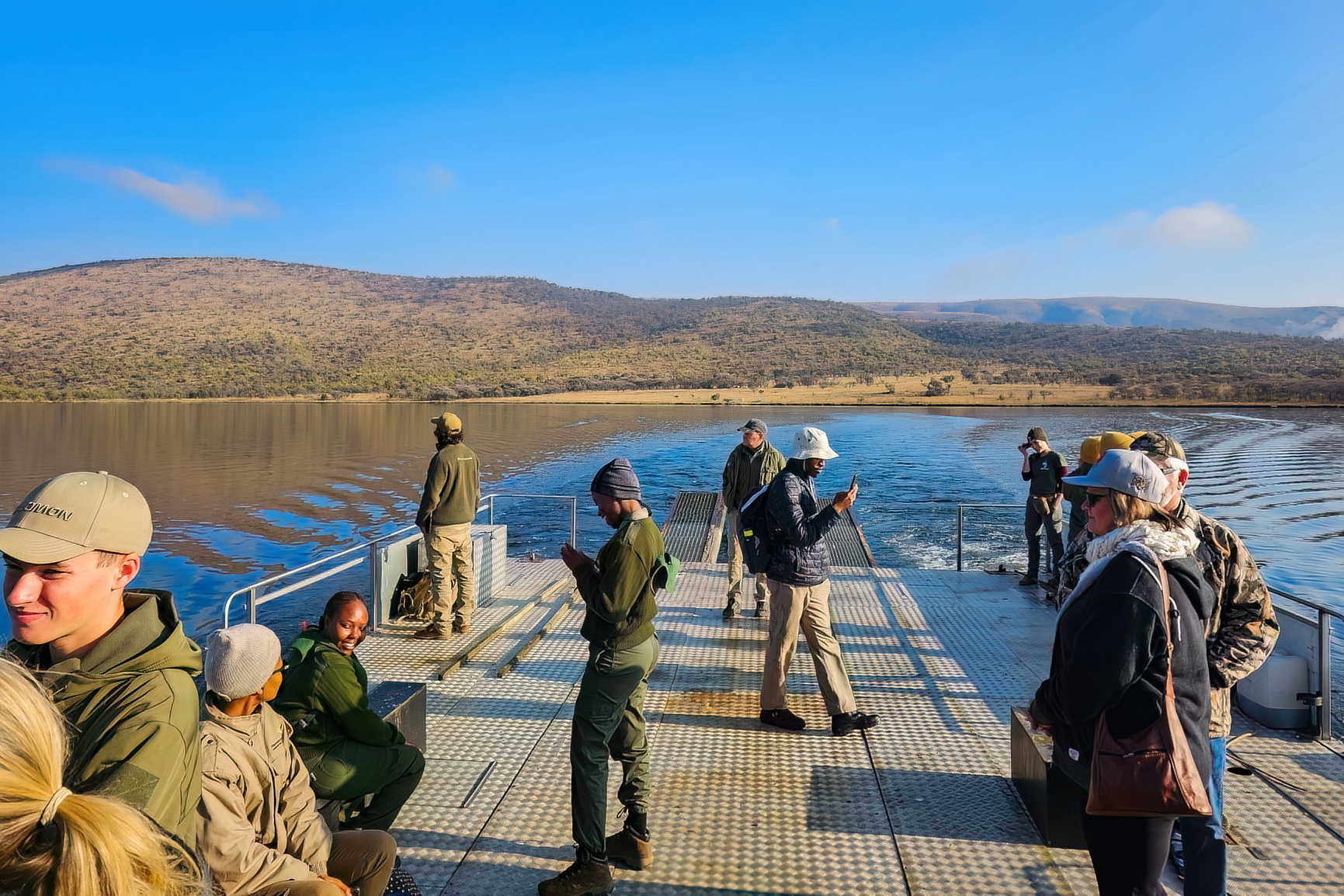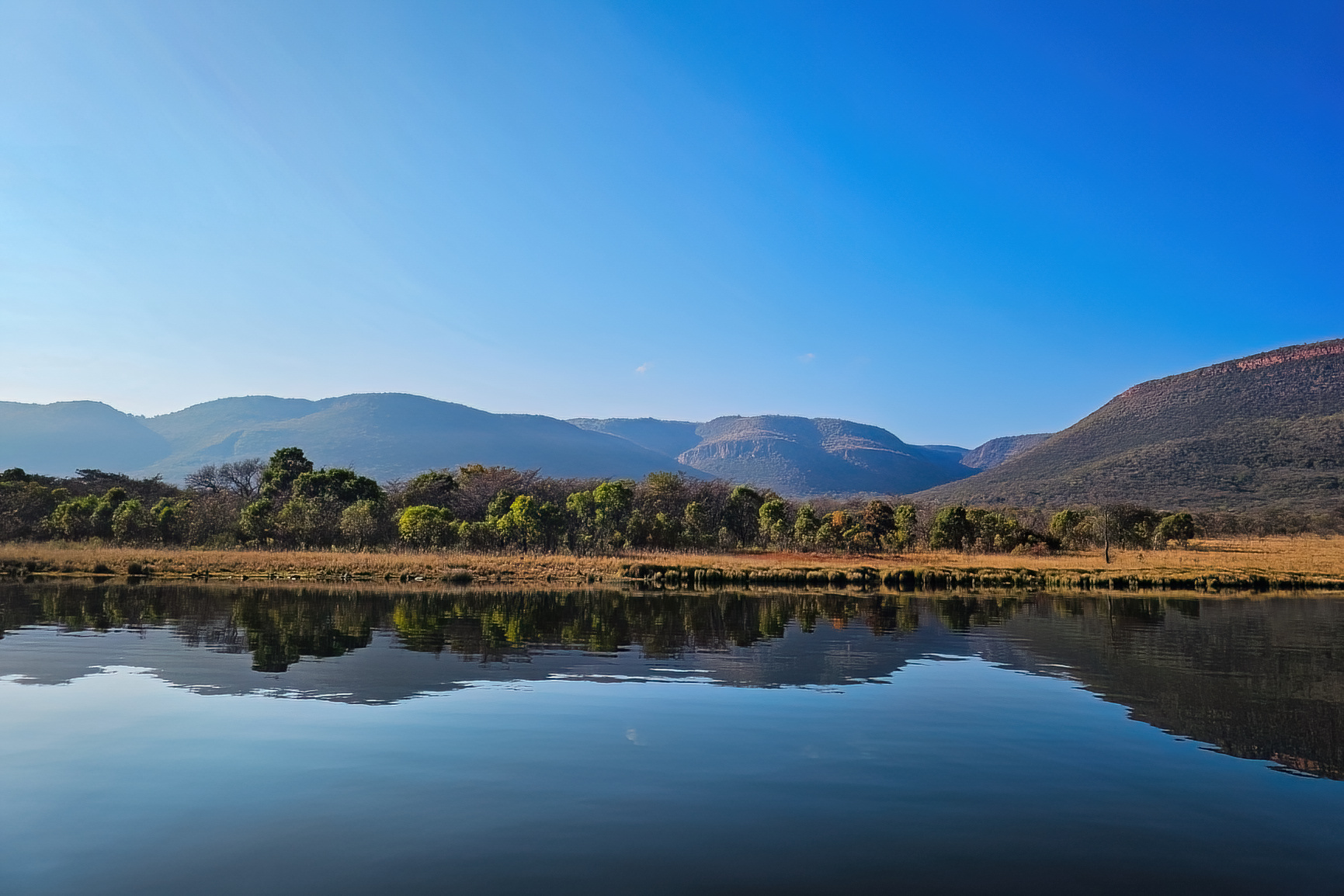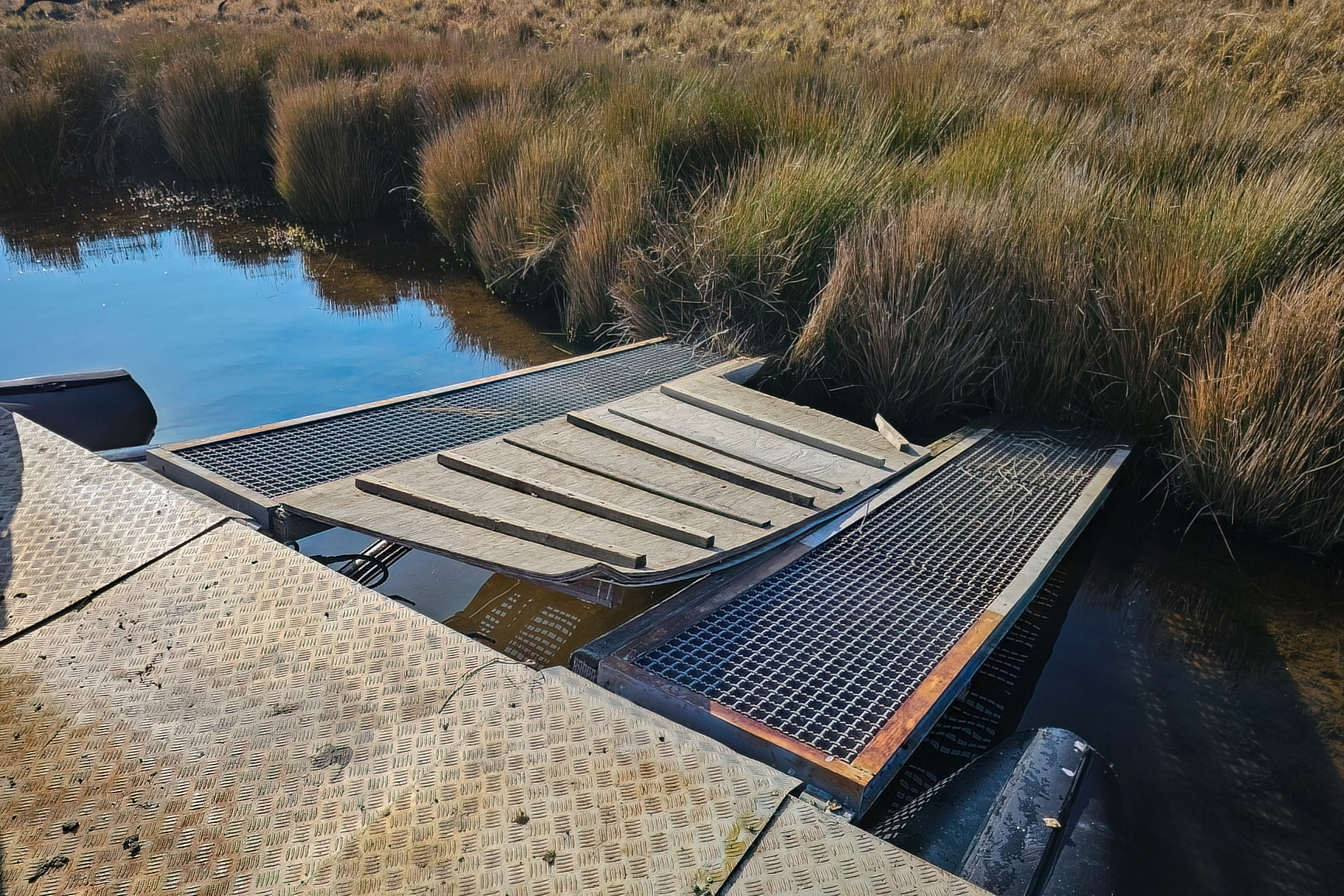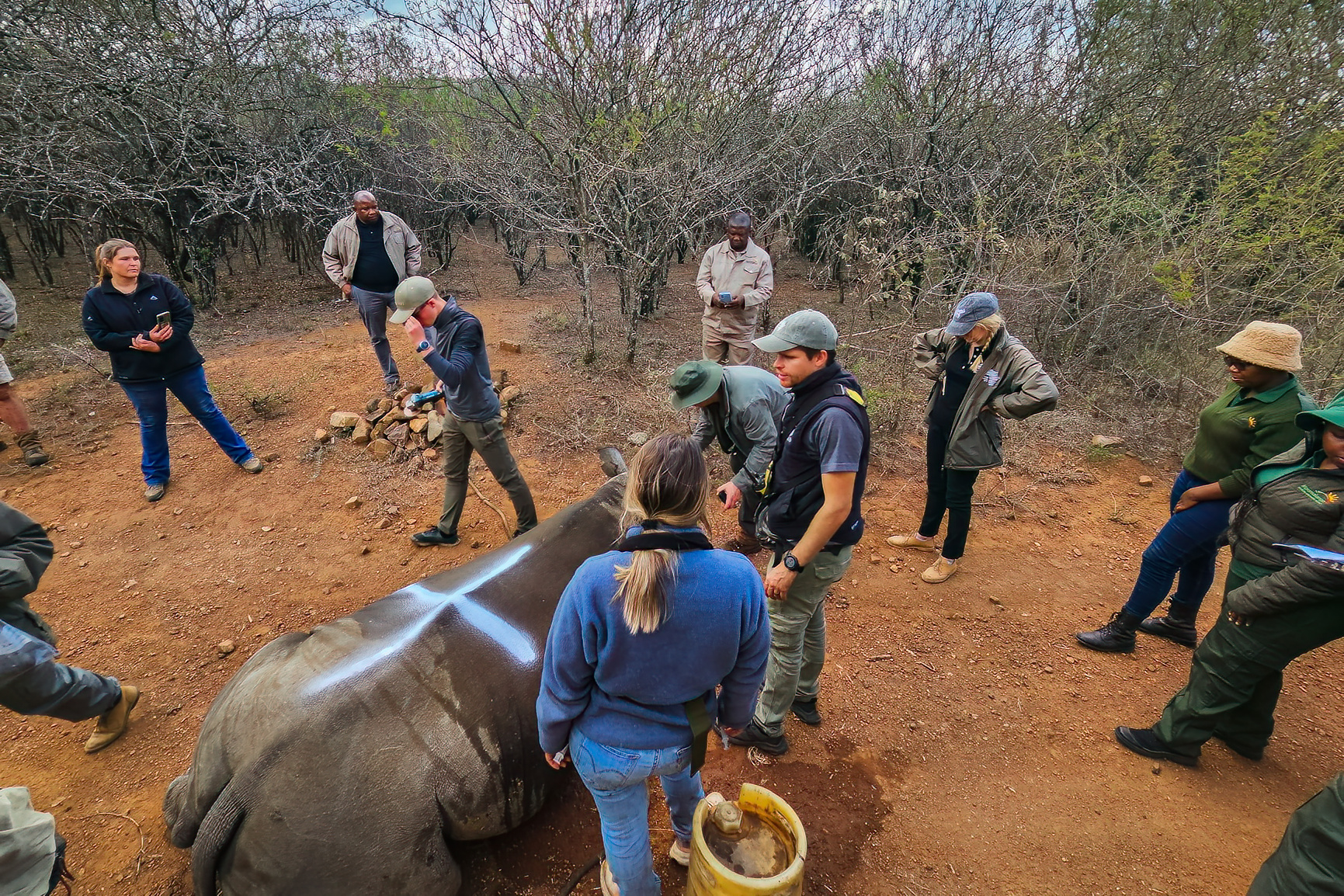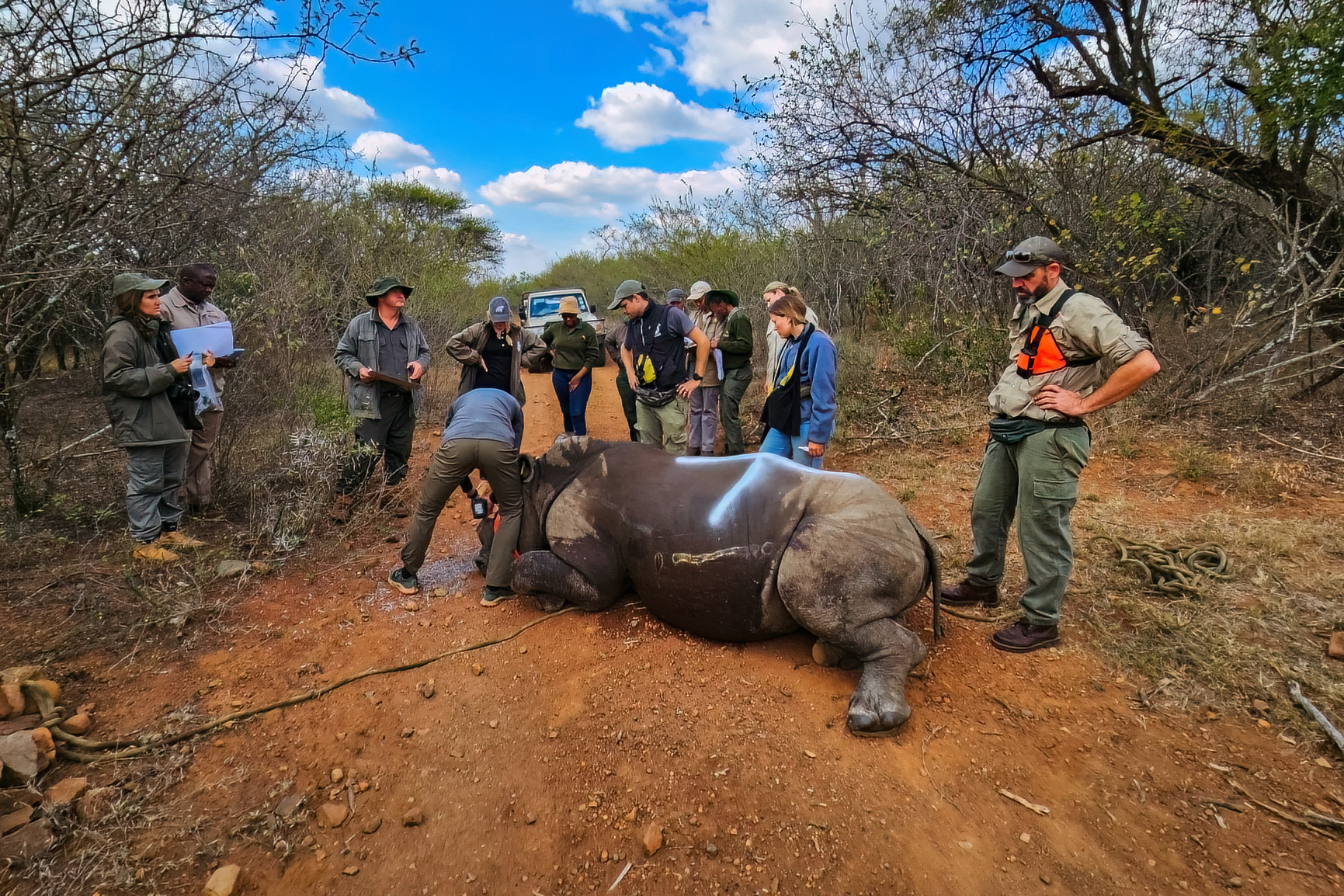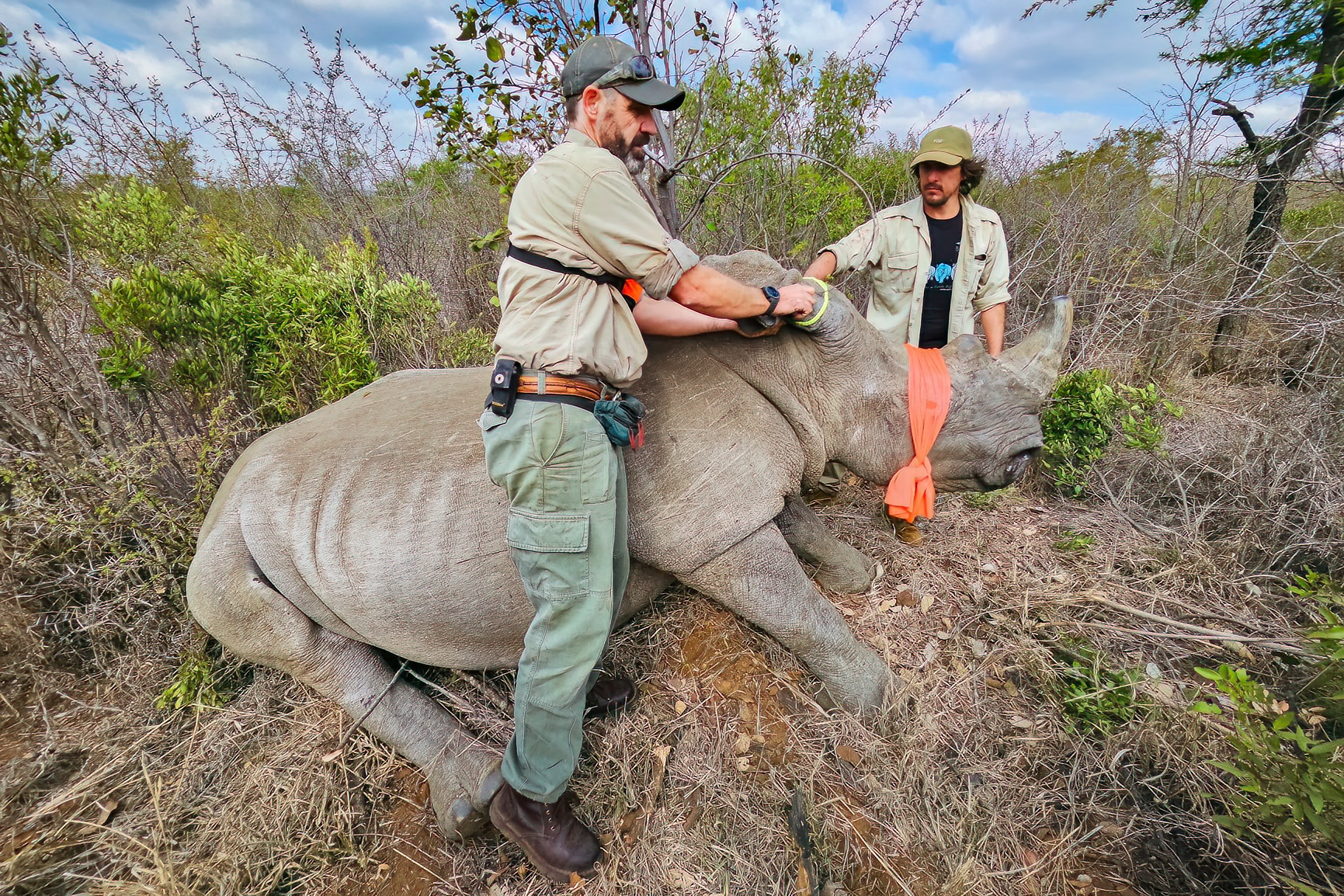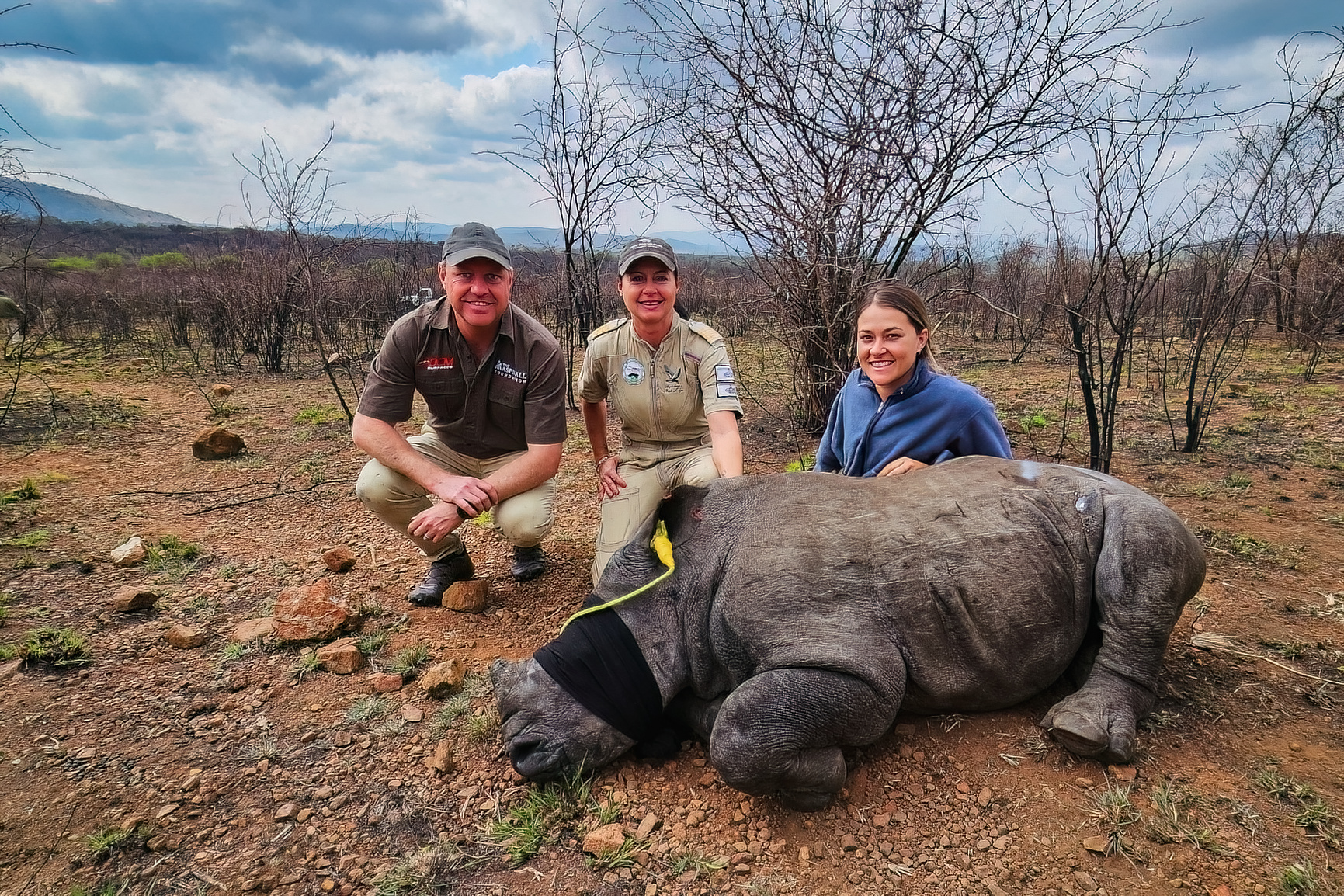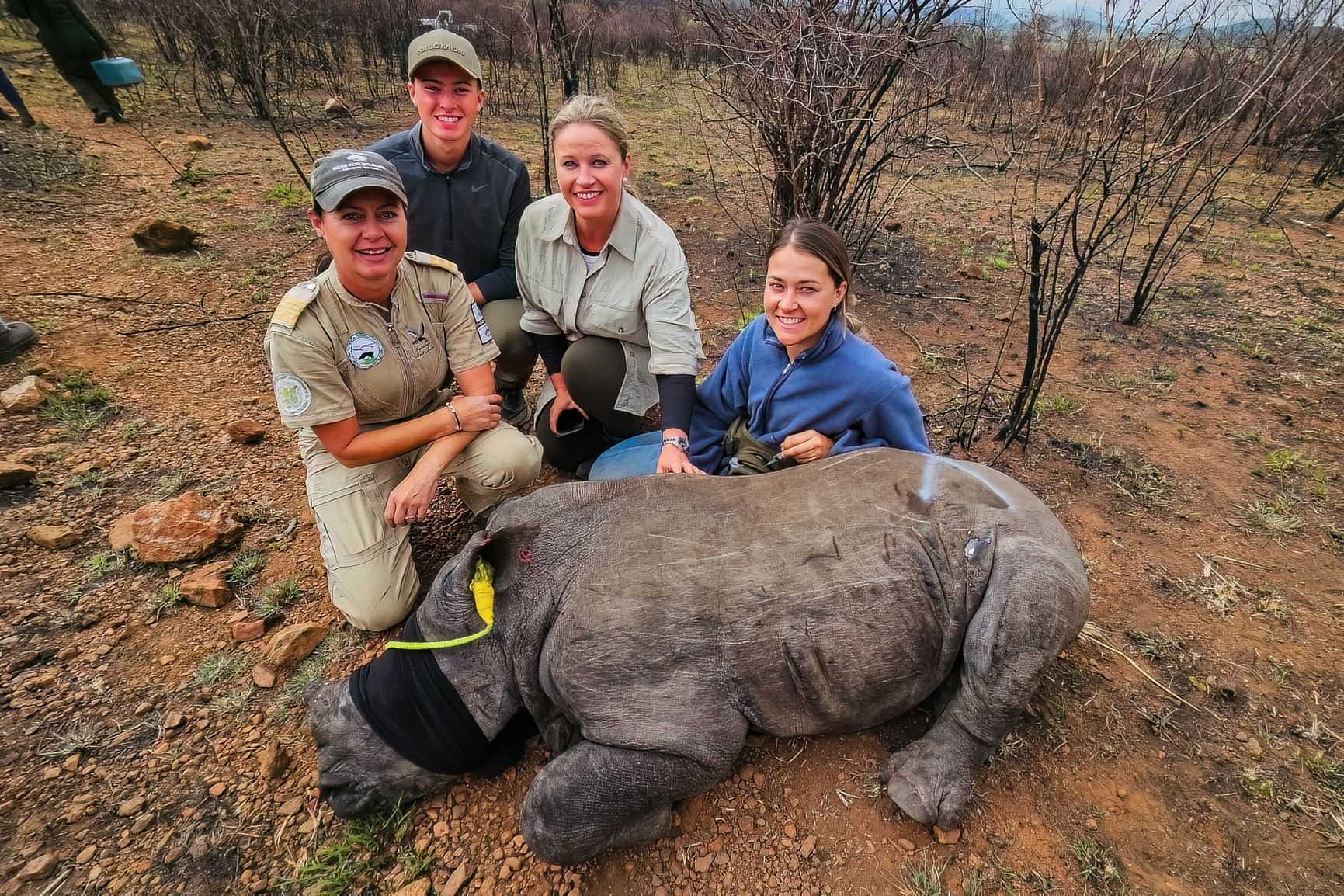Thanks to remarkable teamwork in tough circumstances, the Munywana Conservancy in South Africa has received a donation of 40 southern white rhinos to enhance their existing population. This marks the first of many translocations under the ‘Rhino Rewild’ initiative, which aims to reintroduce 2,000 southern white rhinos over the next ten years.
As the sun rose, excitement filled the air. This operation featured a collaboration of world-class teams, including some of the most skilled and passionate individuals worldwide—renowned conservationists, veterinarians, helicopter pilots, biologists, logistical experts, and photographers—all supported by dedicated staff who drove the vehicles, operated the massive cranes, and provided essential food and water throughout the hot day. We gathered to embark on a significant mission with a shared objective: to safely capture and relocate 40 rhinos.
“We are very privileged to be here; this is one of the largest rhino translocations ever undertaken, and it represents a significant milestone because these rhinos are being donated to the Munywana Conservancy (which consists of a partnership between community and private landowners, including the Makhasa Community Trust, the Mnqobokazi Community Trust, &Beyond Phinda, and ZUKA Private Game Reserves). I would like to express my gratitude to all our partners, especially the Wildlife Emergency Fund, with Beverly Holden and Max Baxton for providing the necessary funds. A big thank you also to WeWild Africa and &Beyond for accepting these rhinos at Munywana, as well as our long-term partners, African Parks and Conservation Solutions, for their collaboration in making this project successful. We are incredibly thankful that everything has gone so well,” said Dereck Milburn, Director of The Wildlife Emergency Fund.
The initial phase involved helicopter darting, a carefully planned effort to sedate the rhinos from the air. The helicopter navigated the skies, its pilot expertly maneuvering as Joel Alves, a renowned veterinary expert and helicopter sharpshooter, readied his tranquilizers. Each dart was crucial, requiring the team to work swiftly to ensure that the rhinos did not flee too far, received the correct dosage, and landed in a location accessible to the terrestrial capture teams who would lead them to the crates.
Joel Alves explained, “We prioritize animal welfare as much as possible by controlling the drug dosages for darting in the field, ensuring they are safely transported to the crates, and managing their welfare within those crates. This comes down to effective tranquilization to ensure that the animals stay healthy, and having drugs on hand if they become too lively inside the crates.”
Once darted, the four ground teams sprang into action, all communicating via radios to maximize efficiency. The time was of the essence to safely collar, measure, collect vital data, and address any other issues before administering a reversal drug to wake the rhinos enough for the teams to walk or sometimes run them to the specially designed crates. The teams exerted their strength to push, pull, and support the heavy rhinos while navigating the long savannah, careful to avoid getting stepped on by the over two-ton creatures.
At the crates, another team was ready to guide the rhinos inside. Once secured, each crate was cautiously lifted by a crane onto the loading trucks. Throughout this process, veterinarians continuously monitored the rhinos’ vitals to ensure their well-being.
The team bonded like a family, united by a shared goal, driven by determination and positivity. By dusk, as the last crates were loaded, the team, exhausted yet exhilarated, watched the convoy of trucks and security personnel begin their 12-hour journey to Munywana Conservancy. As the trucks faded into the night, a profound sense of accomplishment set in. It became clear what could be achieved when passion, experience, and teamwork converge for wildlife protection.
At the end of the first long day, Dereck Milburn, Director of the Wildlife Emergency Fund, recapped the day: “Firstly, it’s a privilege to be here and witness such a monumental conservation effort in Southern Africa, on the continent, and worldwide. It’s not every day that one sees so many rhinos in one place, and then has the opportunity to work with them. The teams collaborated effectively today; all the rhinos are safe, and we had four teams in action. It’s been a fantastic experience to be part of this team. We have thousands of rhinos to relocate, and we’re just getting started.
We’ve already identified additional reserves to which we will transfer more rhinos—safe reserves that can accommodate them. South Africa must unite to aid African Parks in achieving the goal of rewilding these rhinos. This is not just their challenge; it’s a global concern, a heritage we must all celebrate and protect. The cost of moving a single rhino is significant, let alone 40.”
The rhinos will be released into the conservancy through a phased environmental acclimatization approach. Following our strict security protocols, these rhinos will undergo continuous monitoring. Additionally, we will assess their body condition and adaptation to local parasites, alongside overall safety checks to ensure their successful acclimatization to the new habitat.


